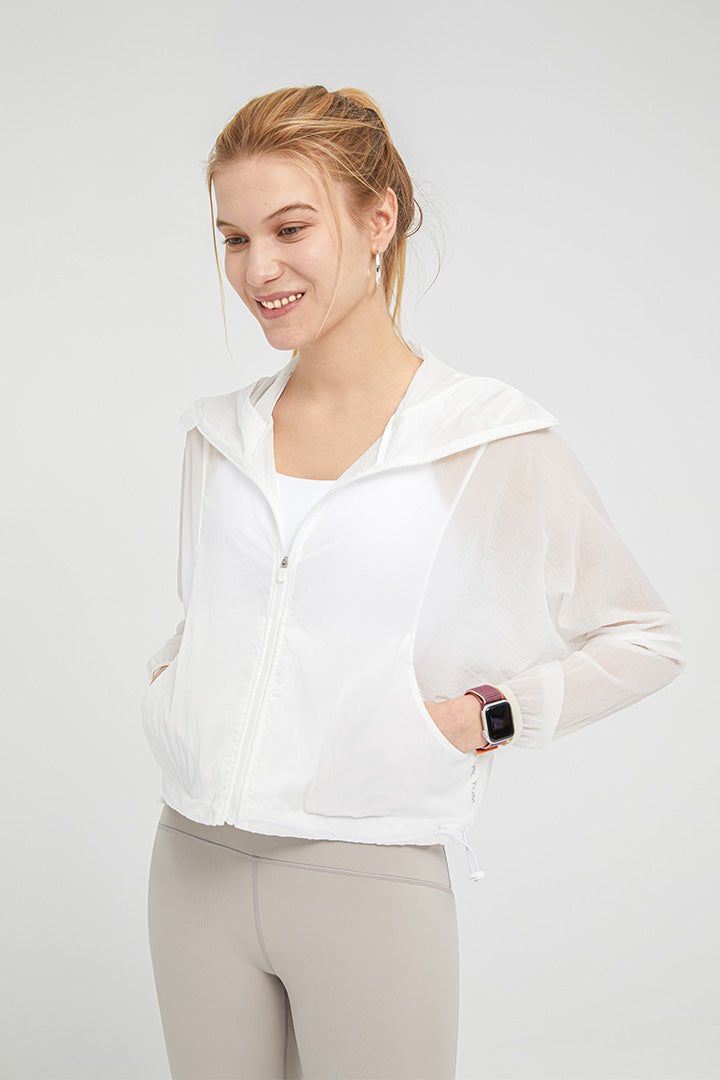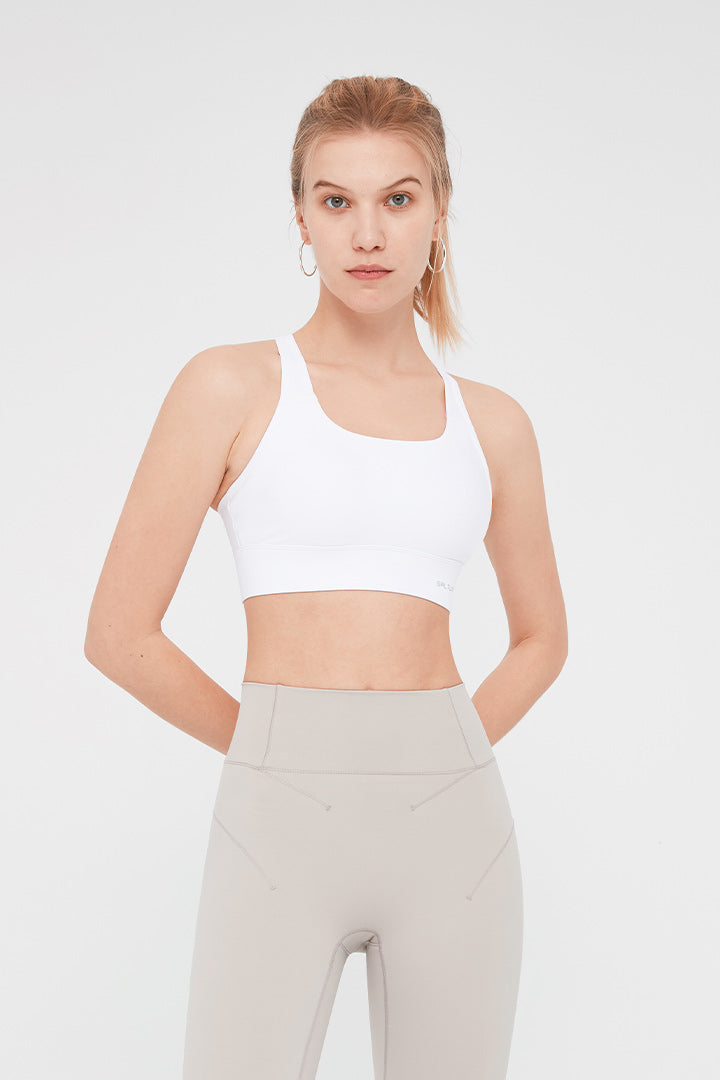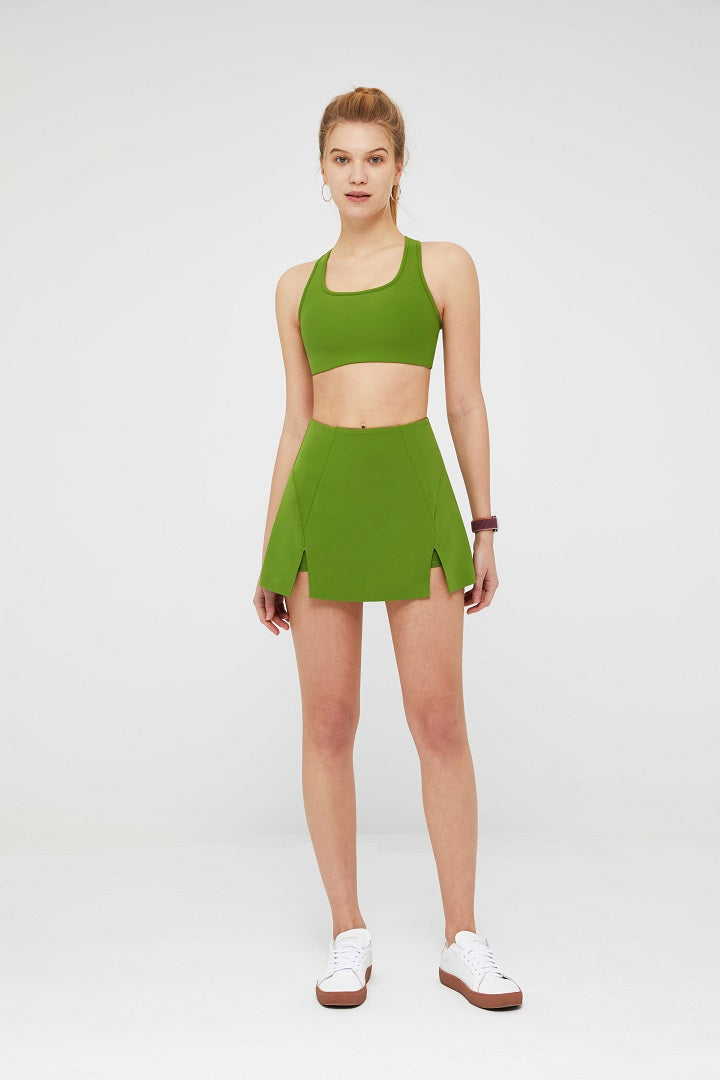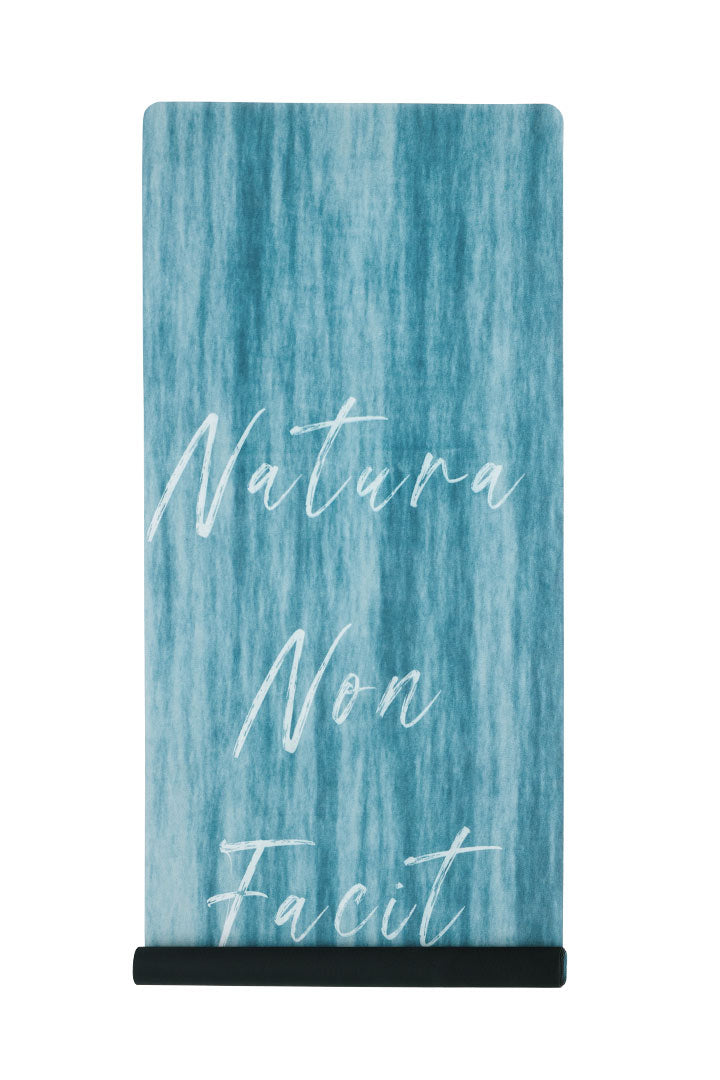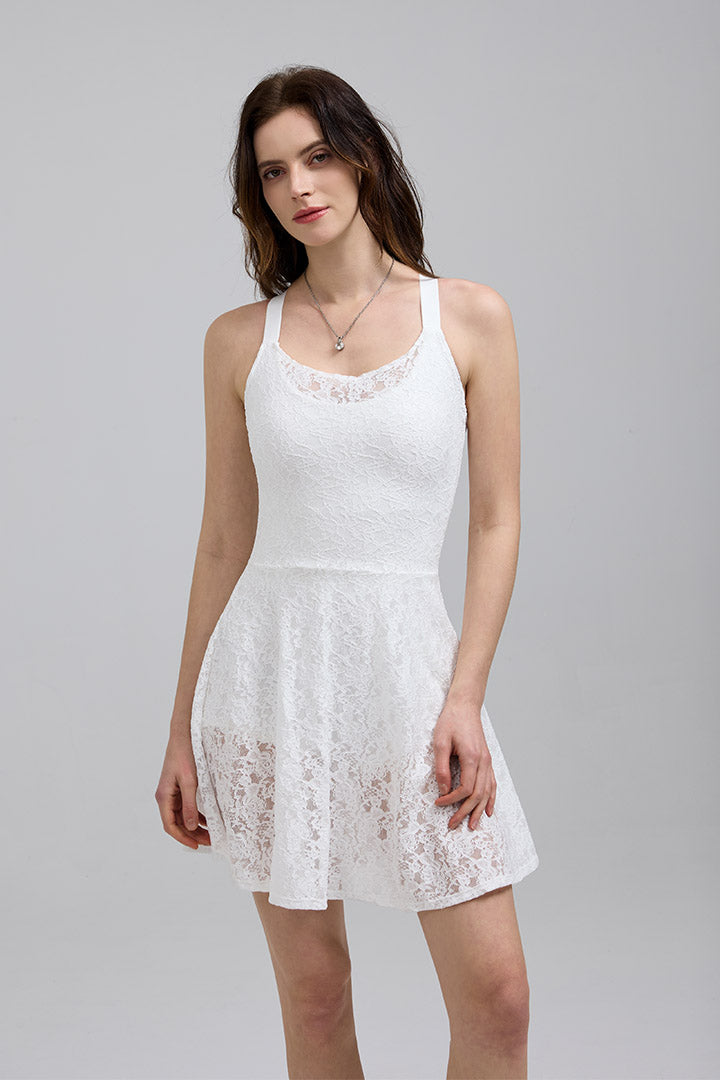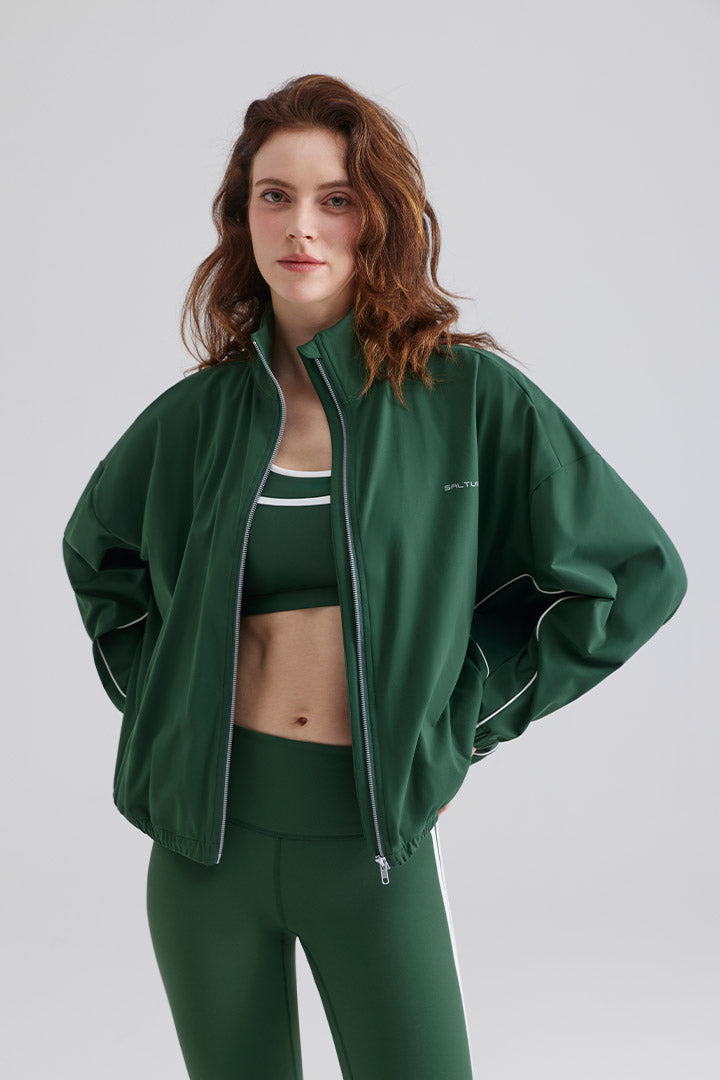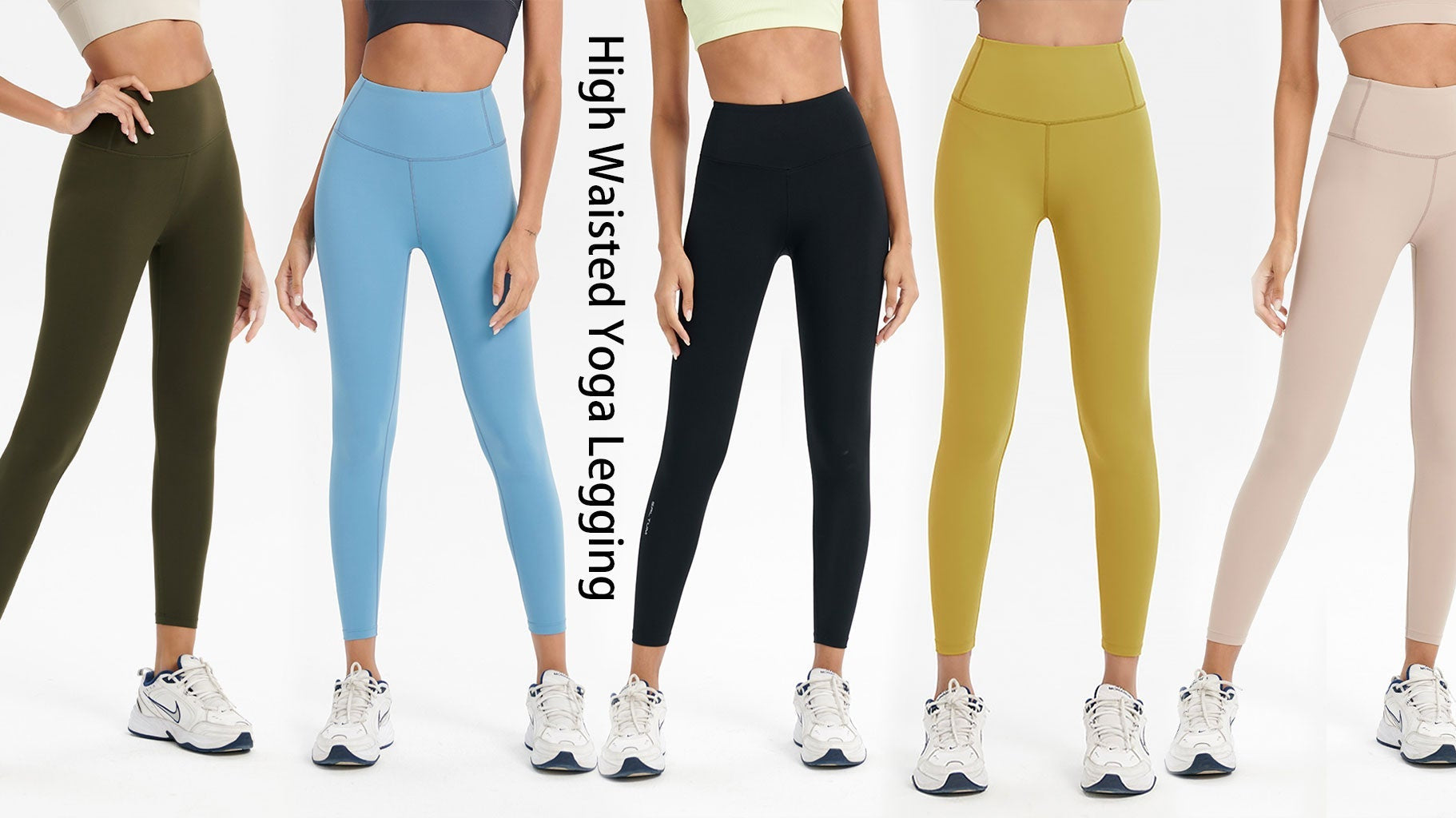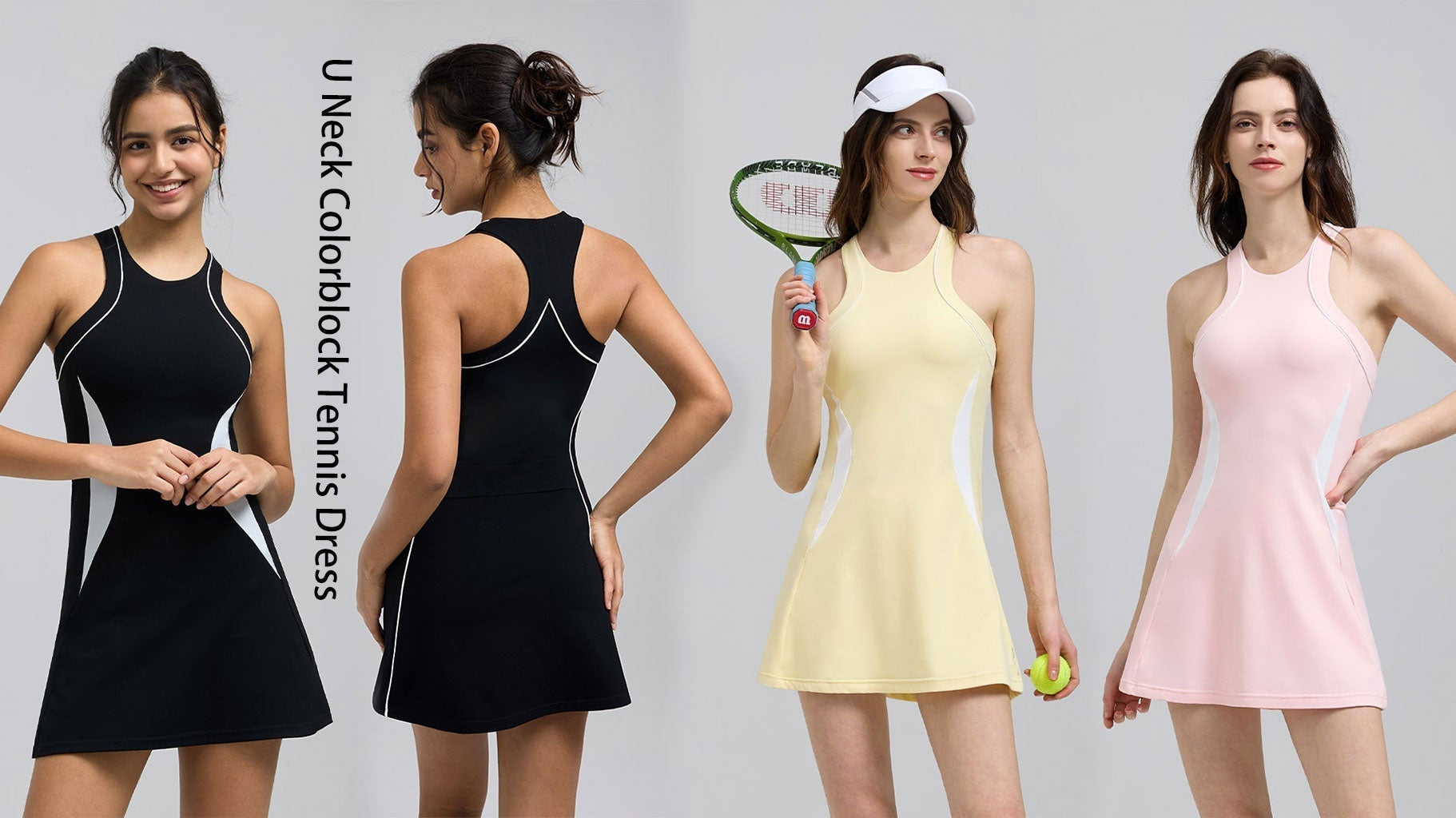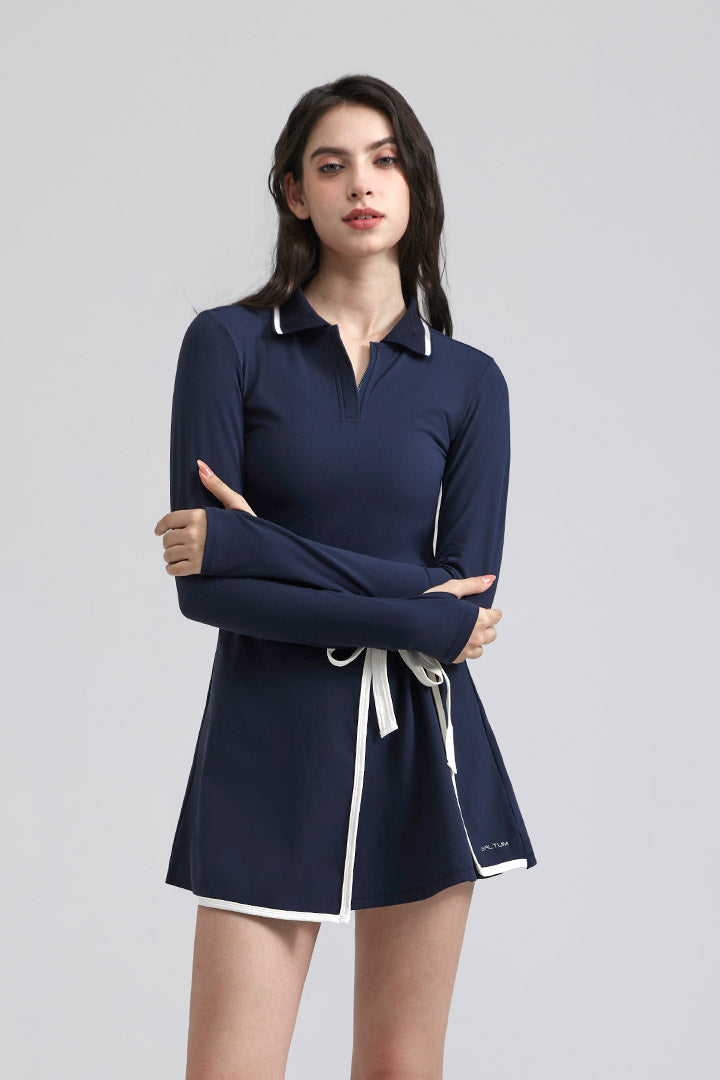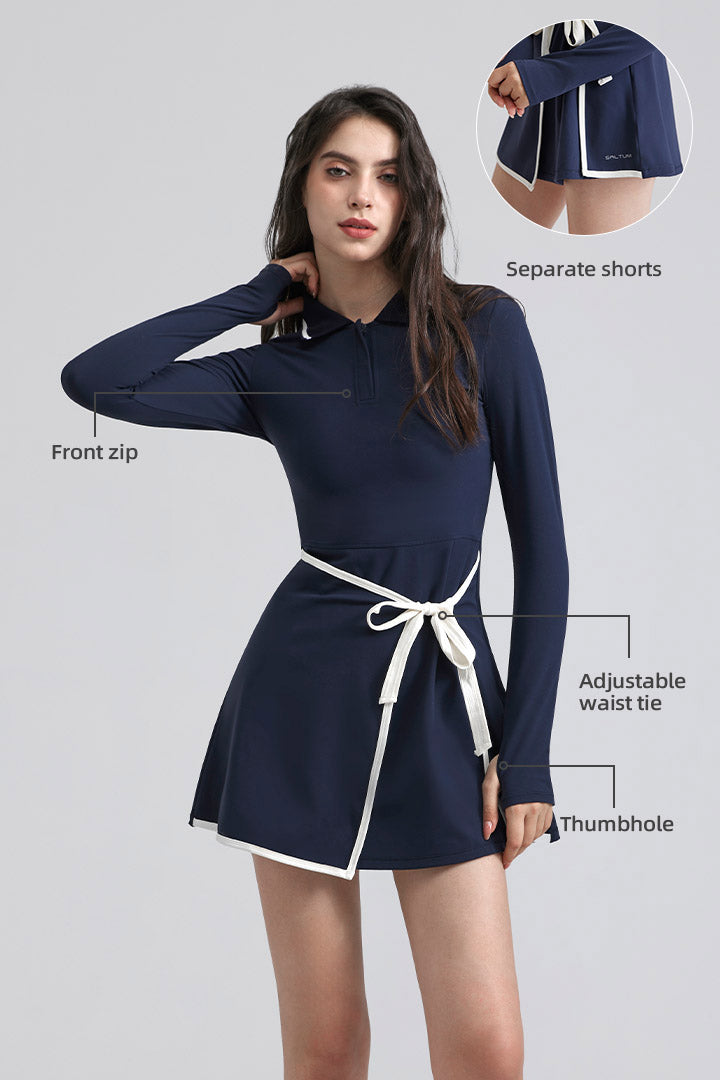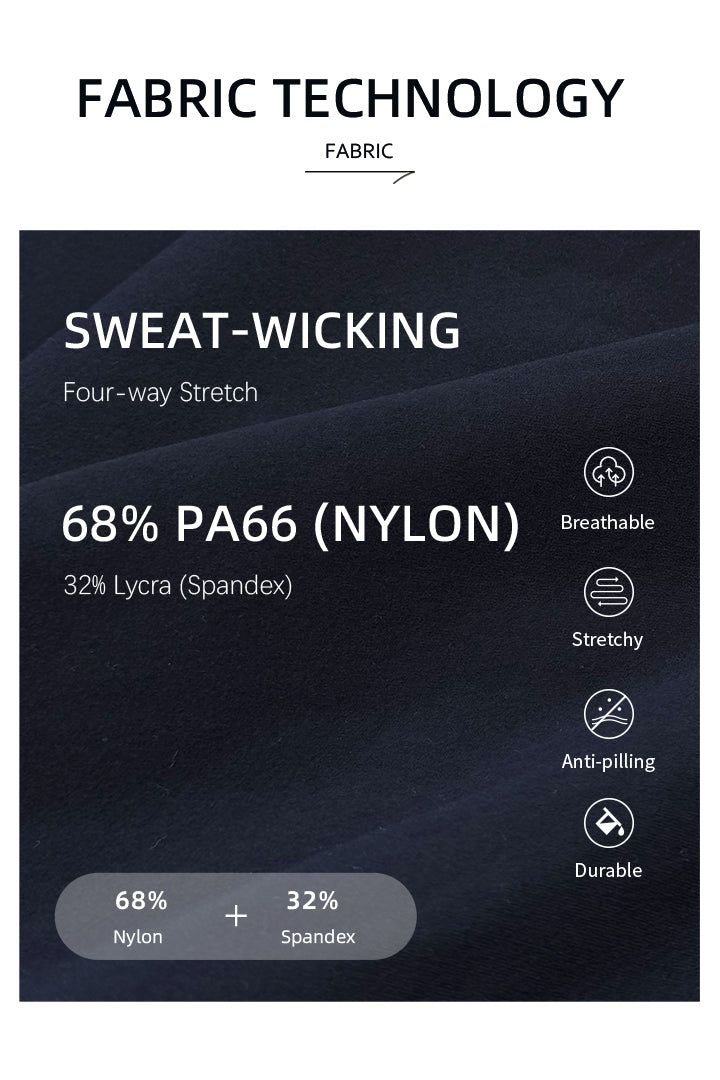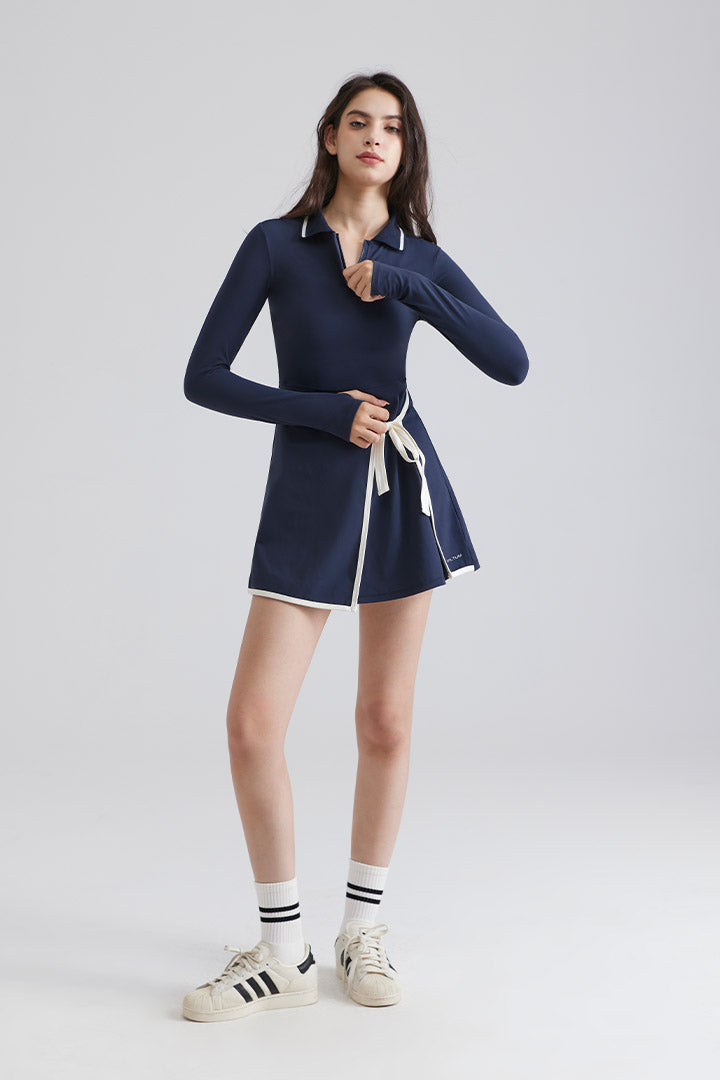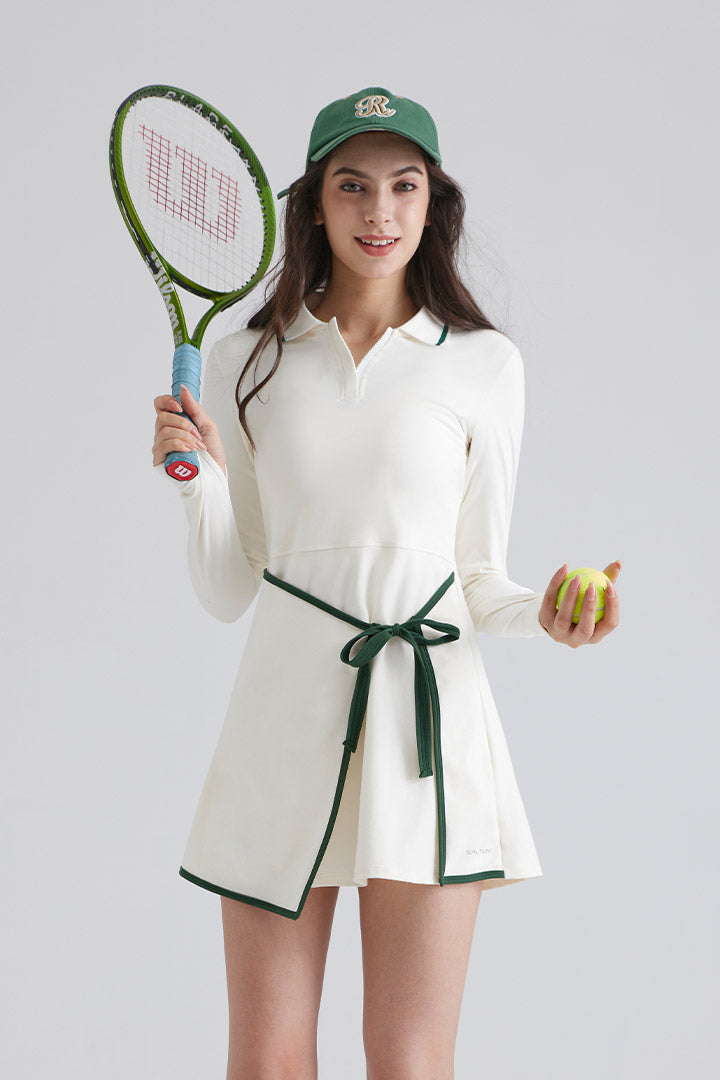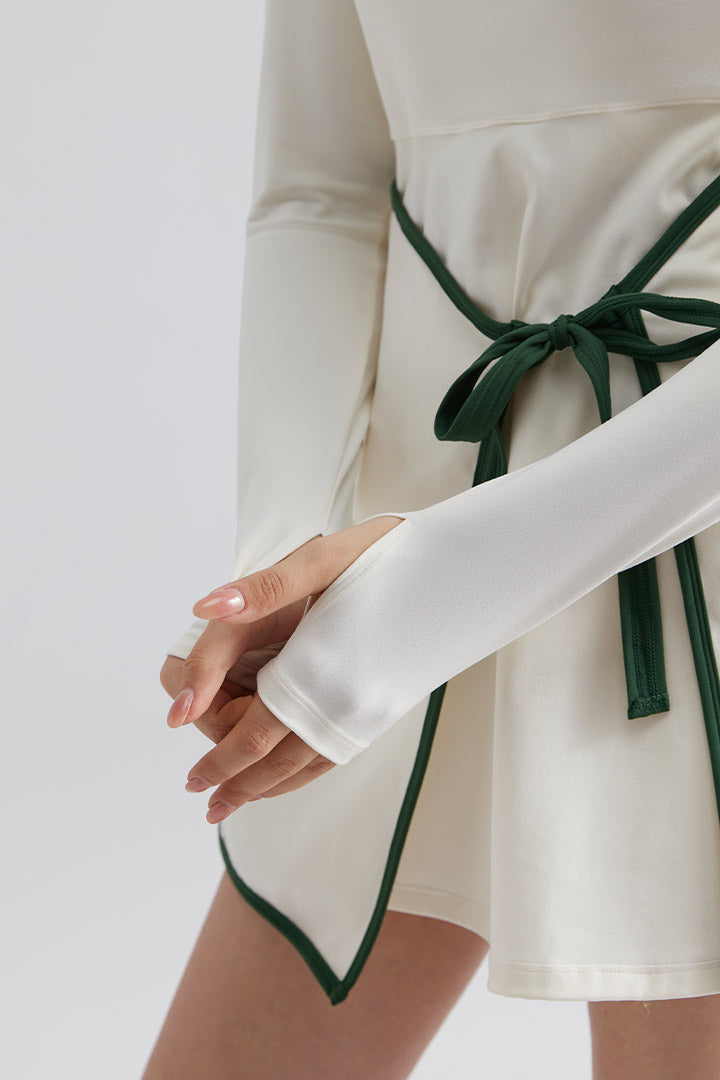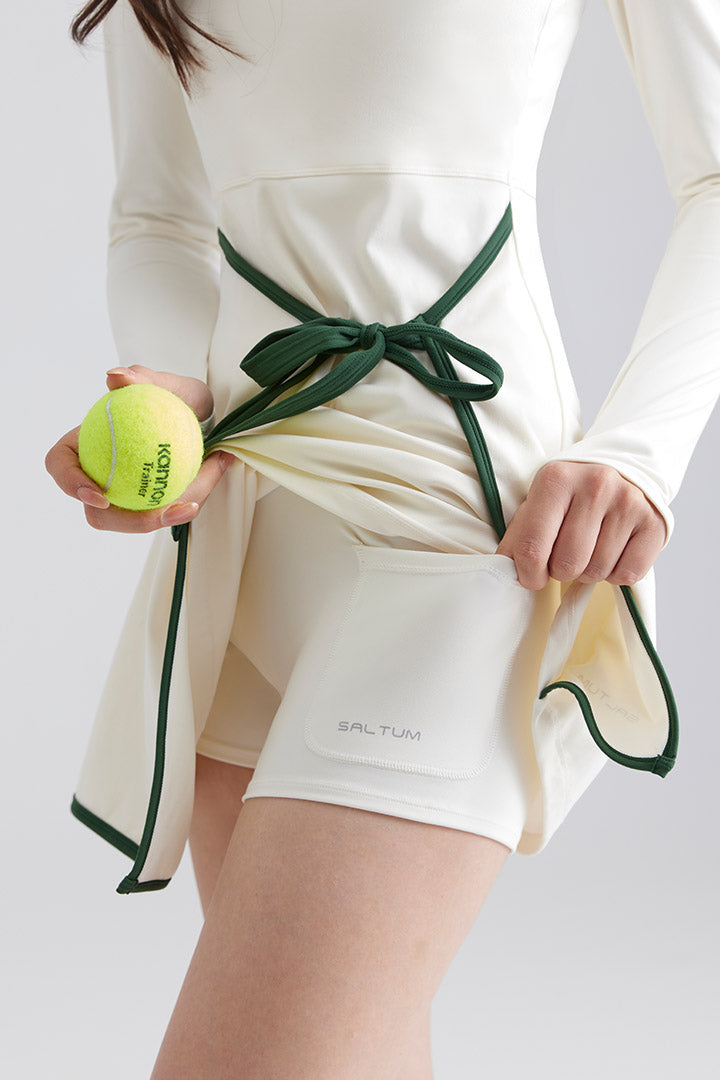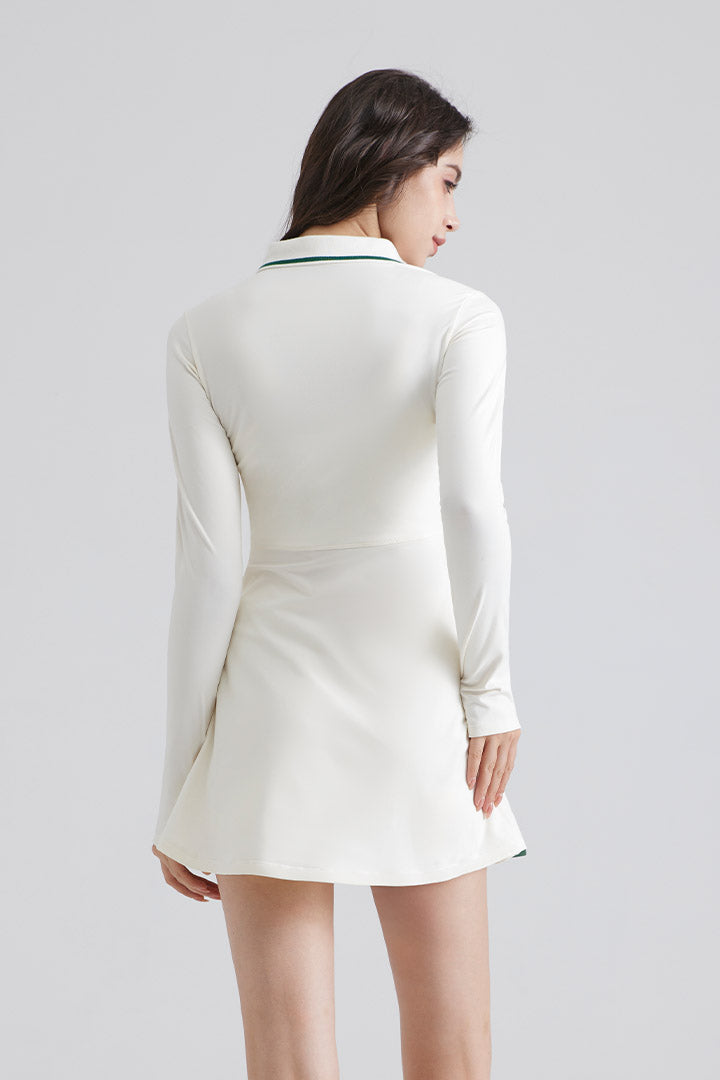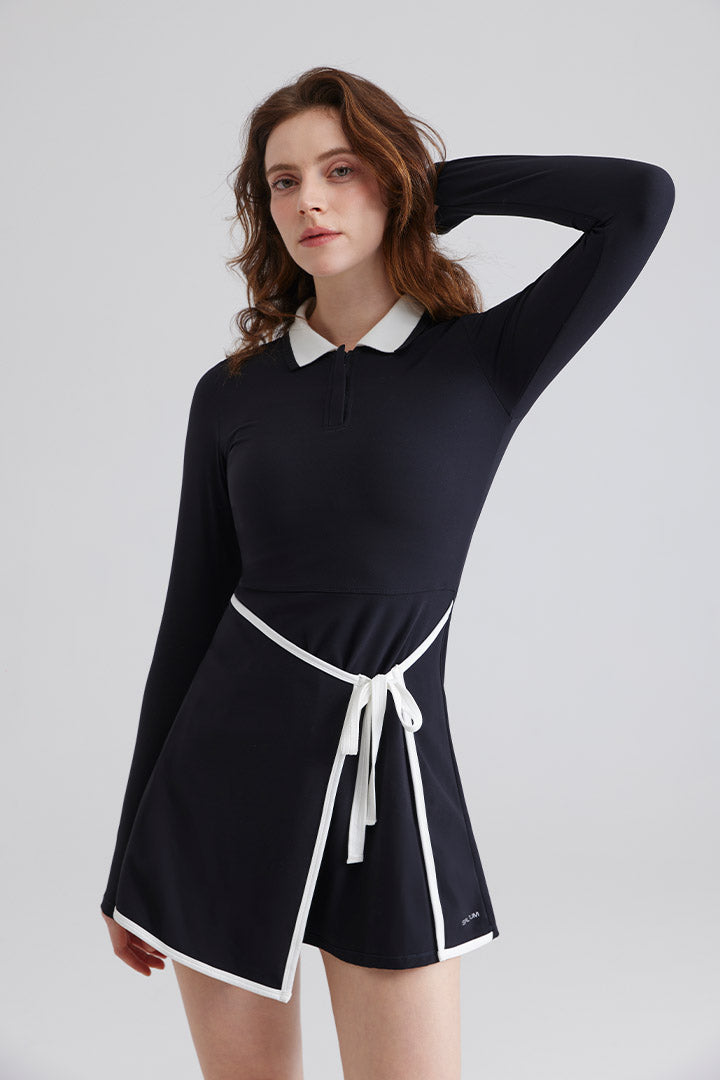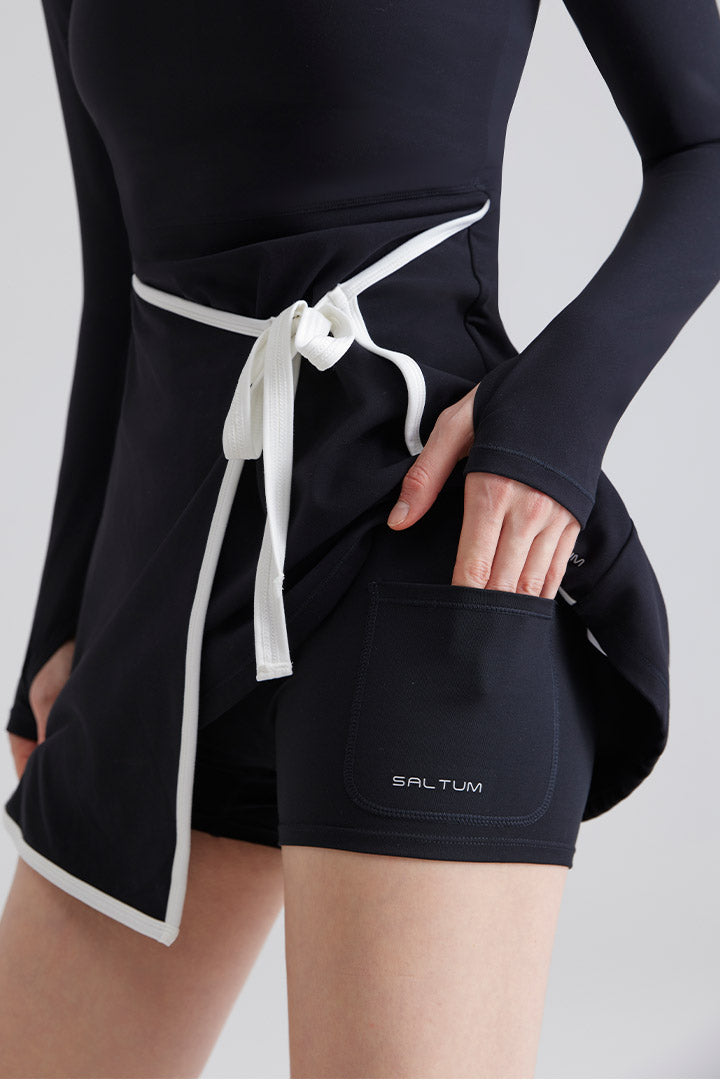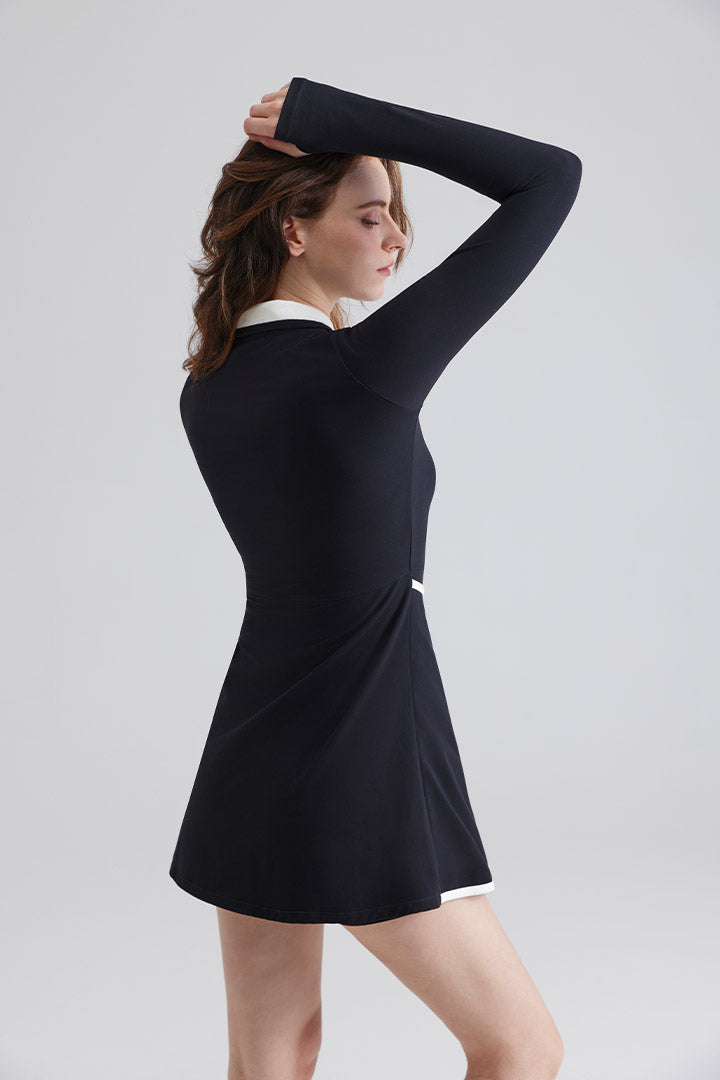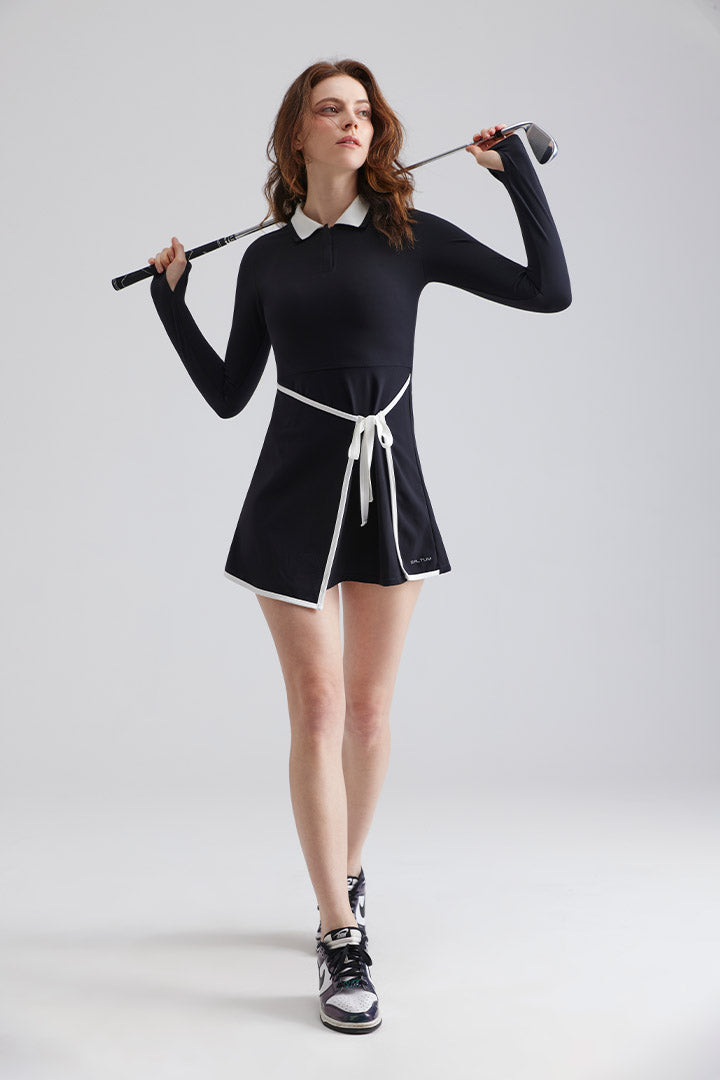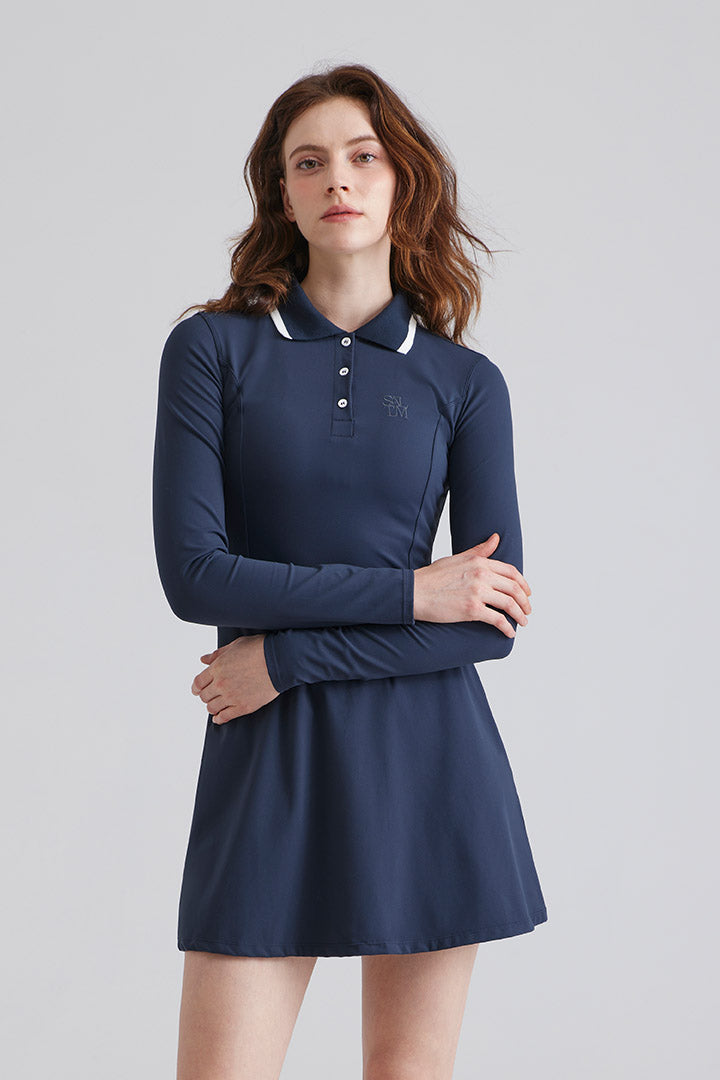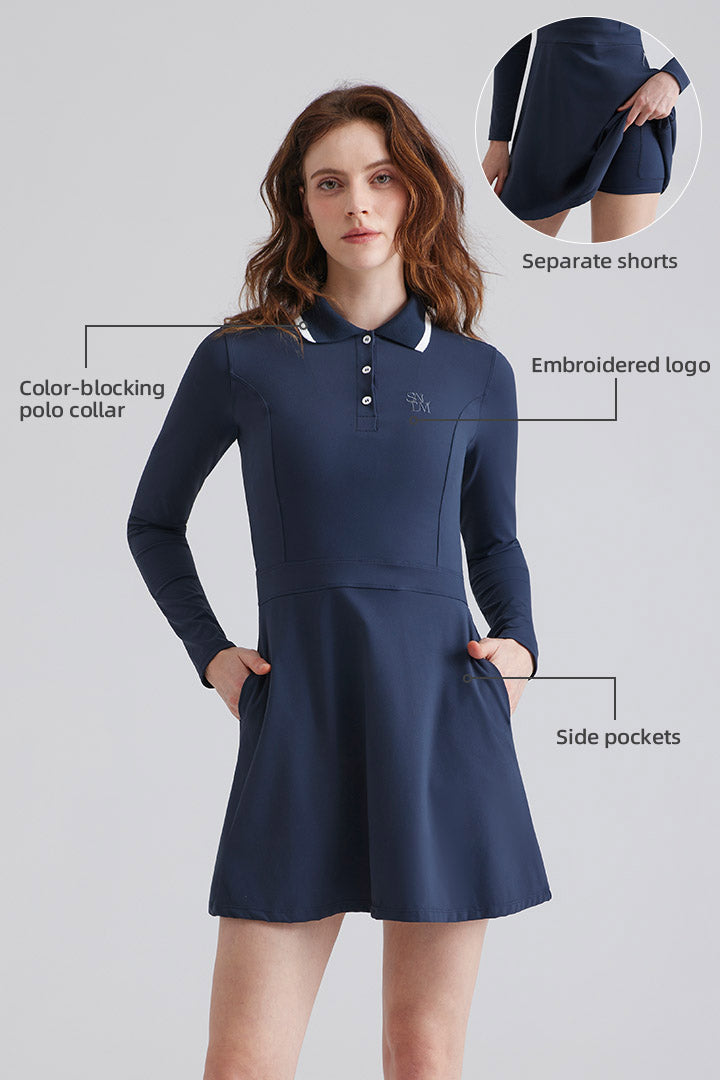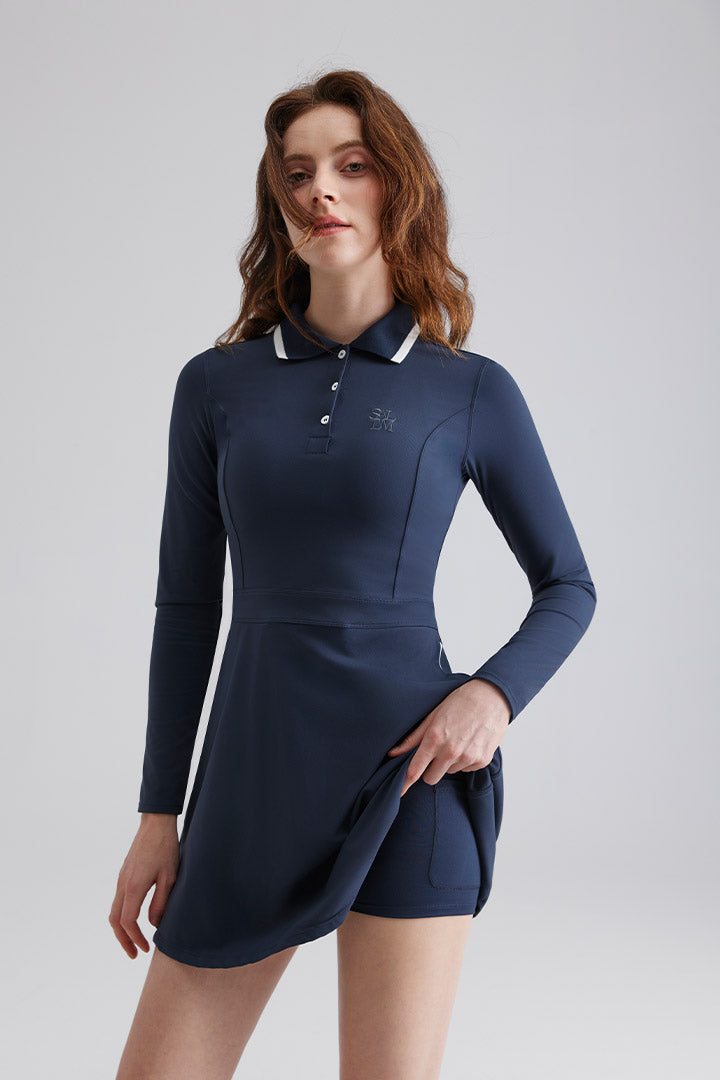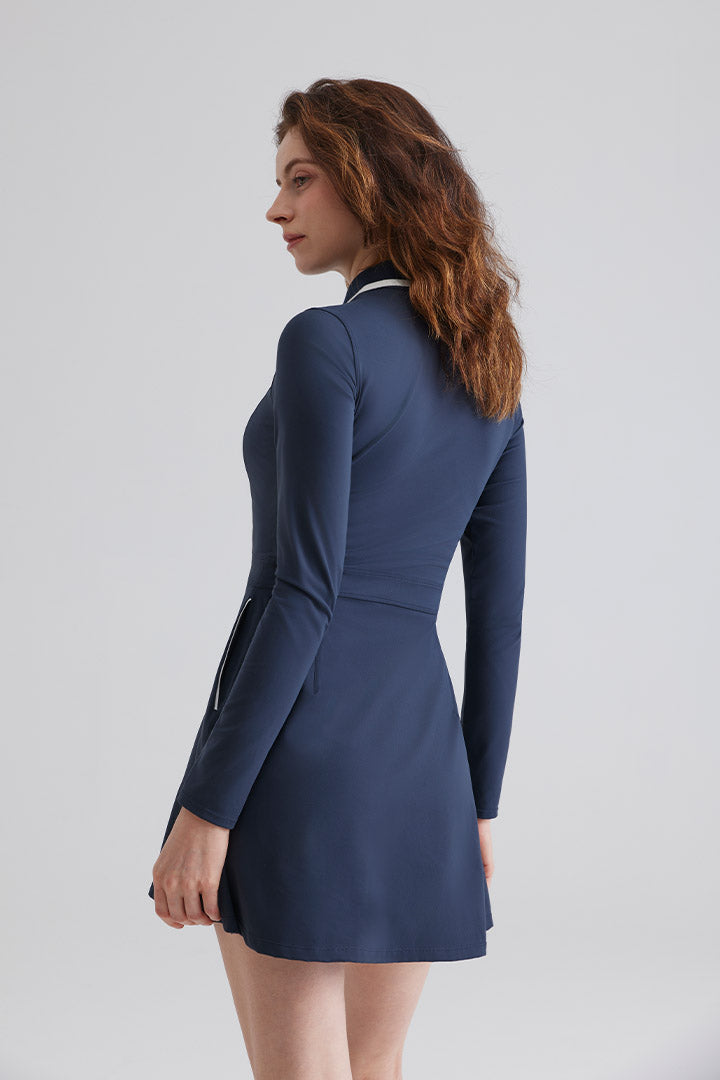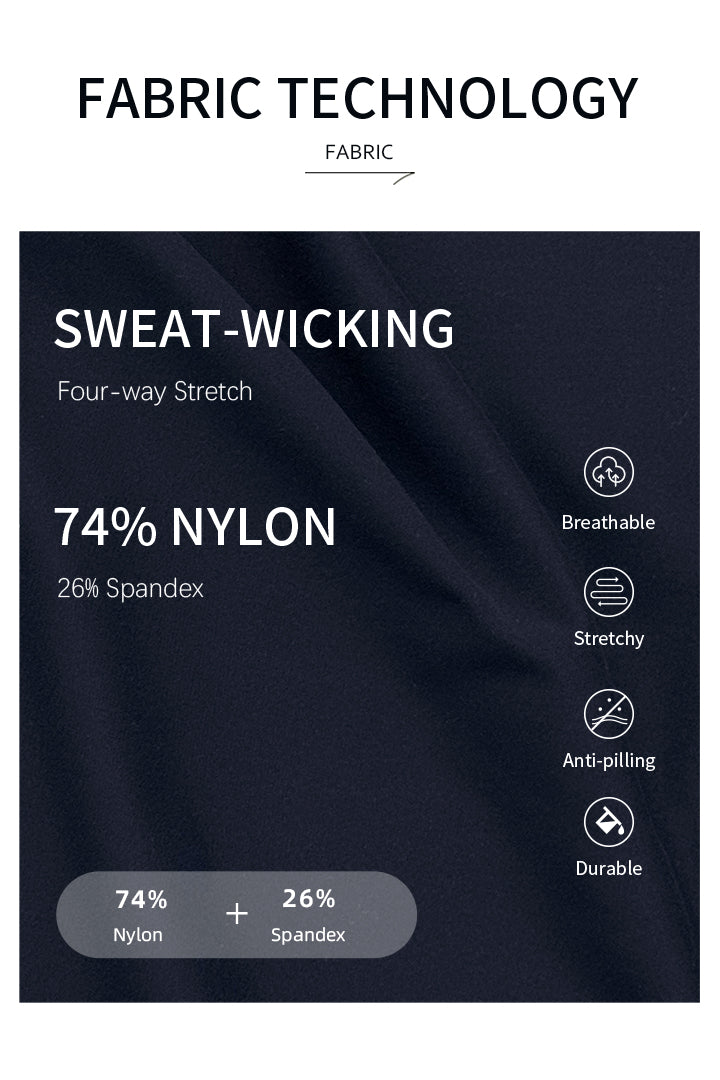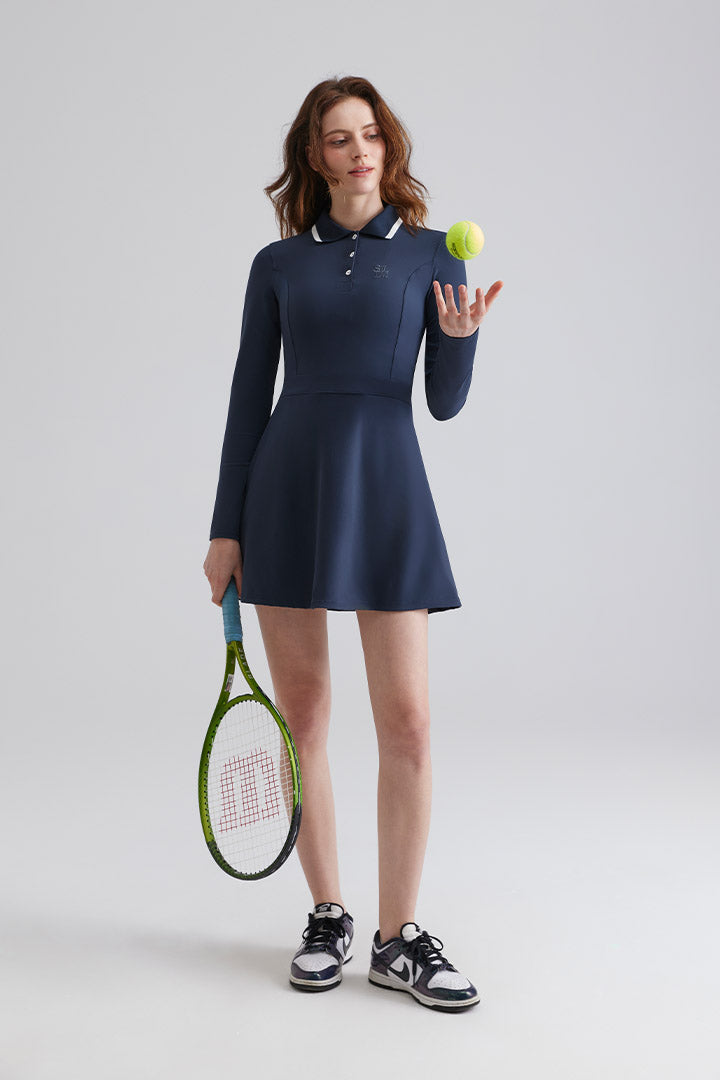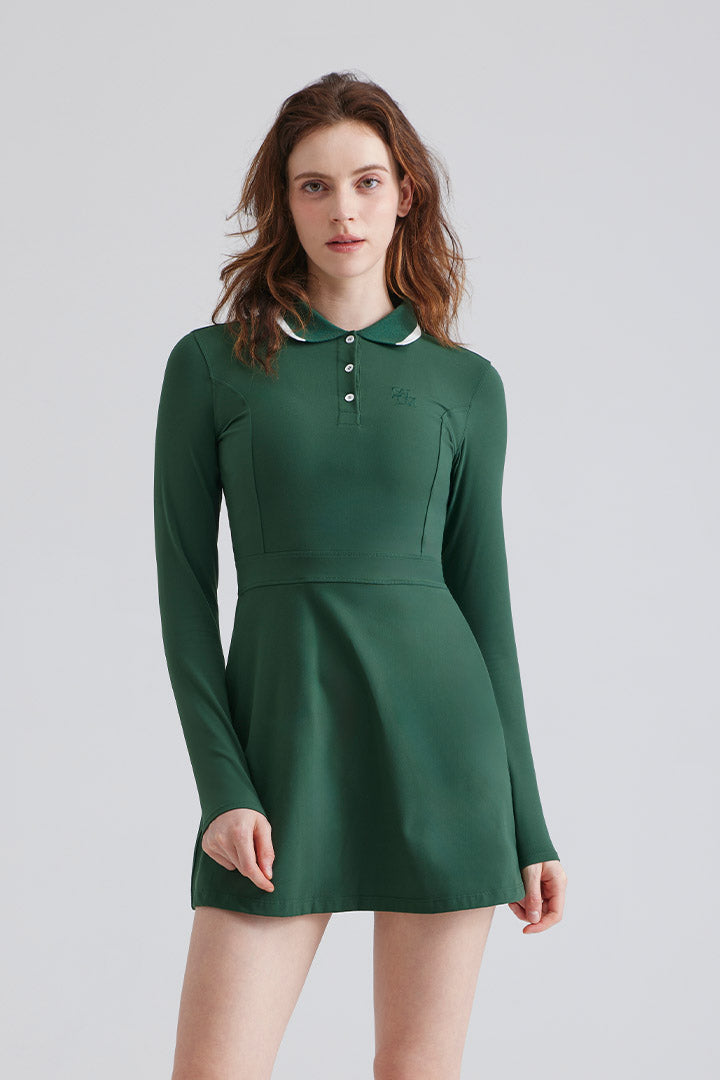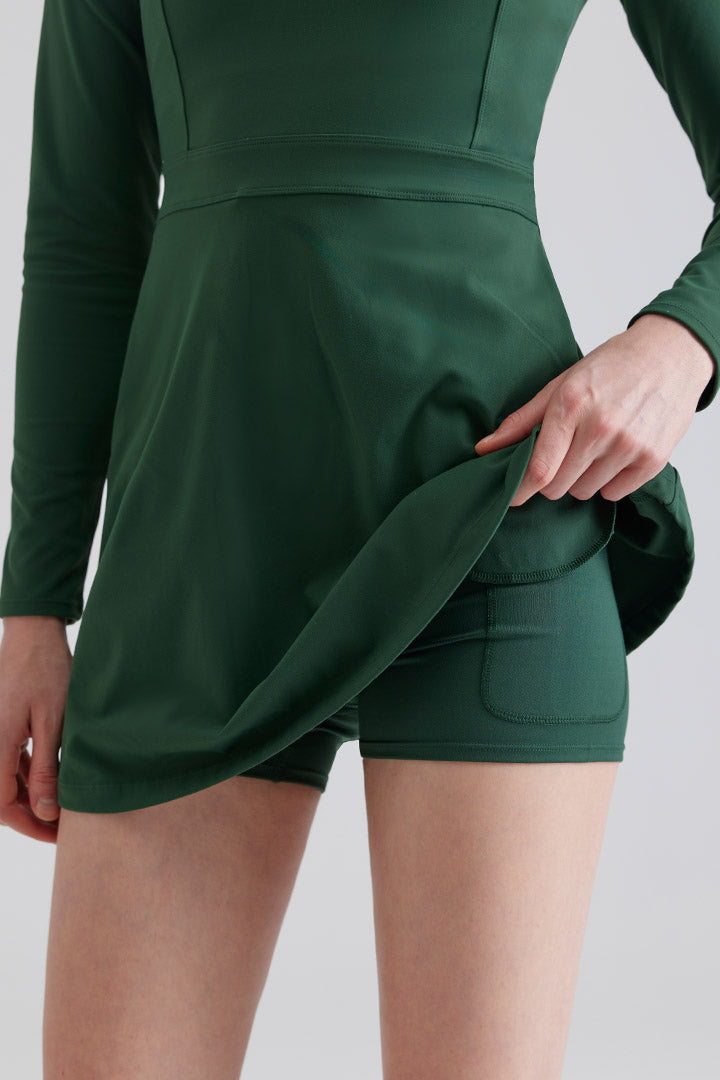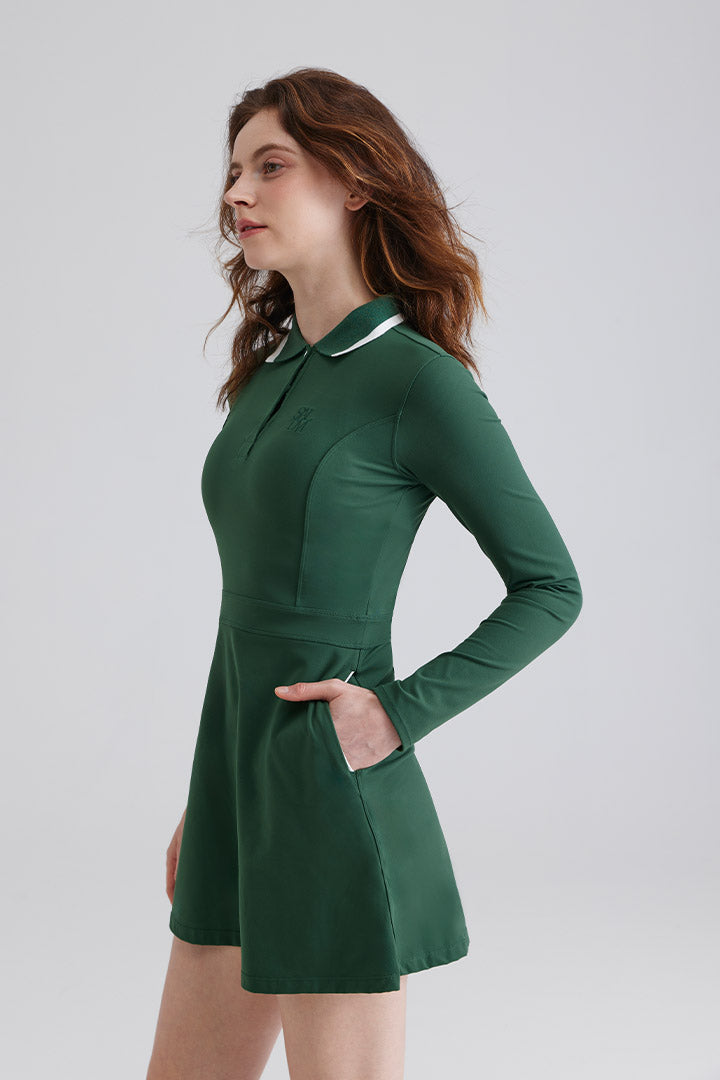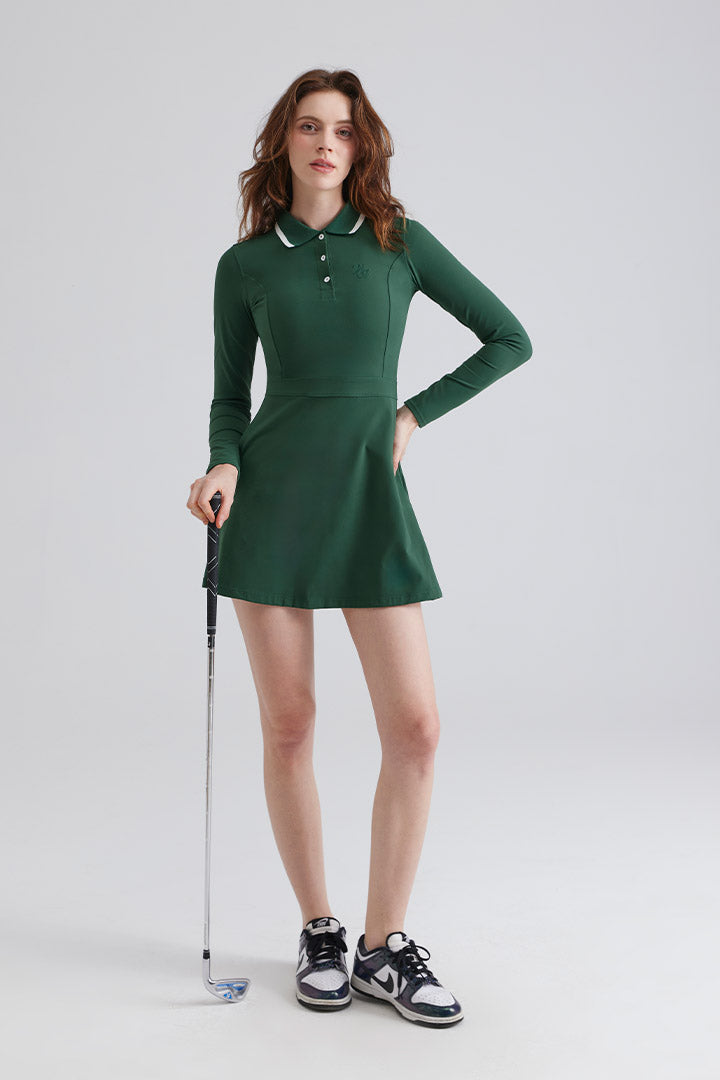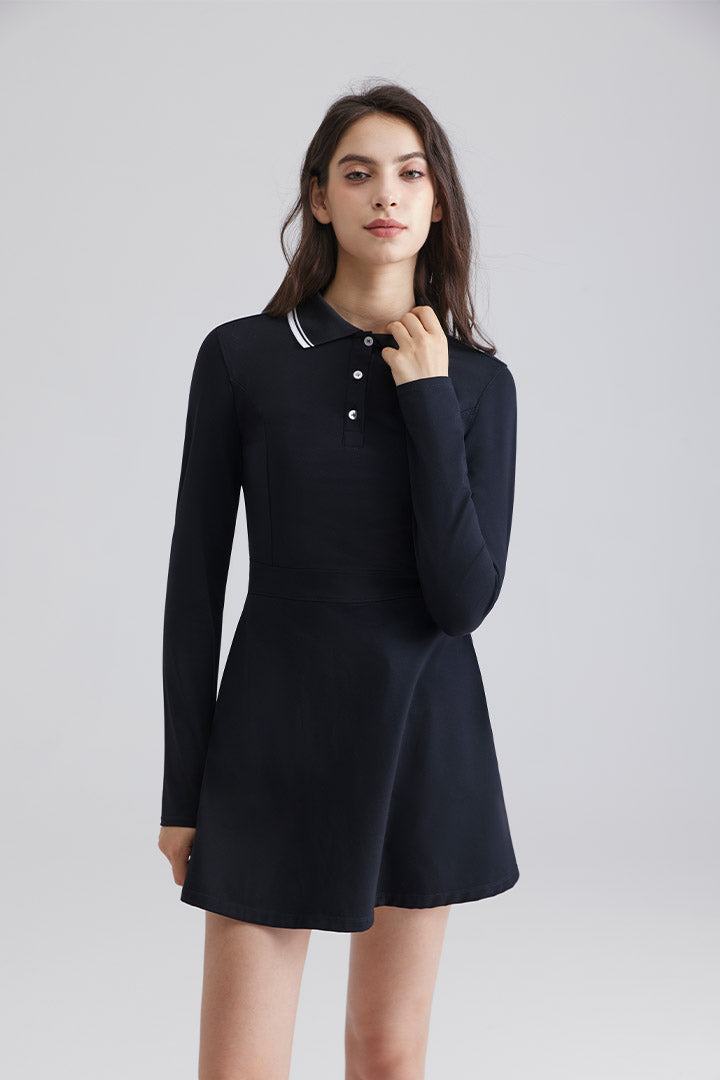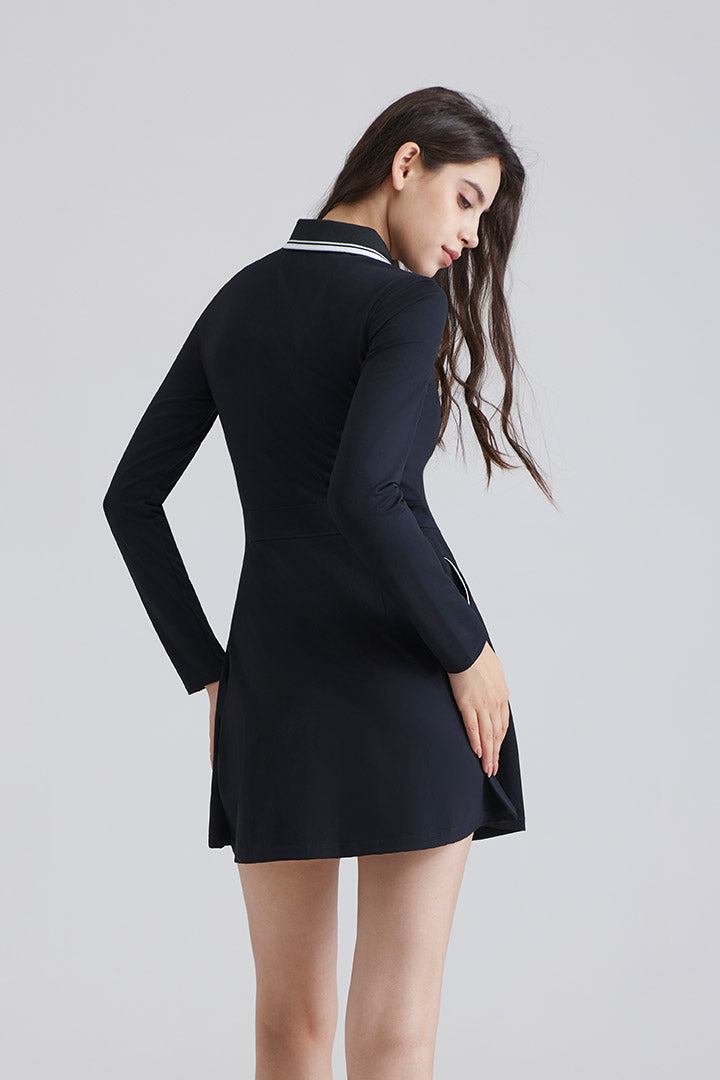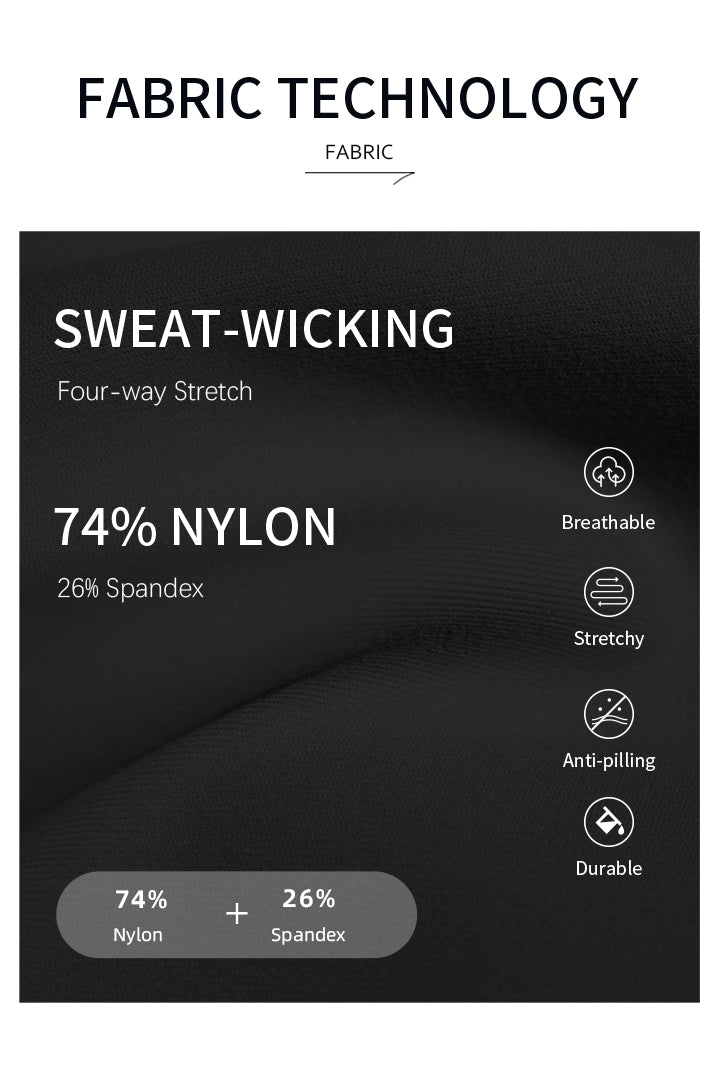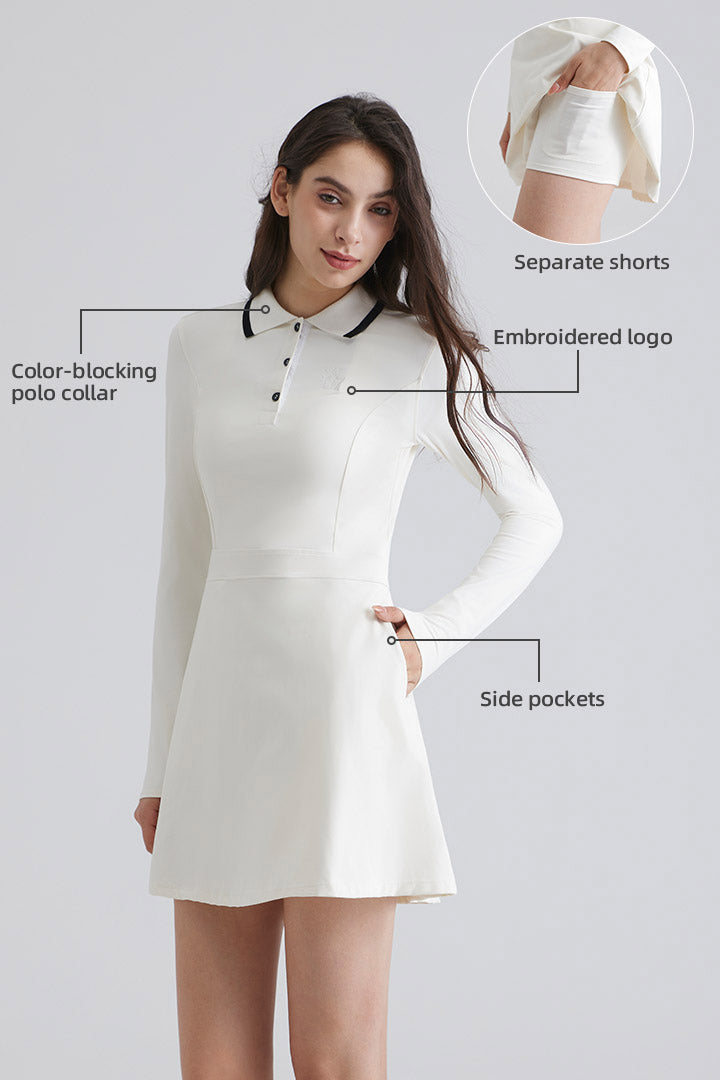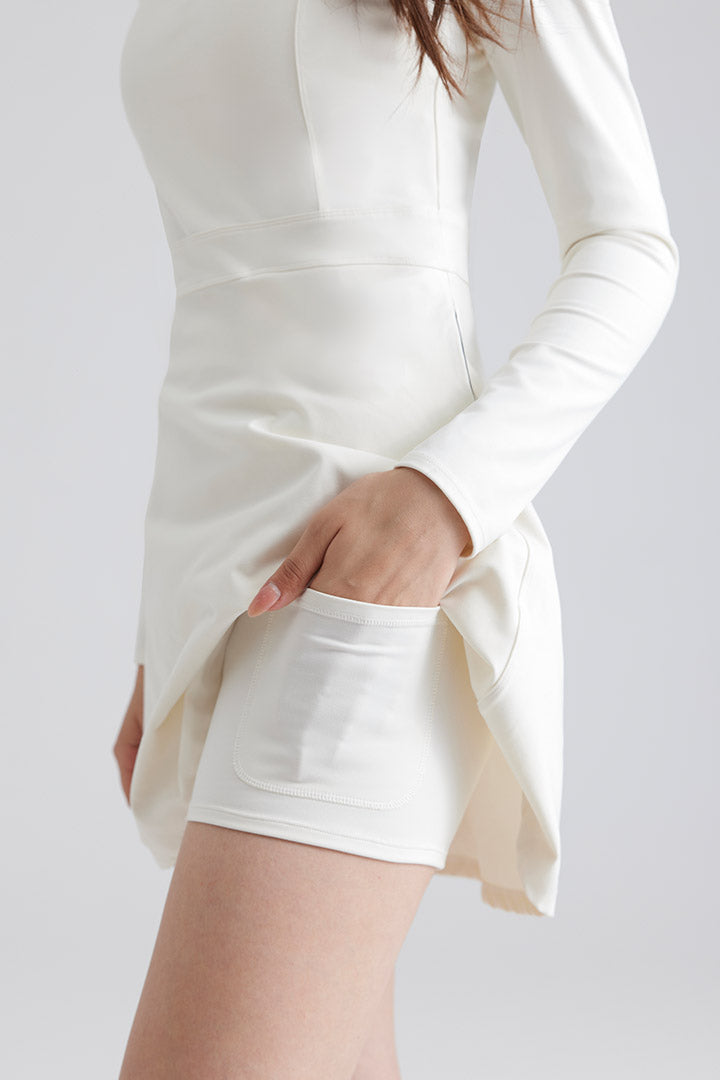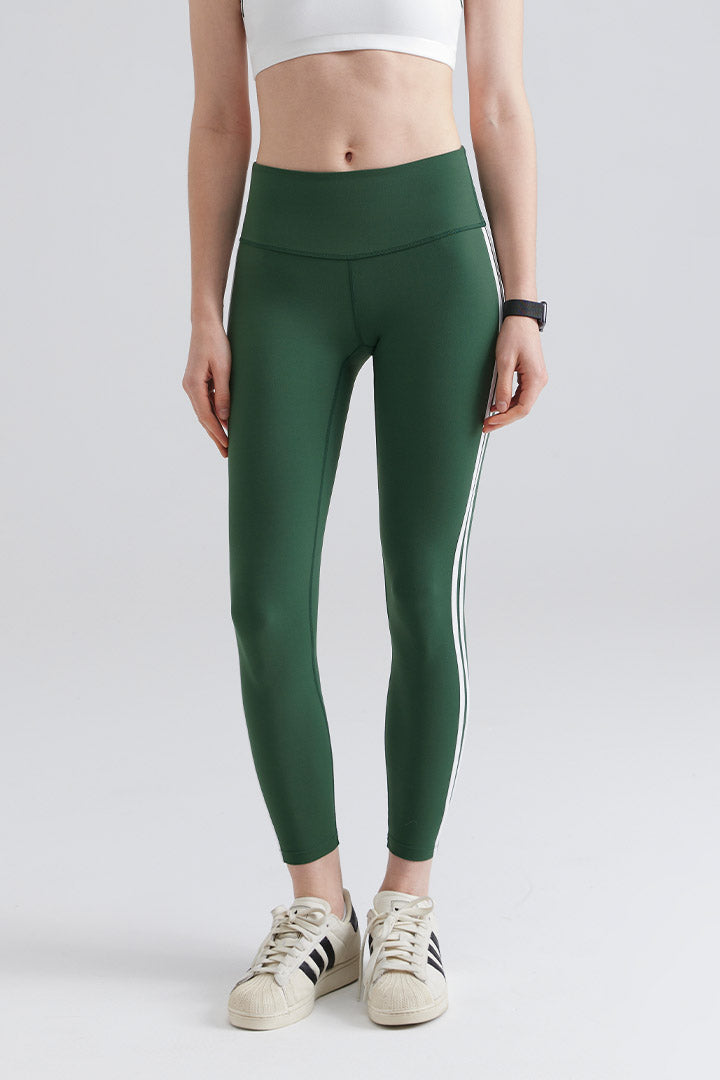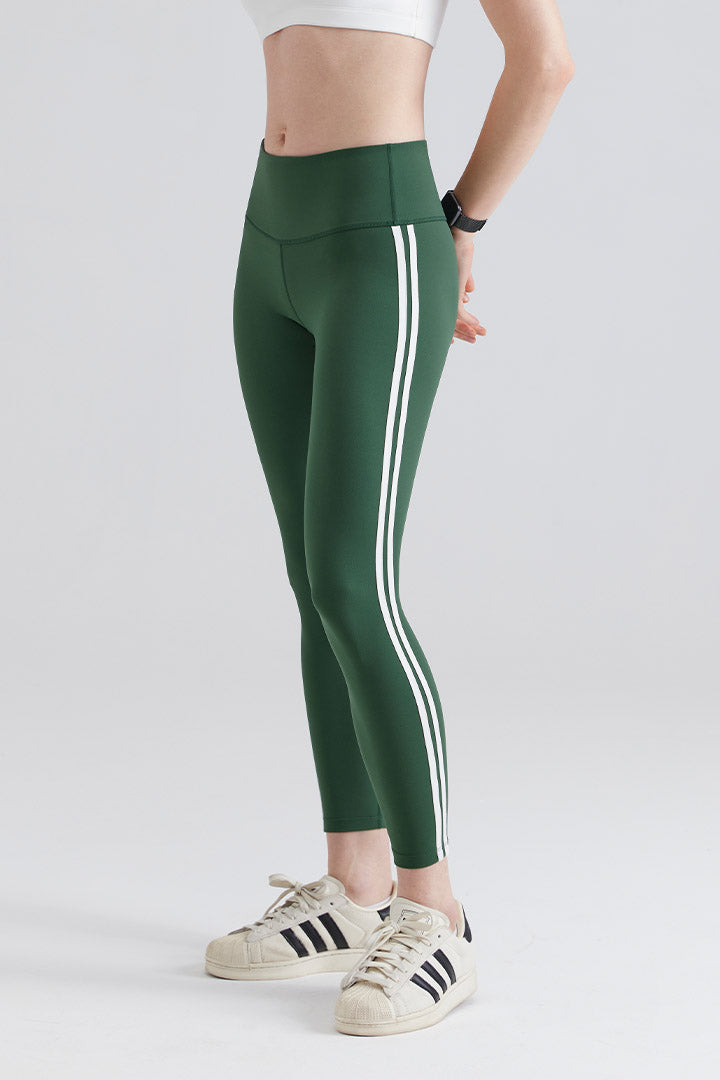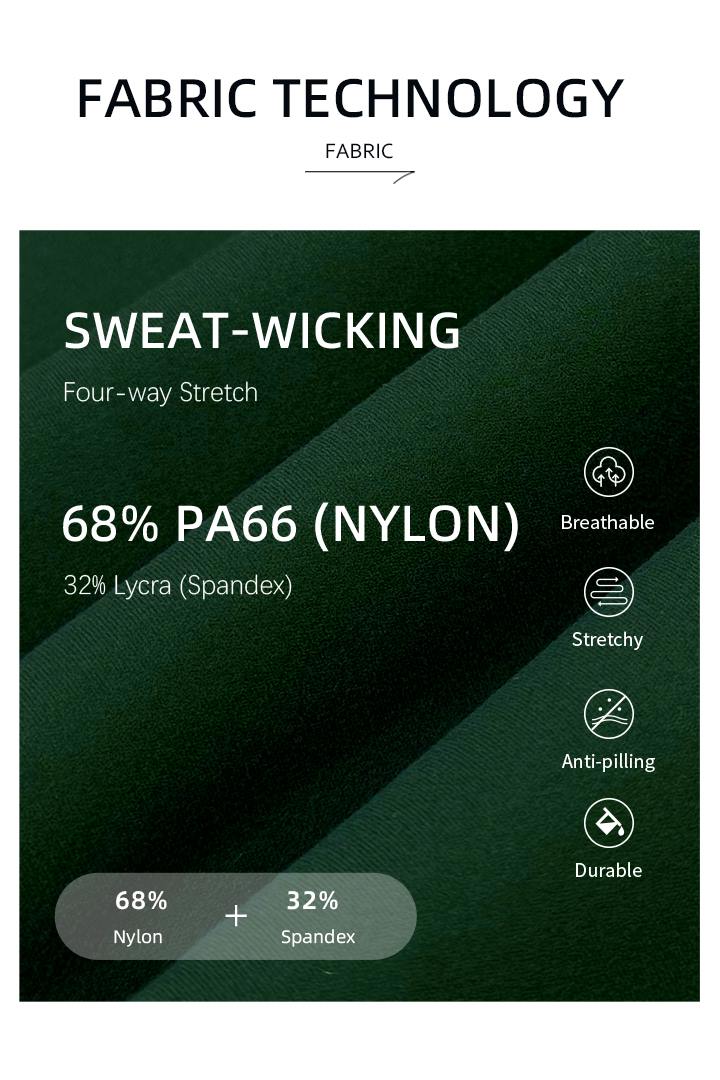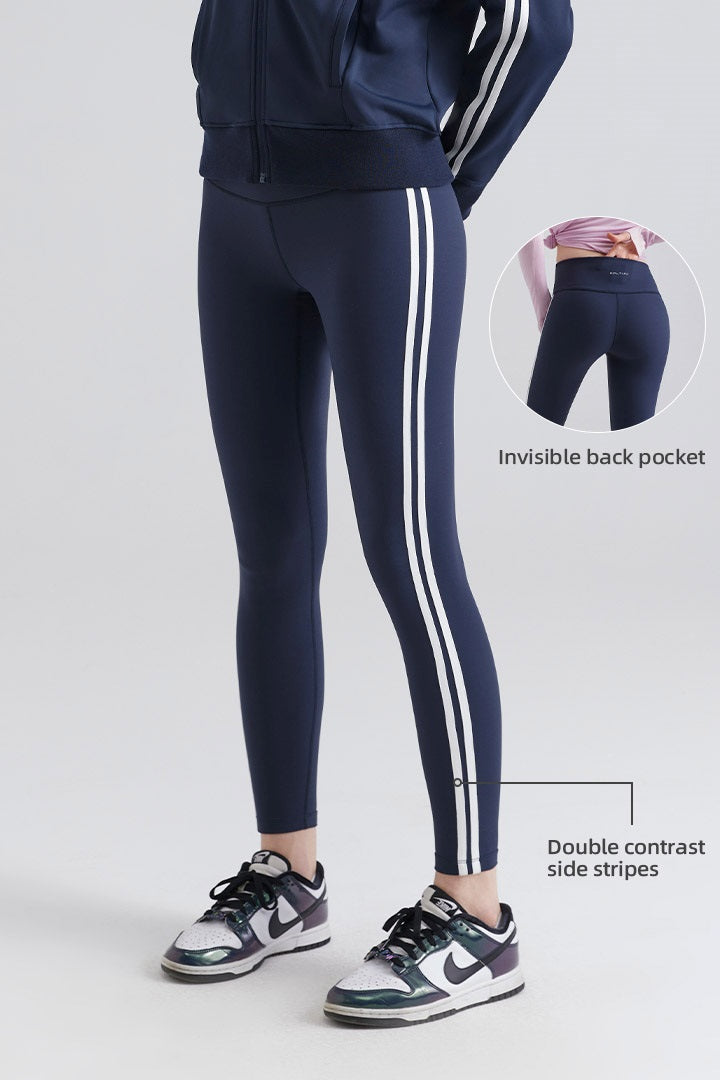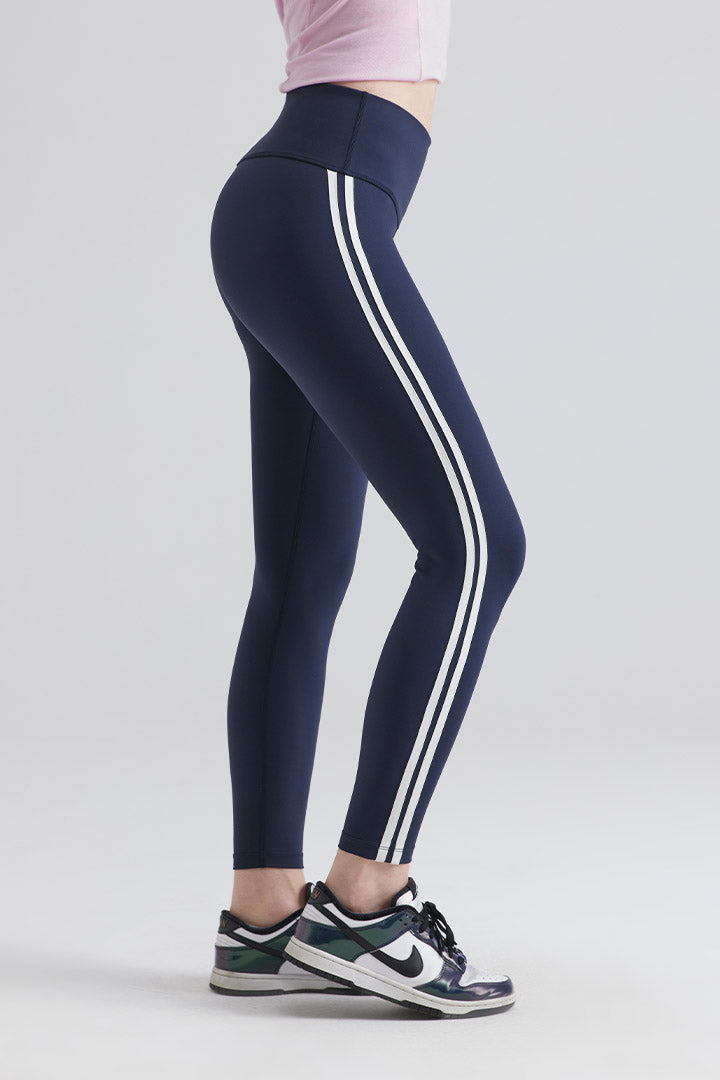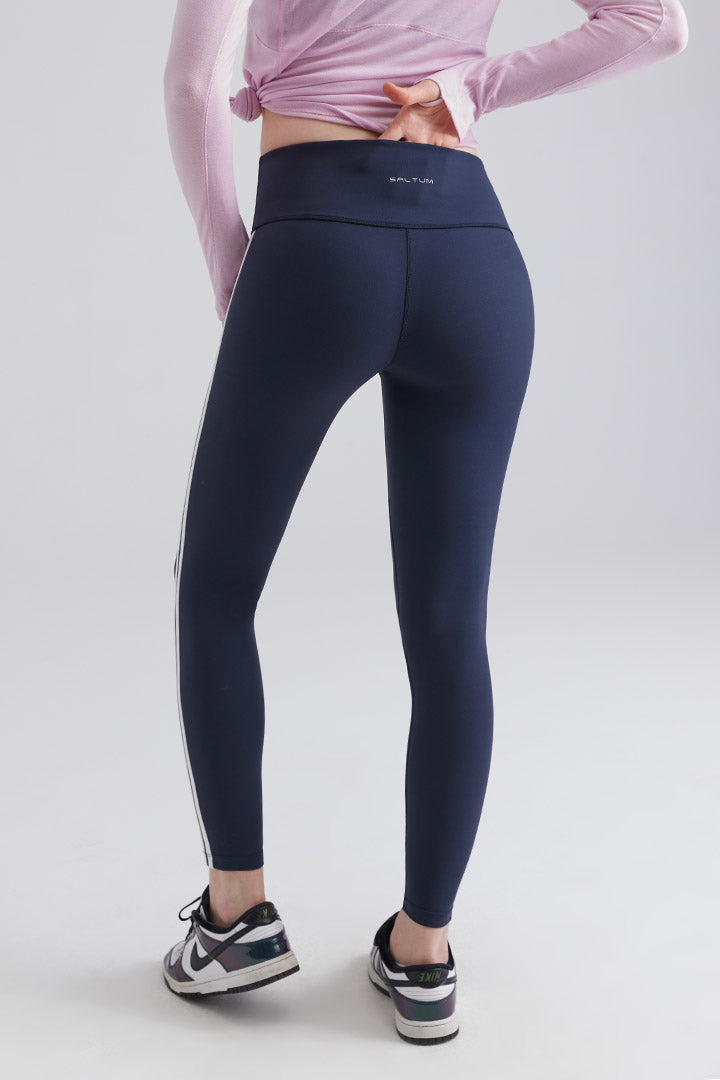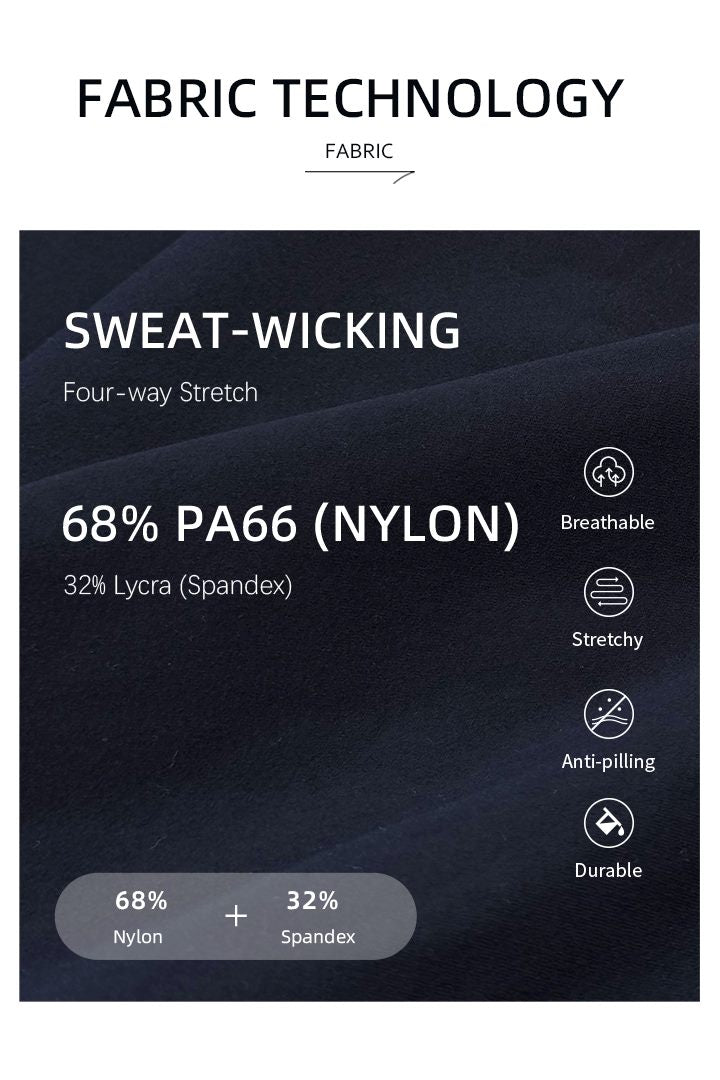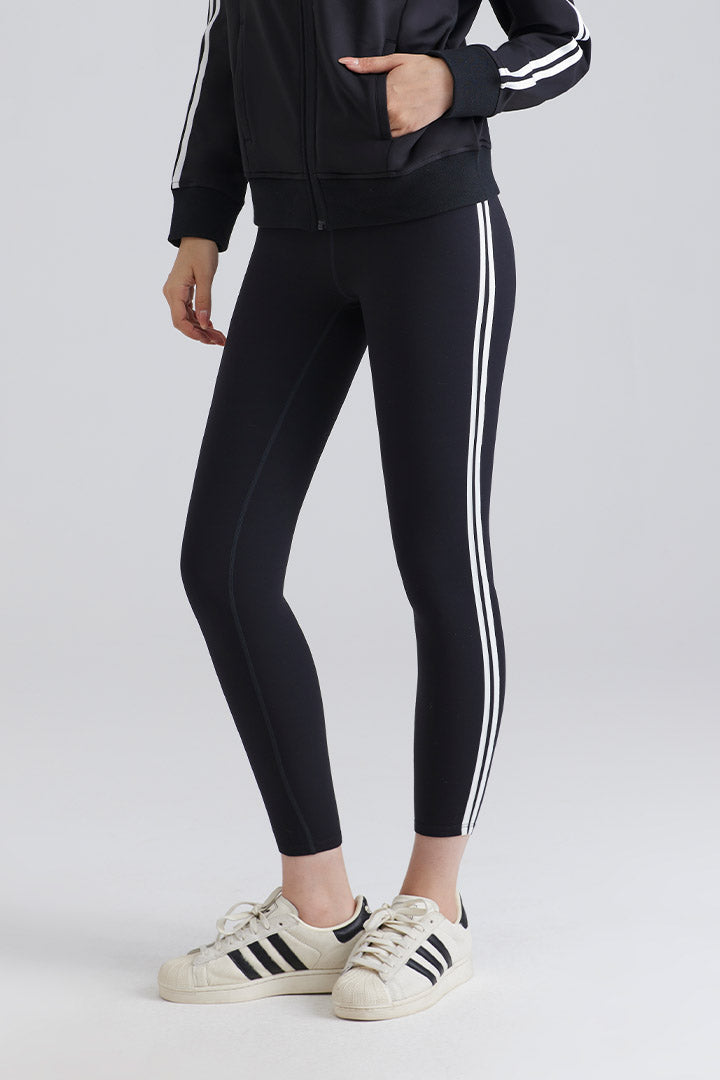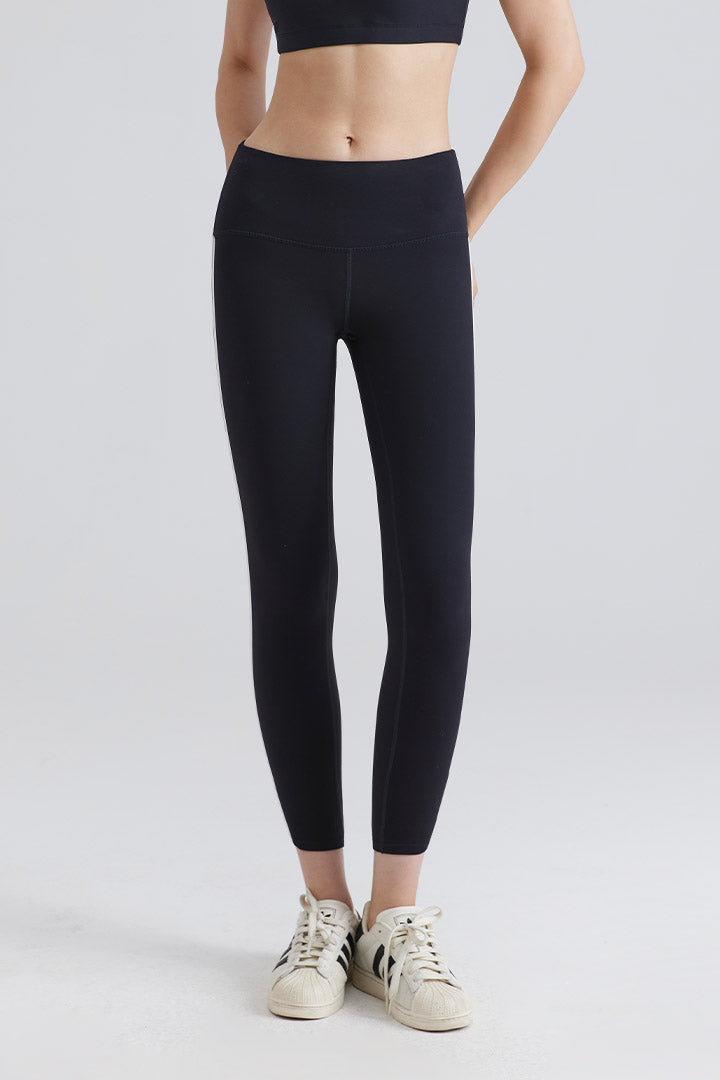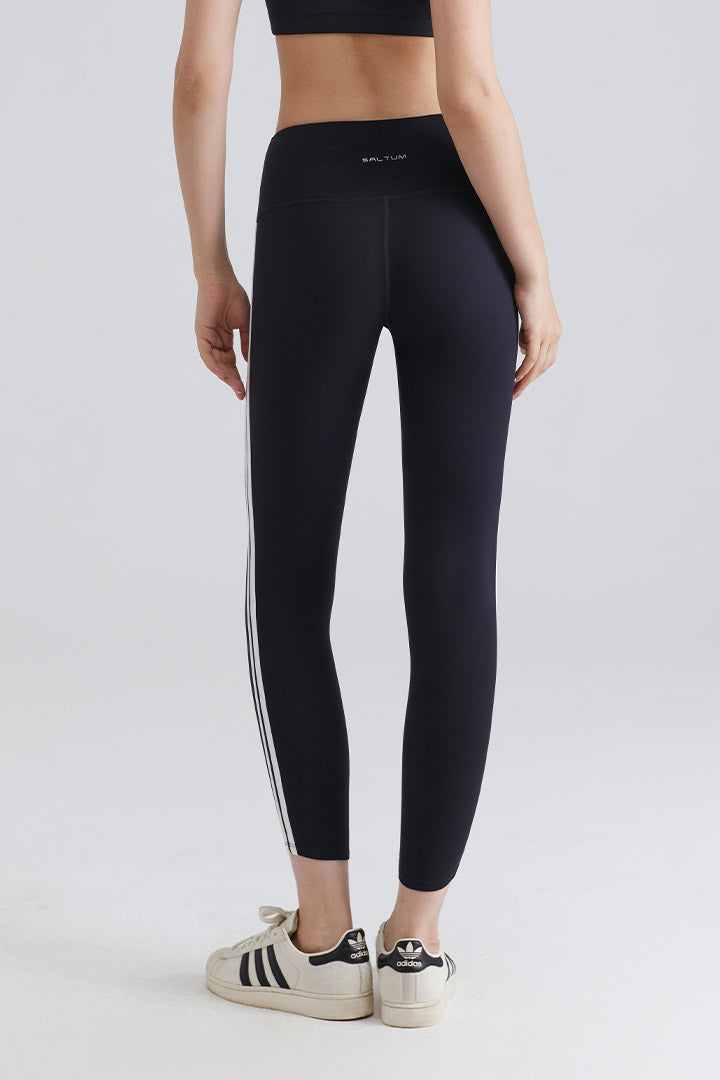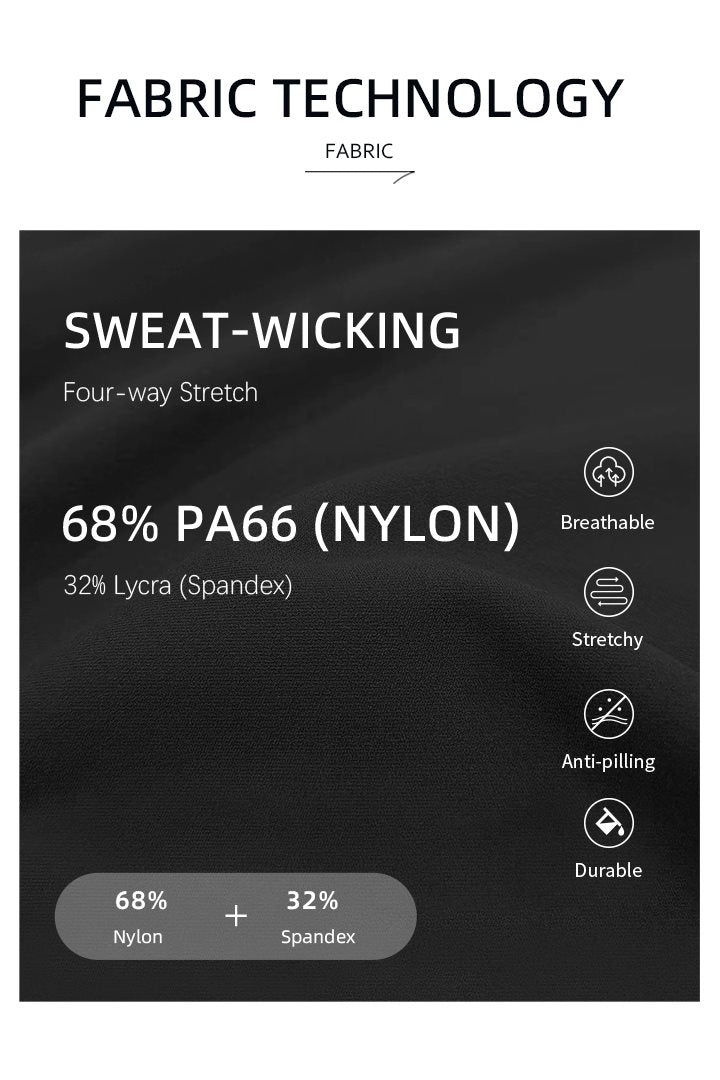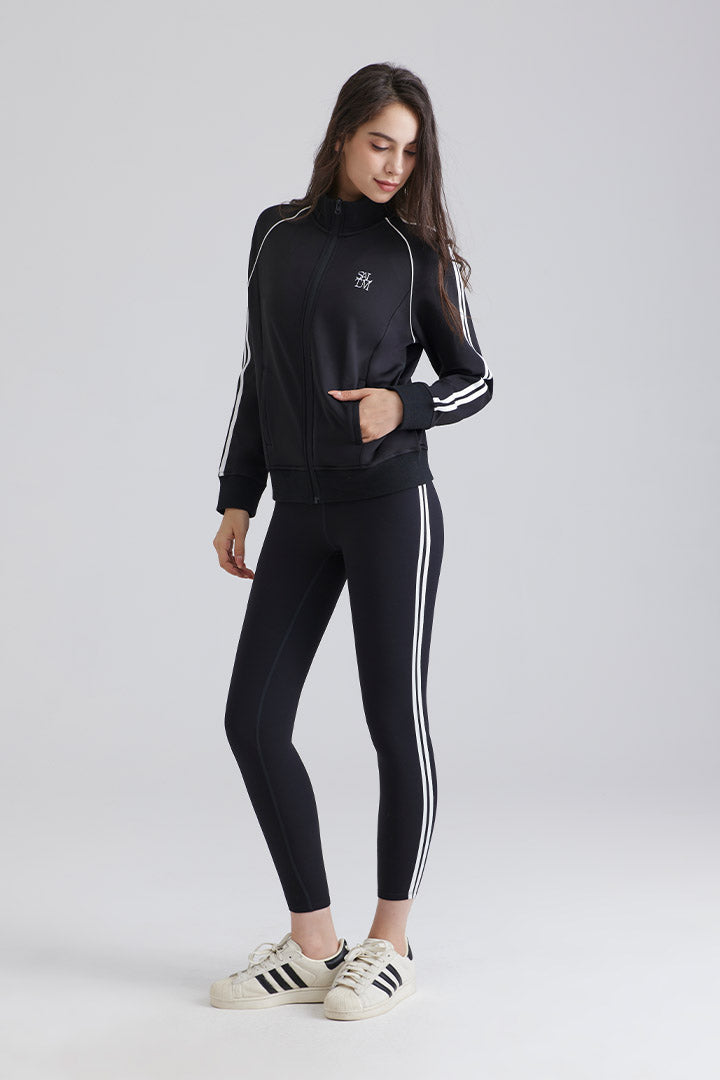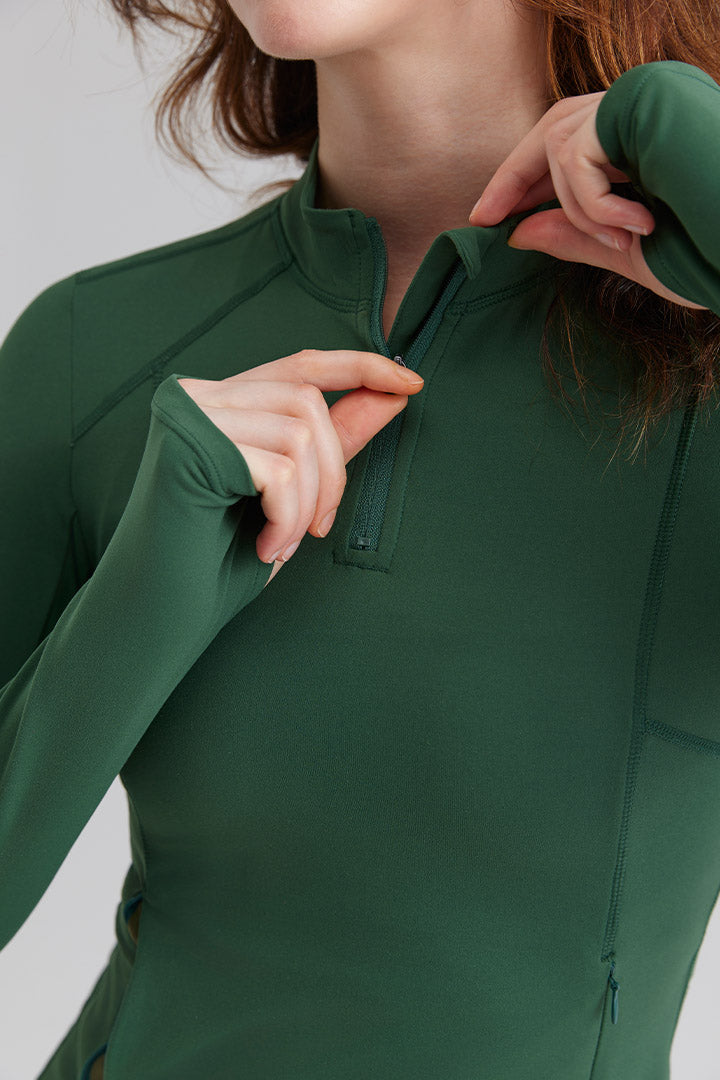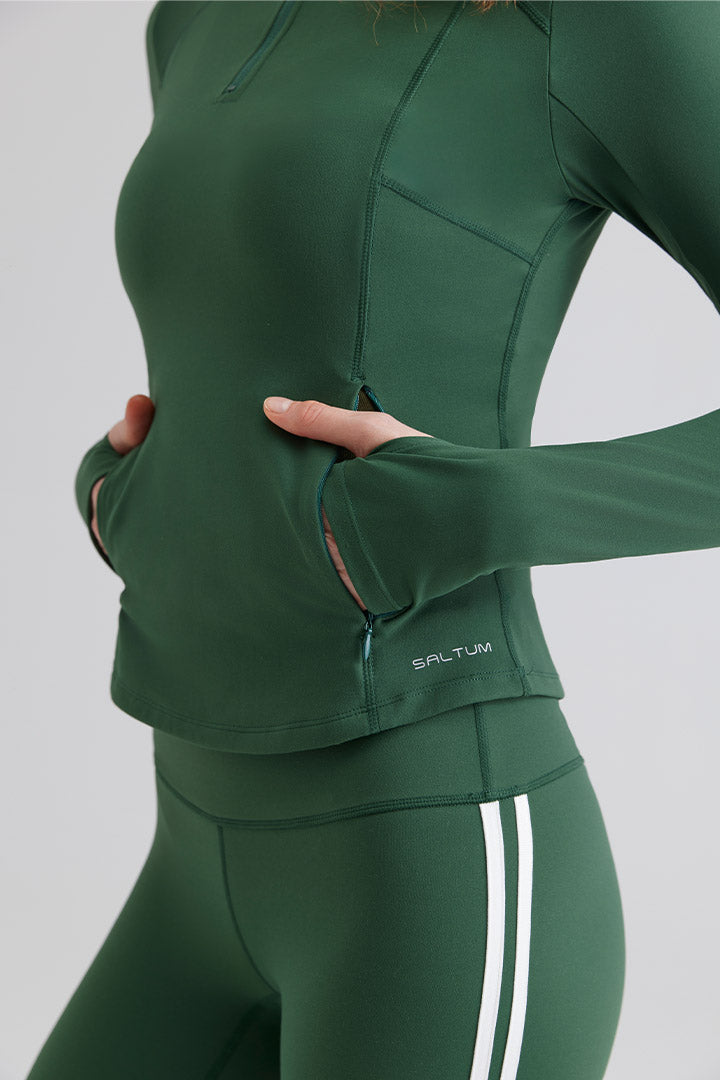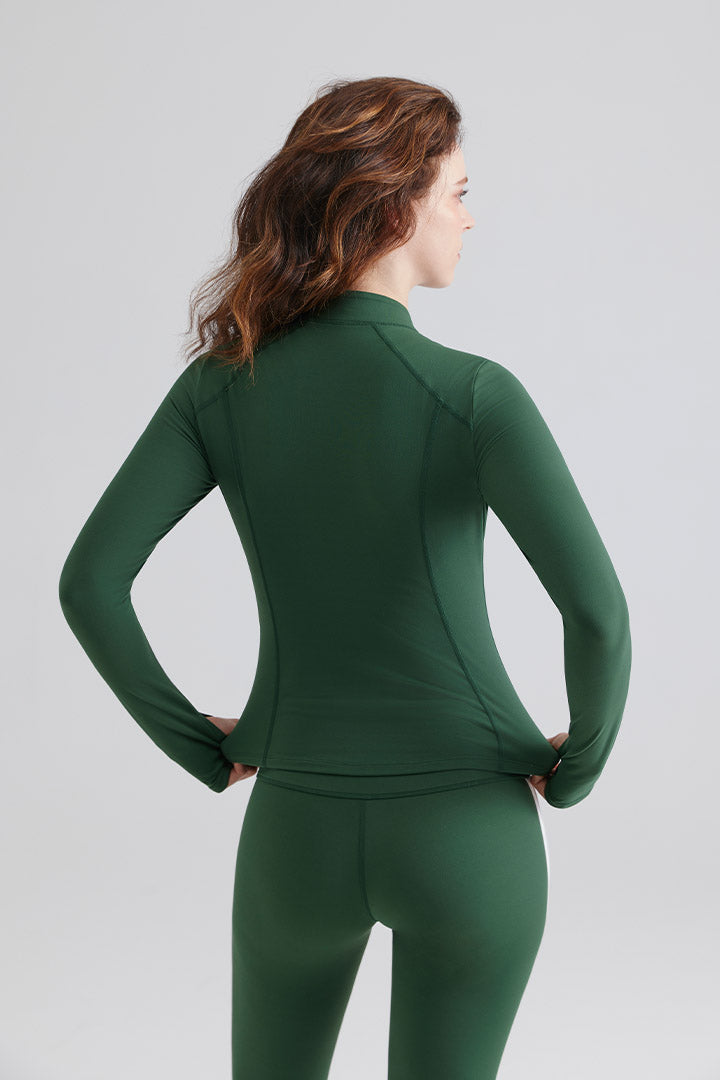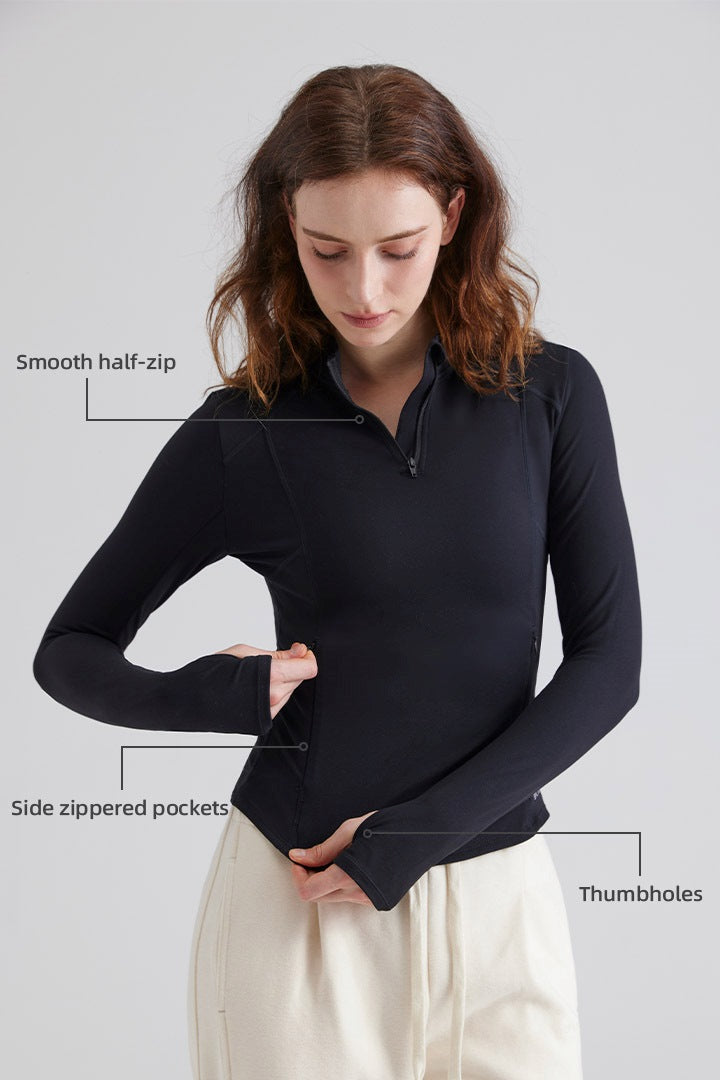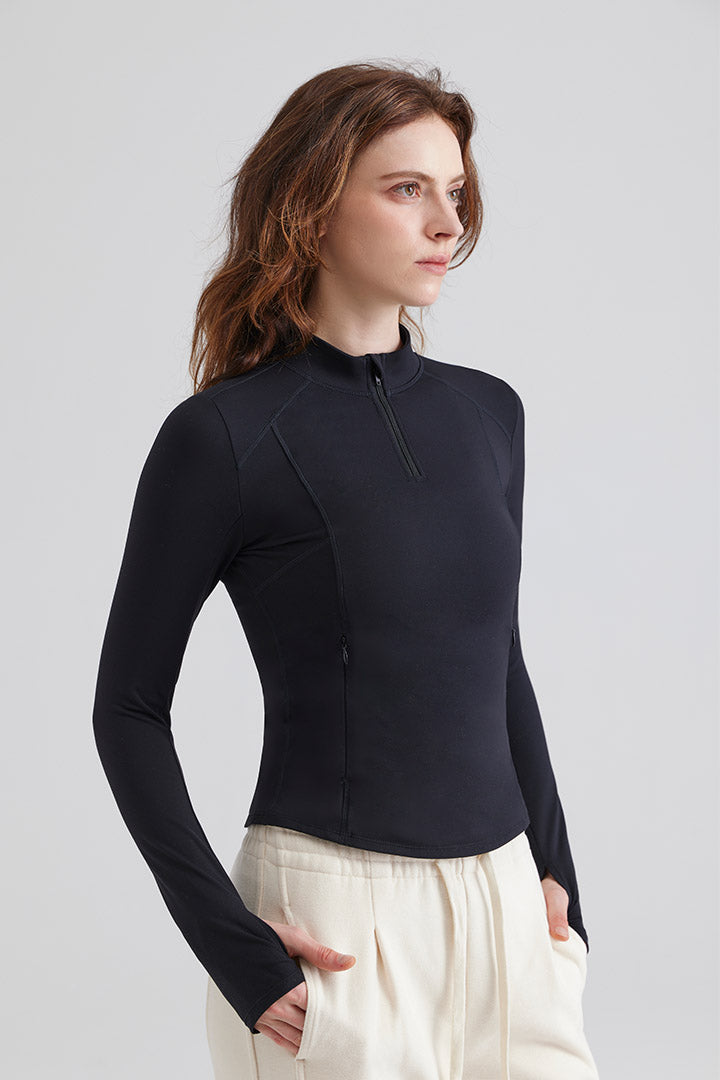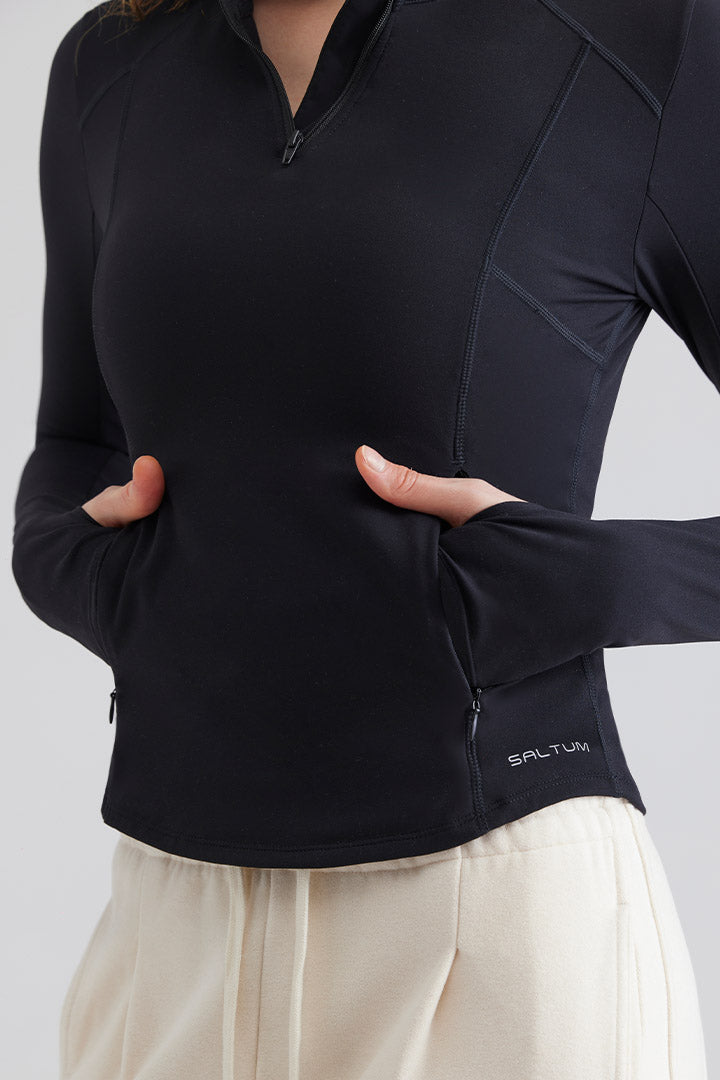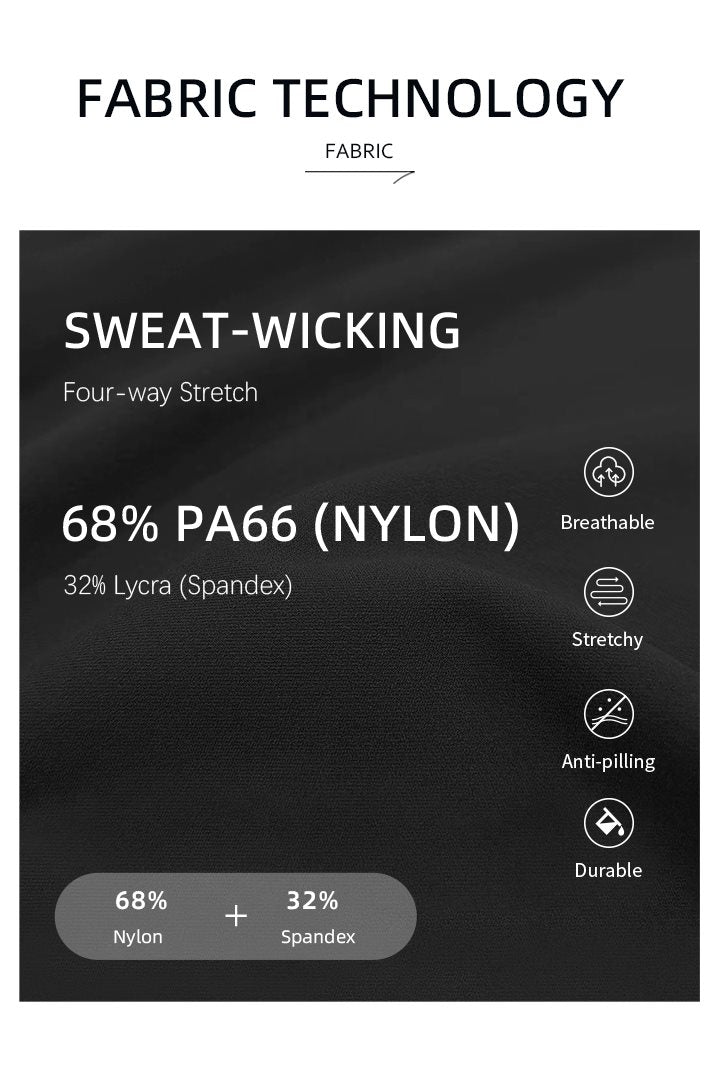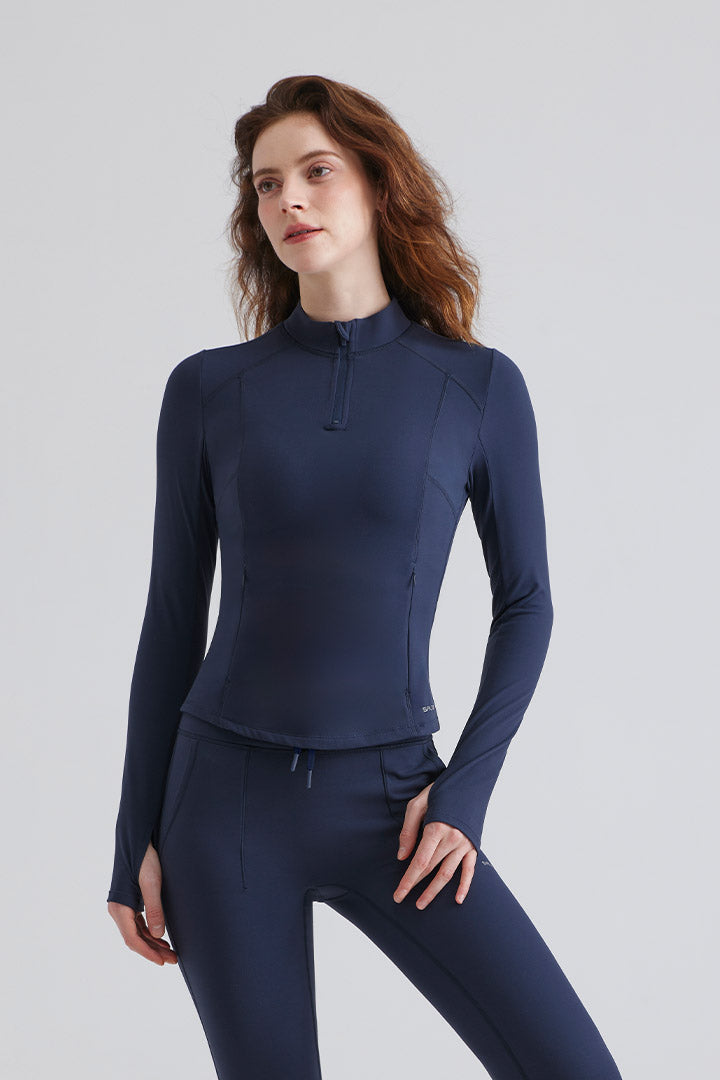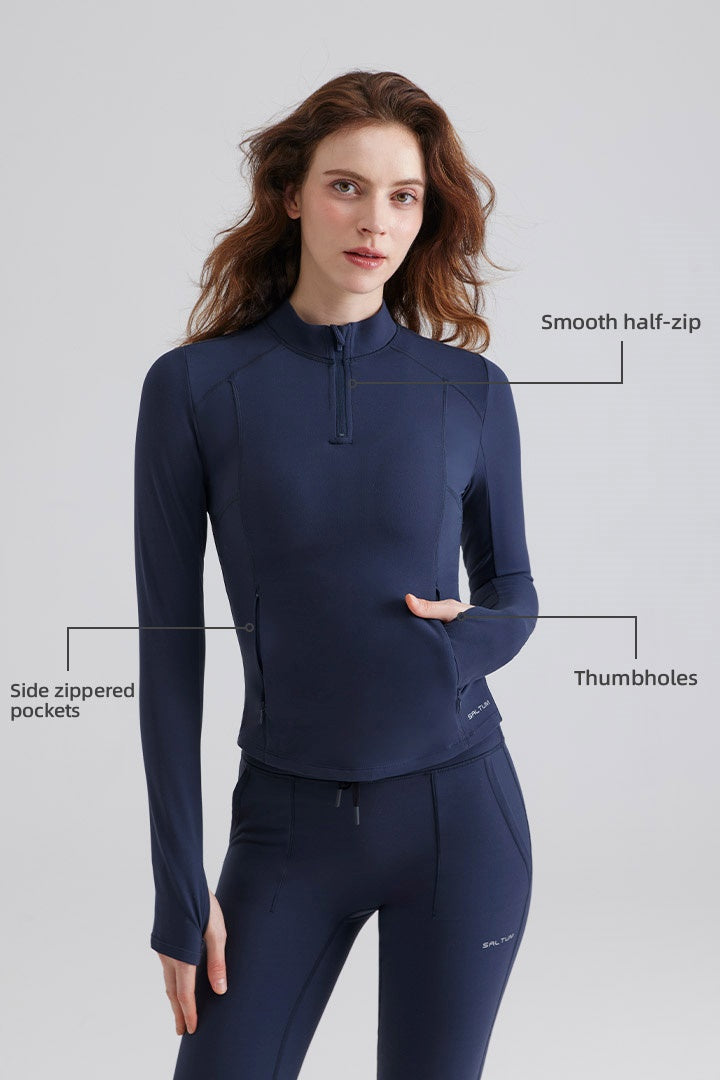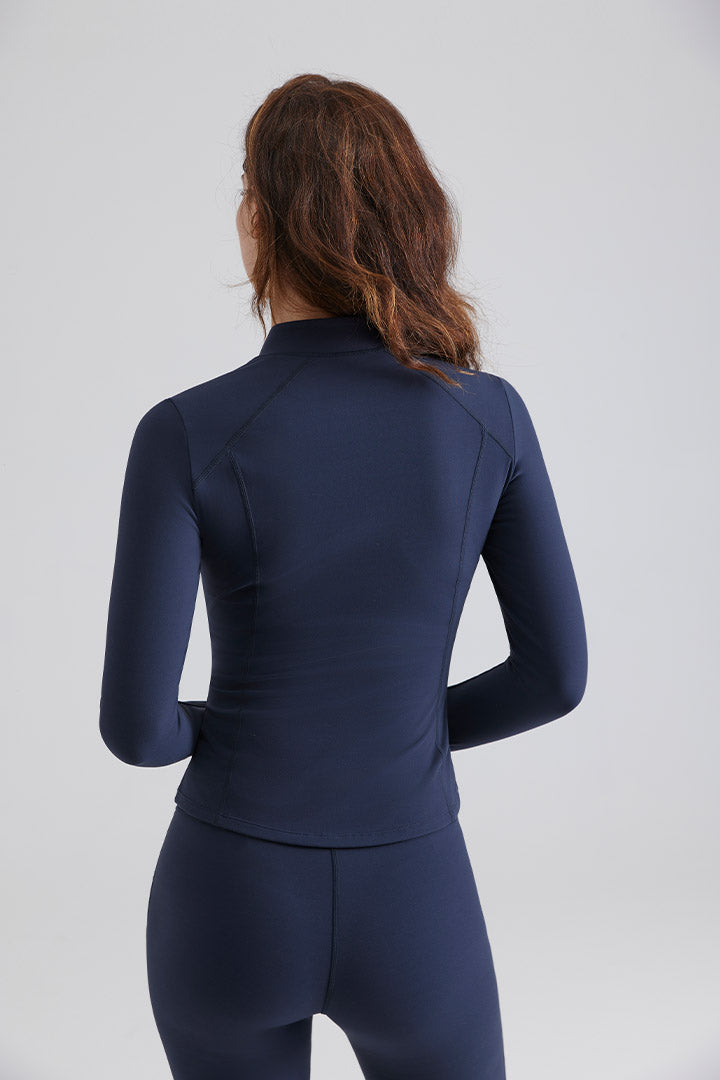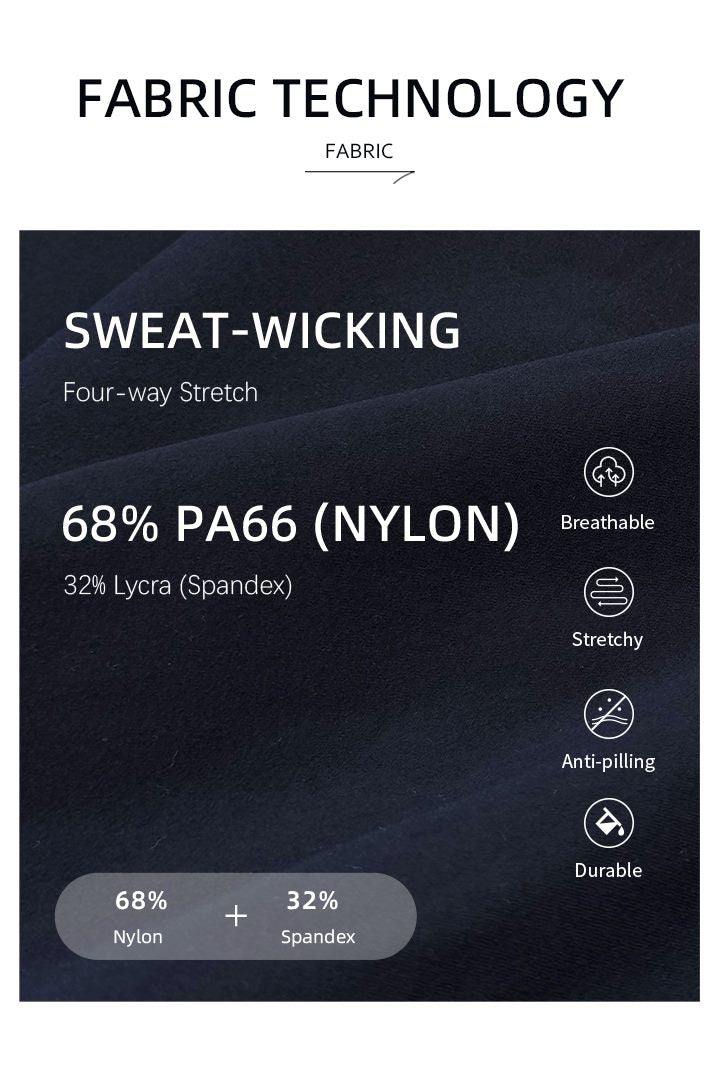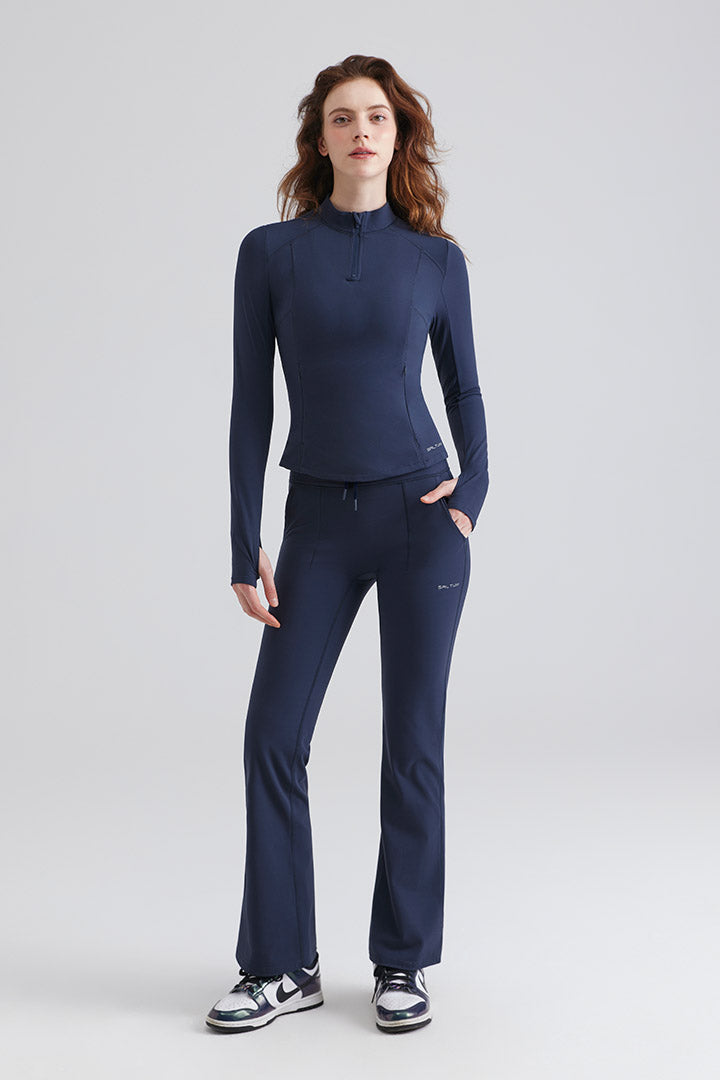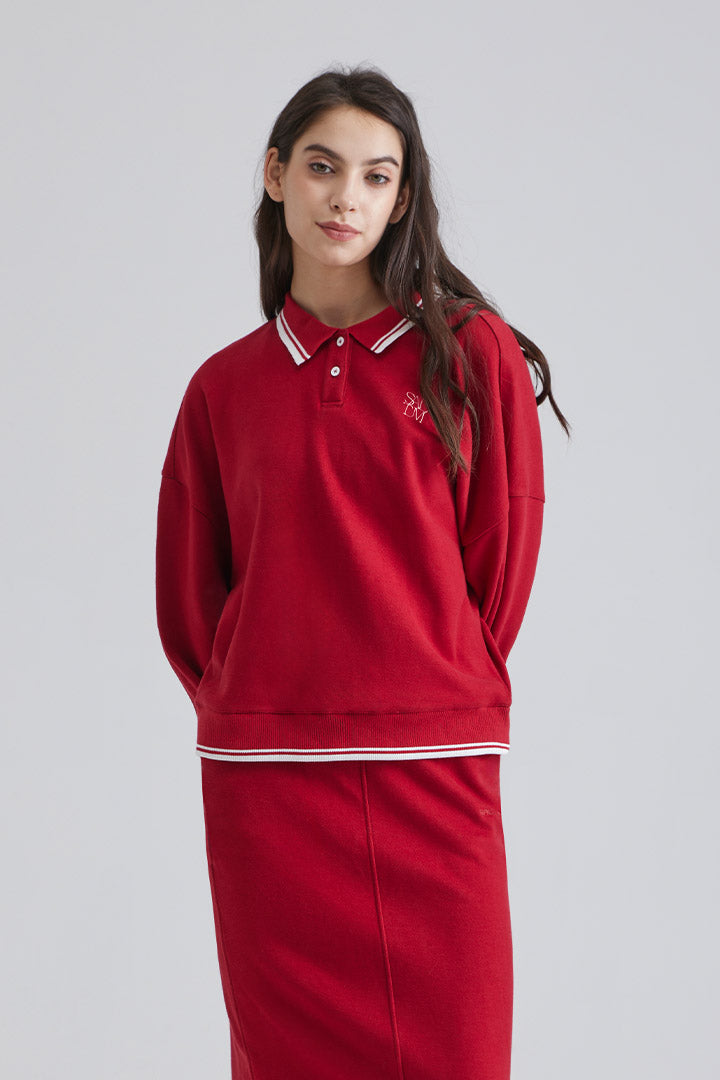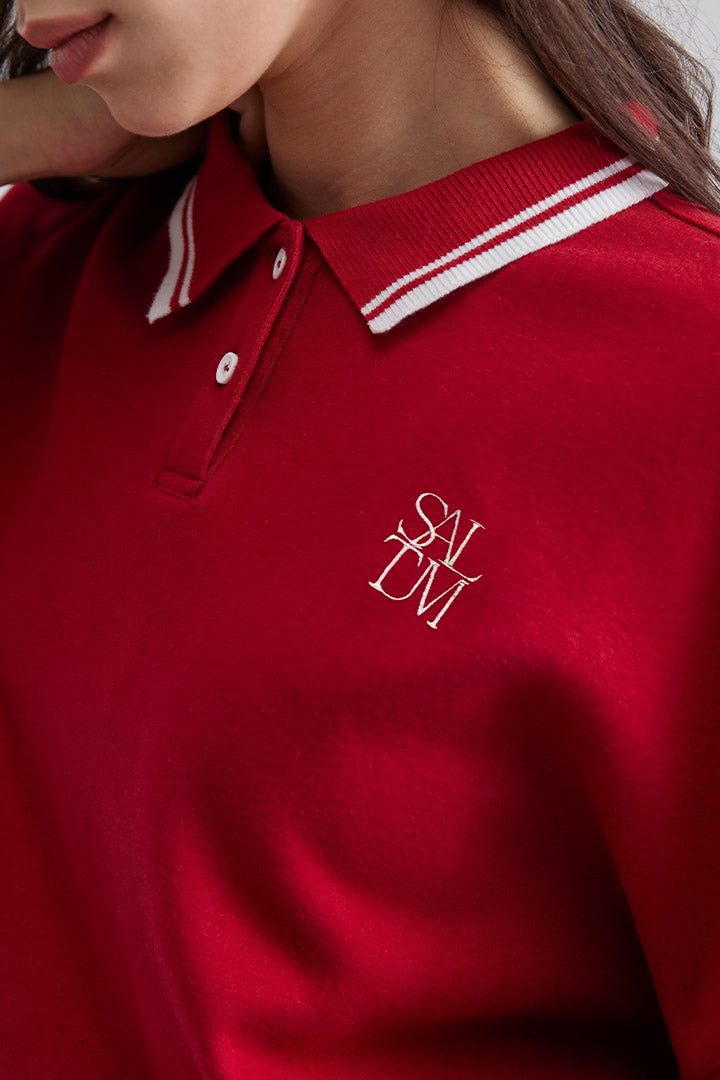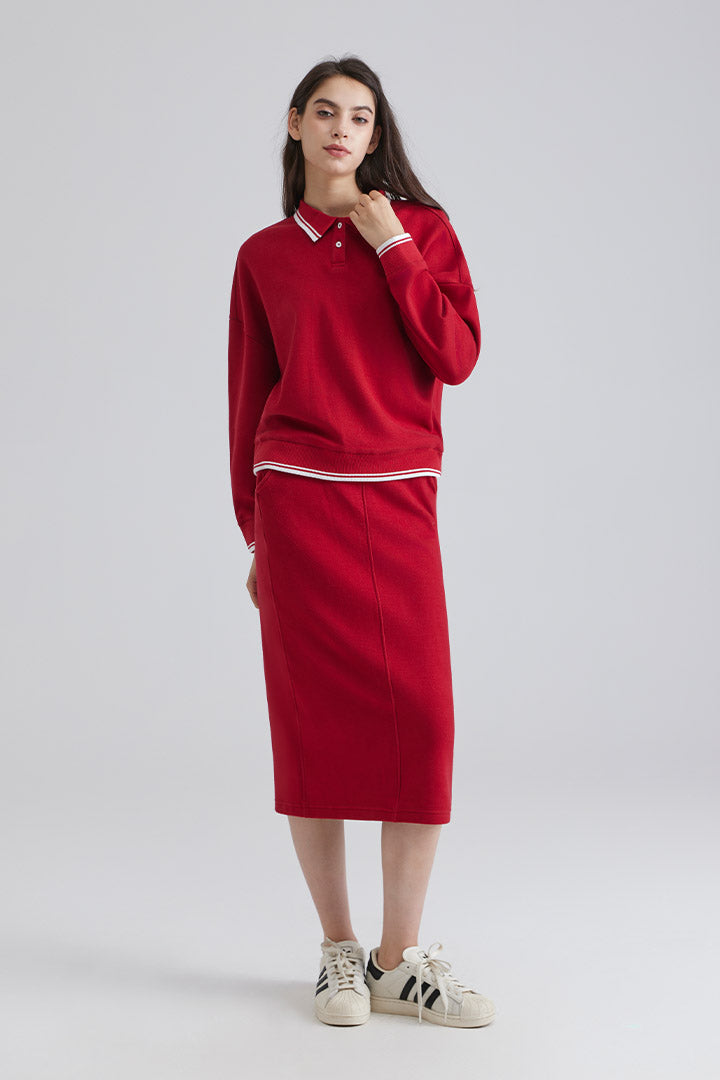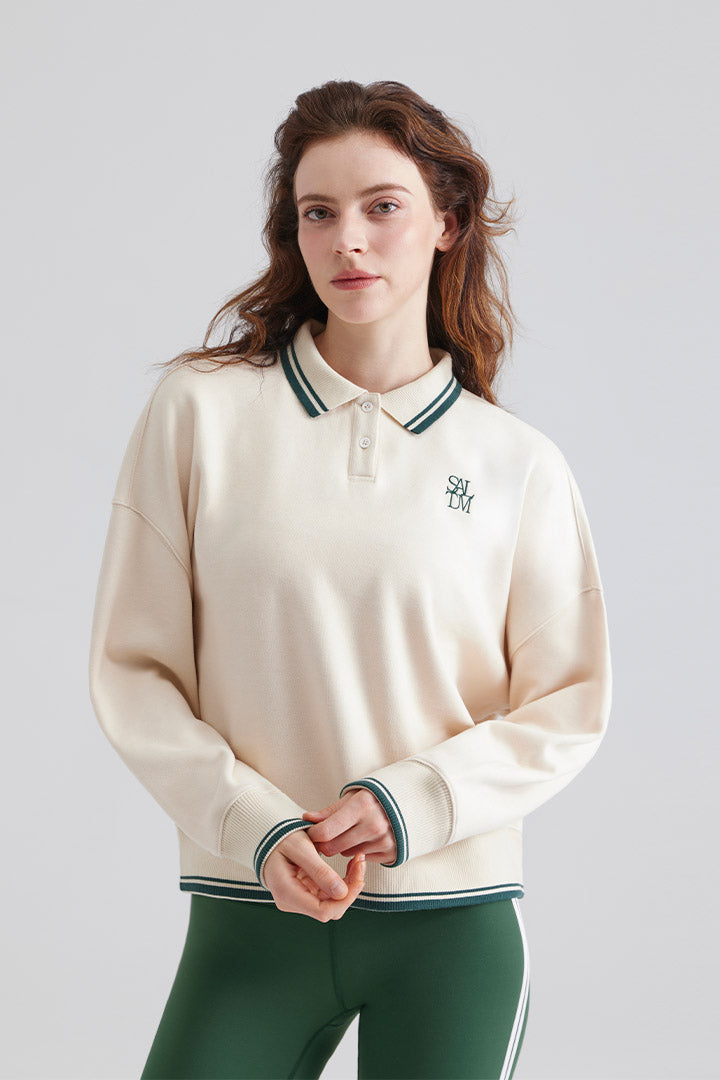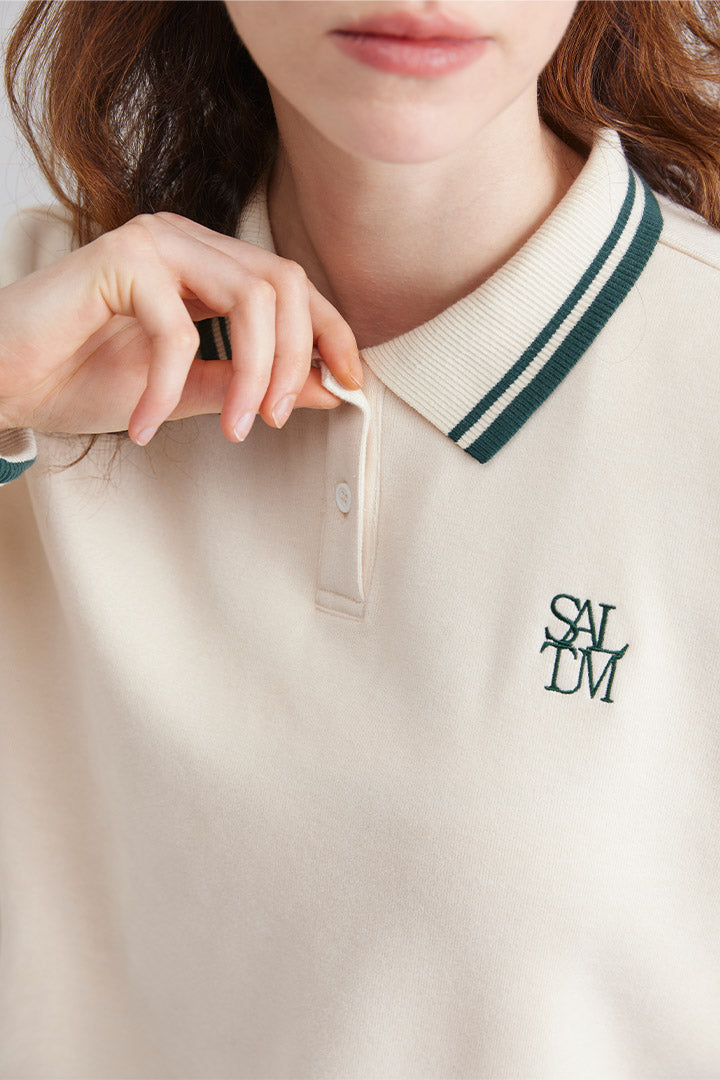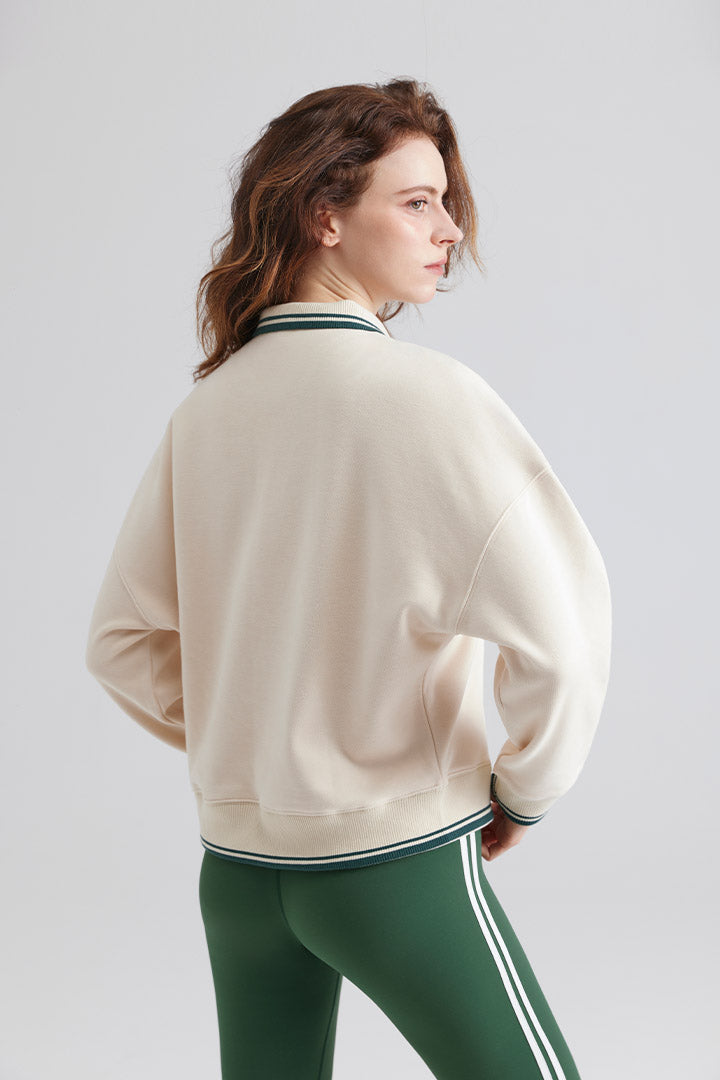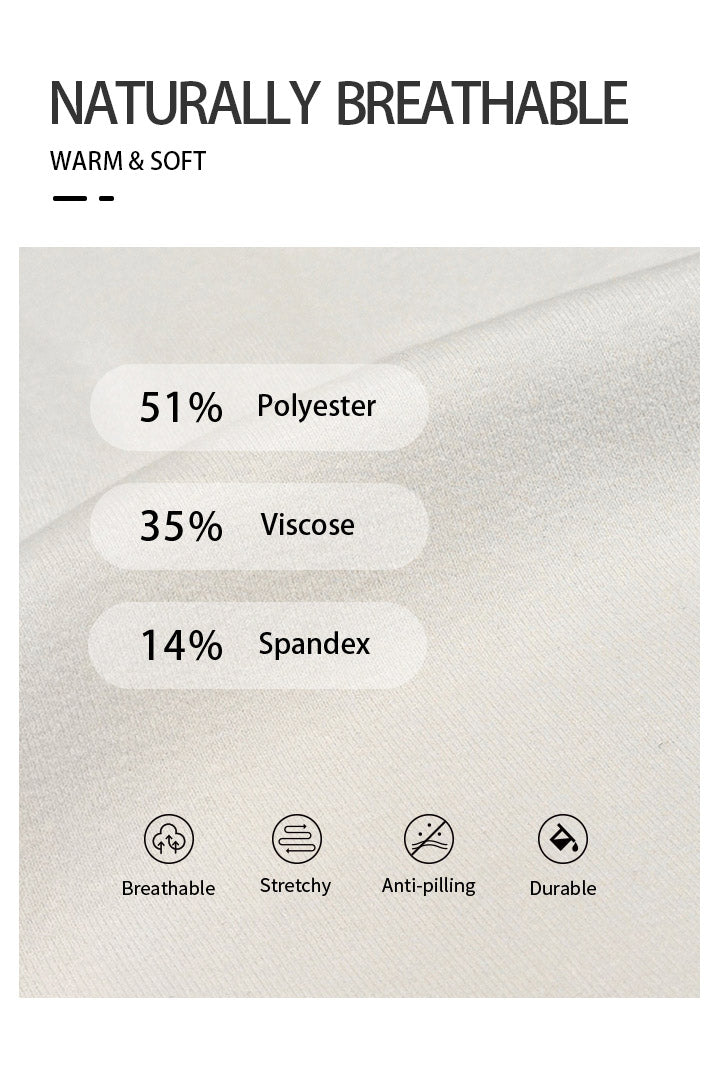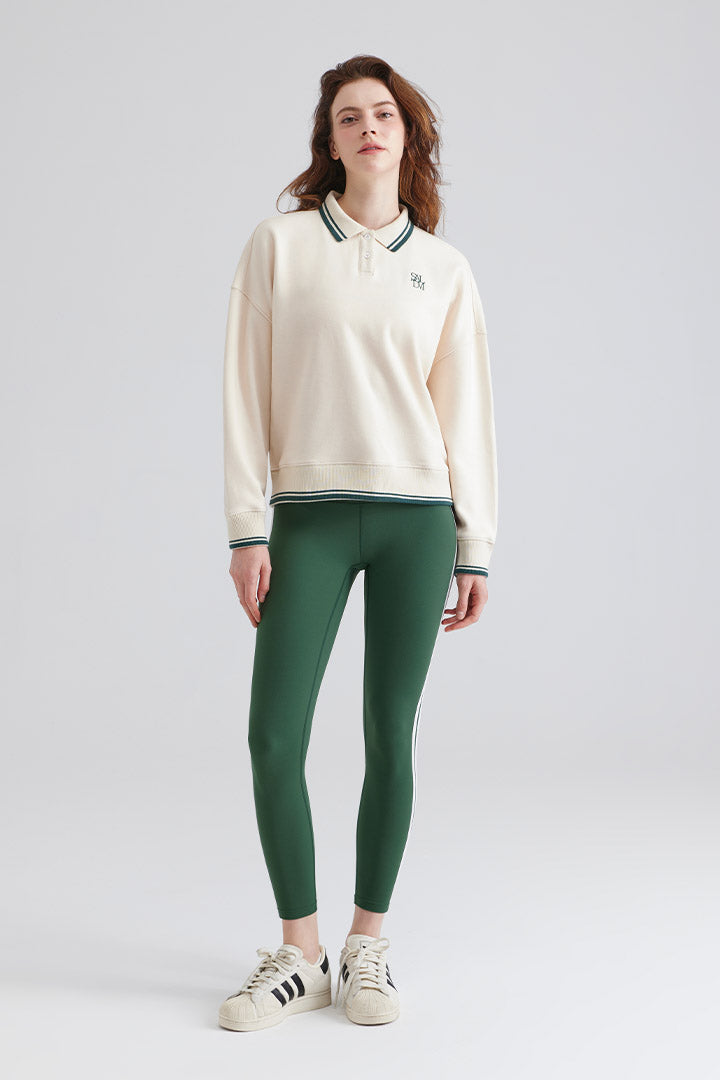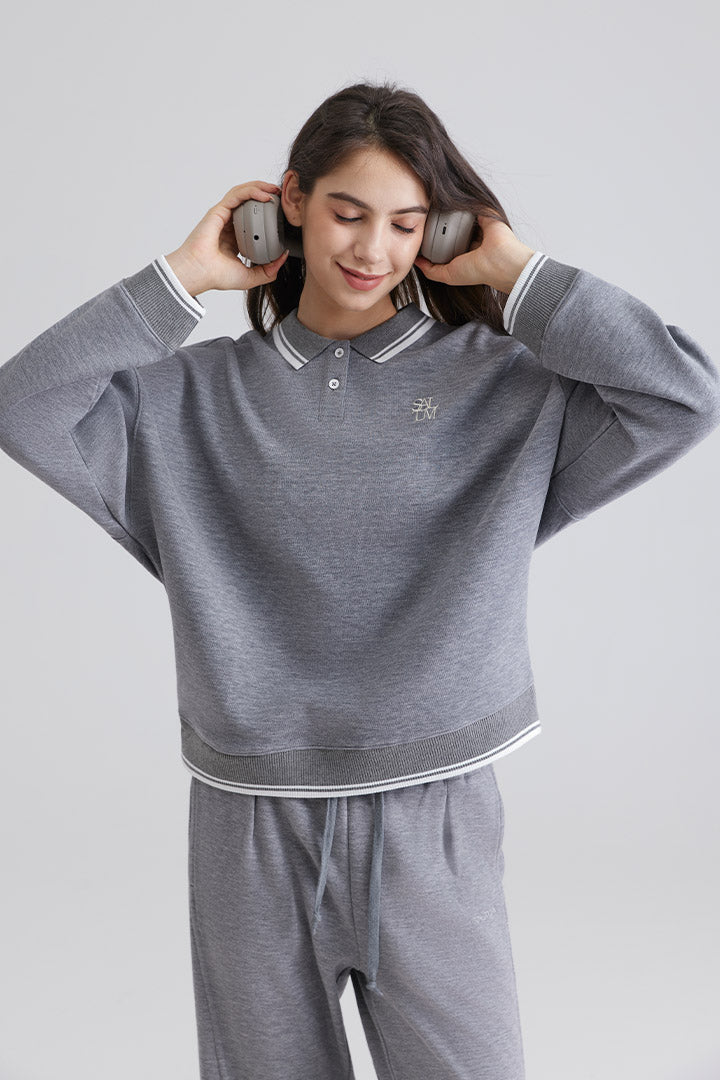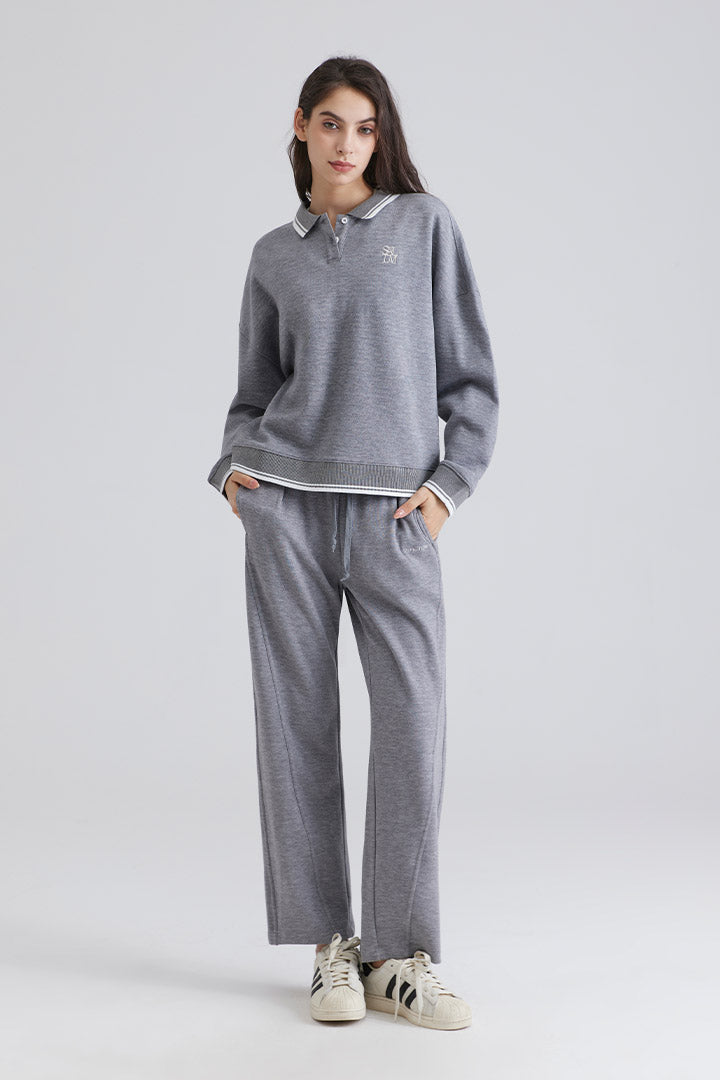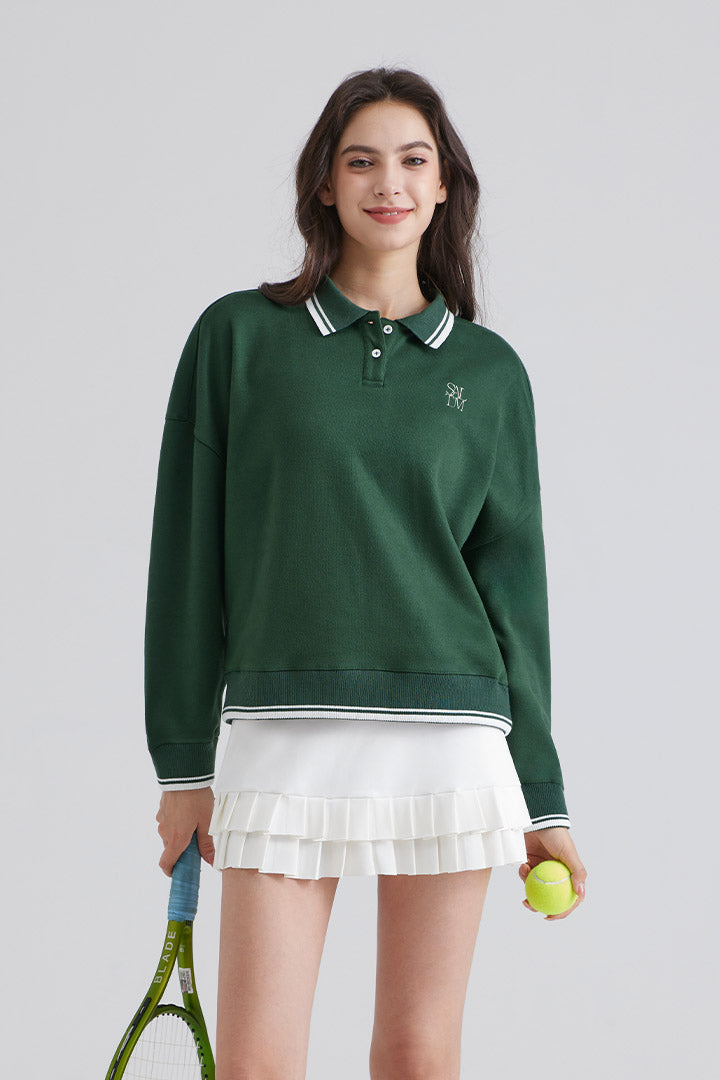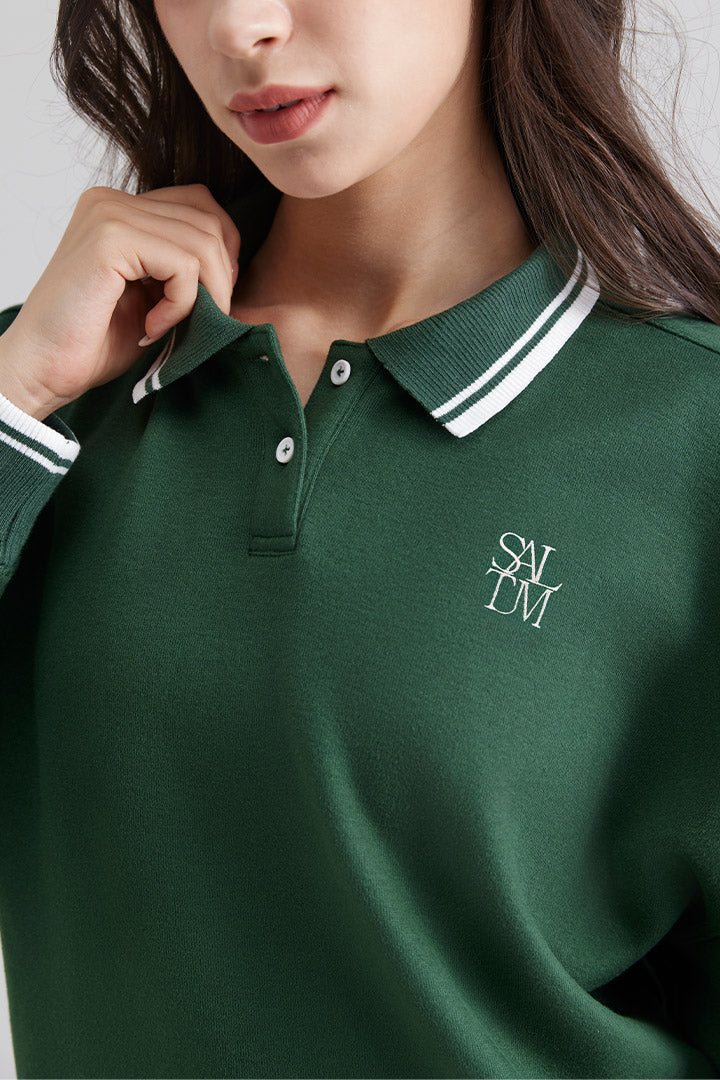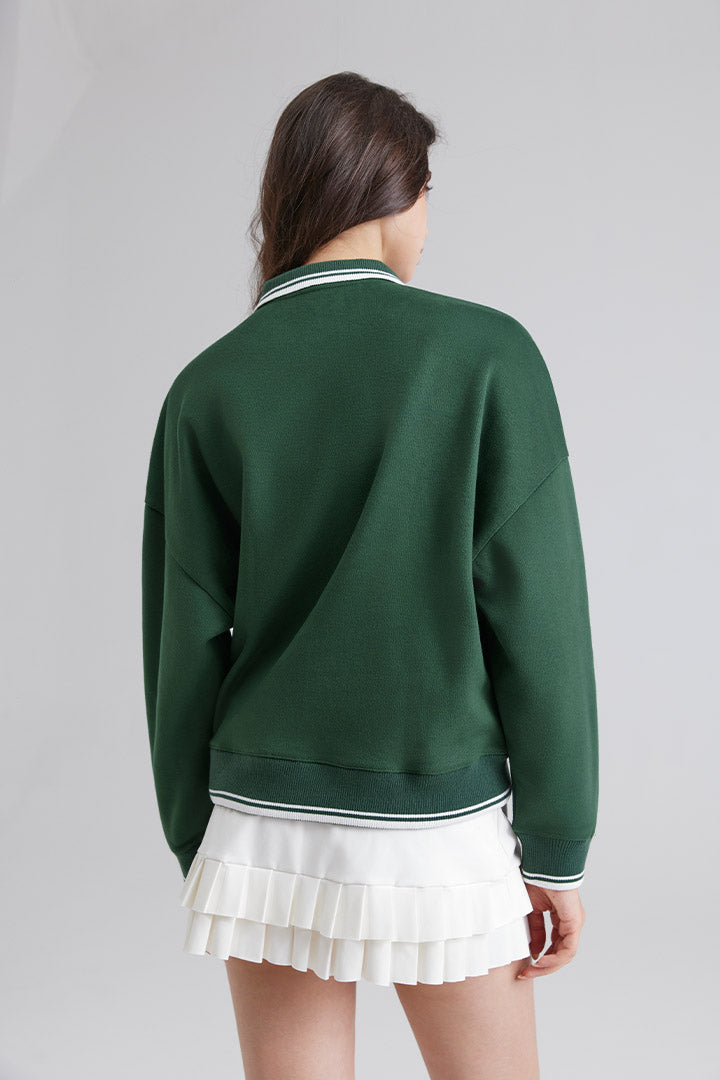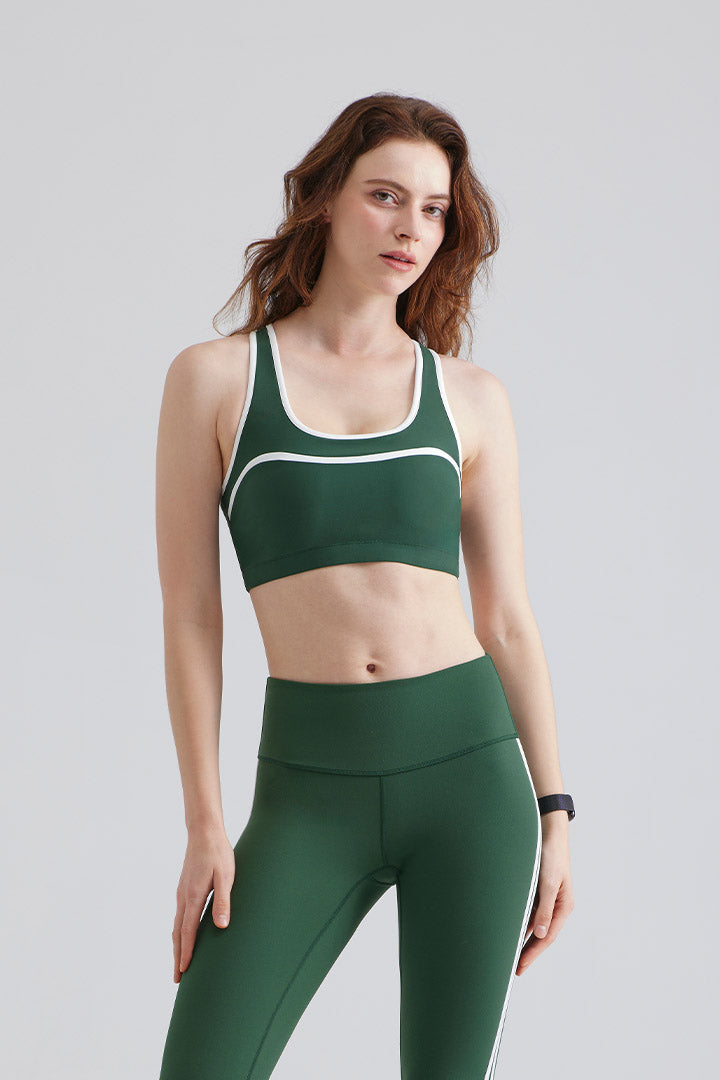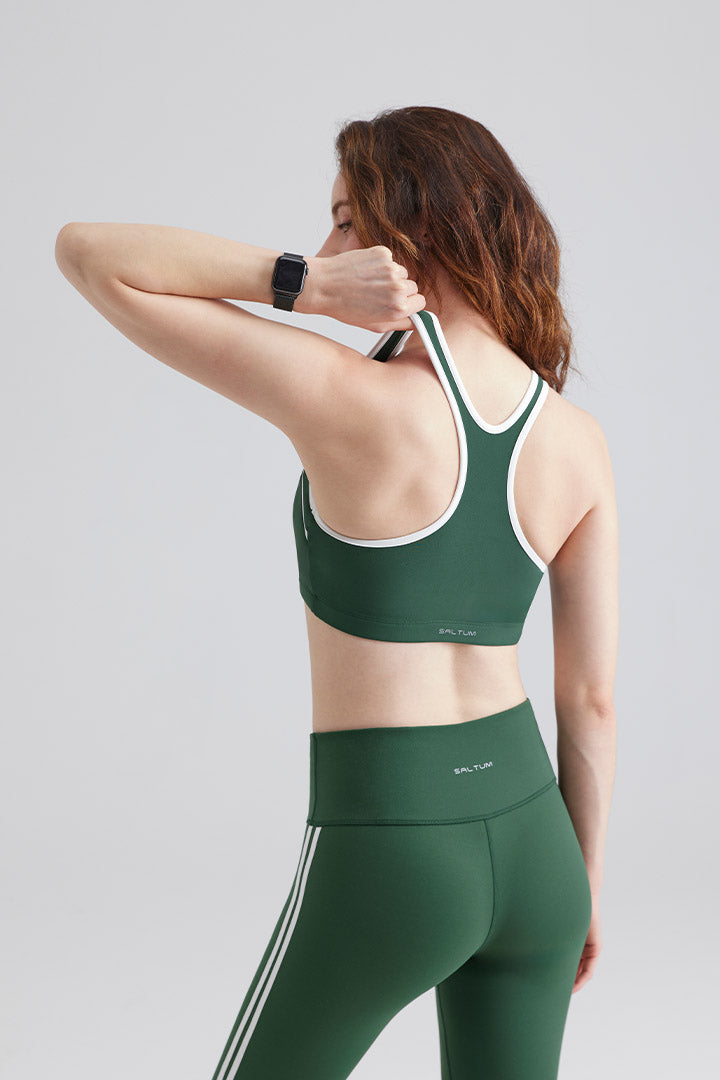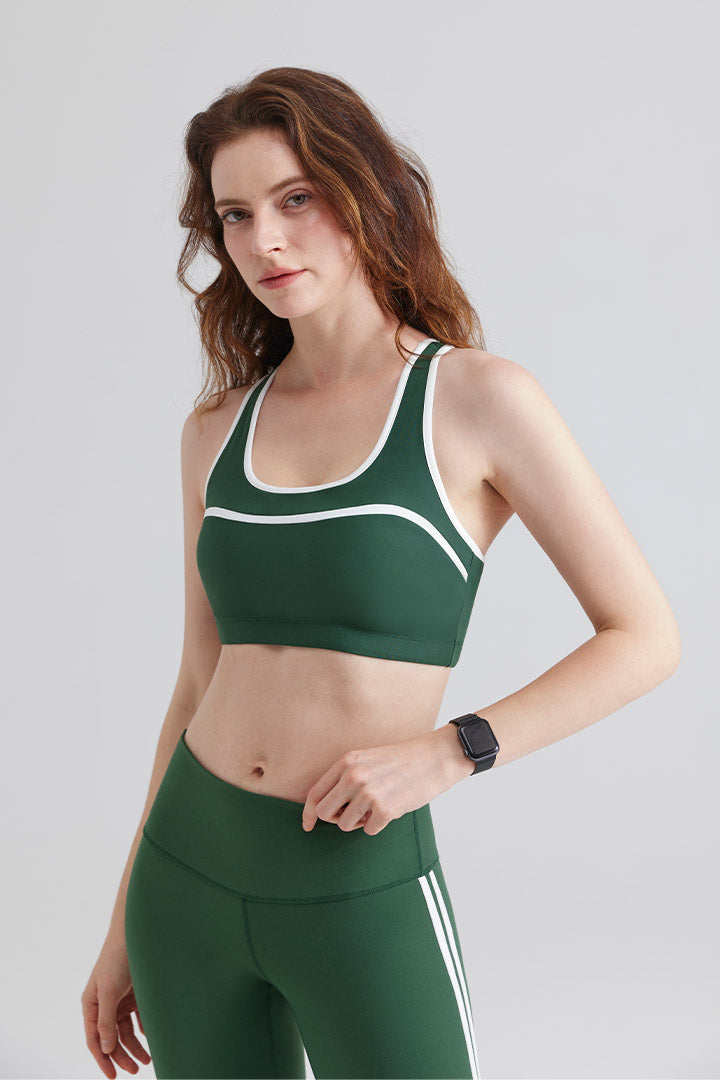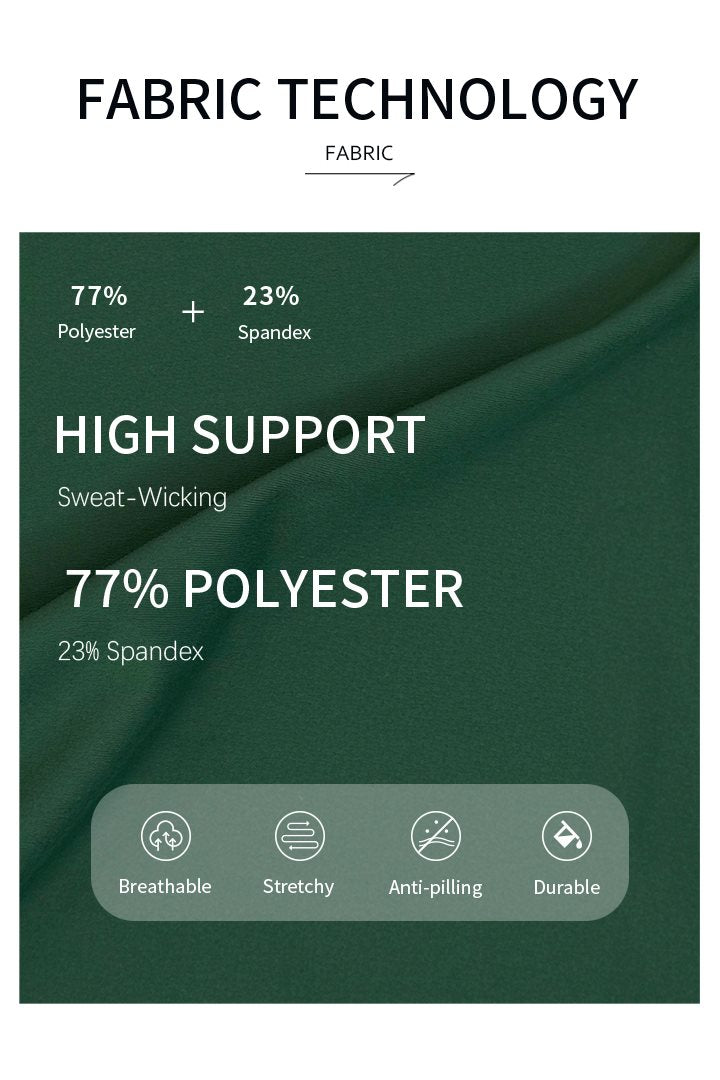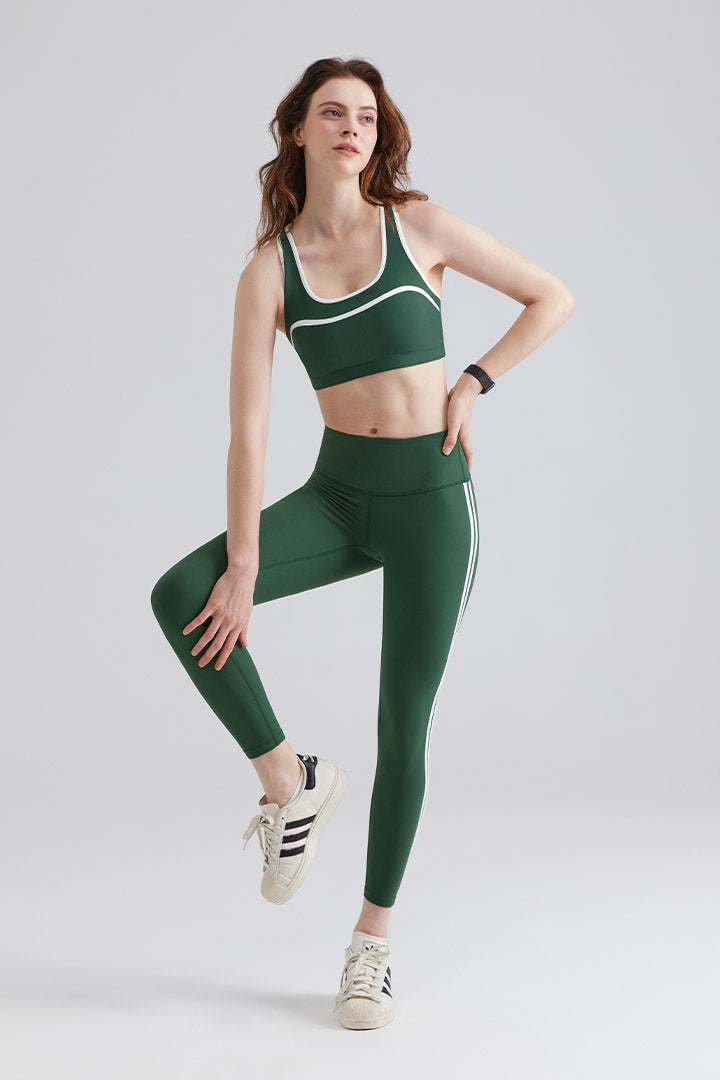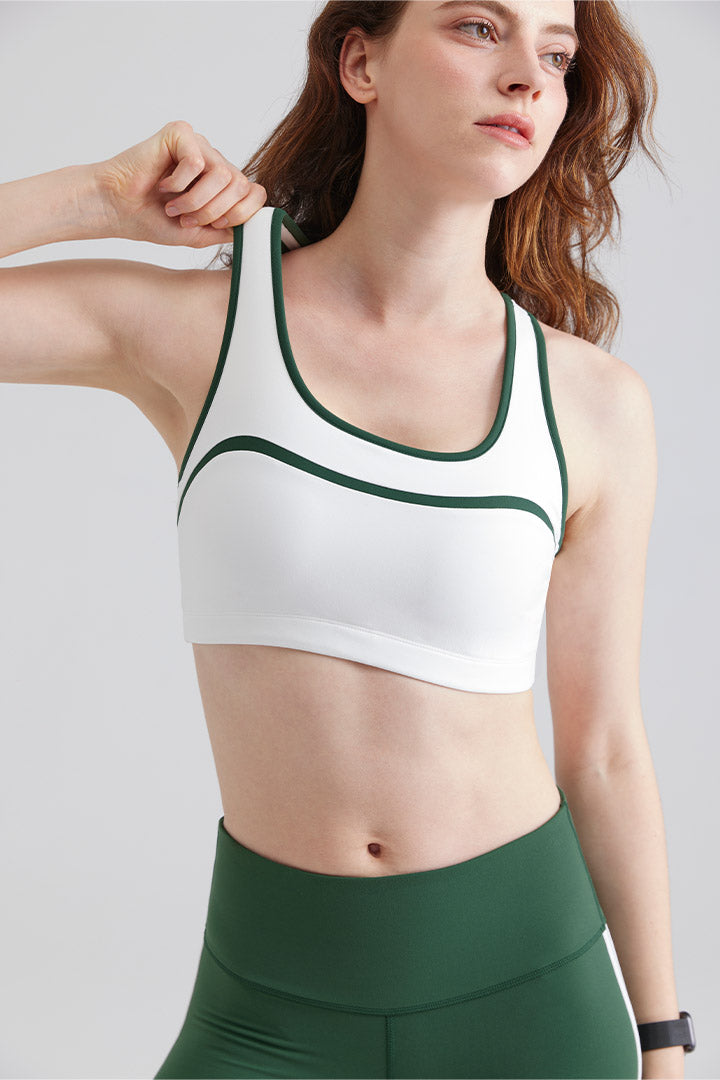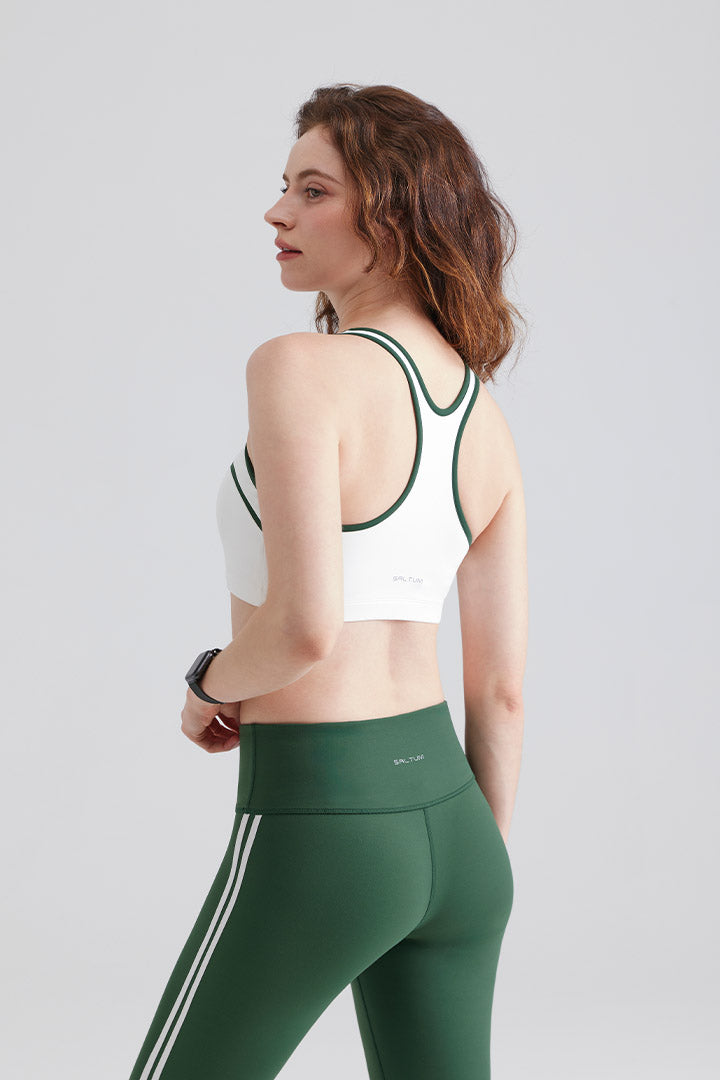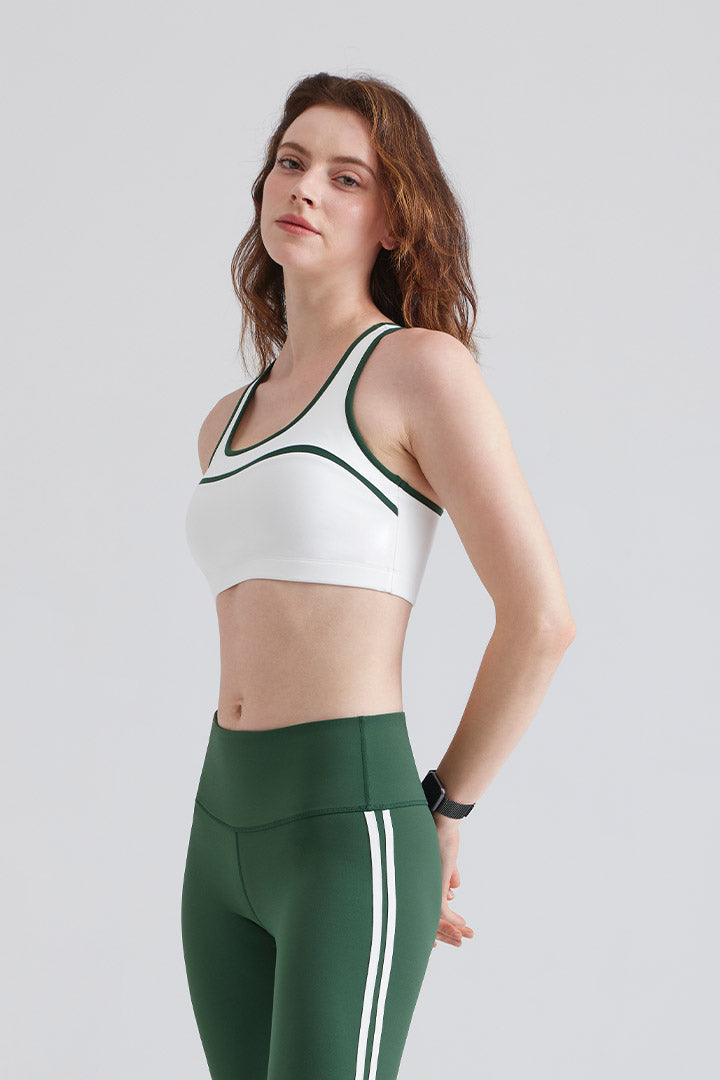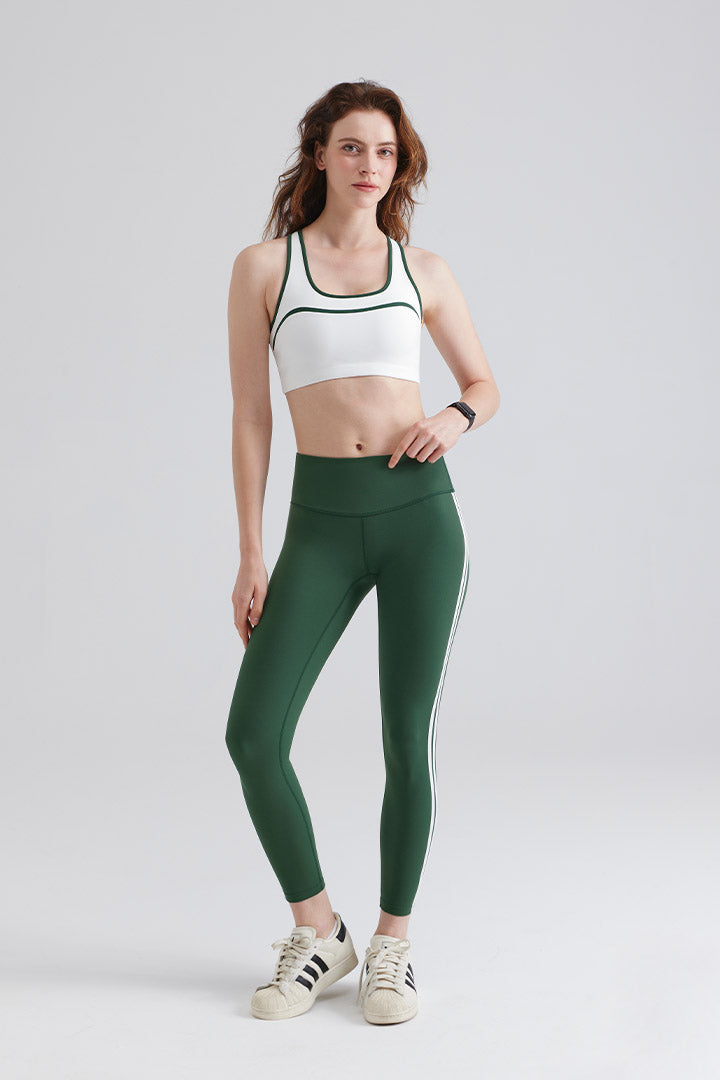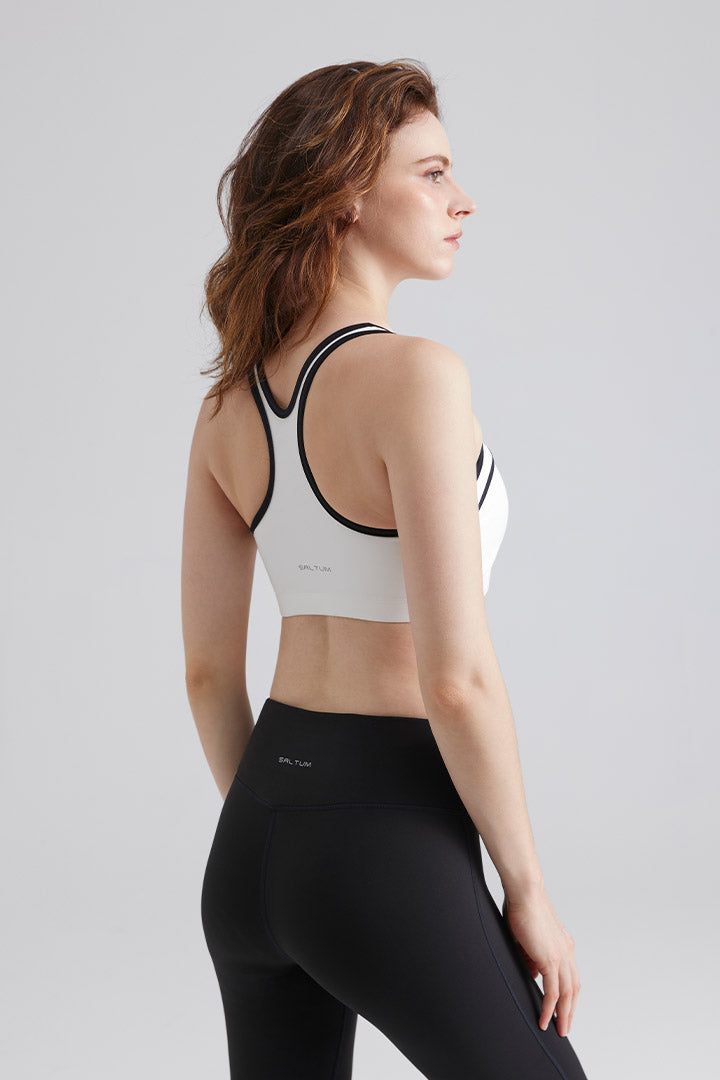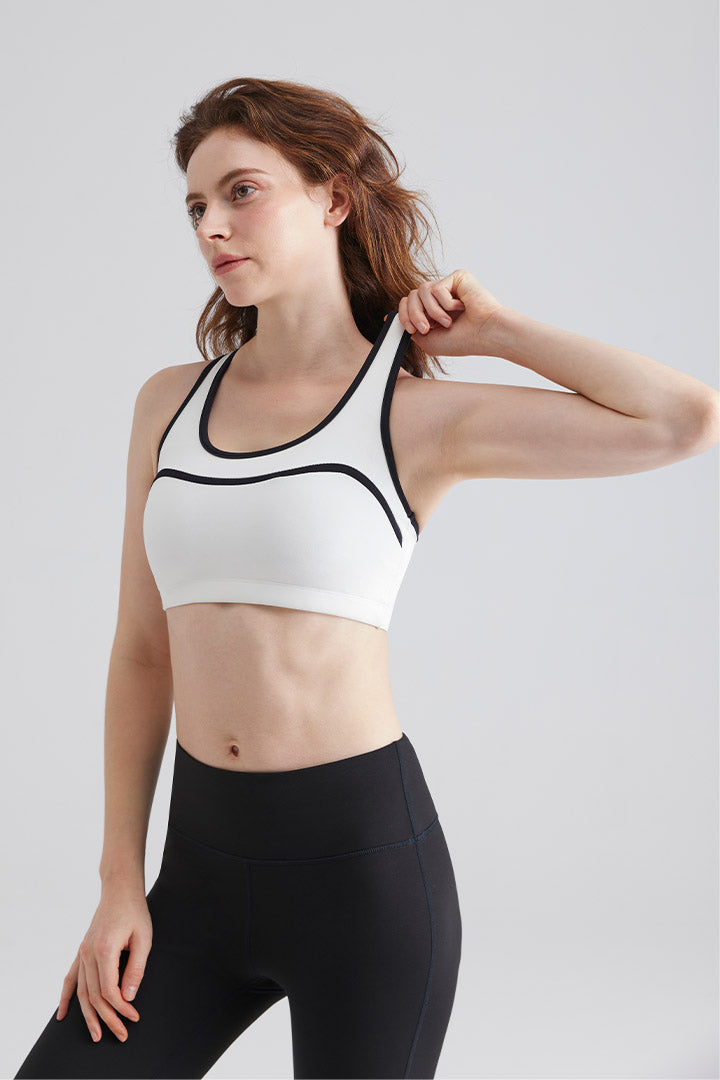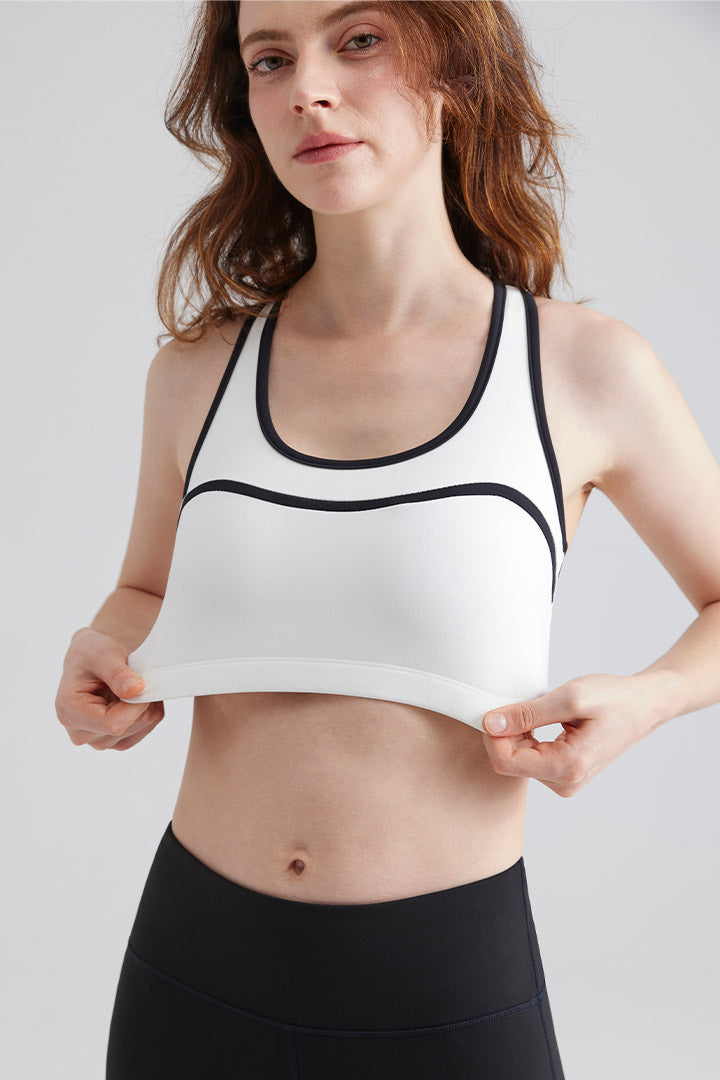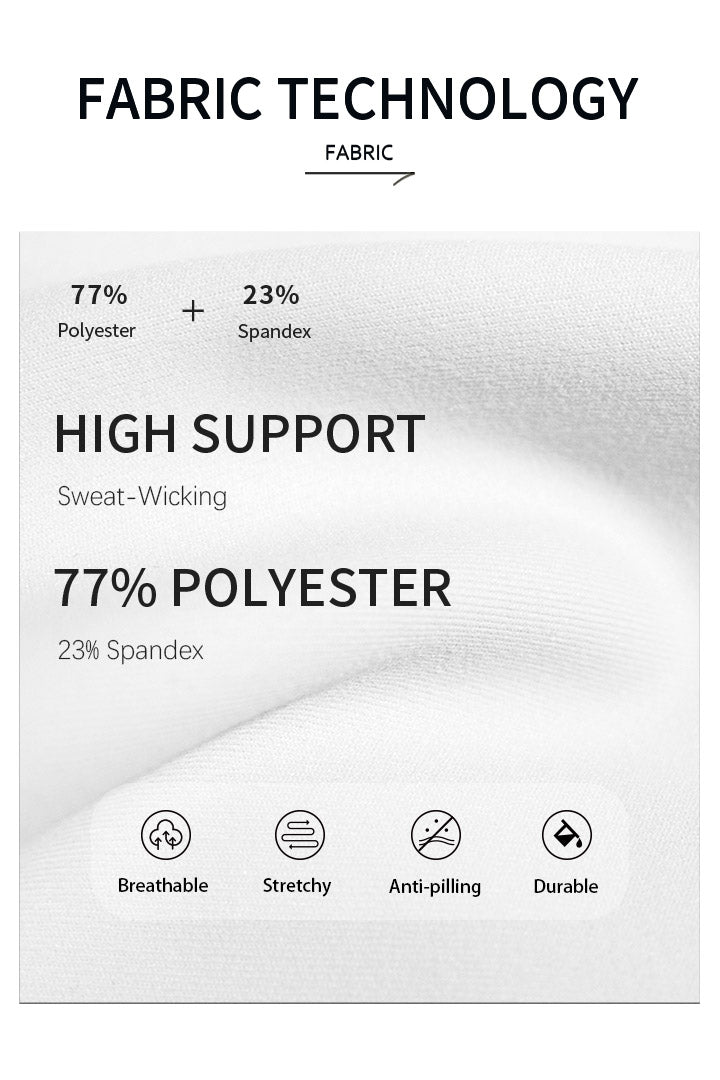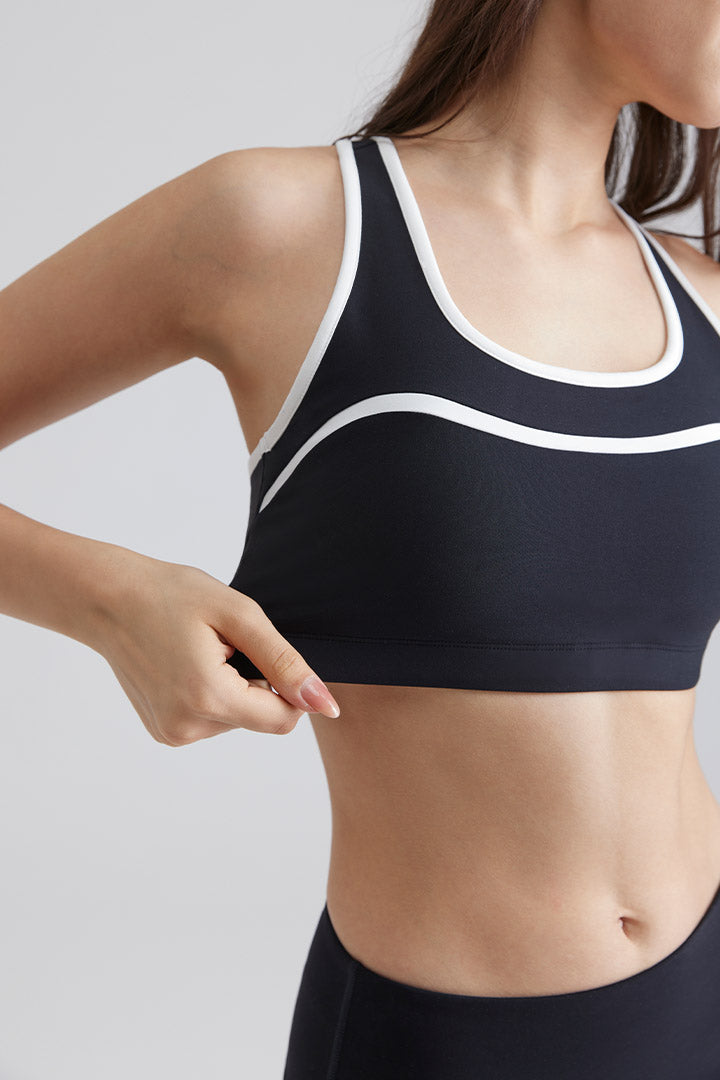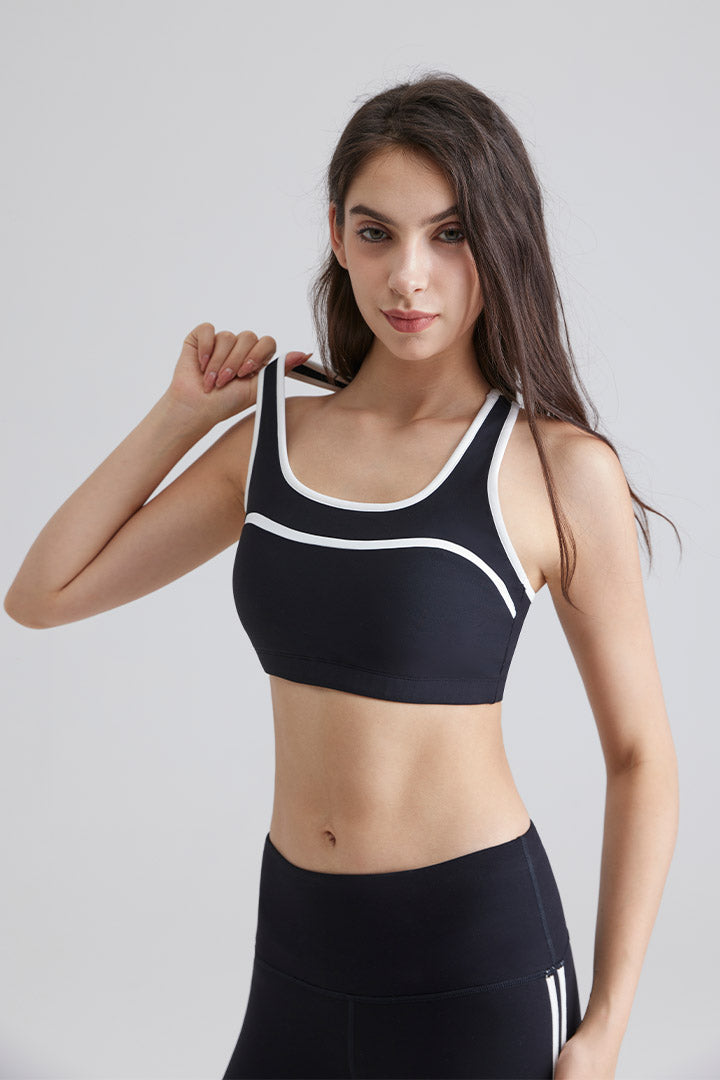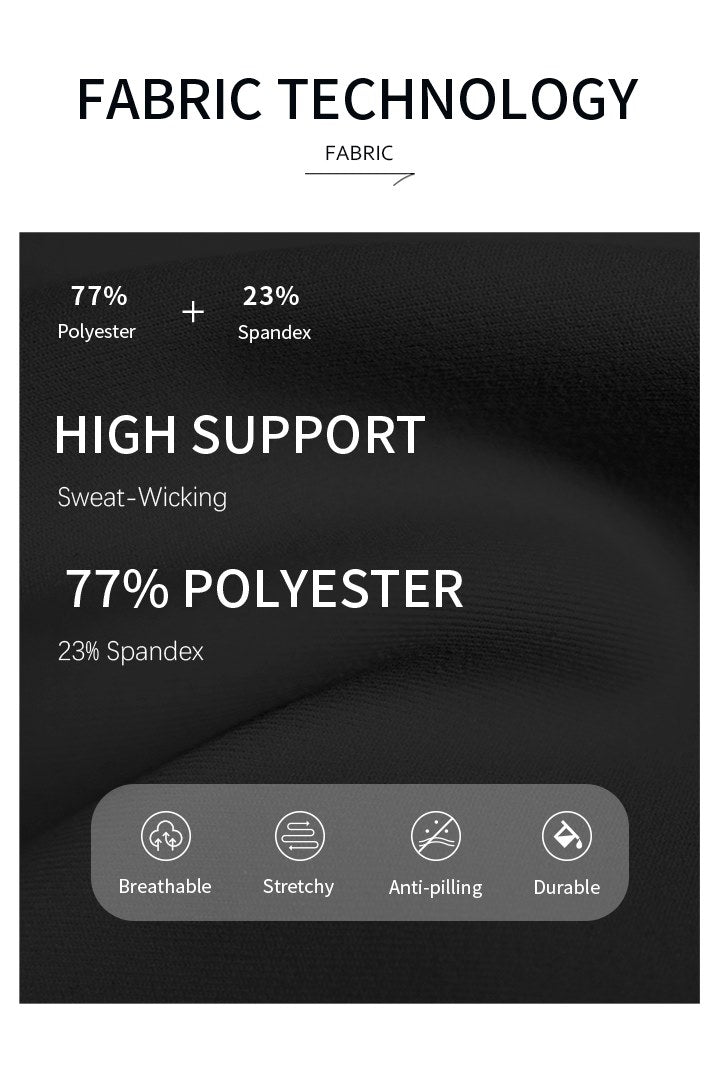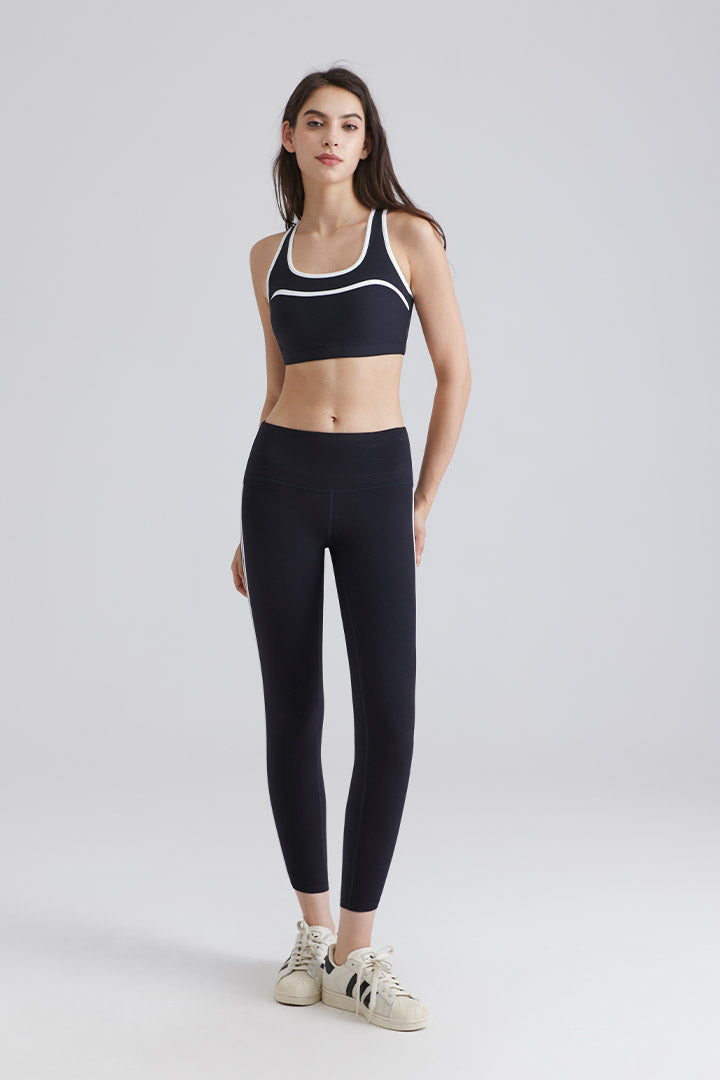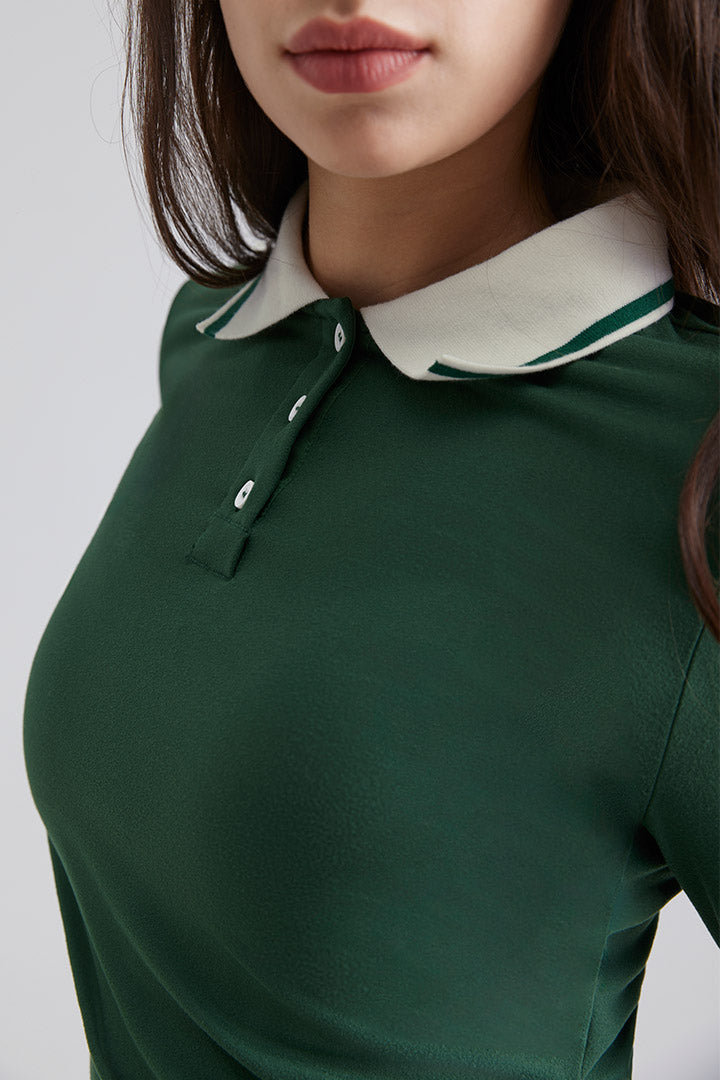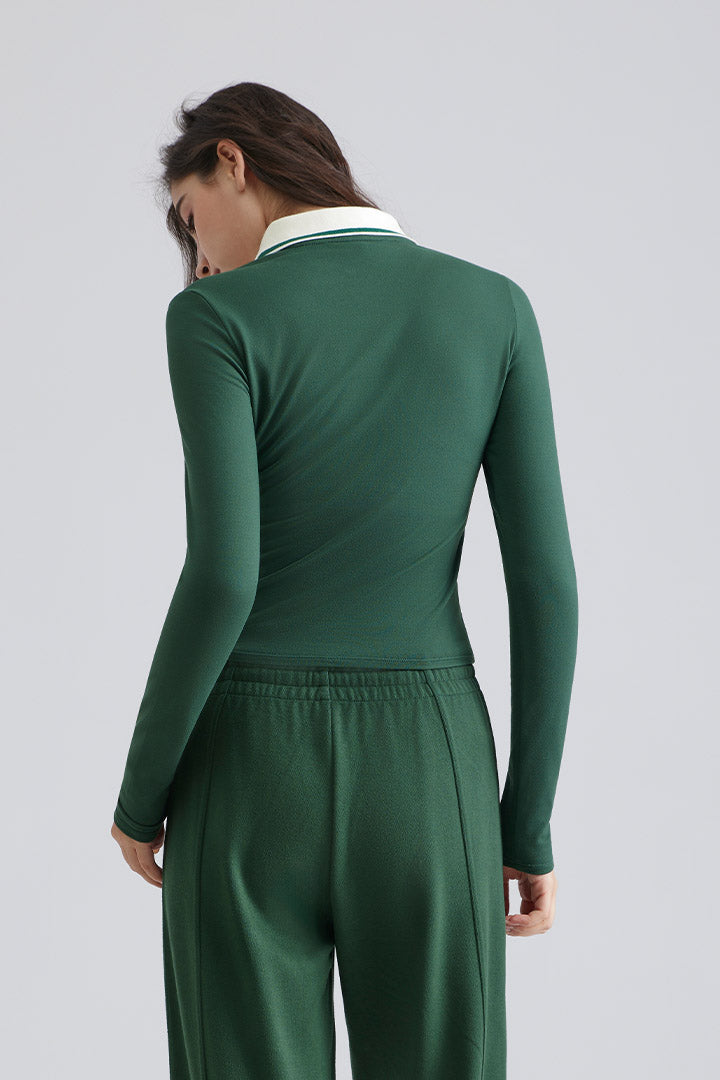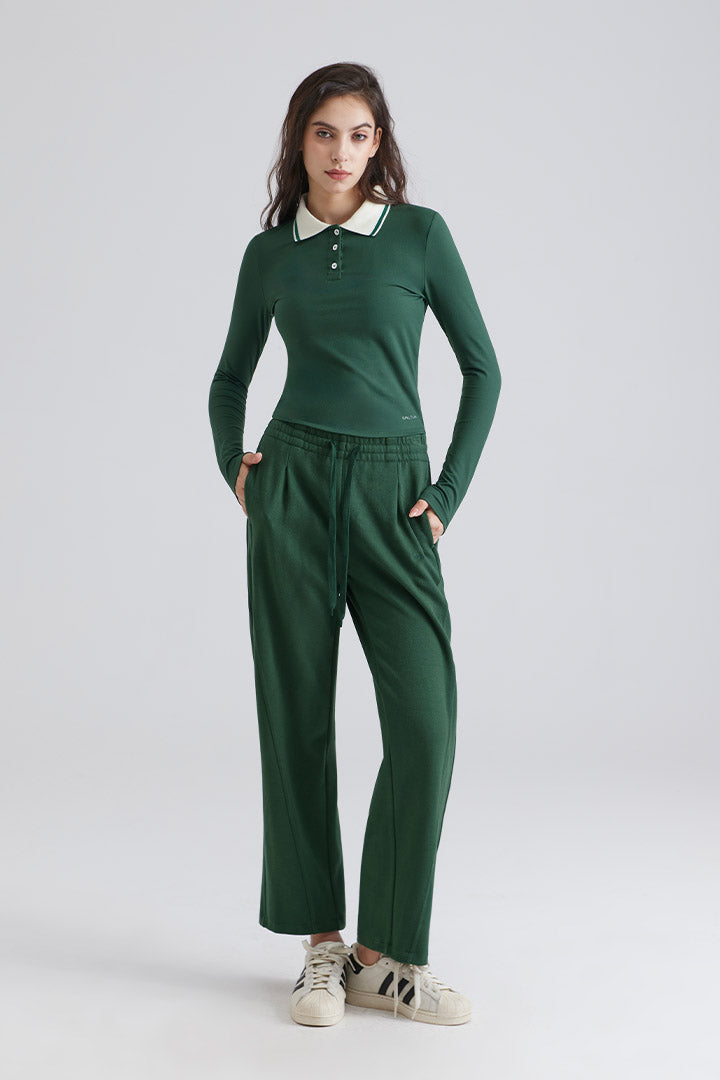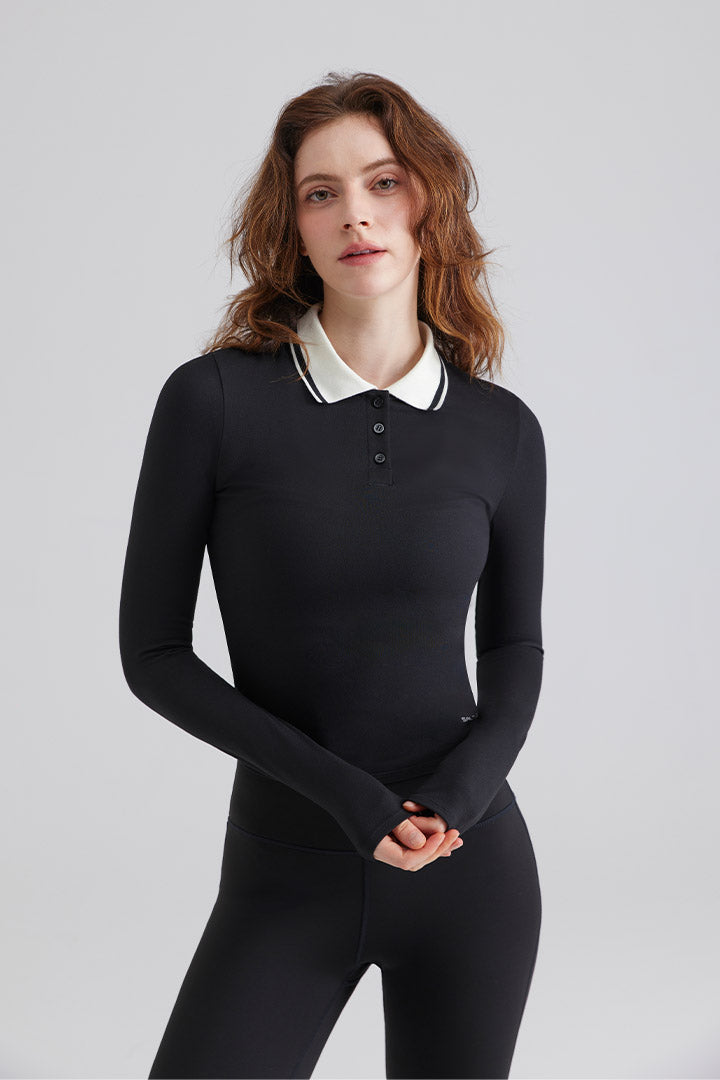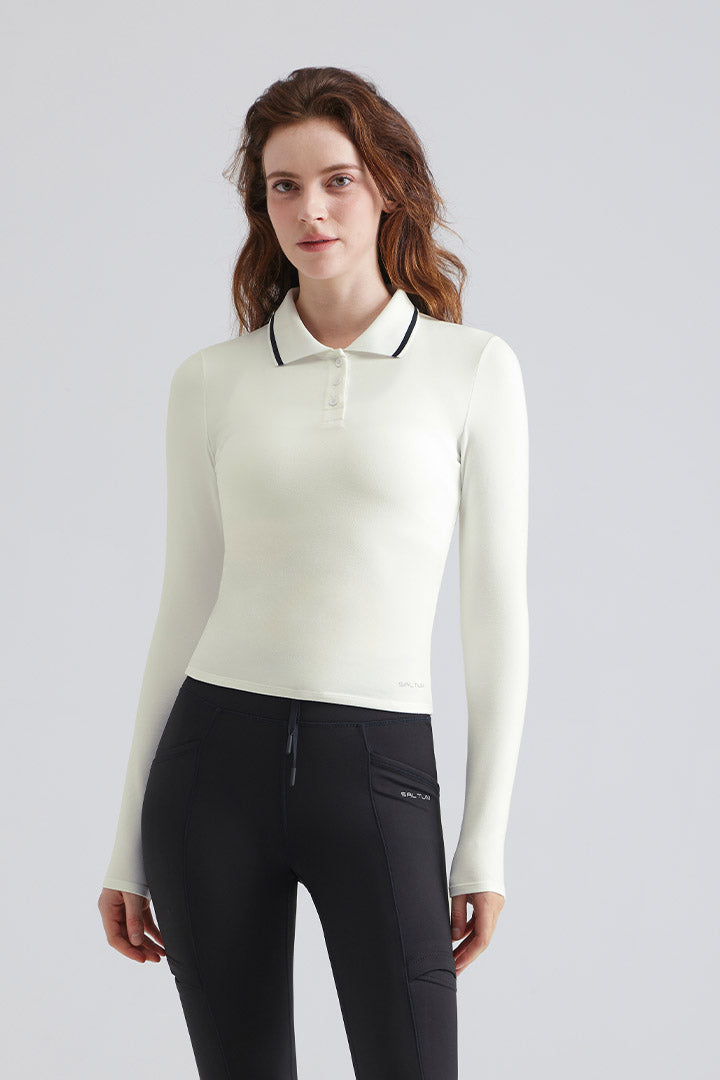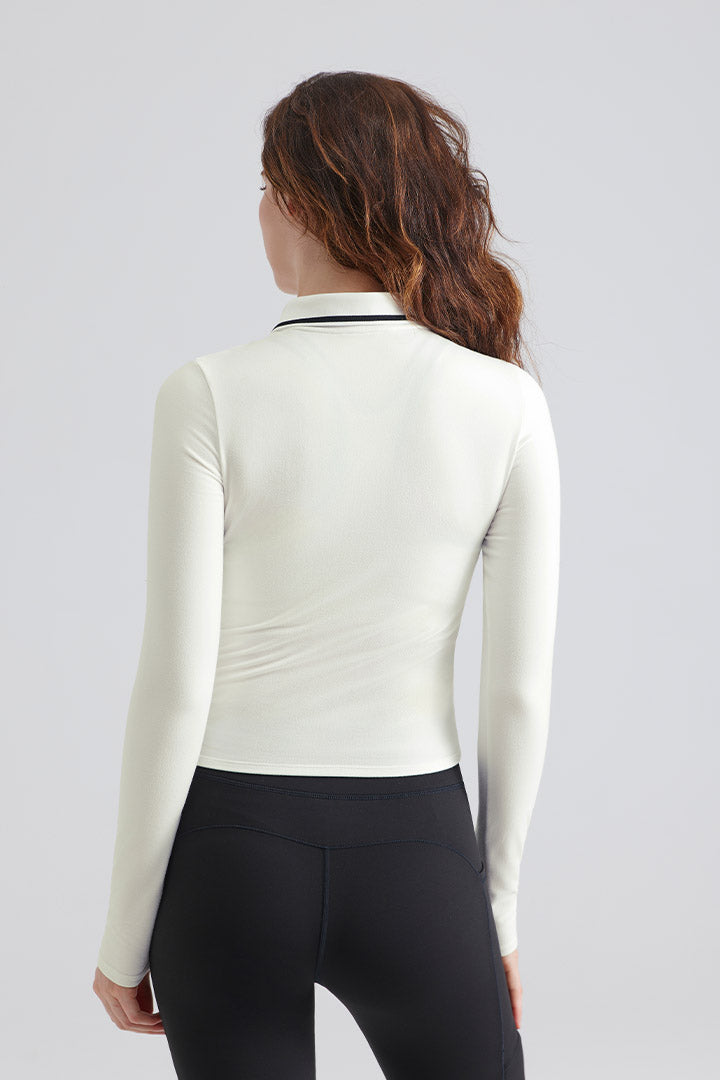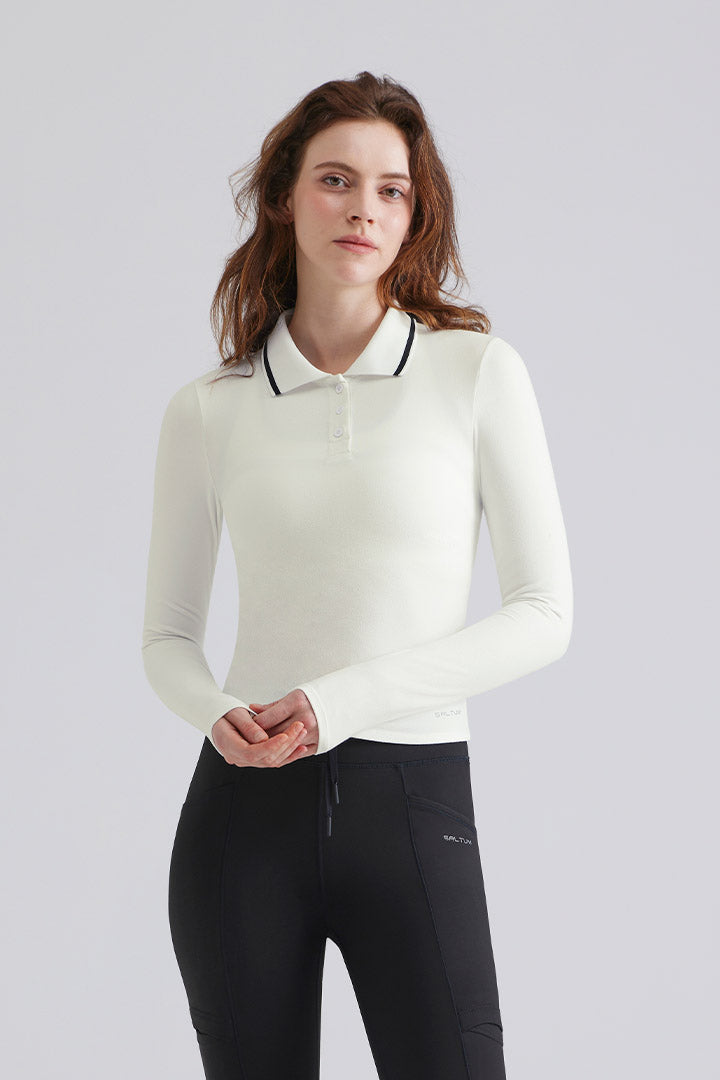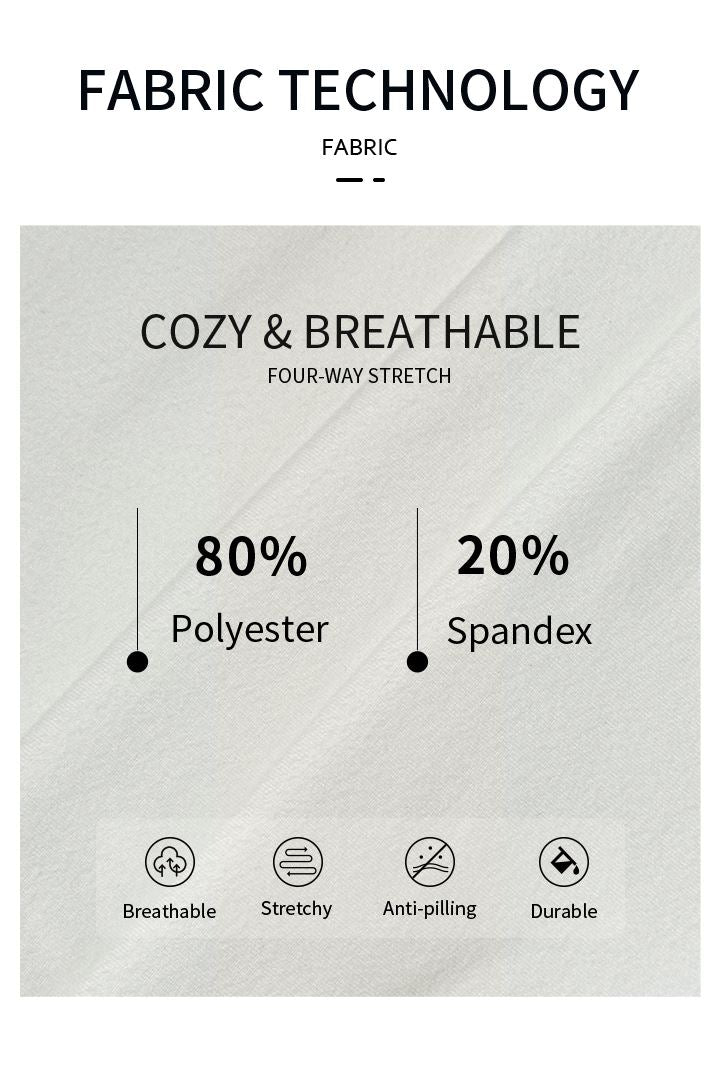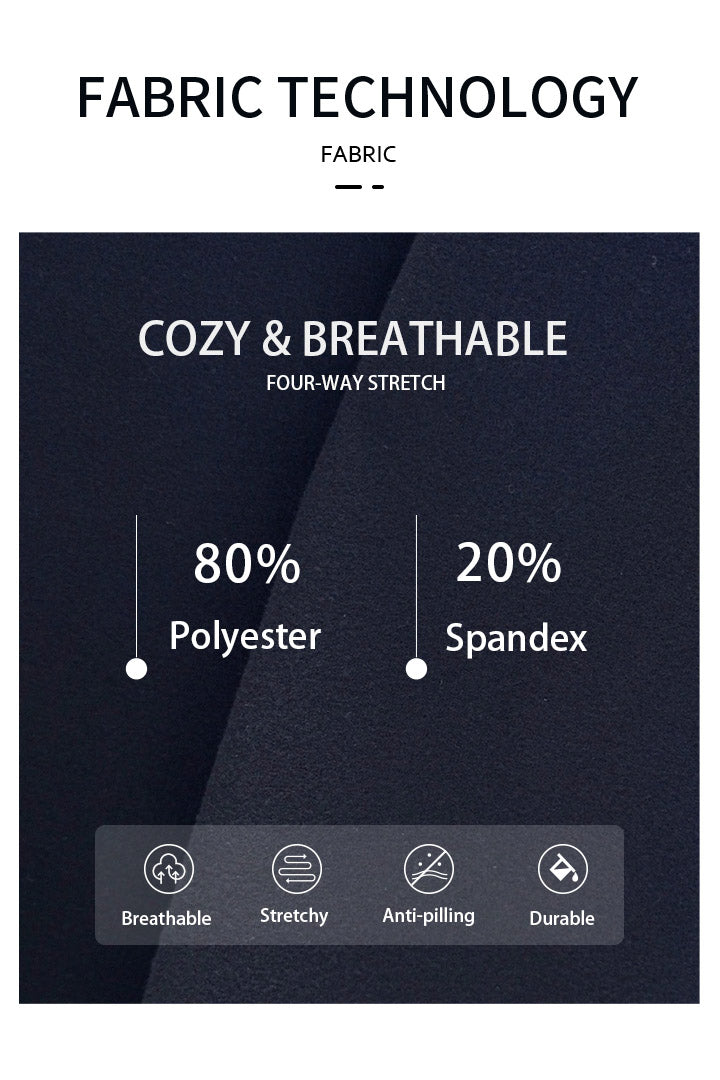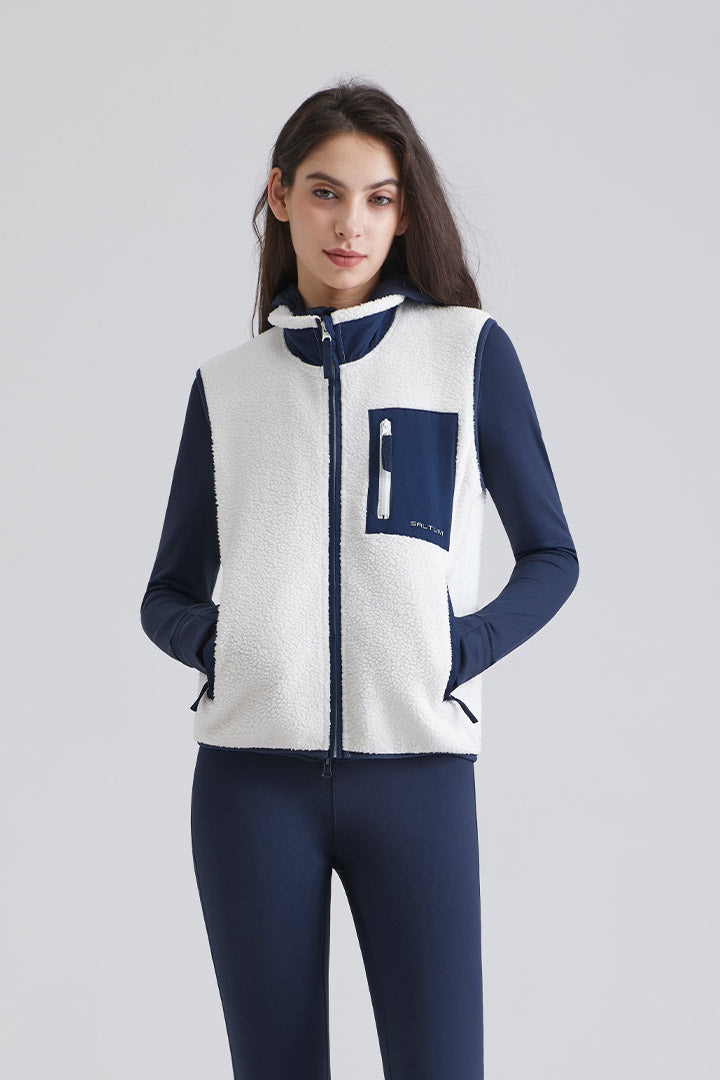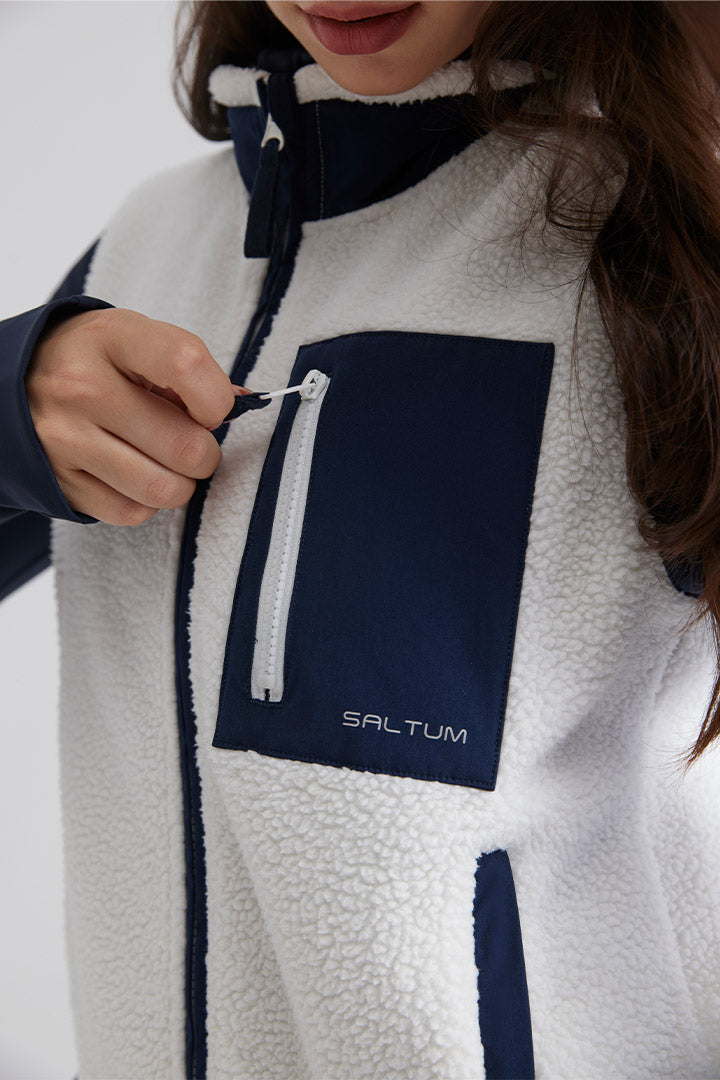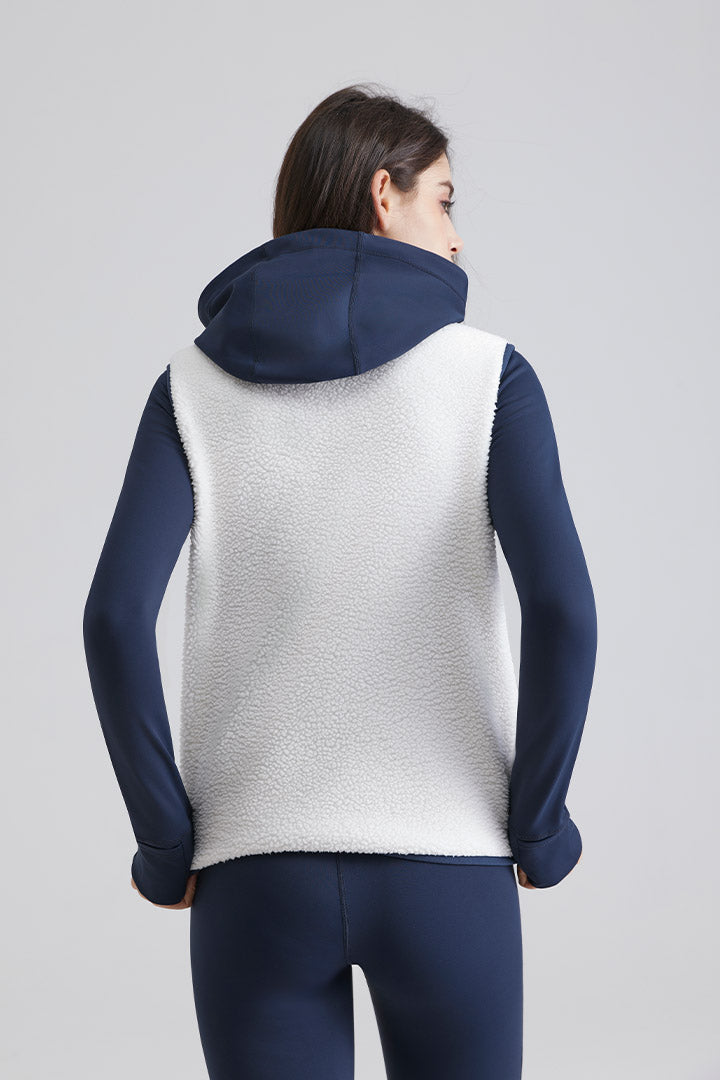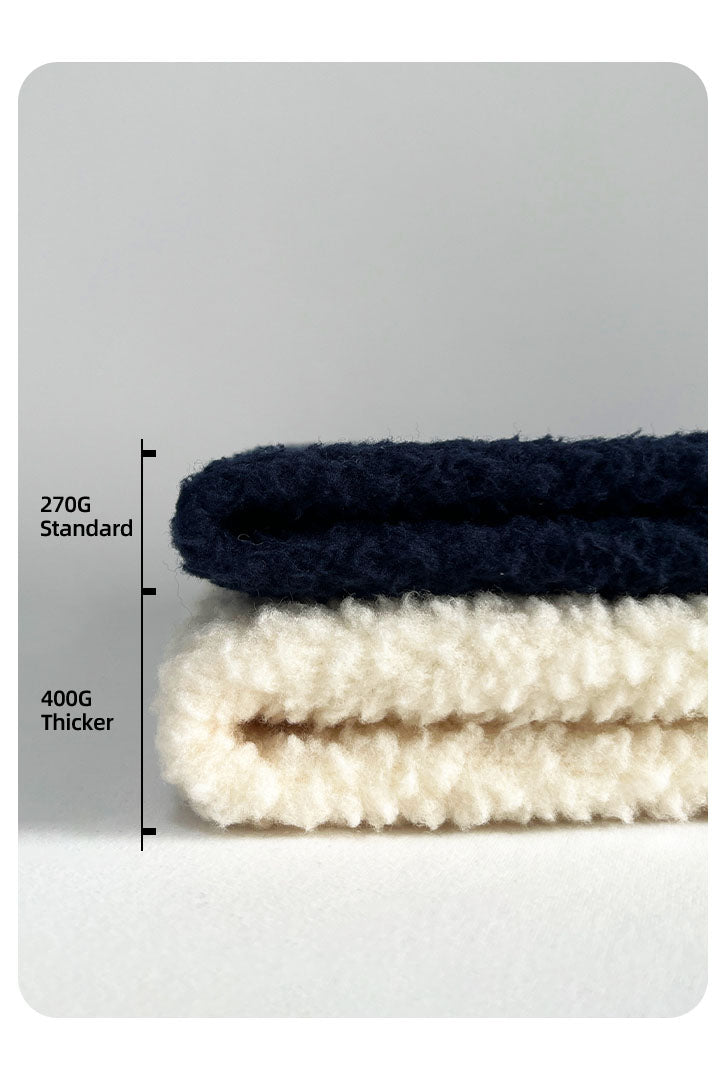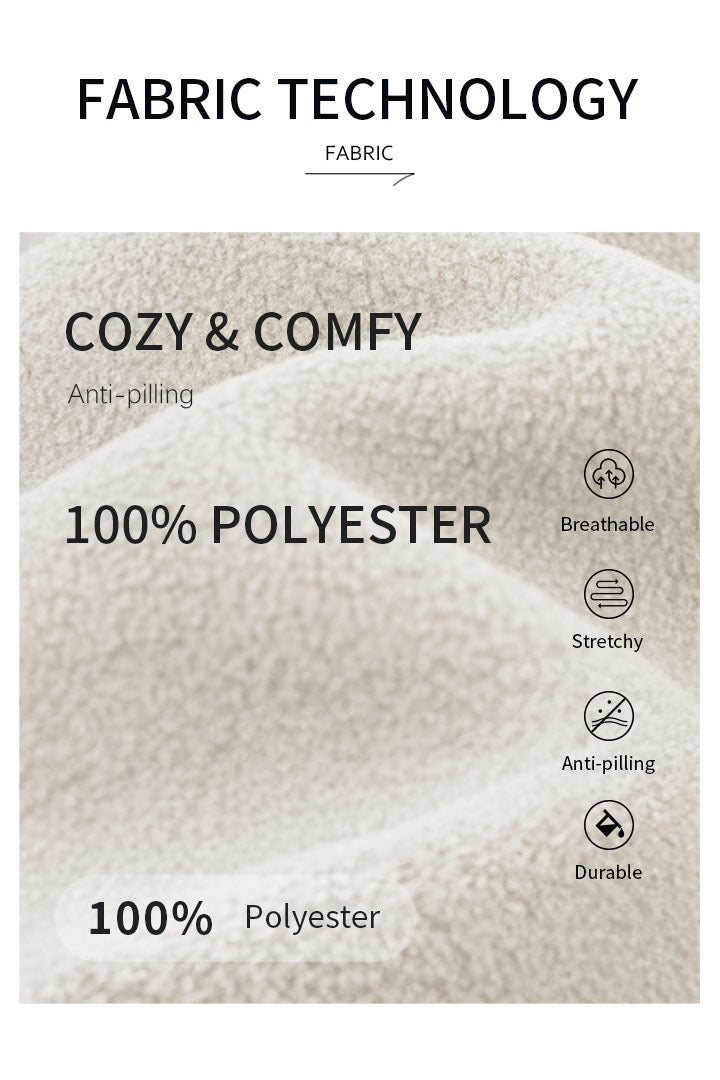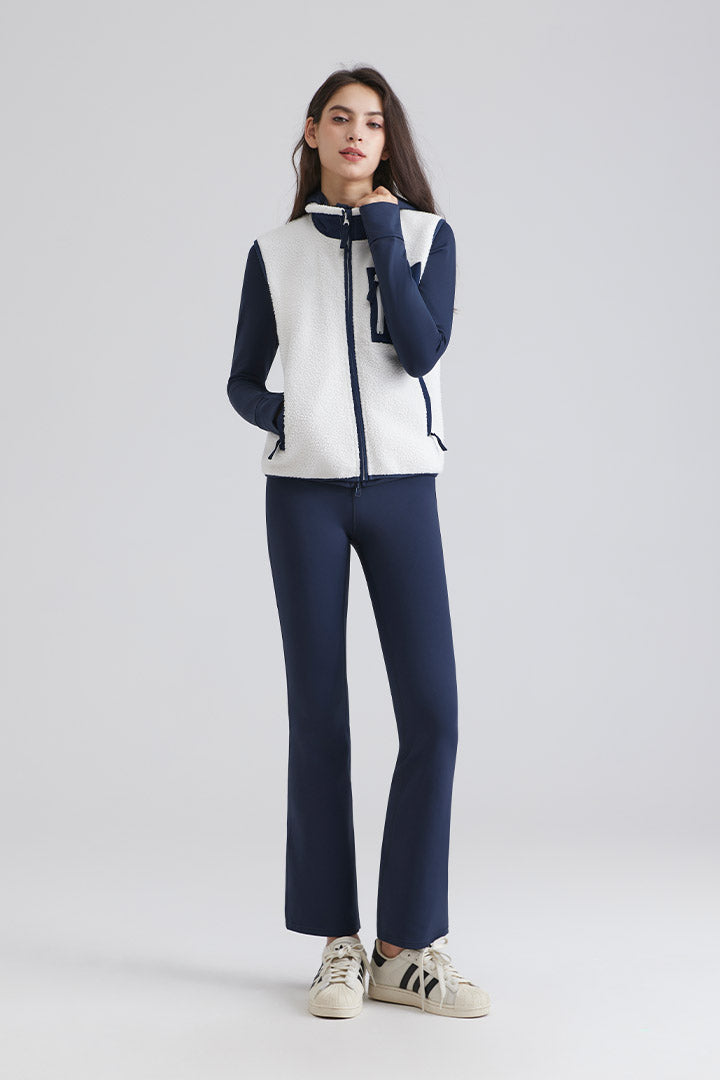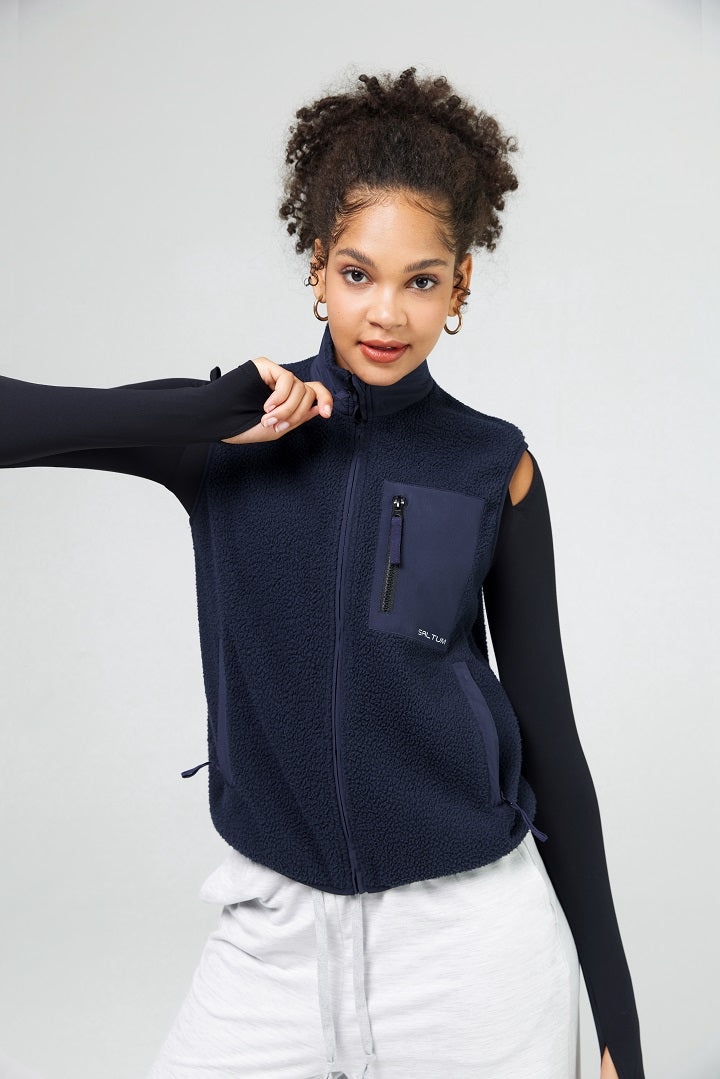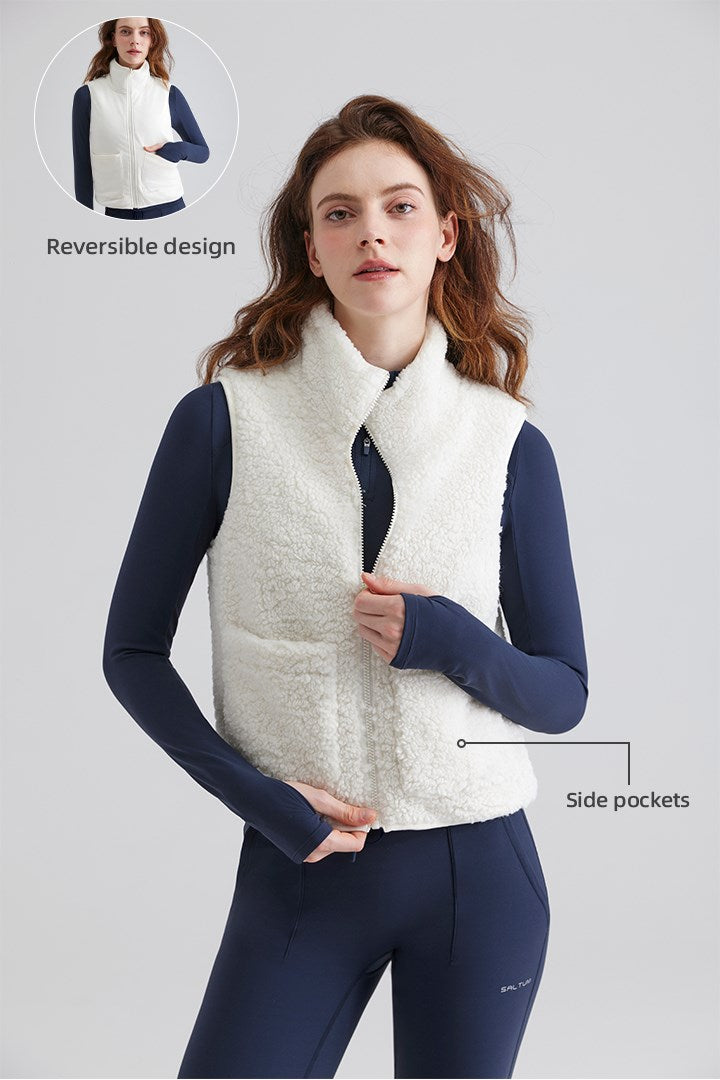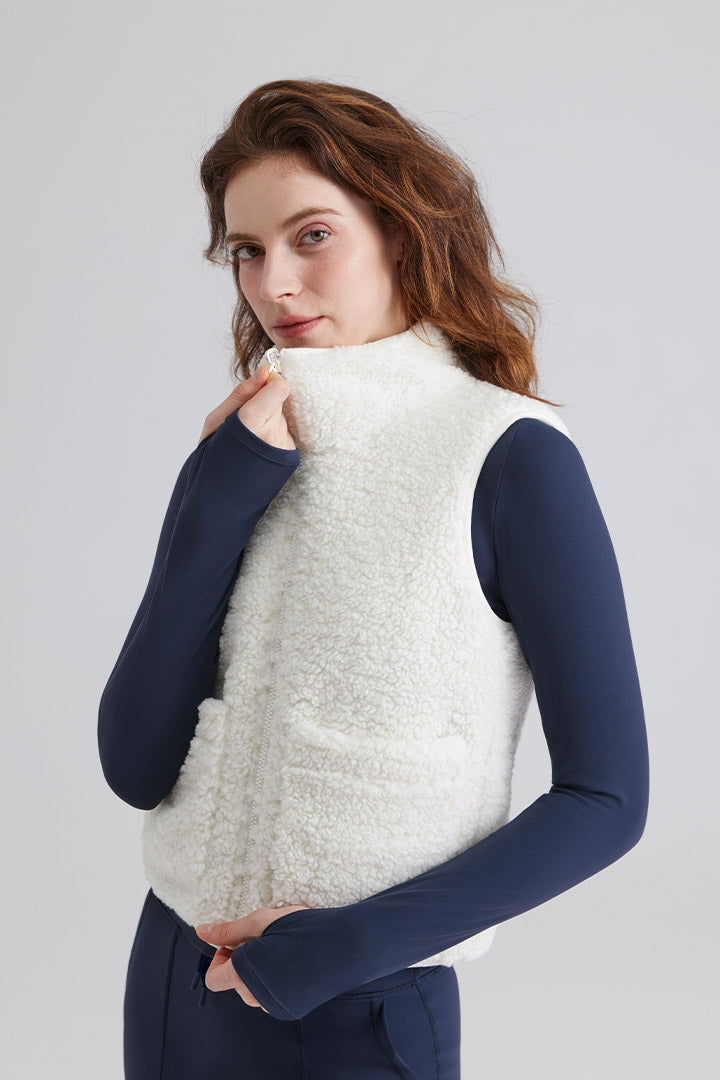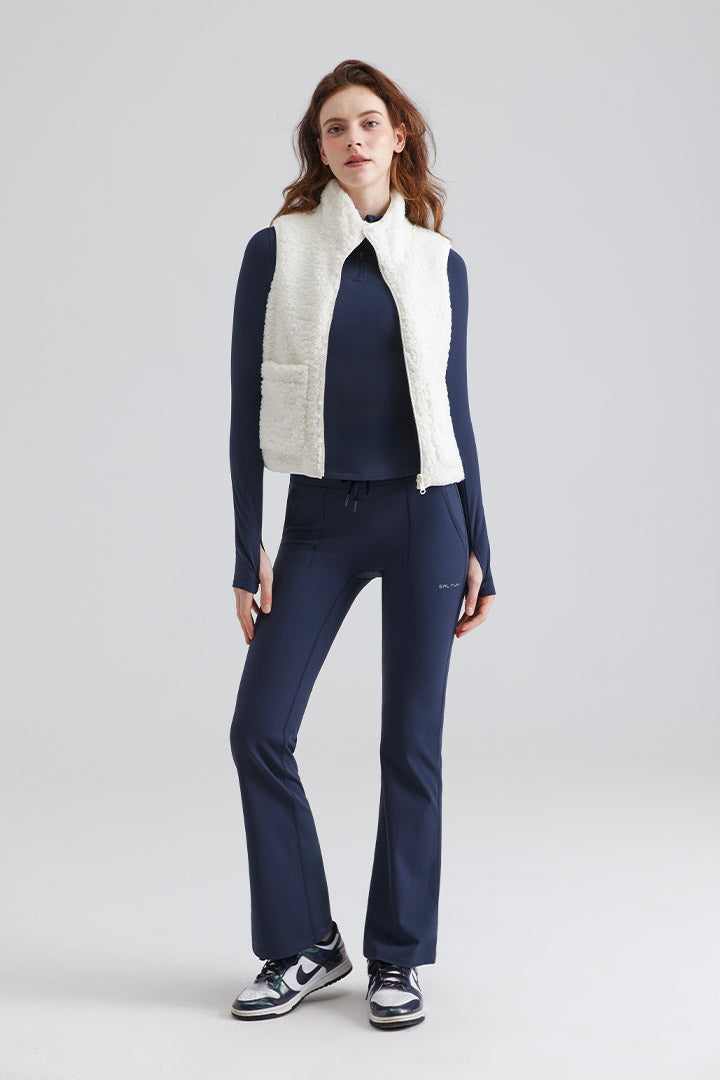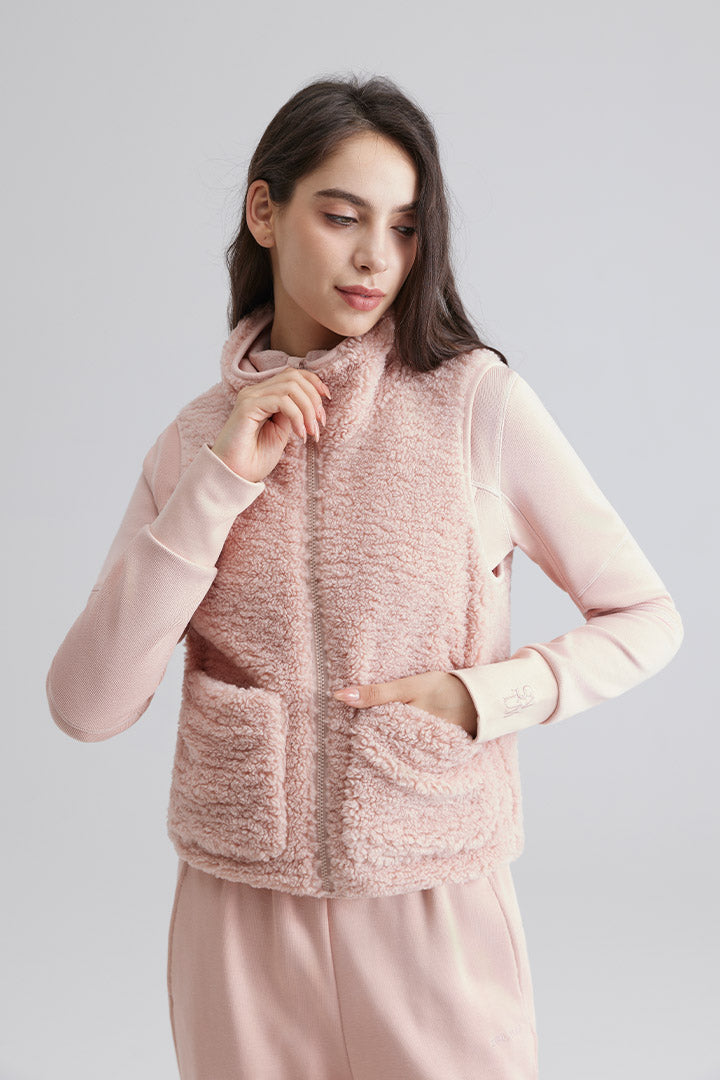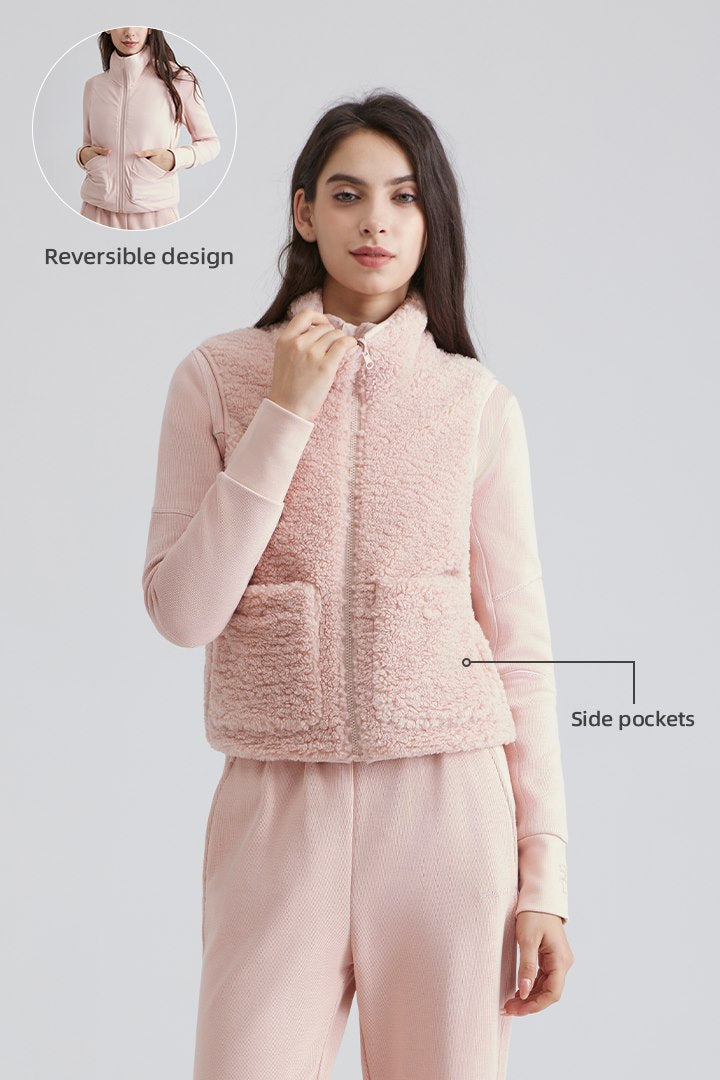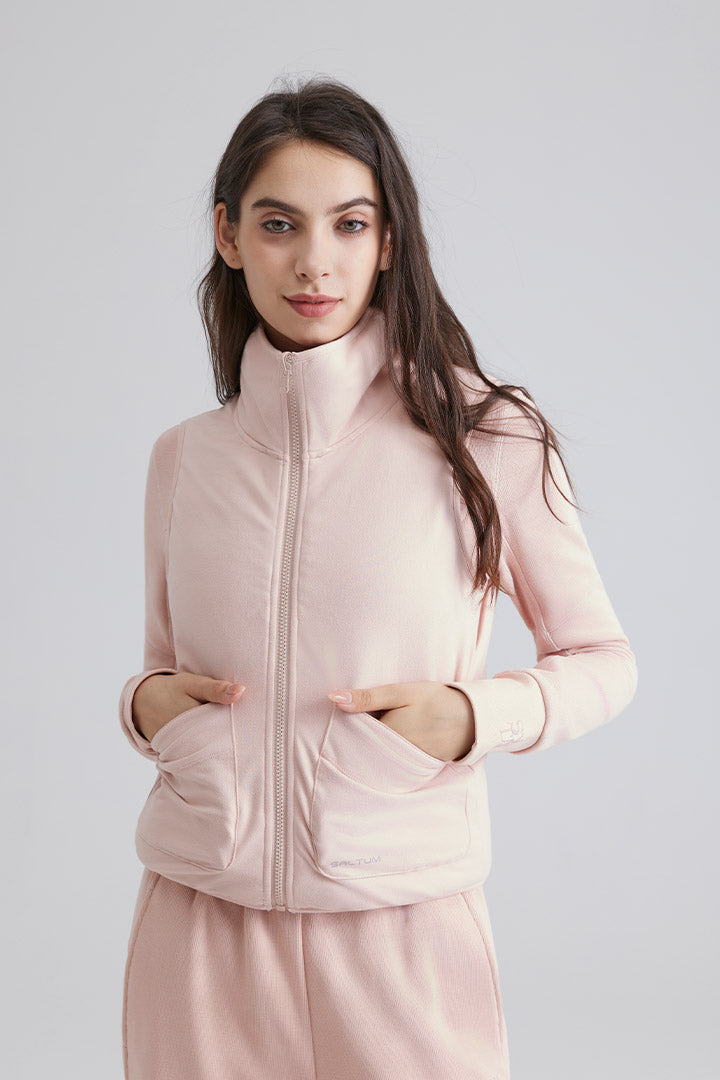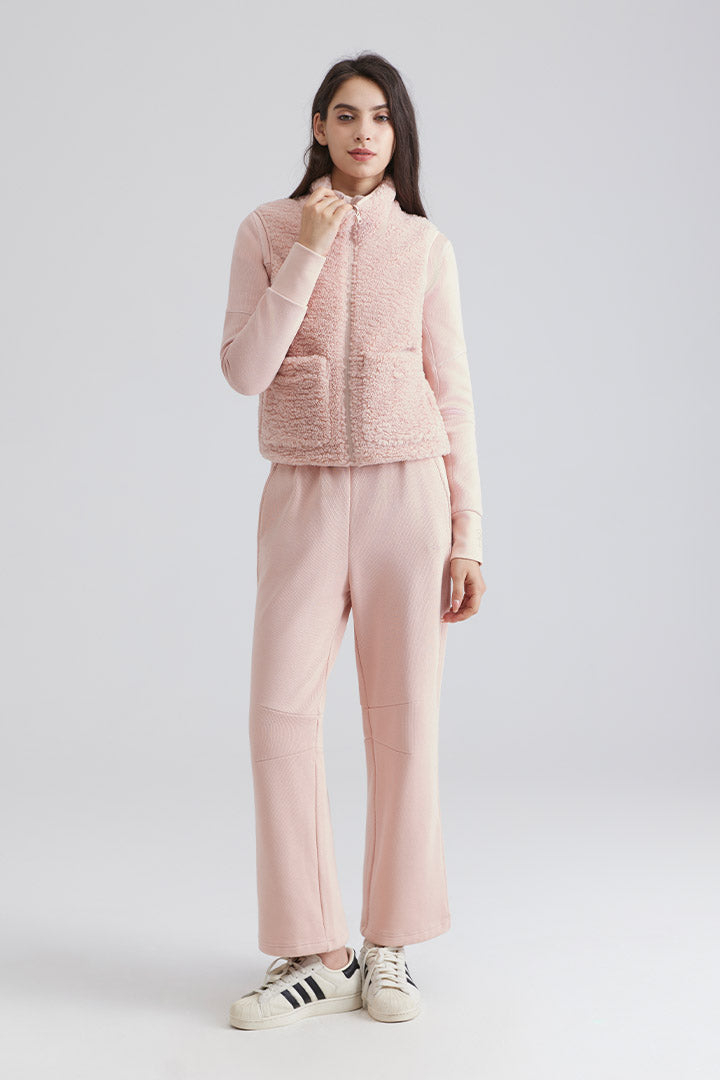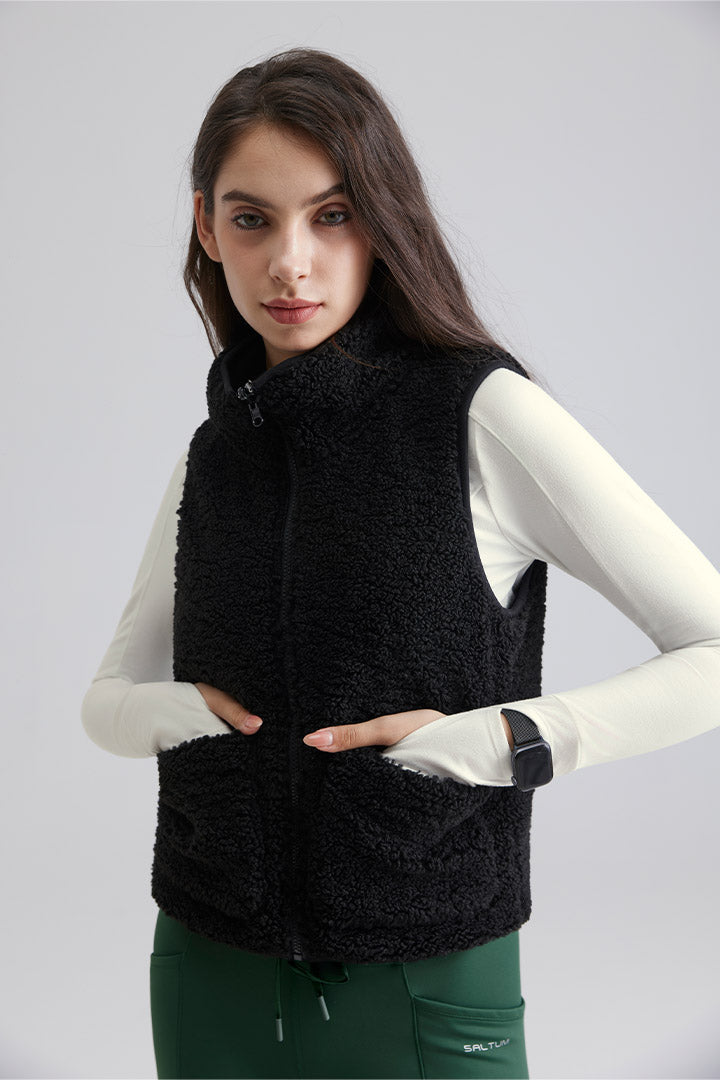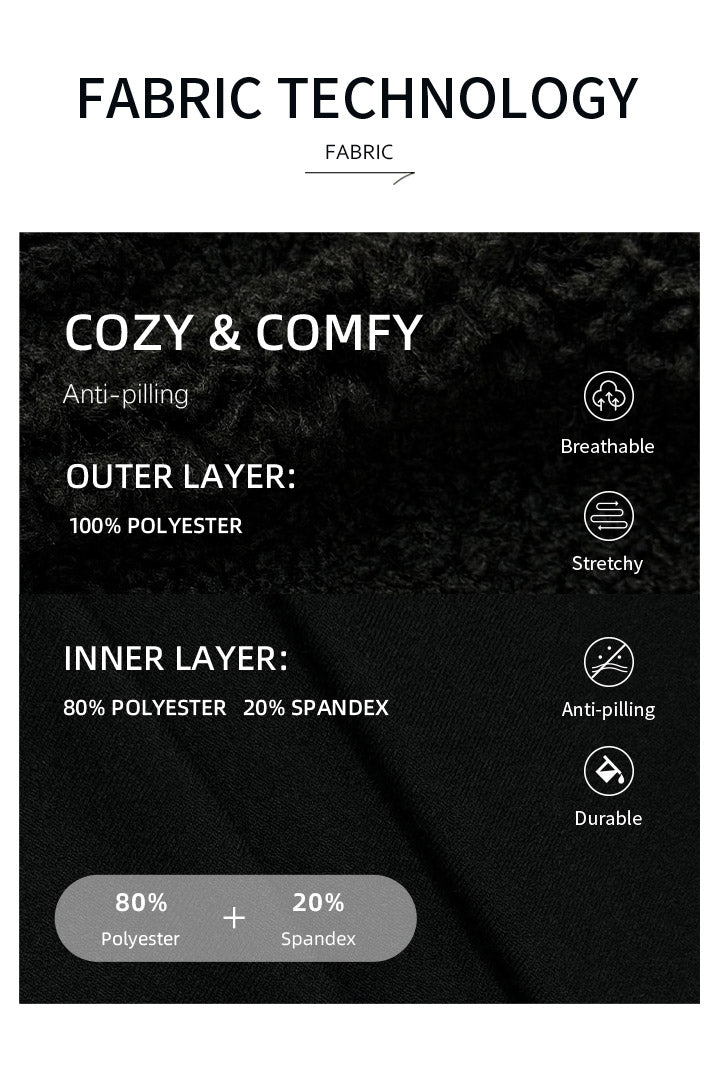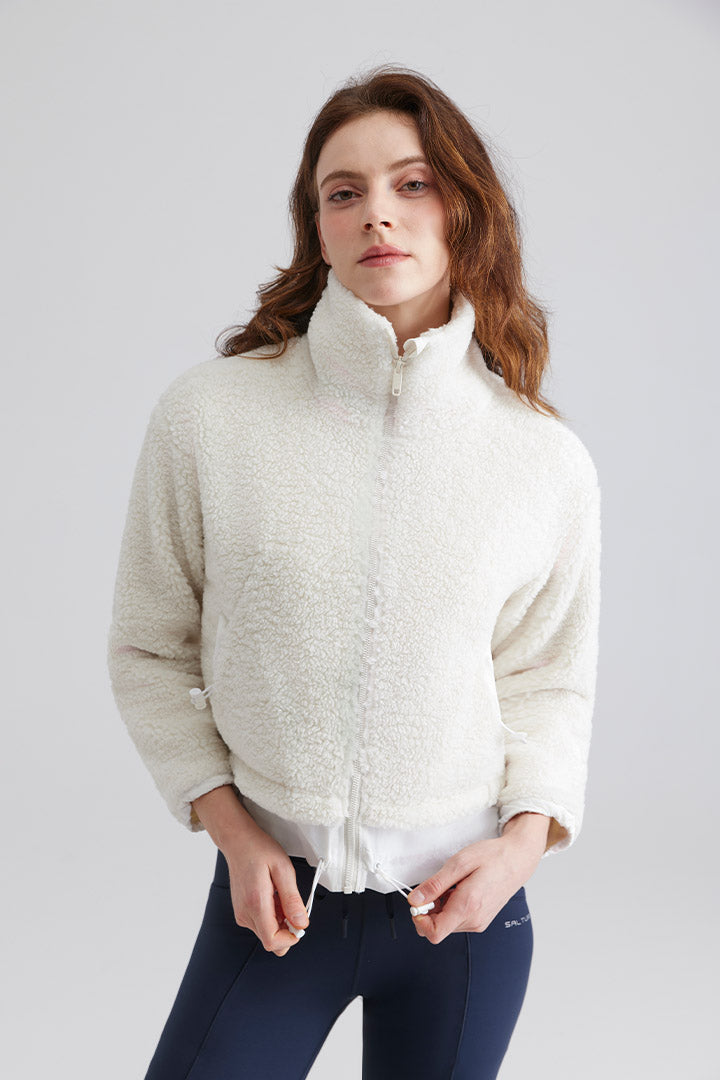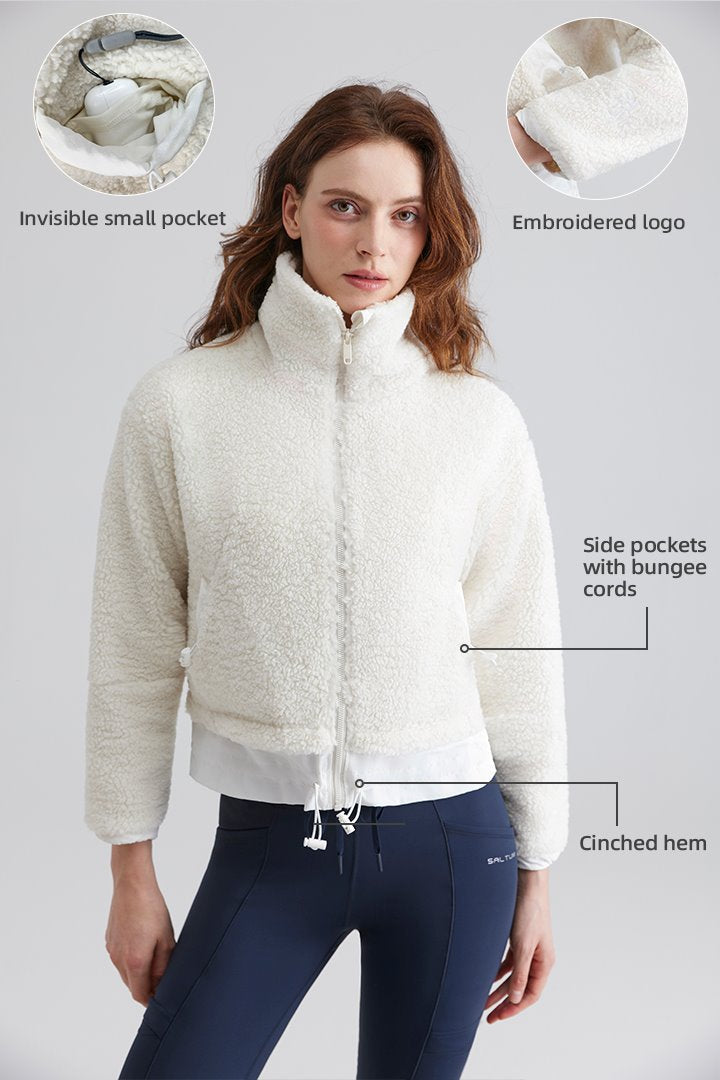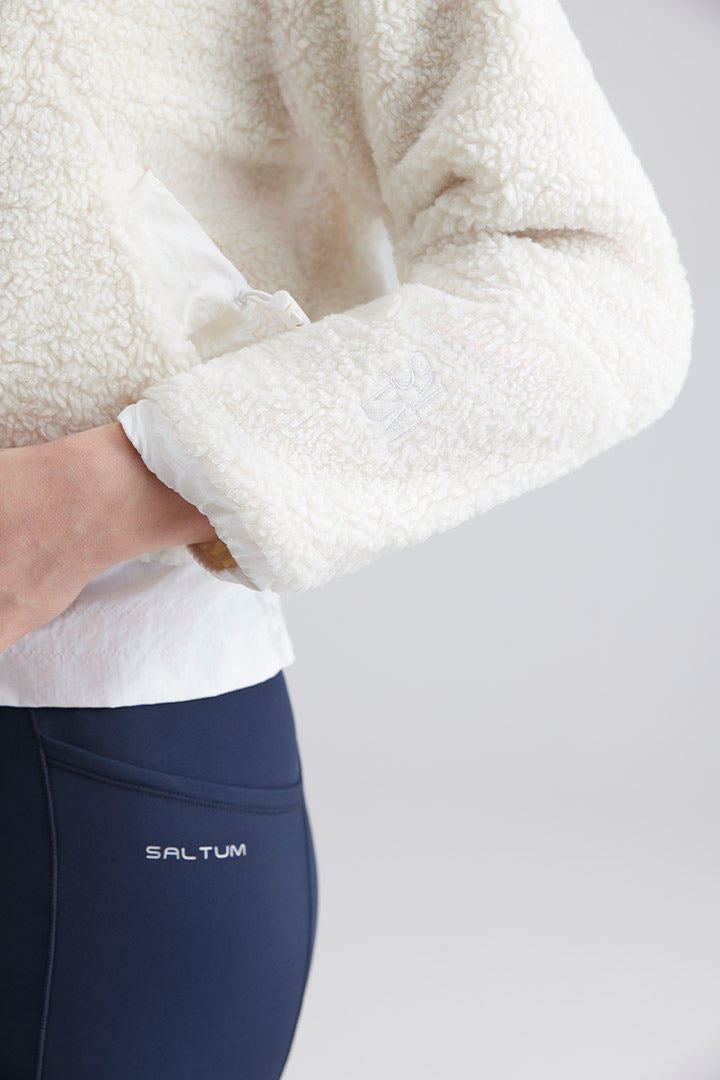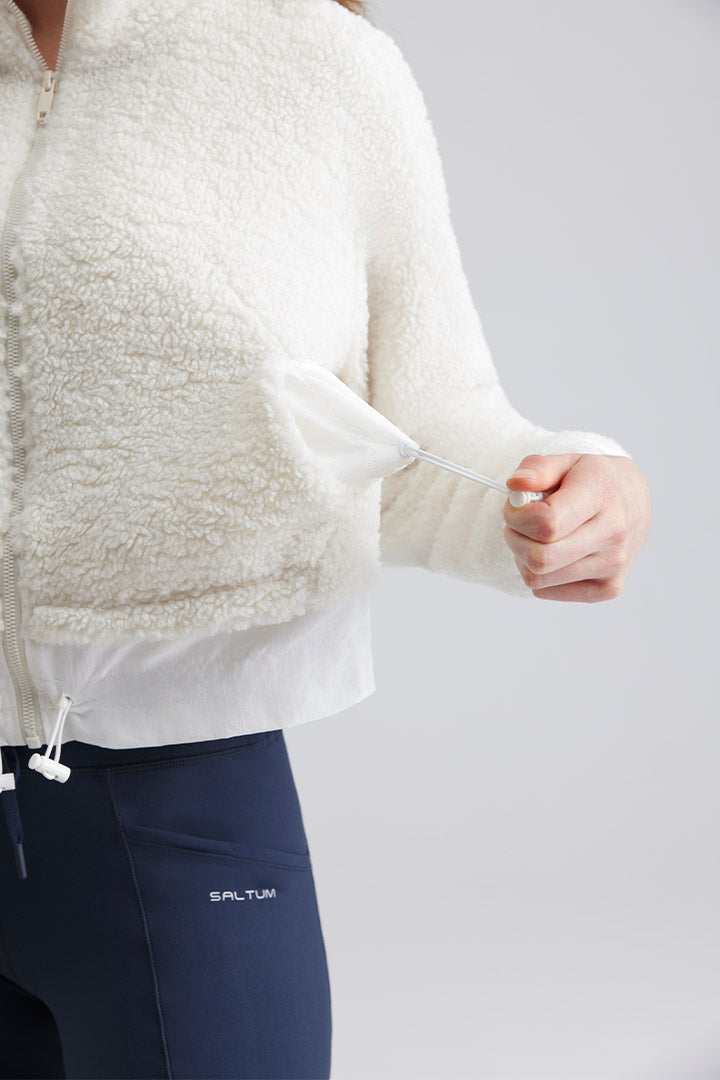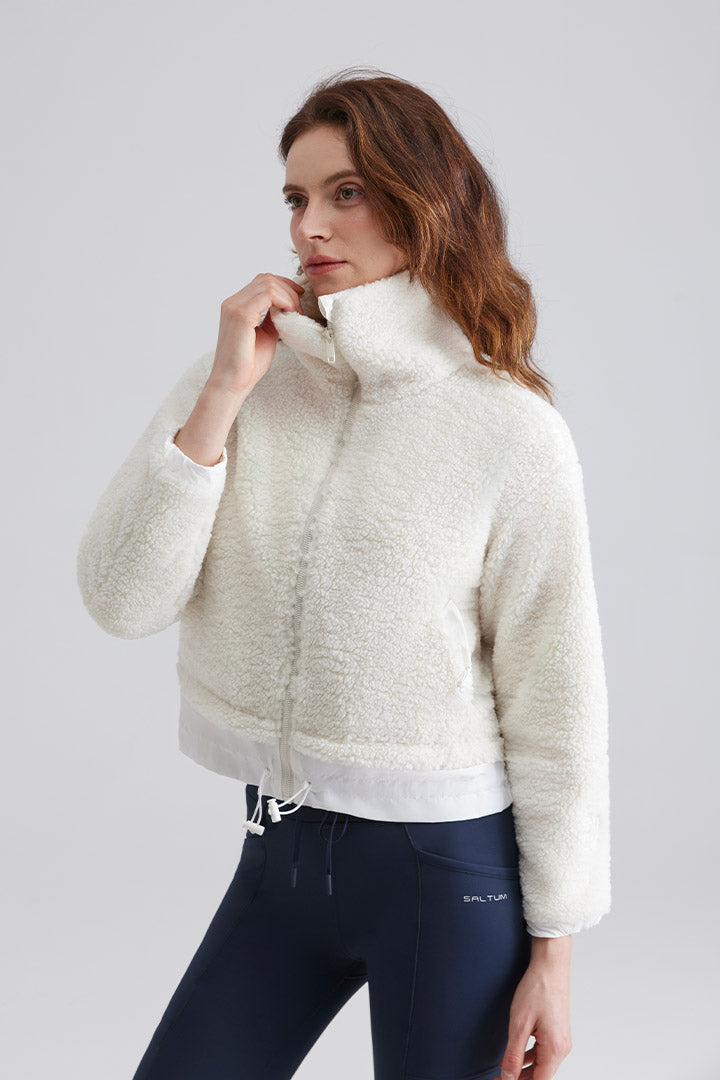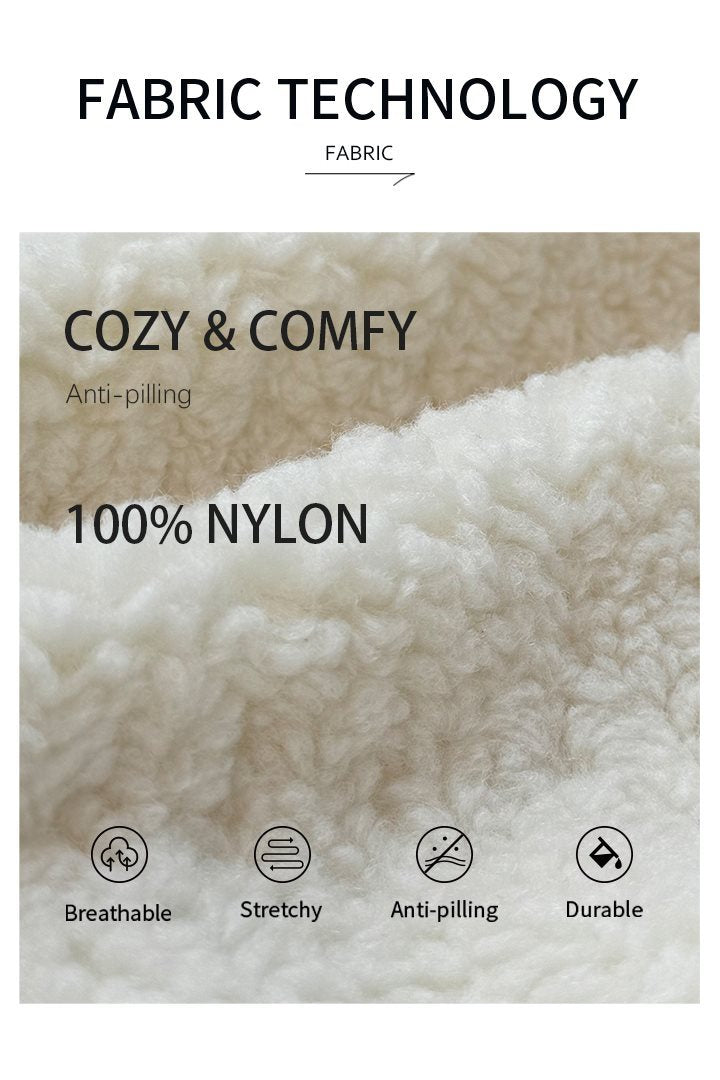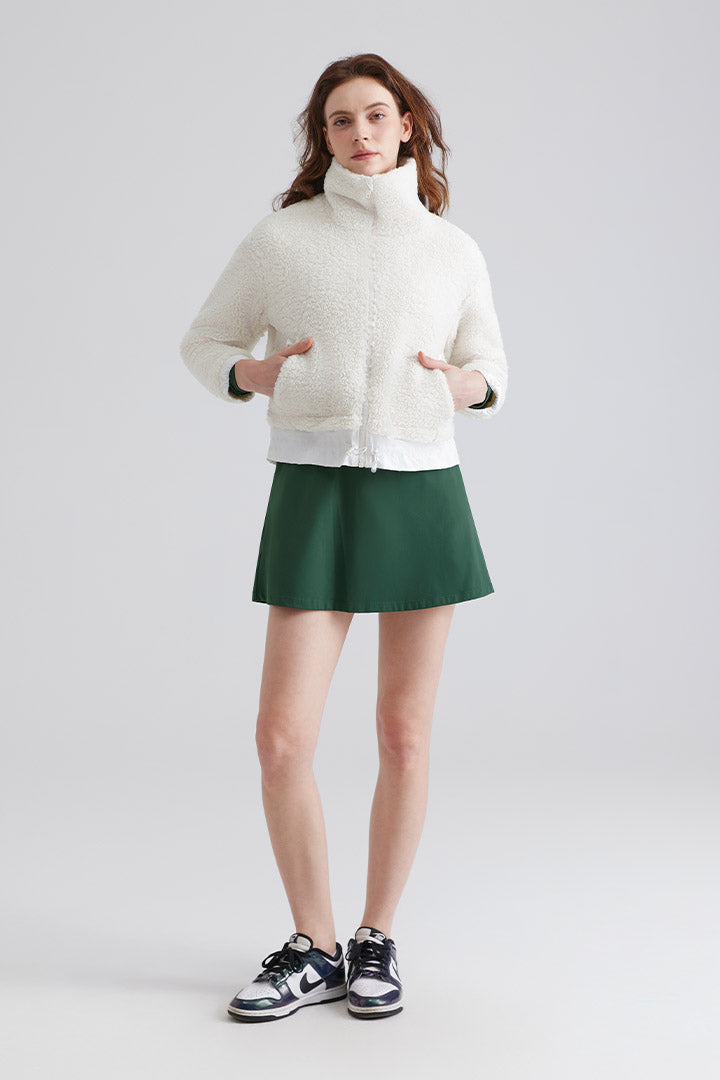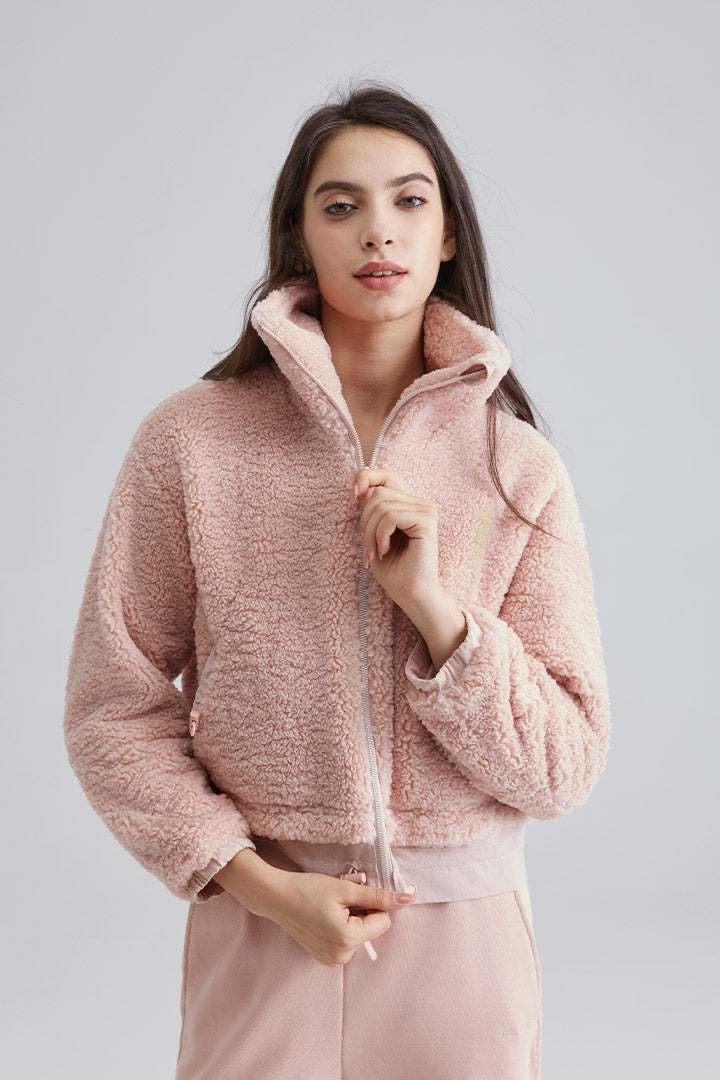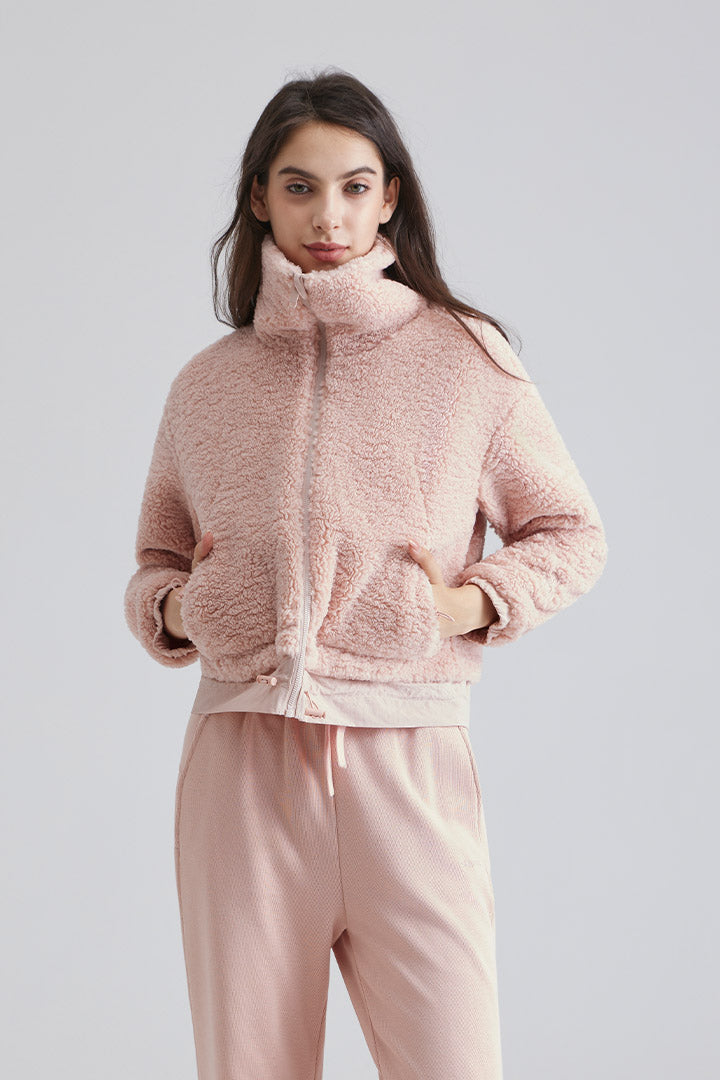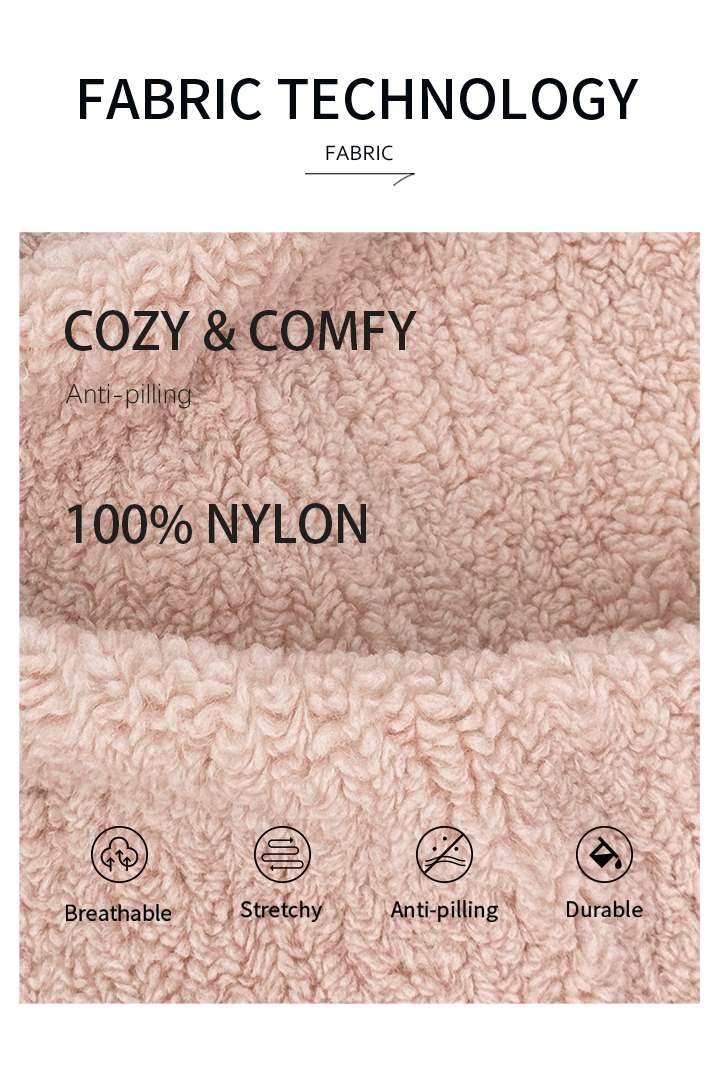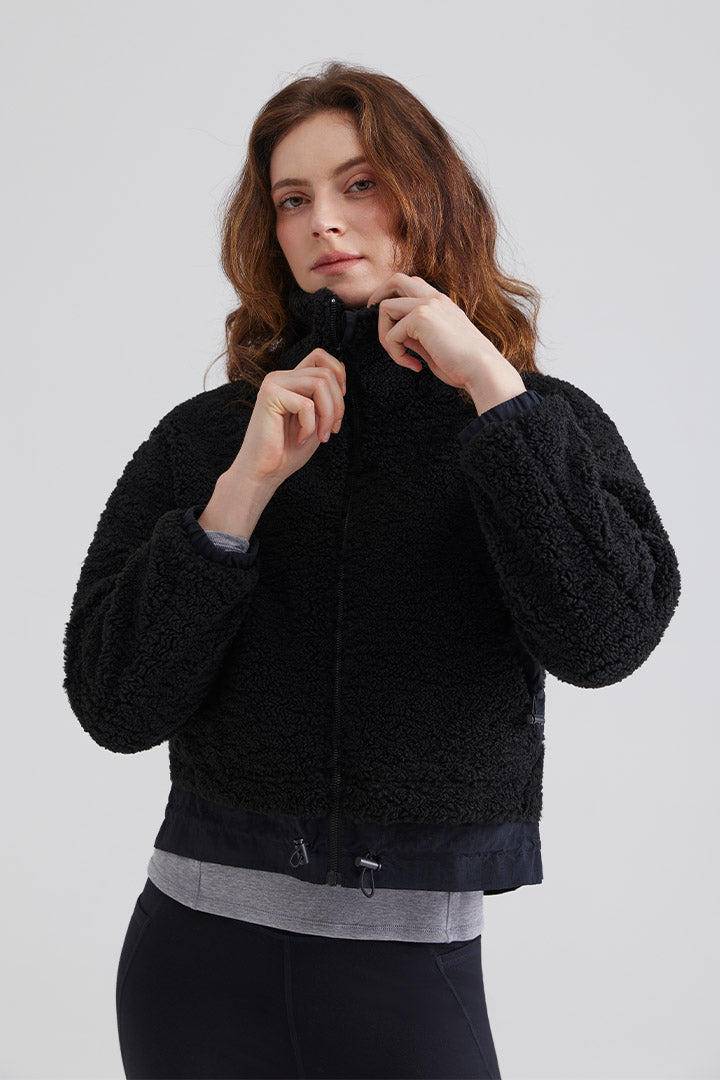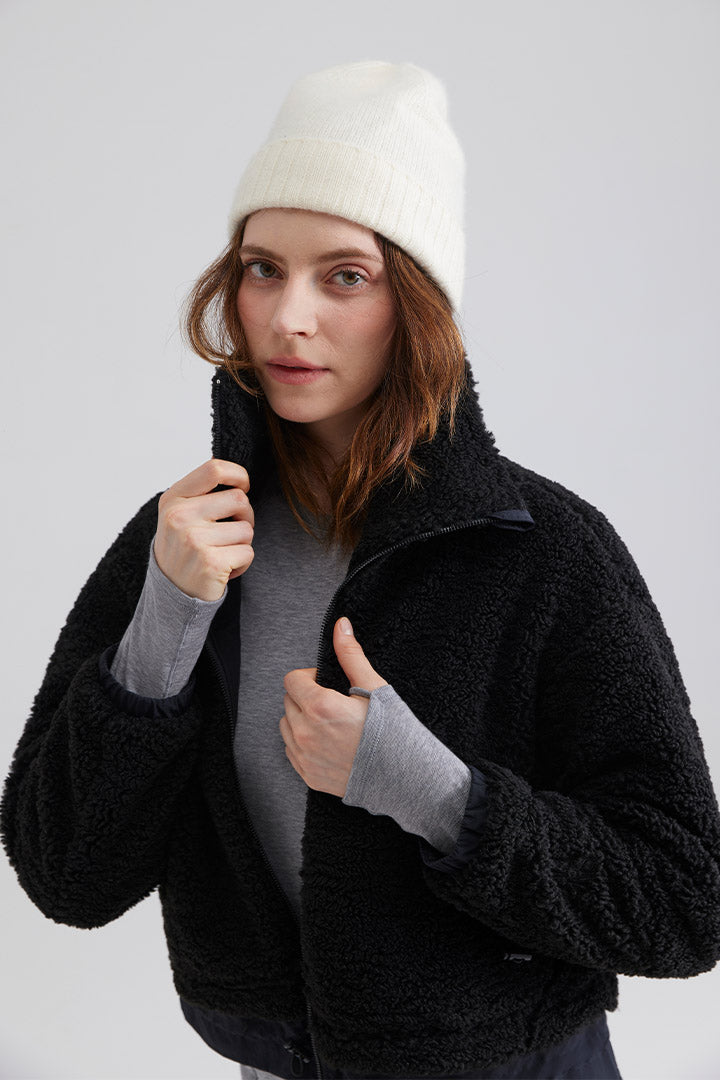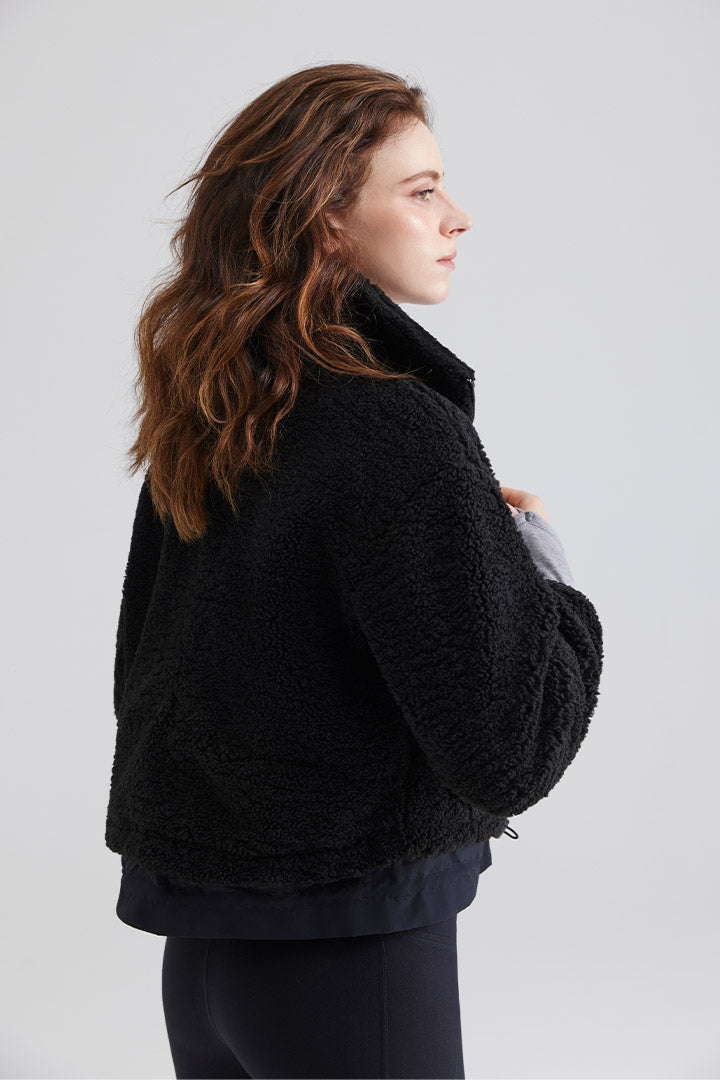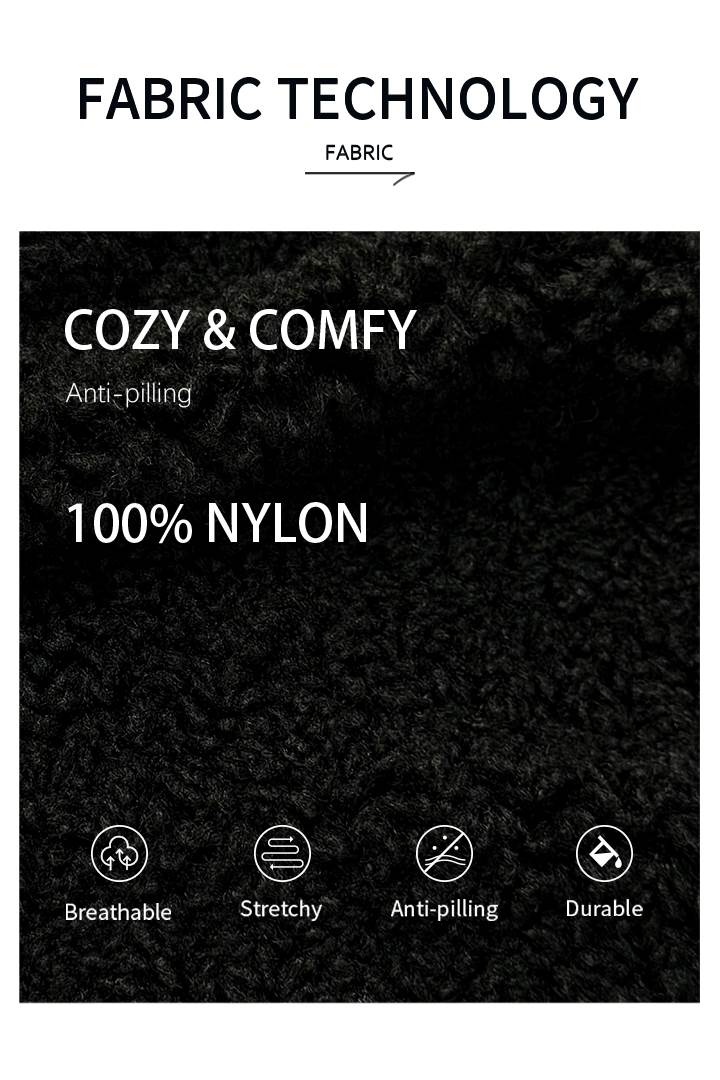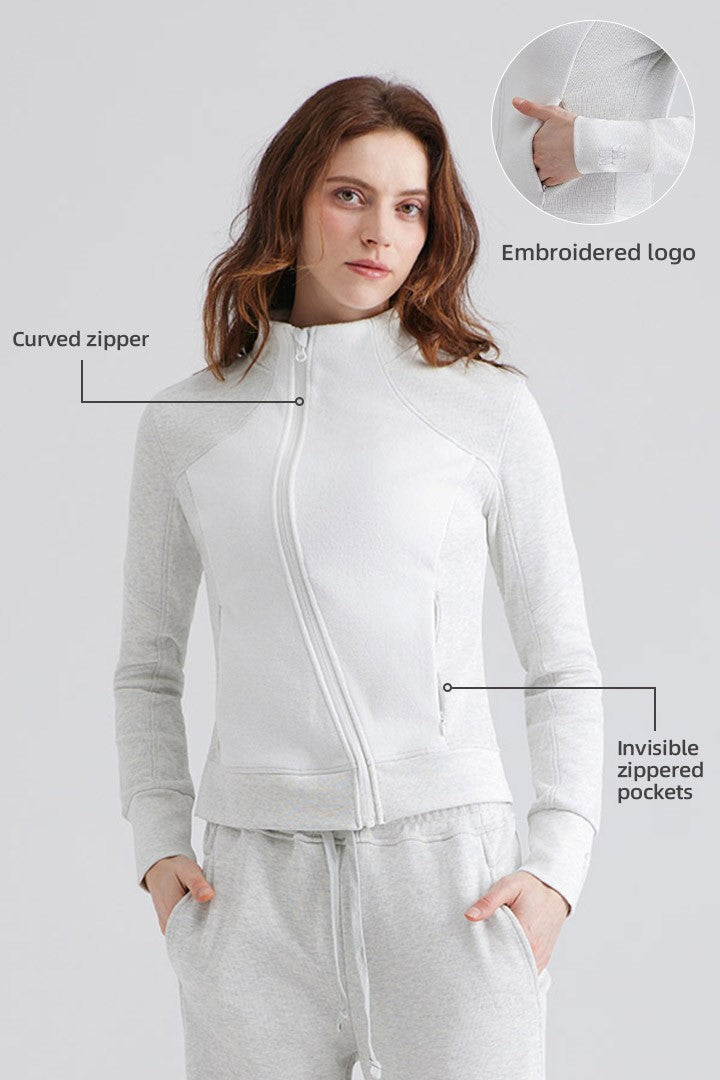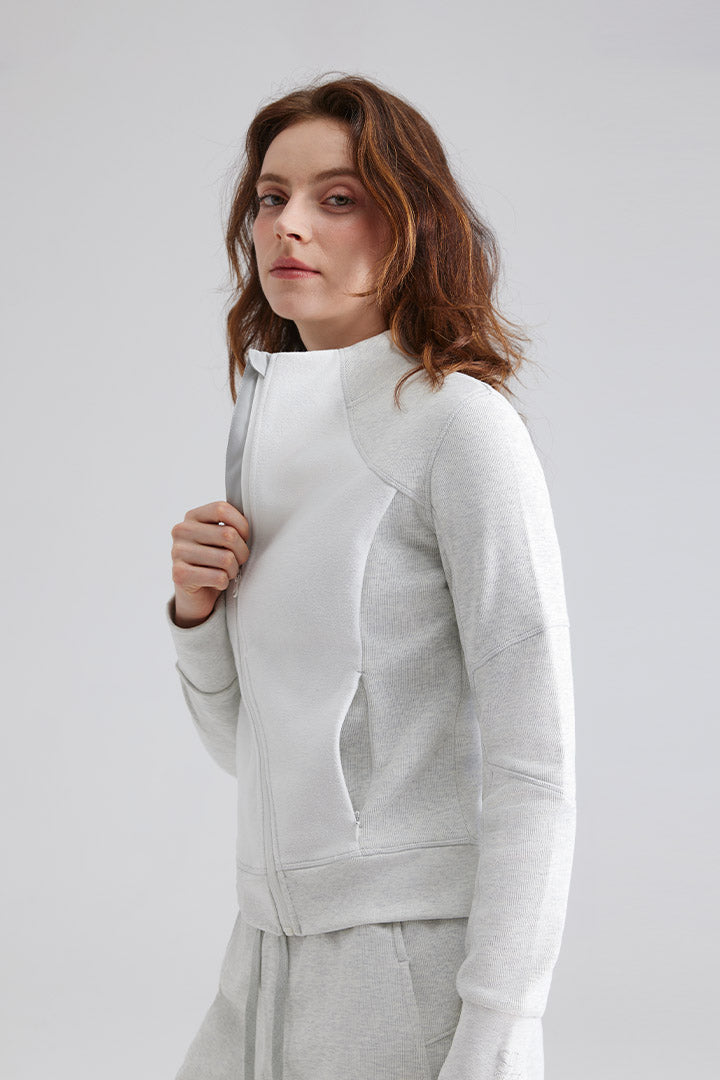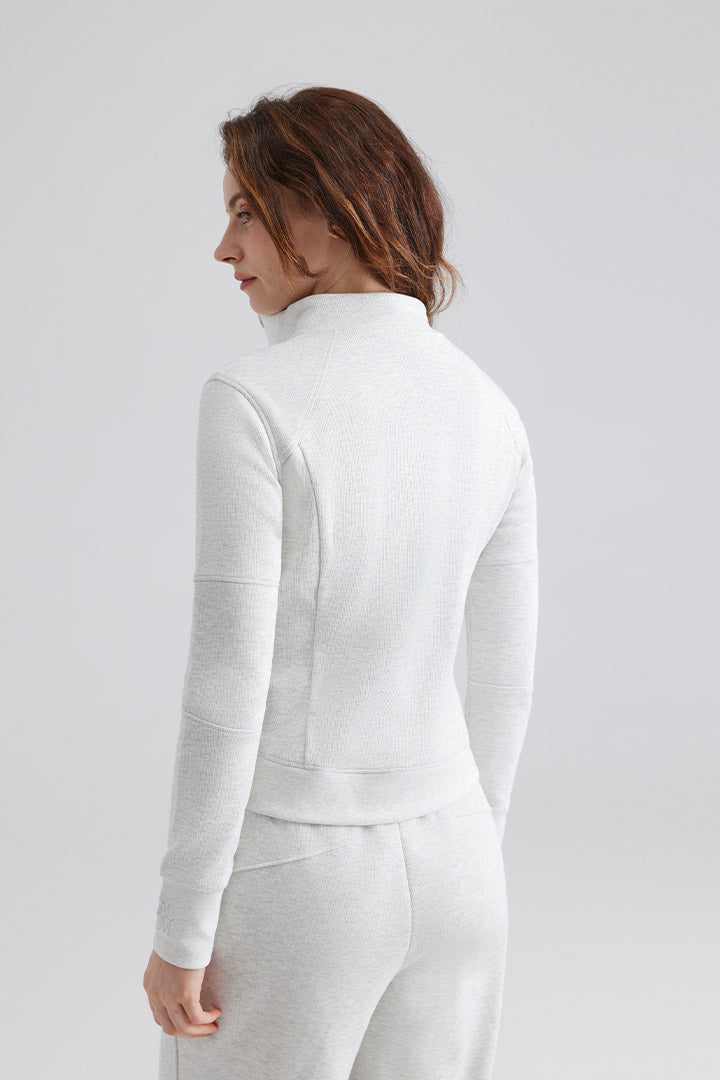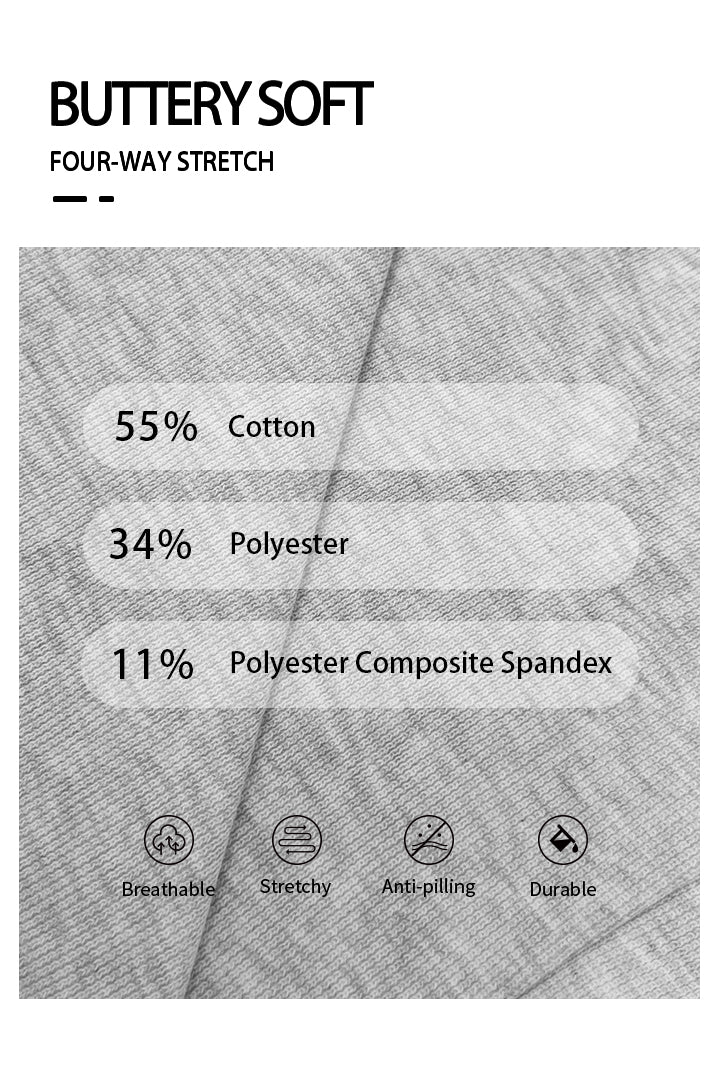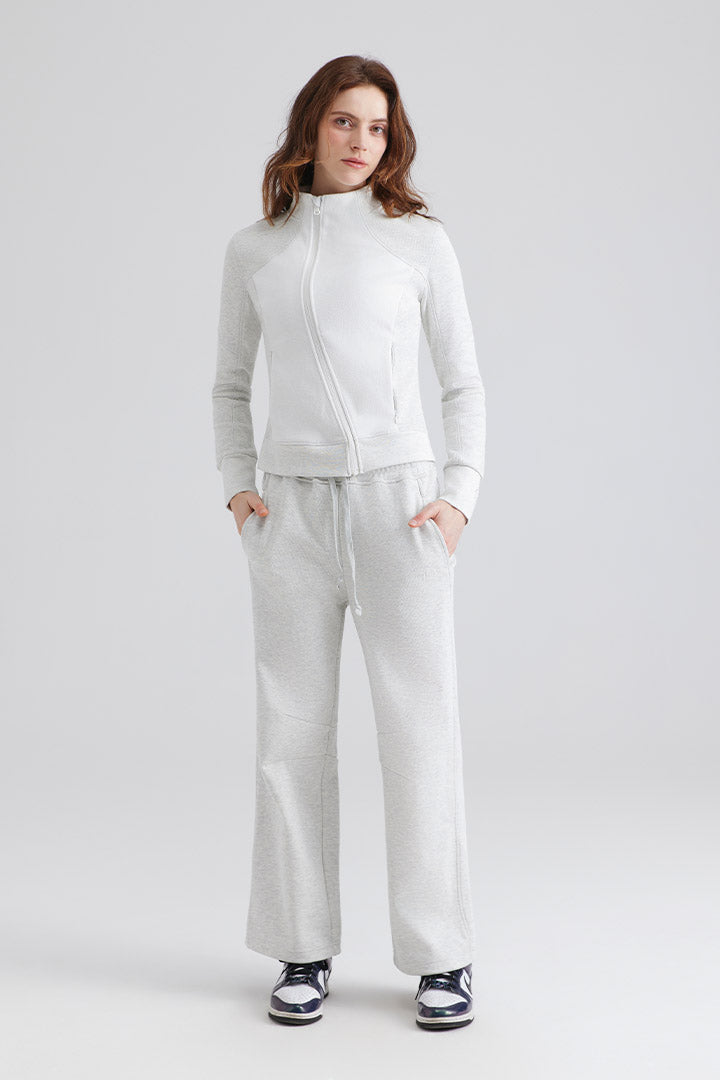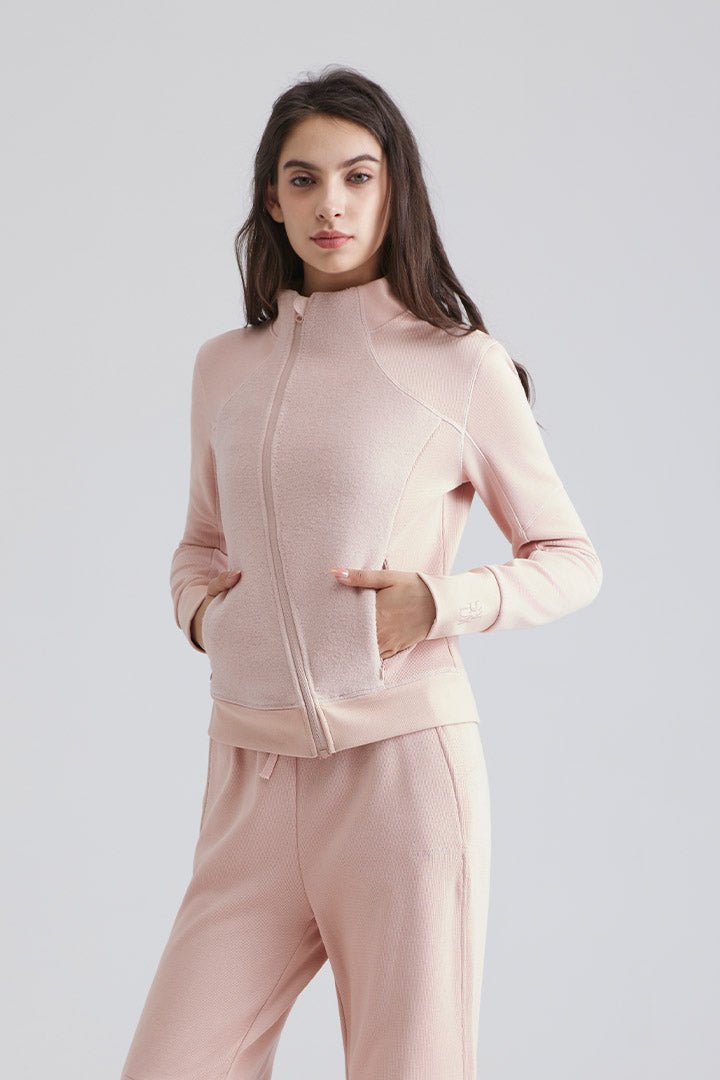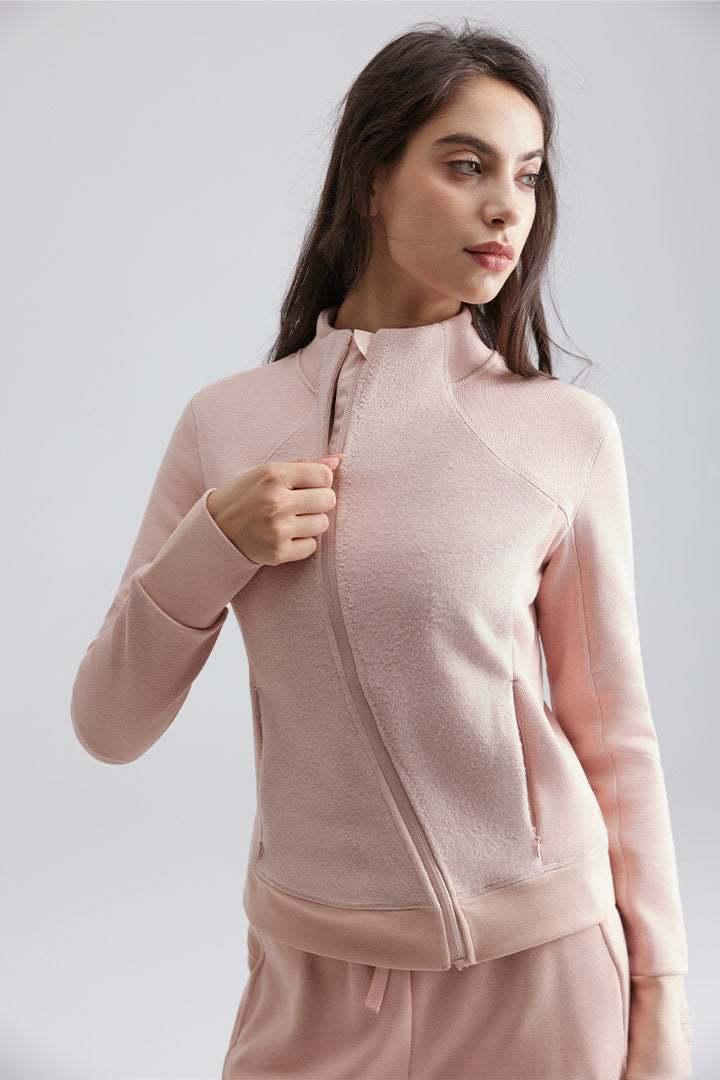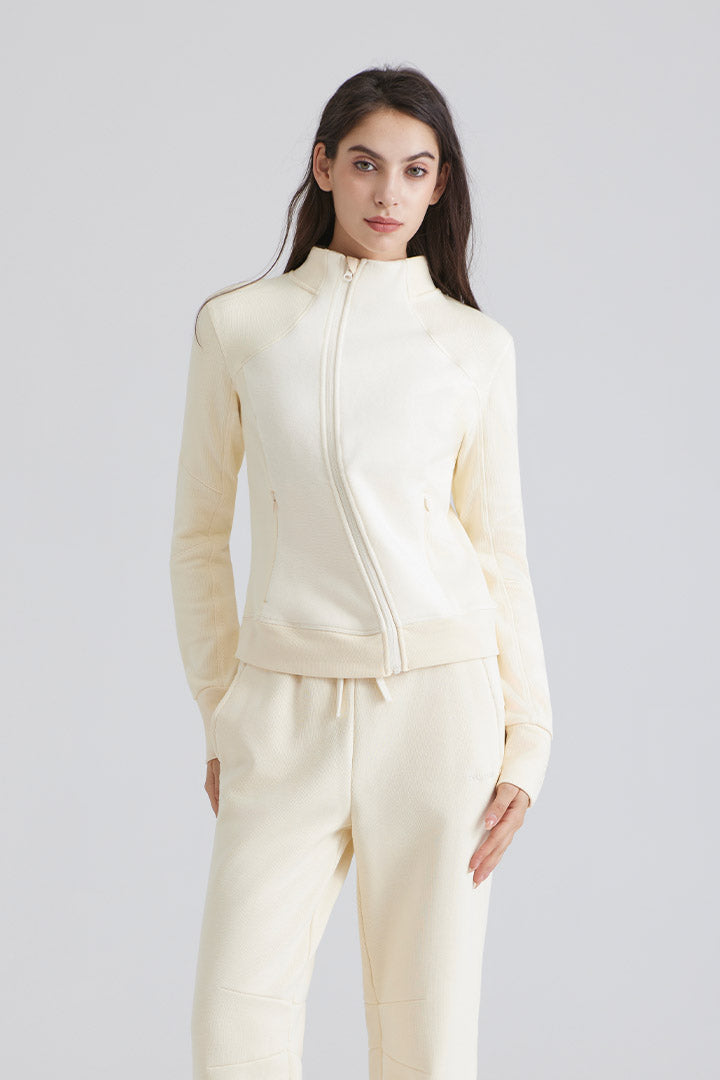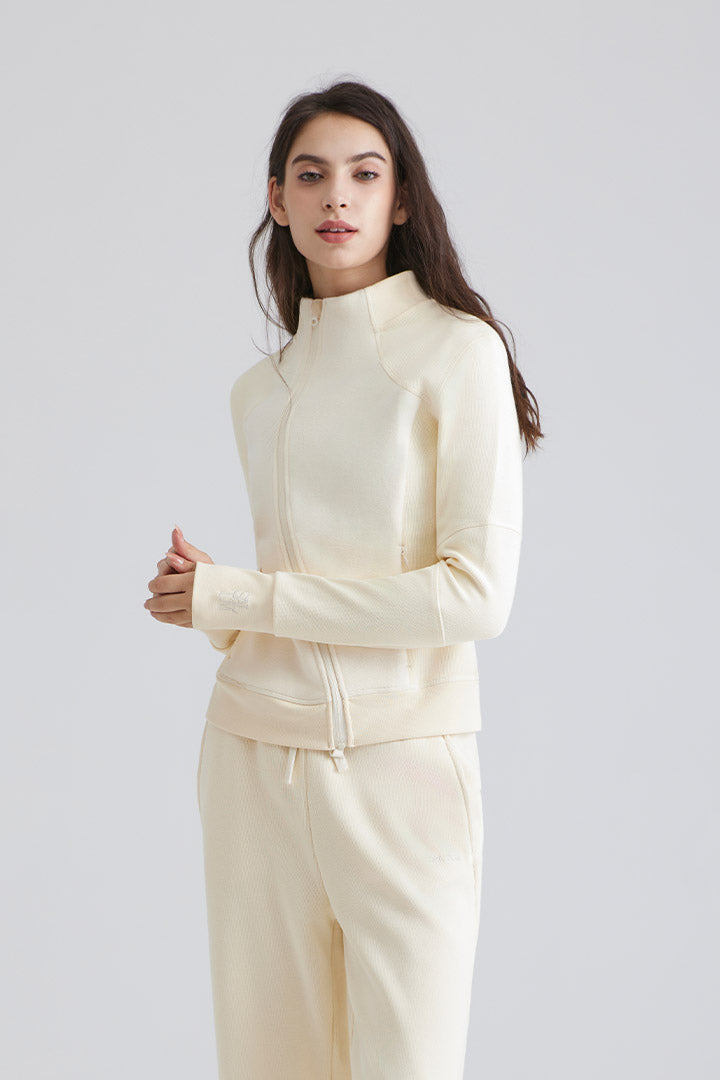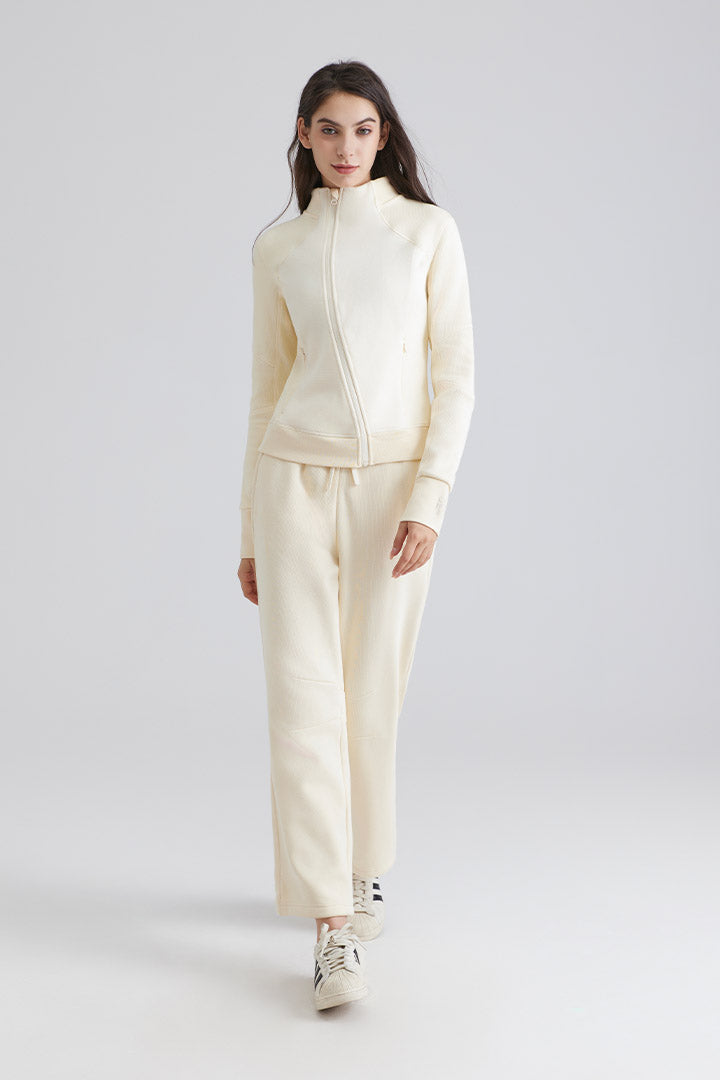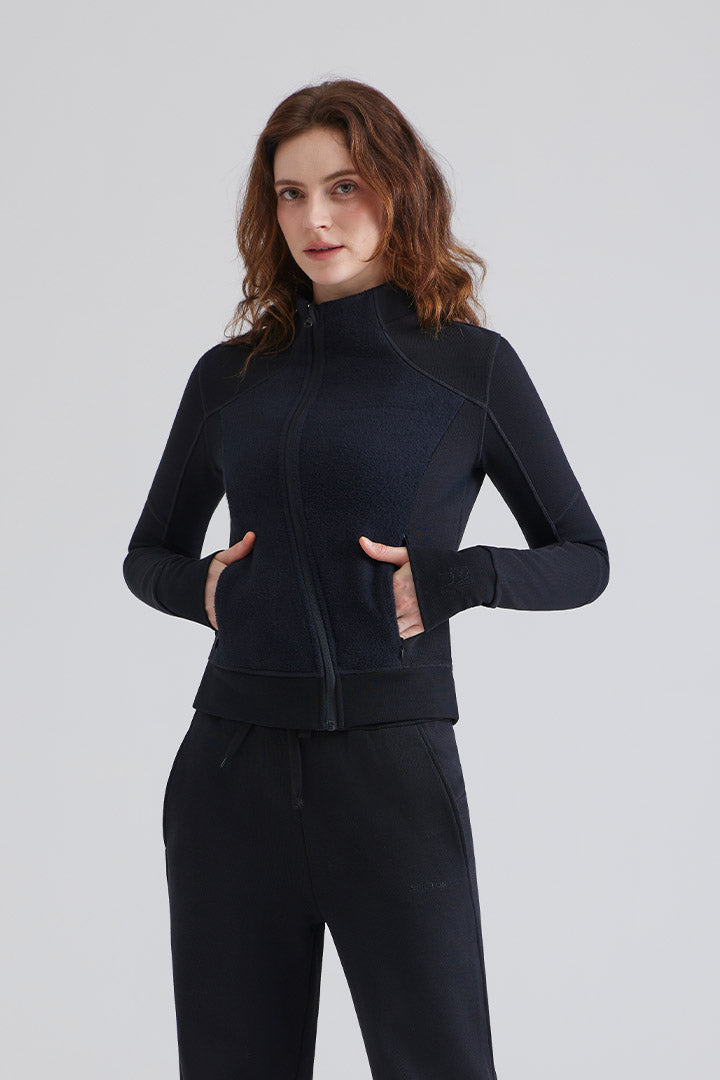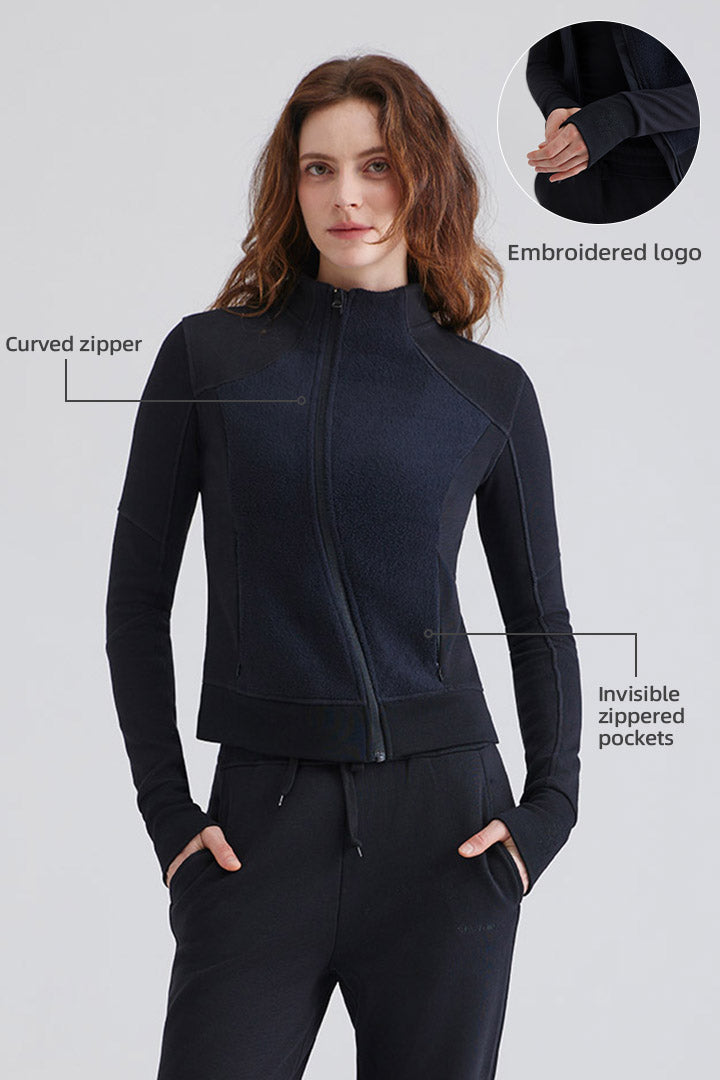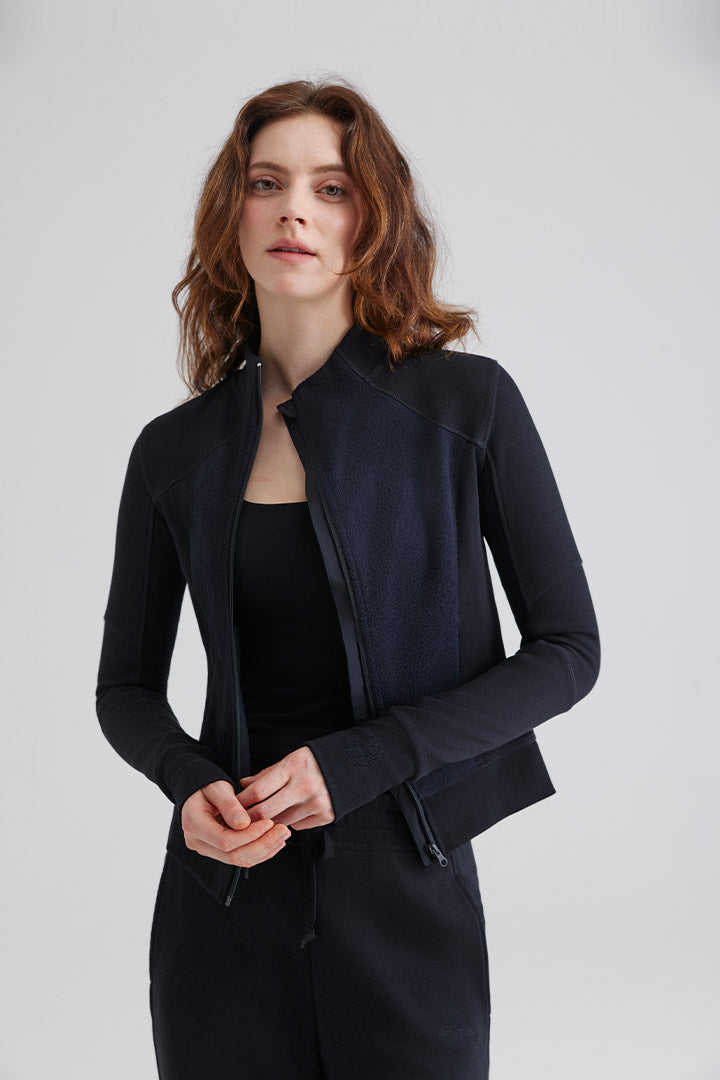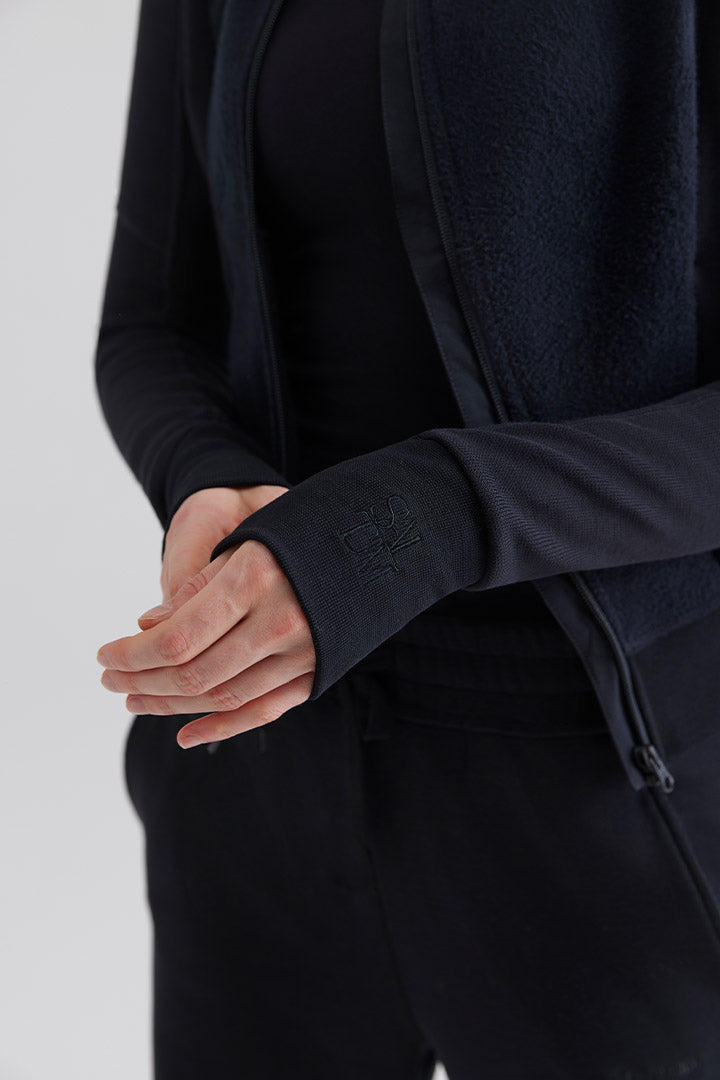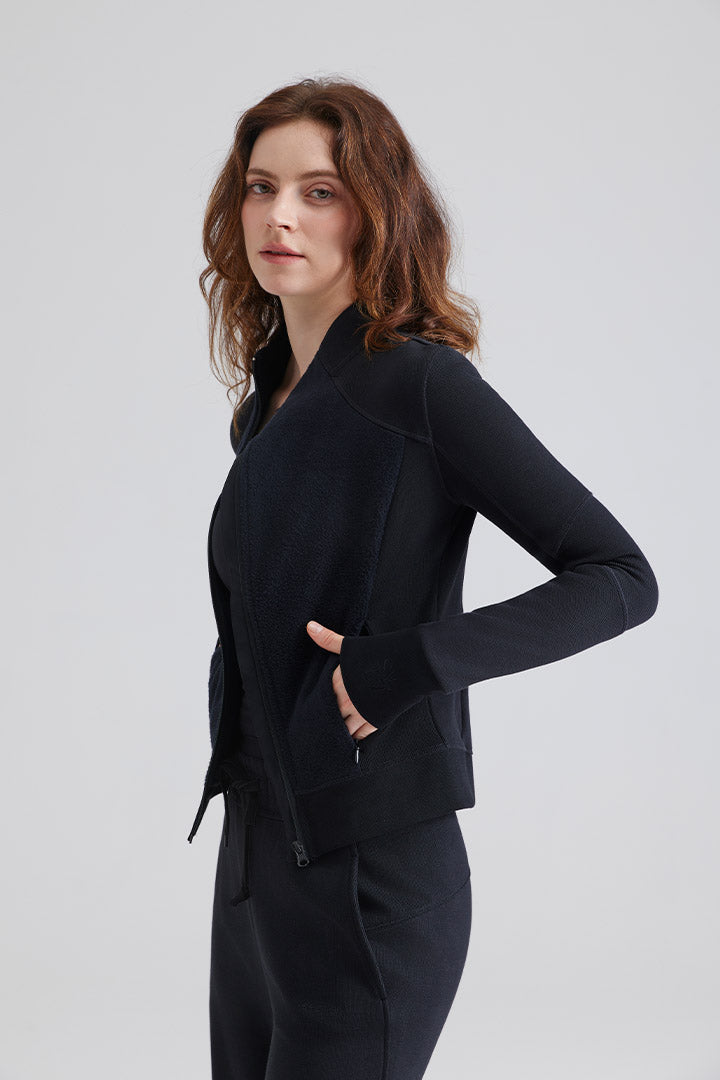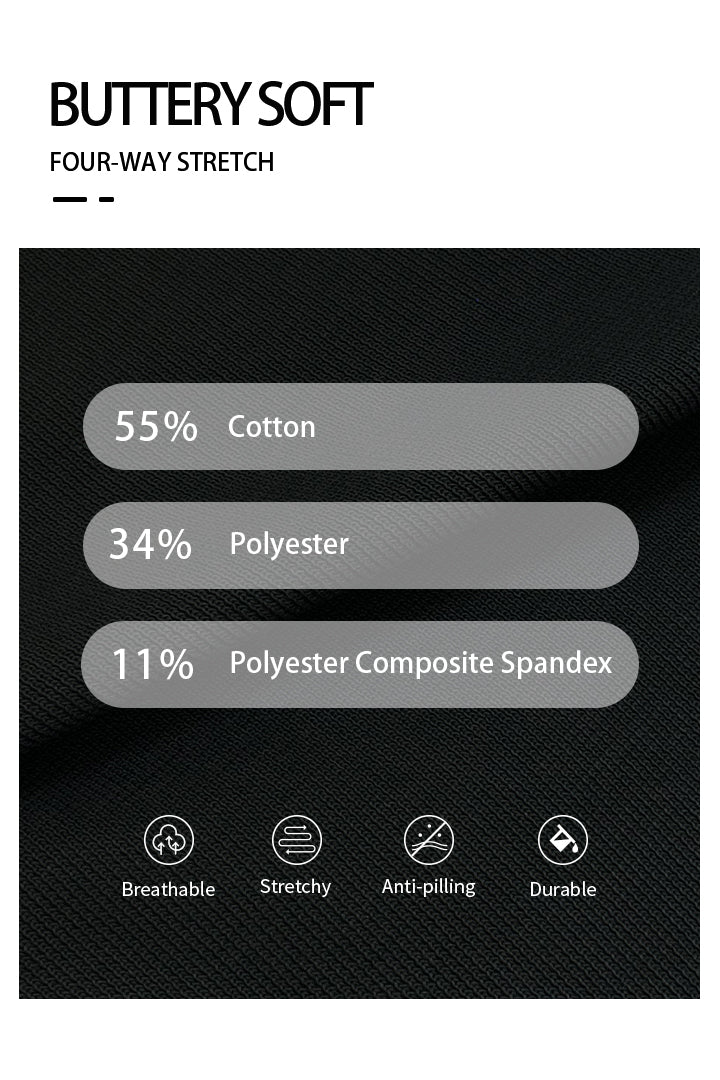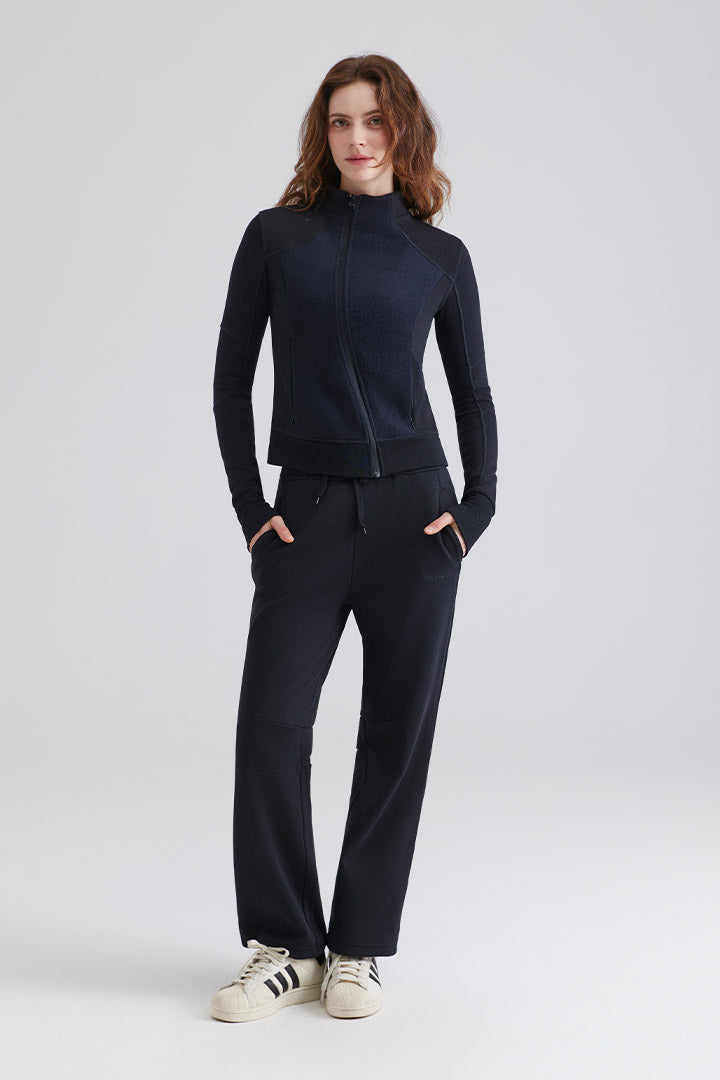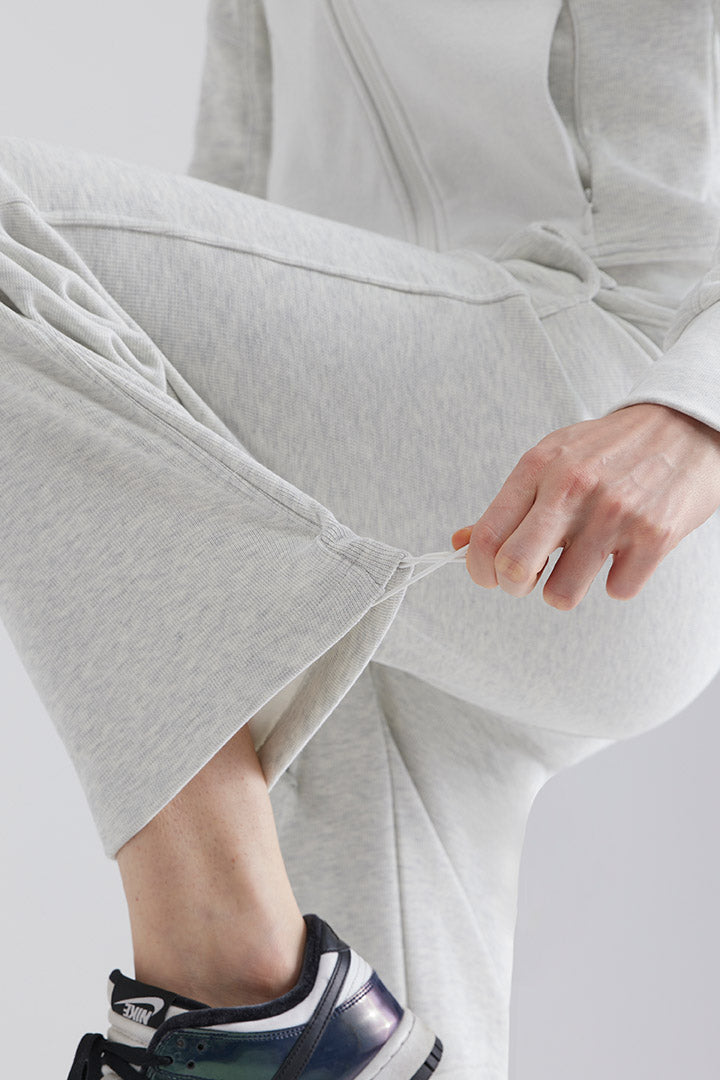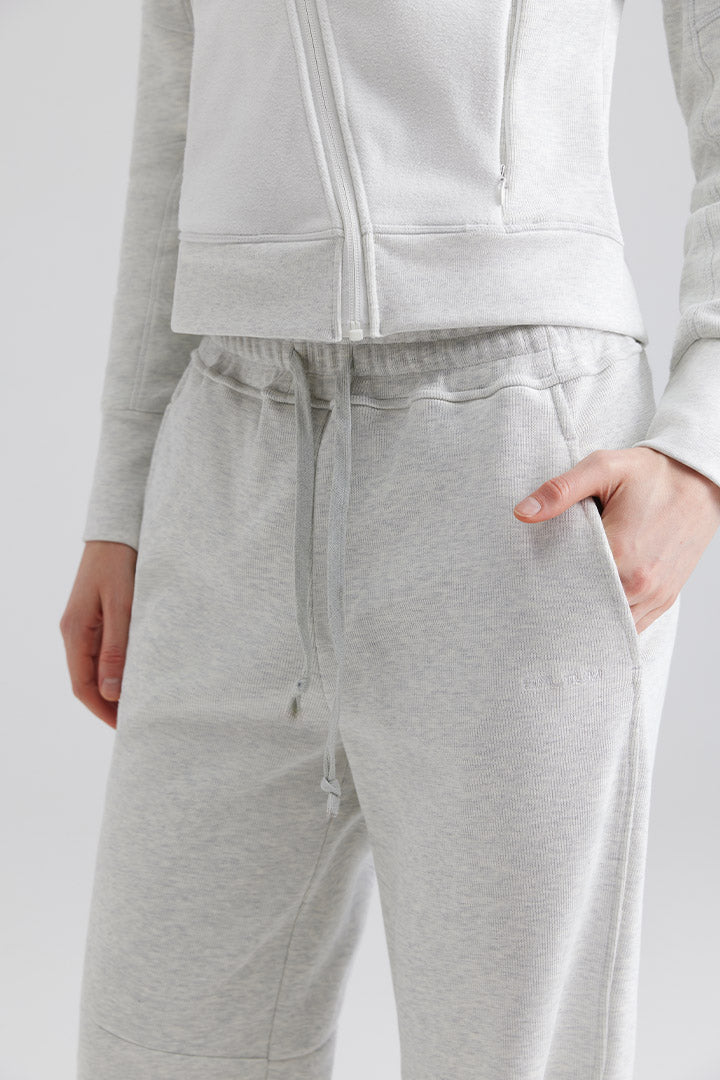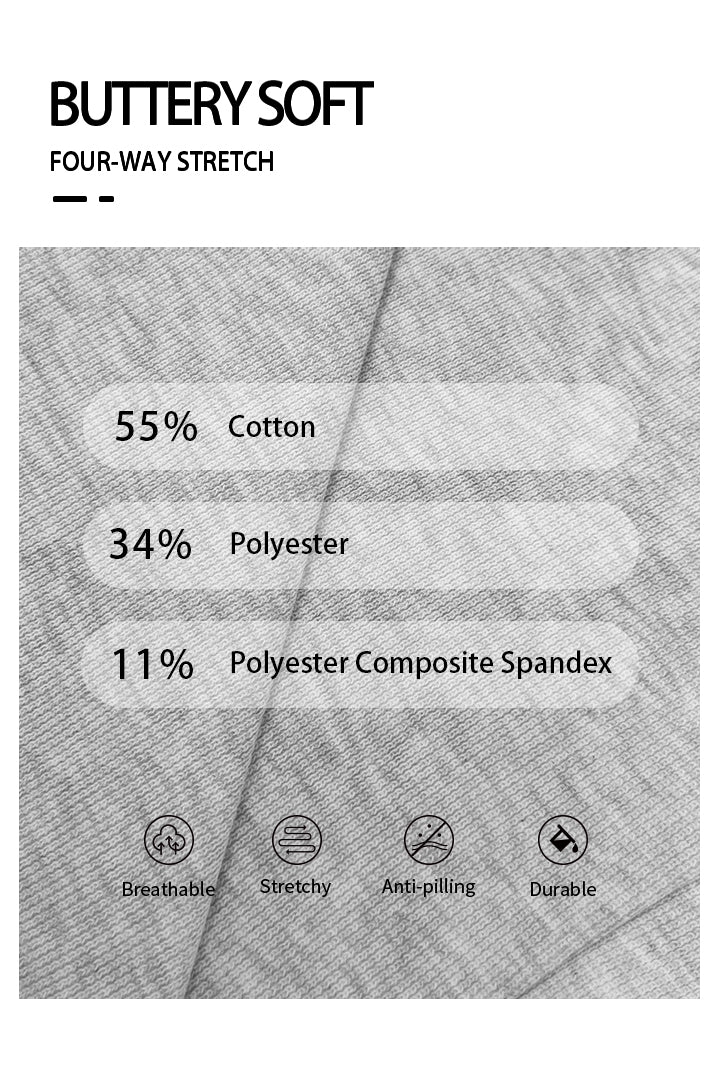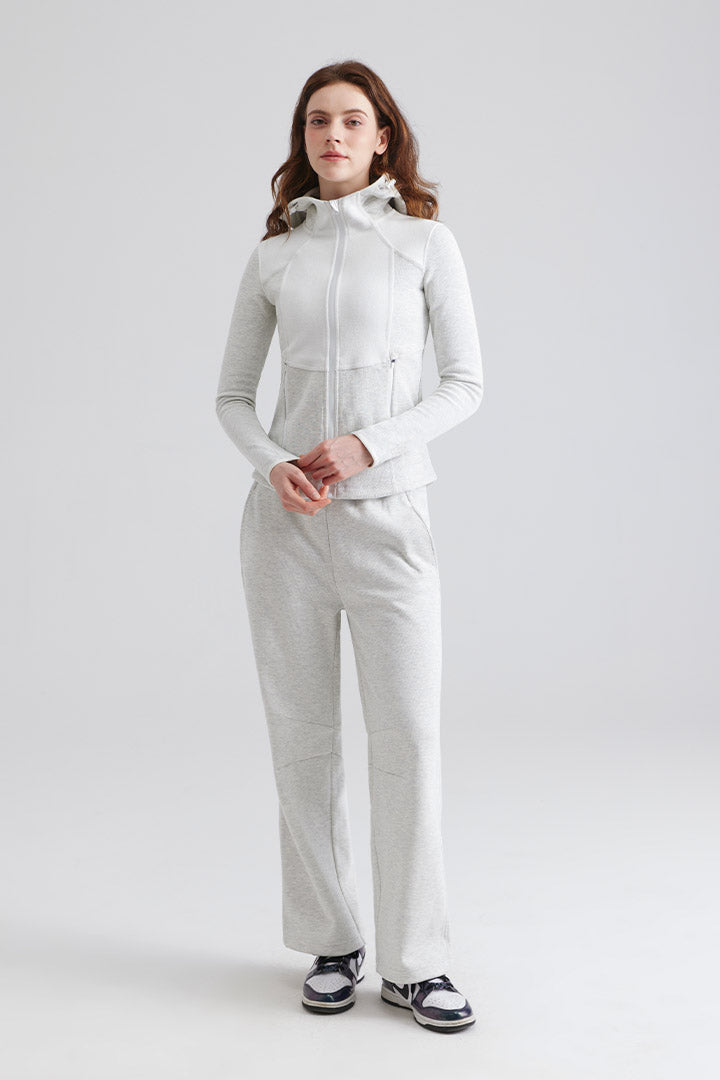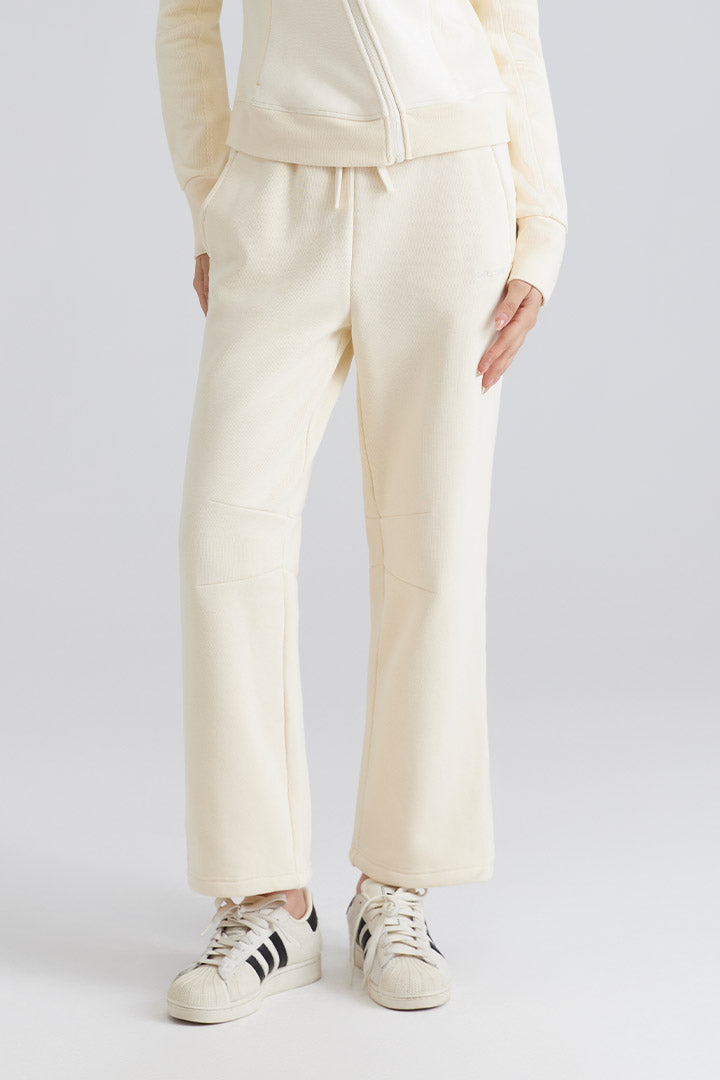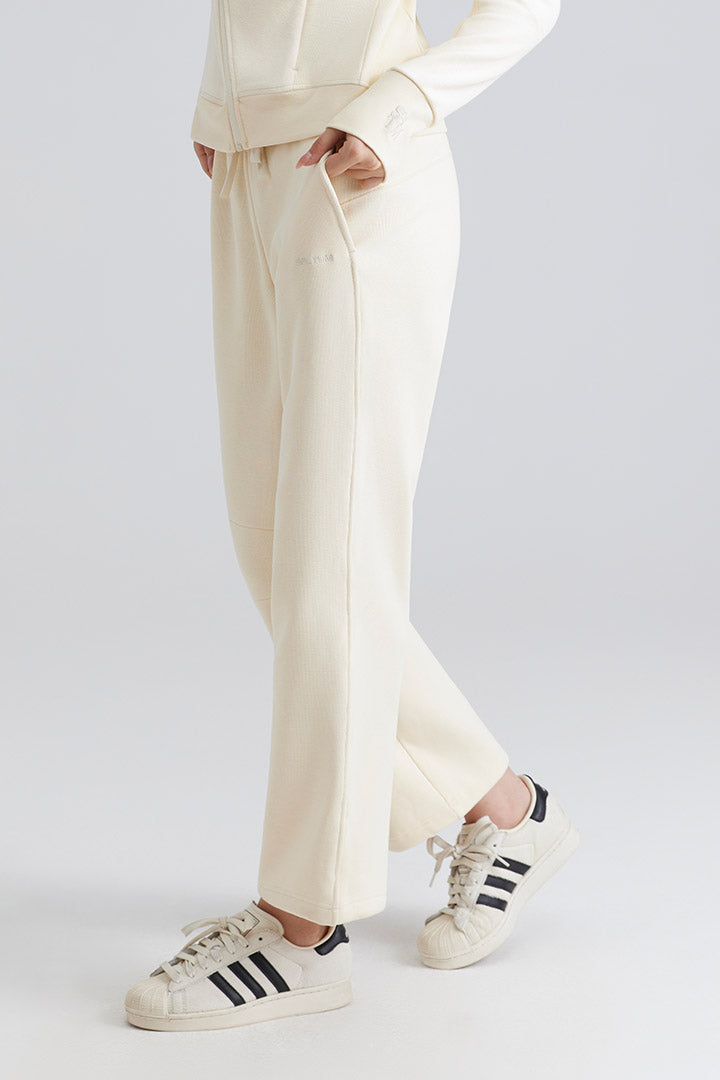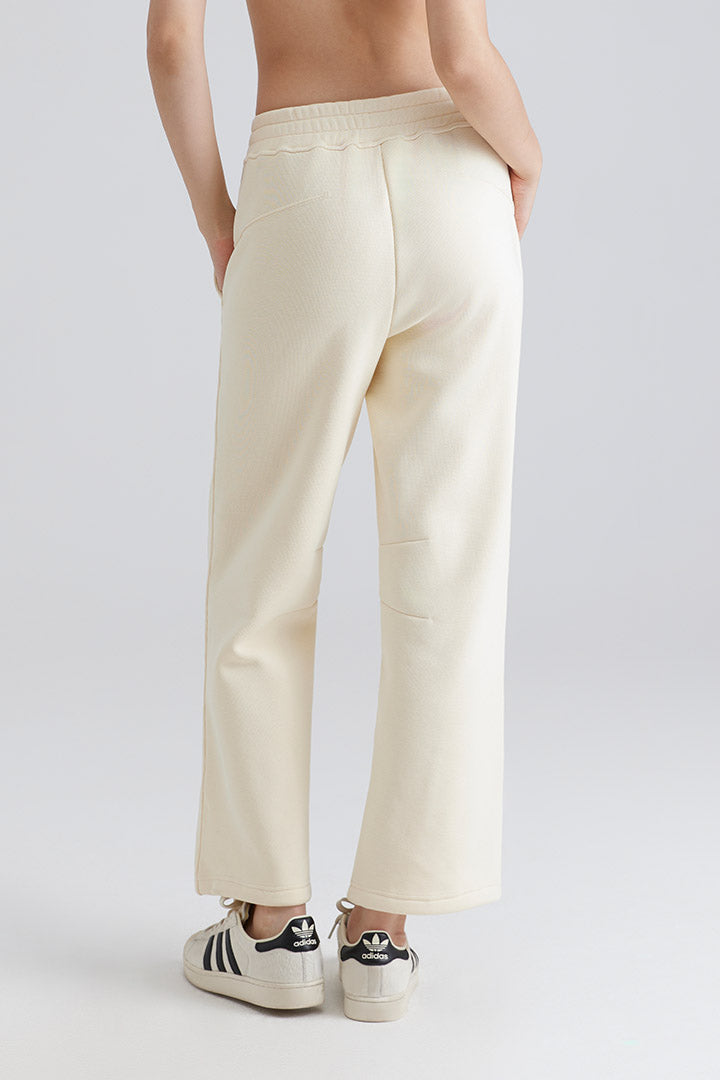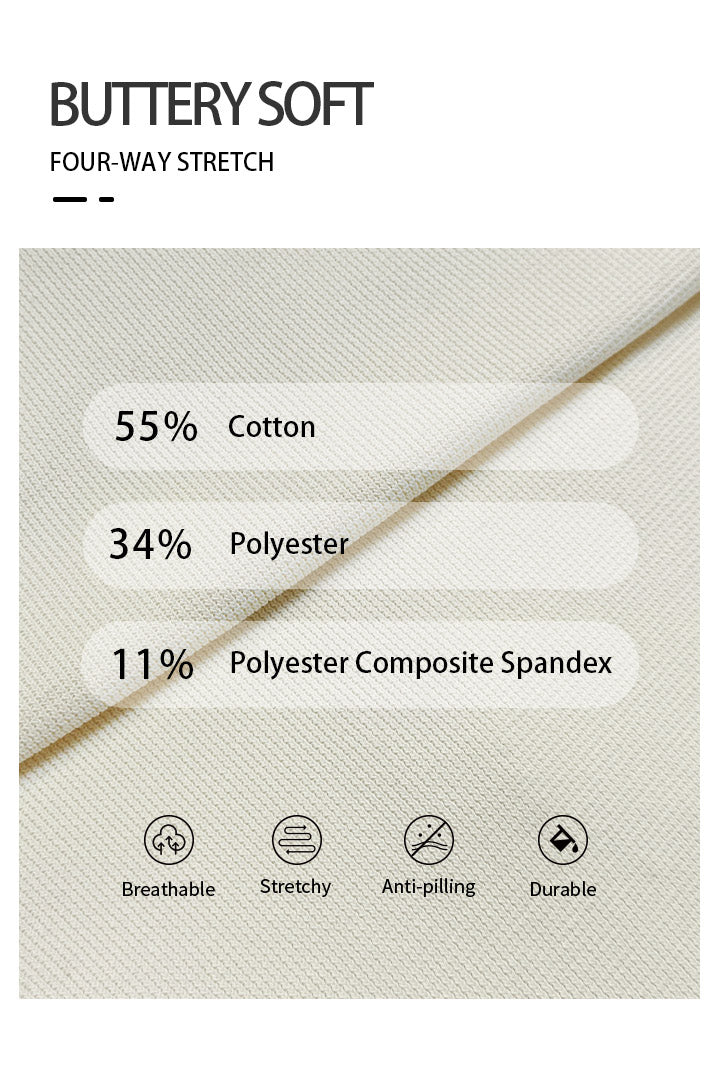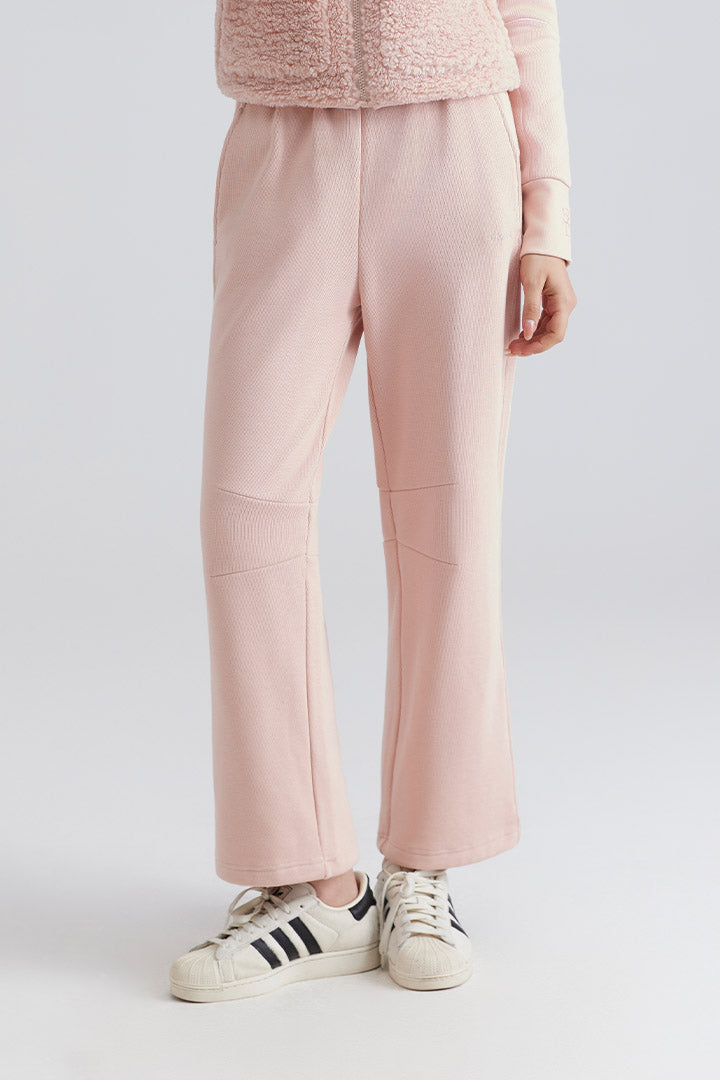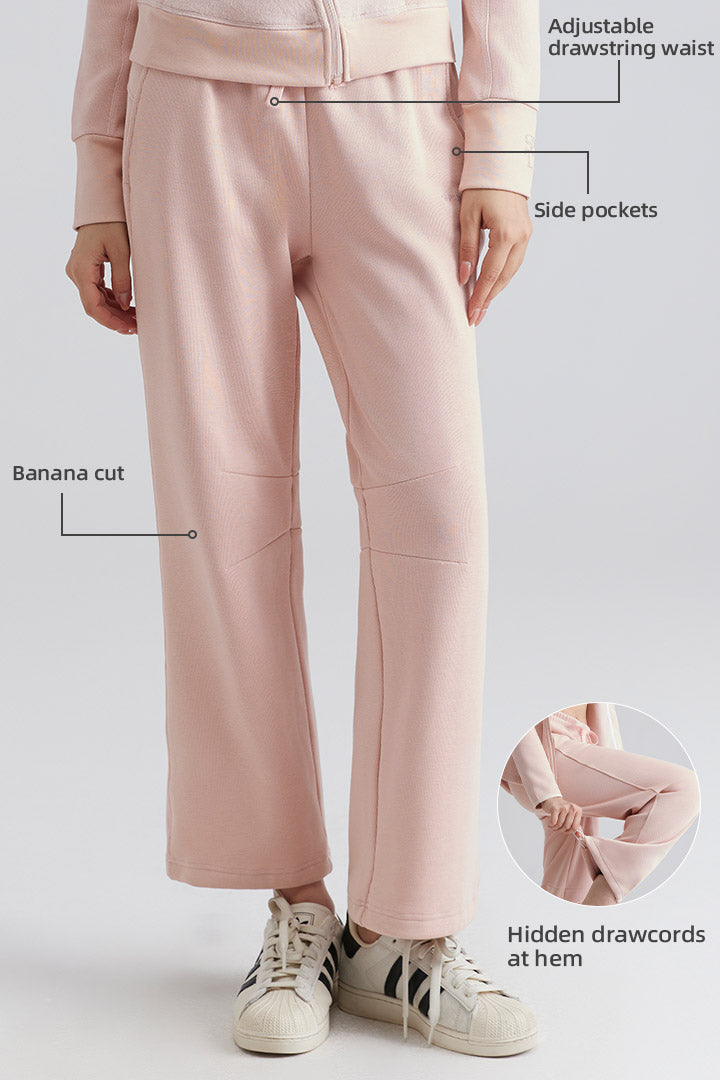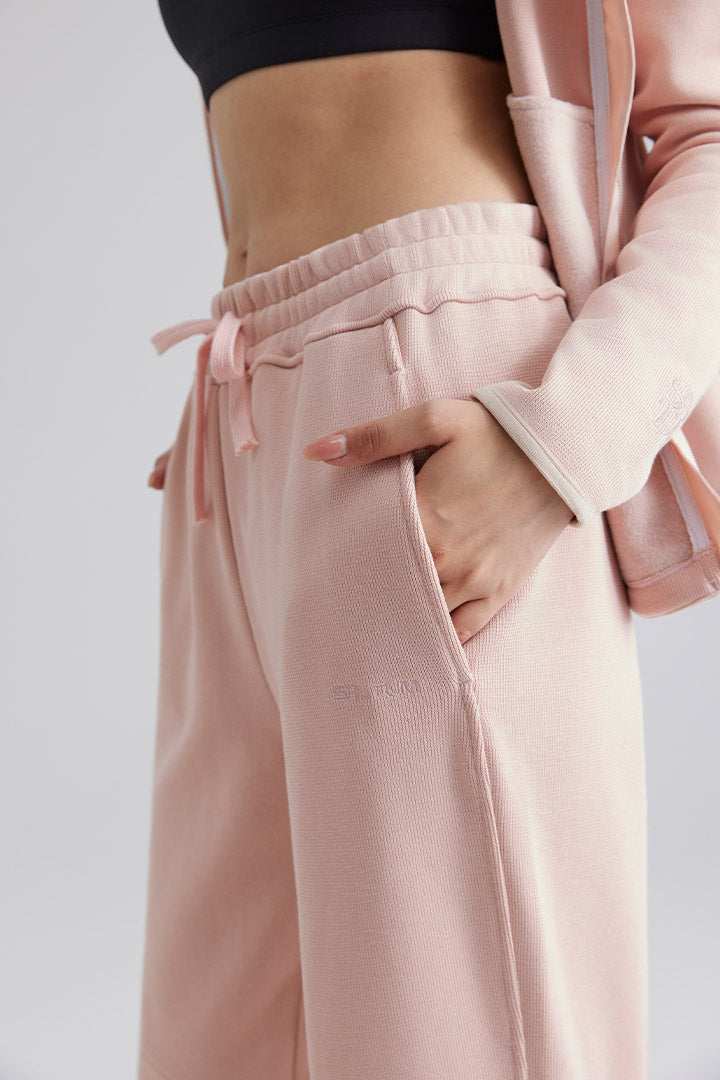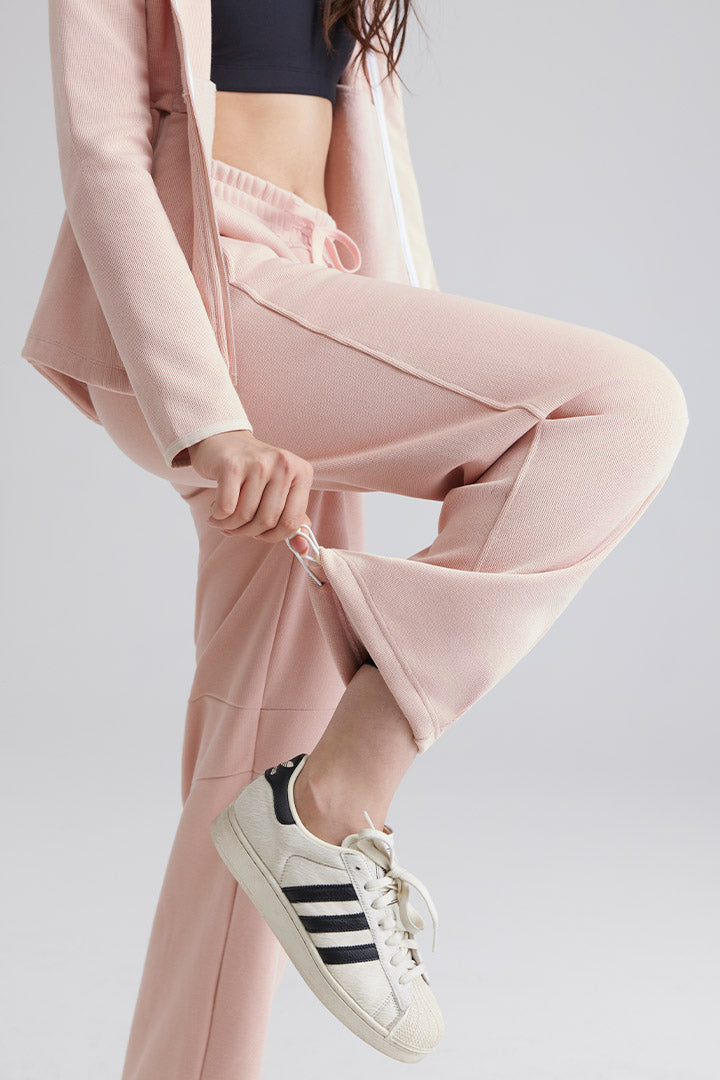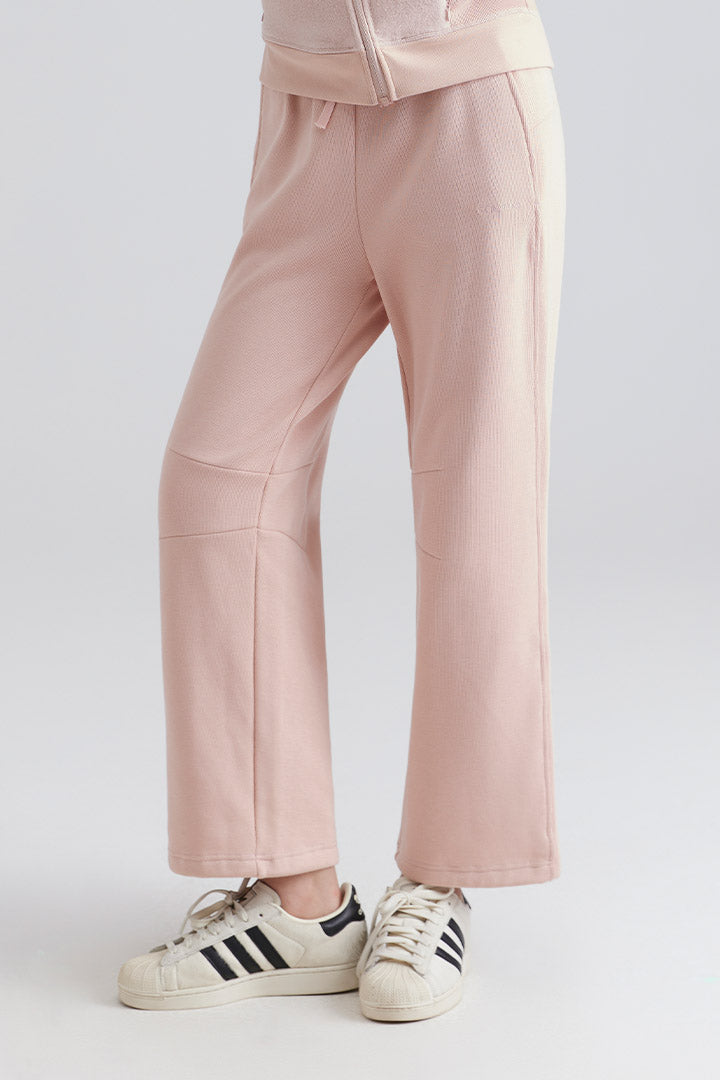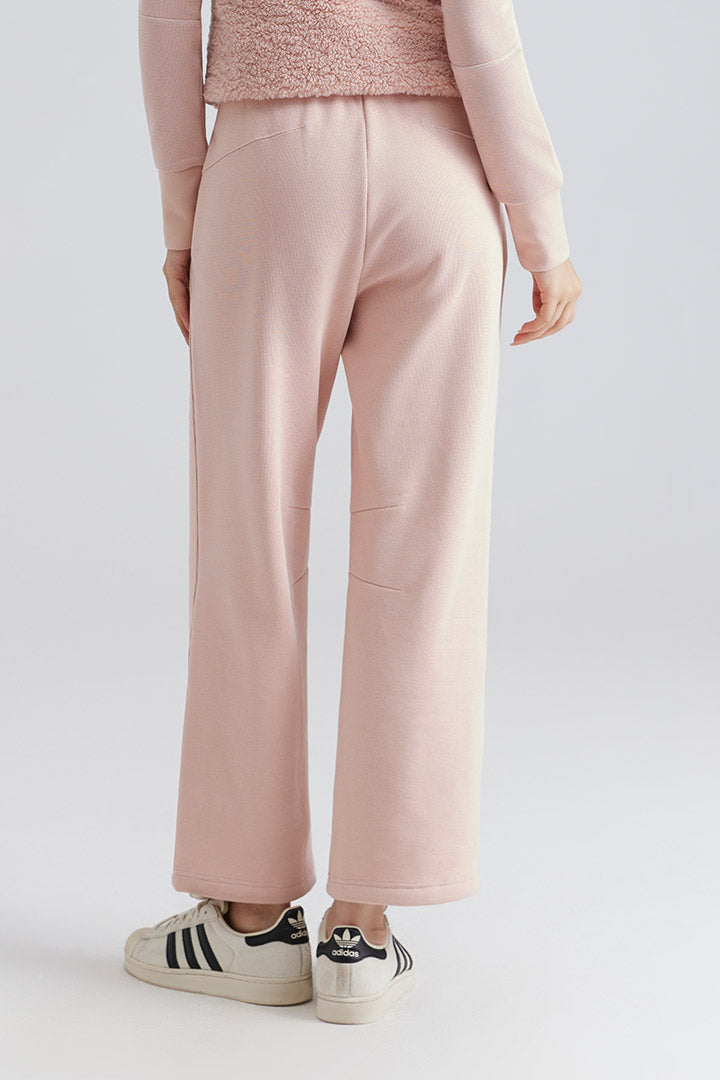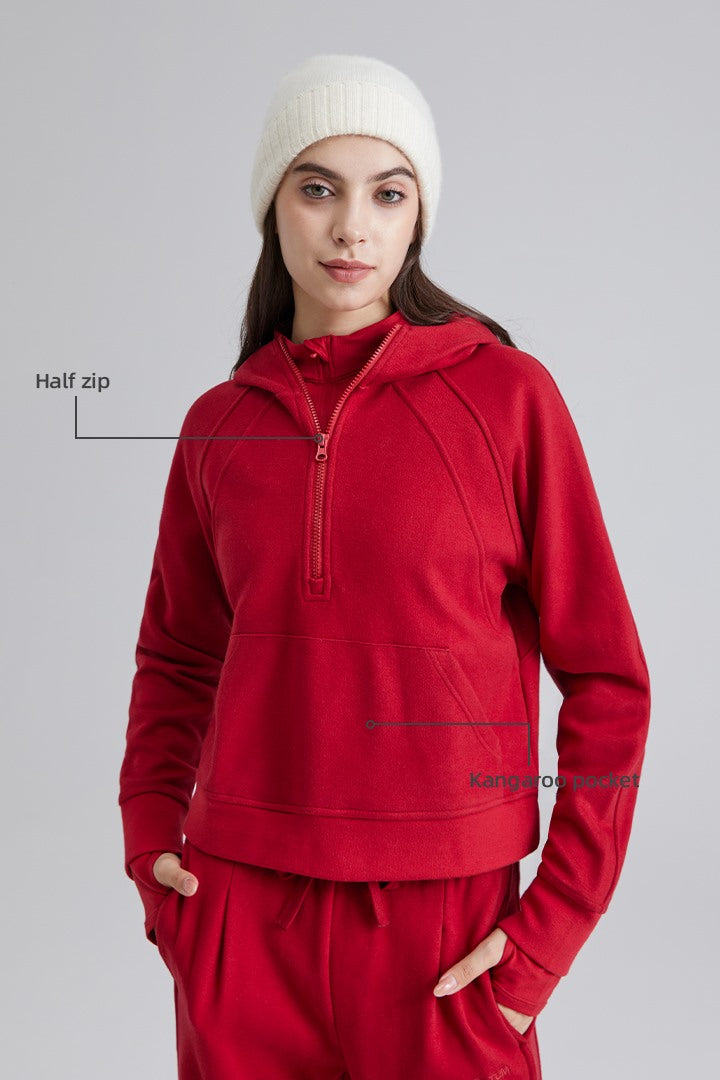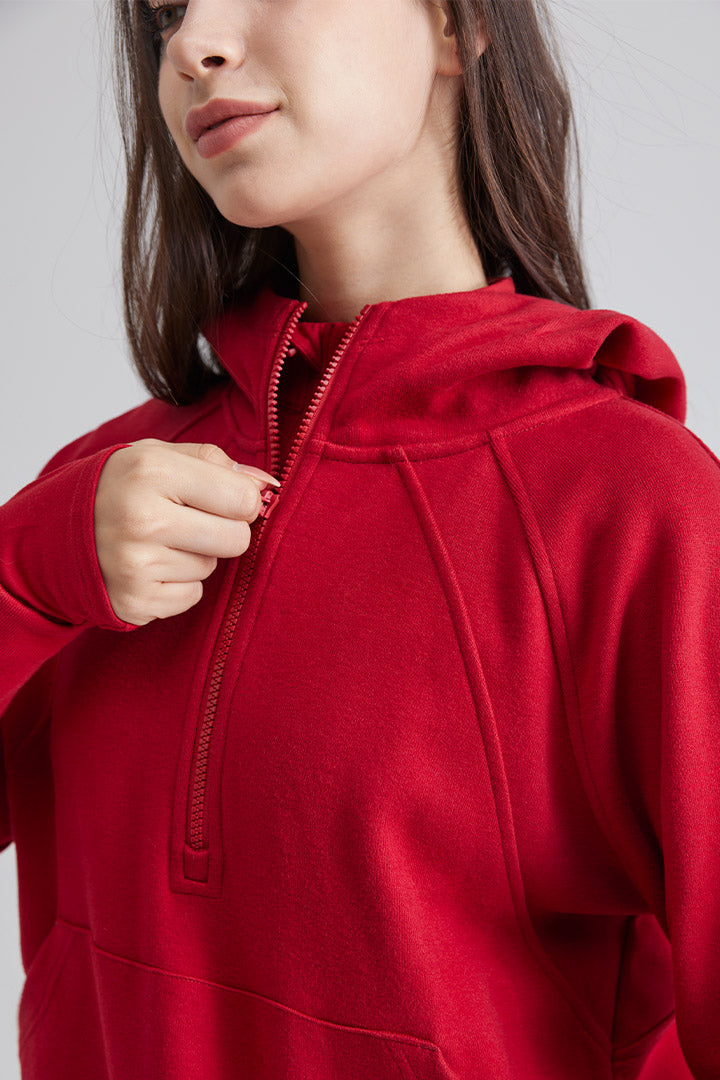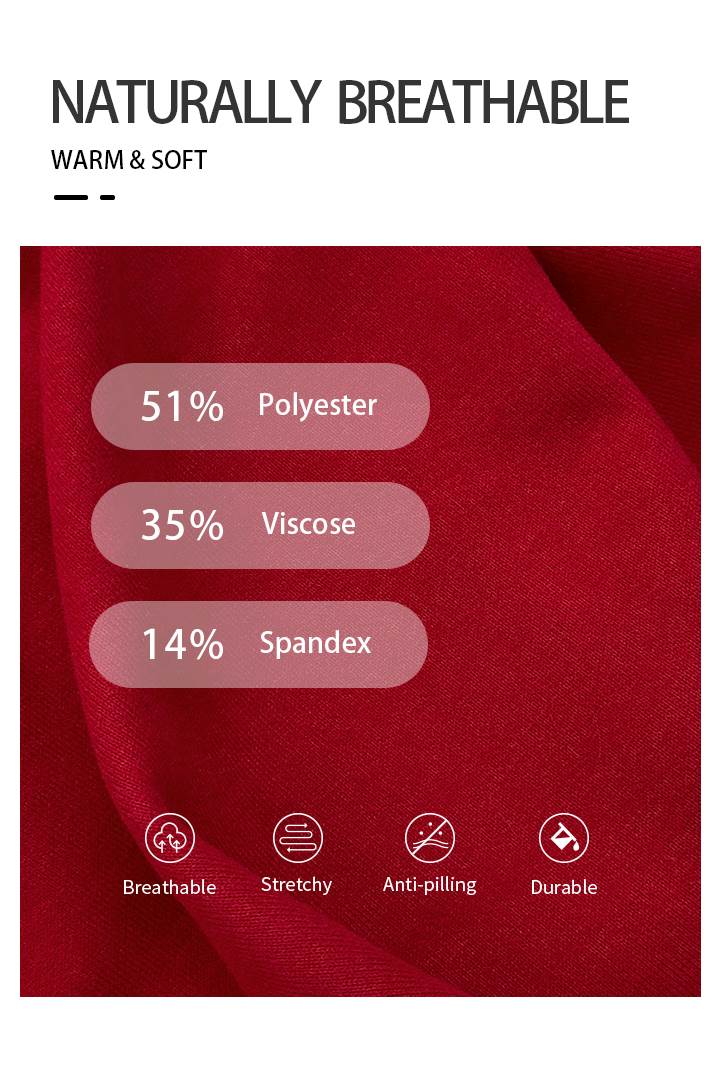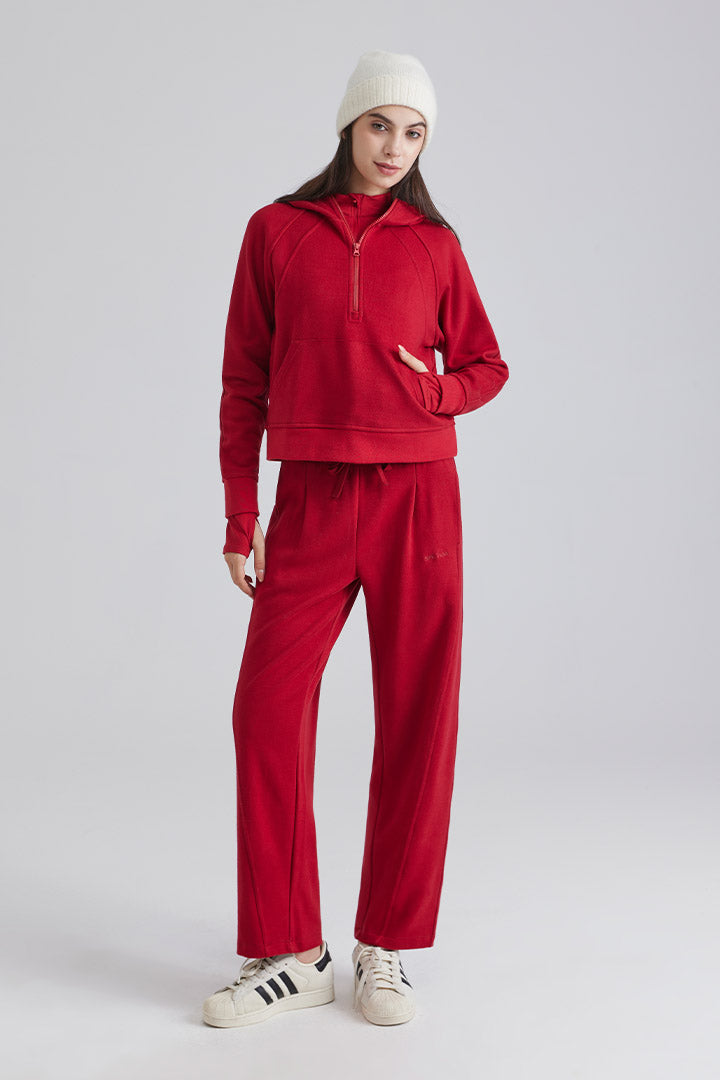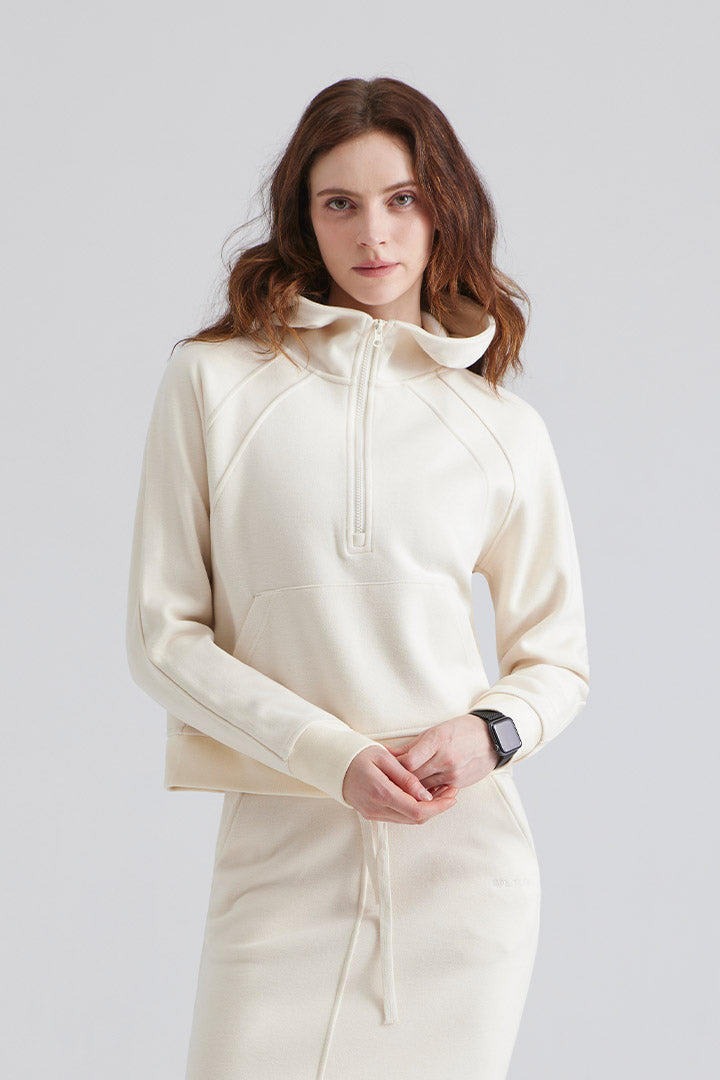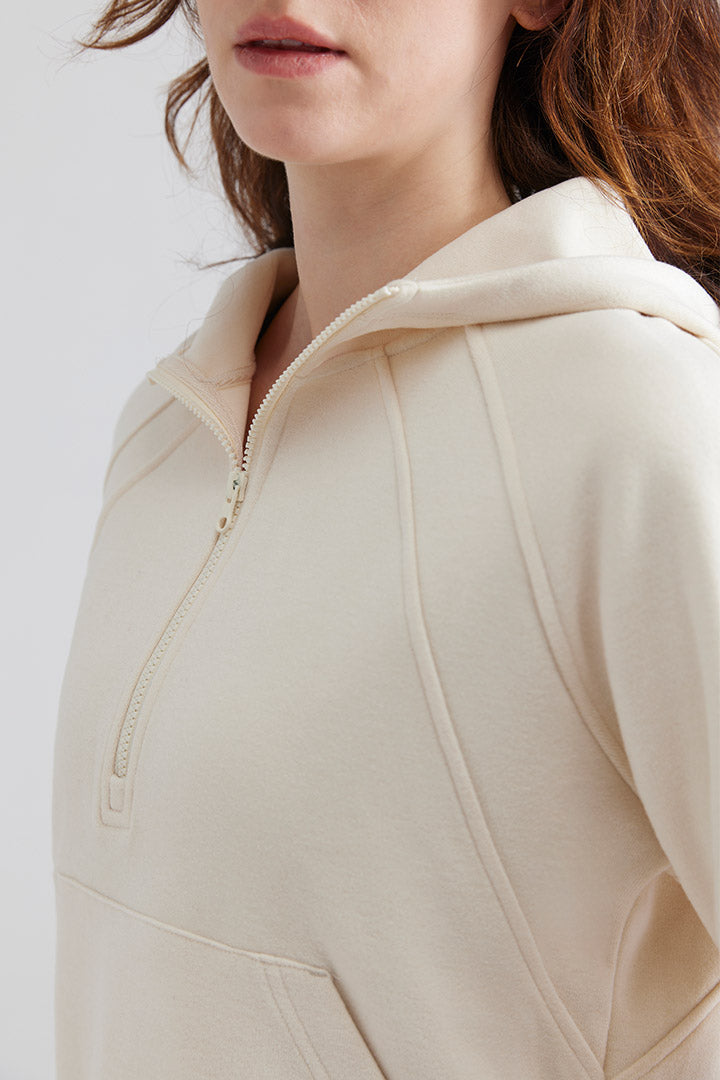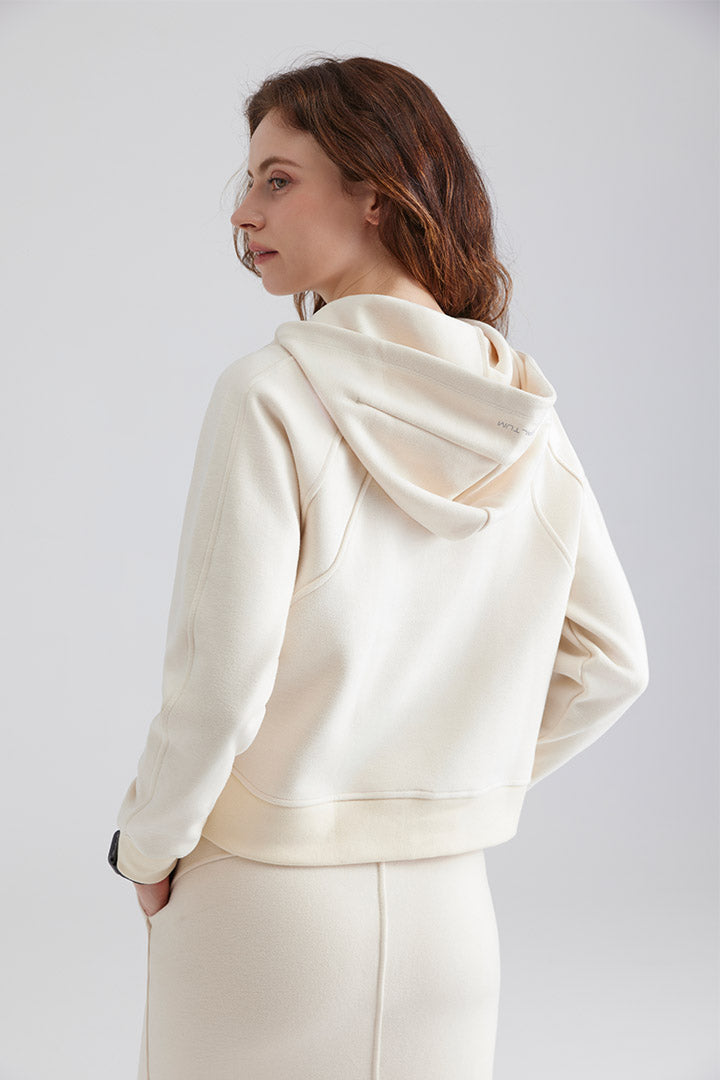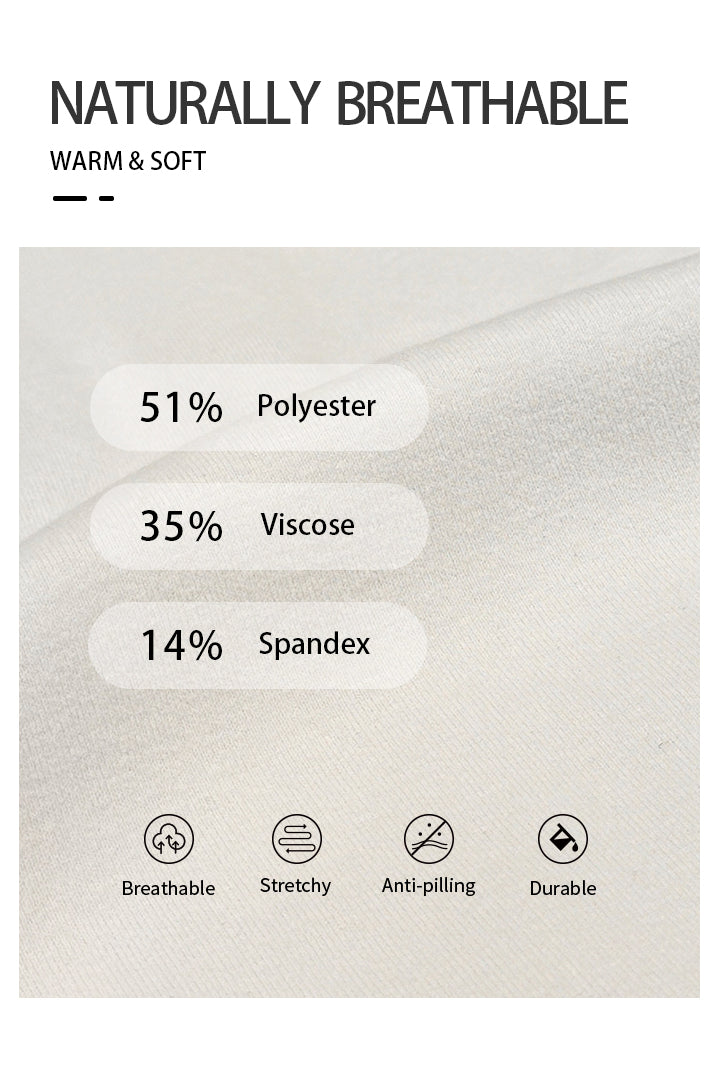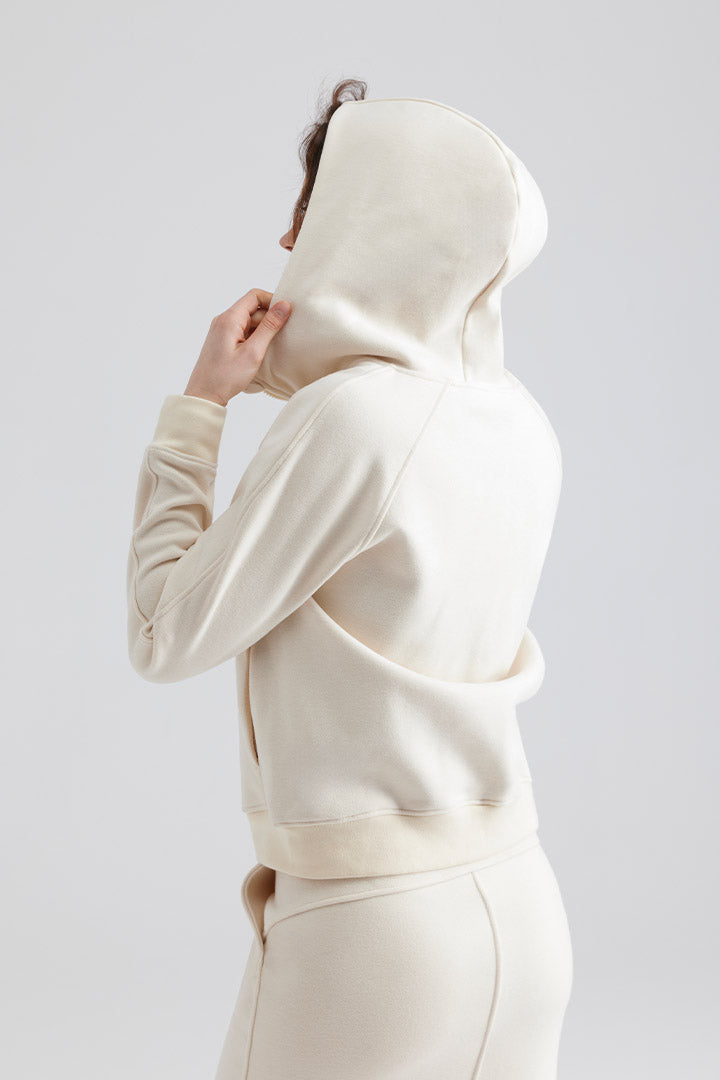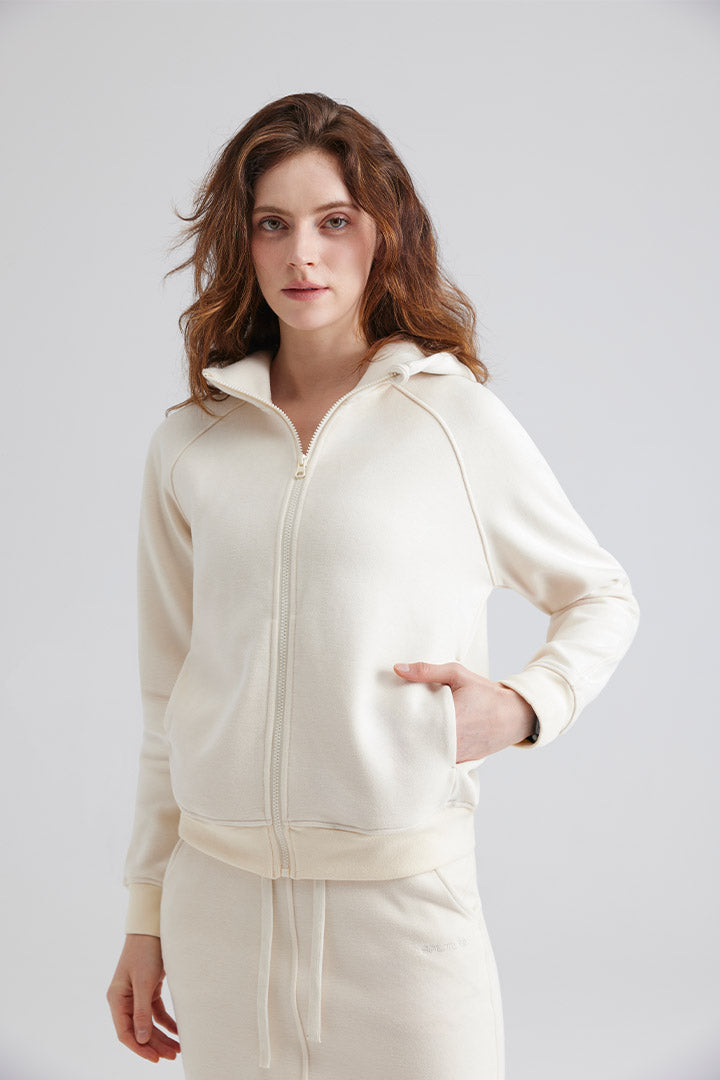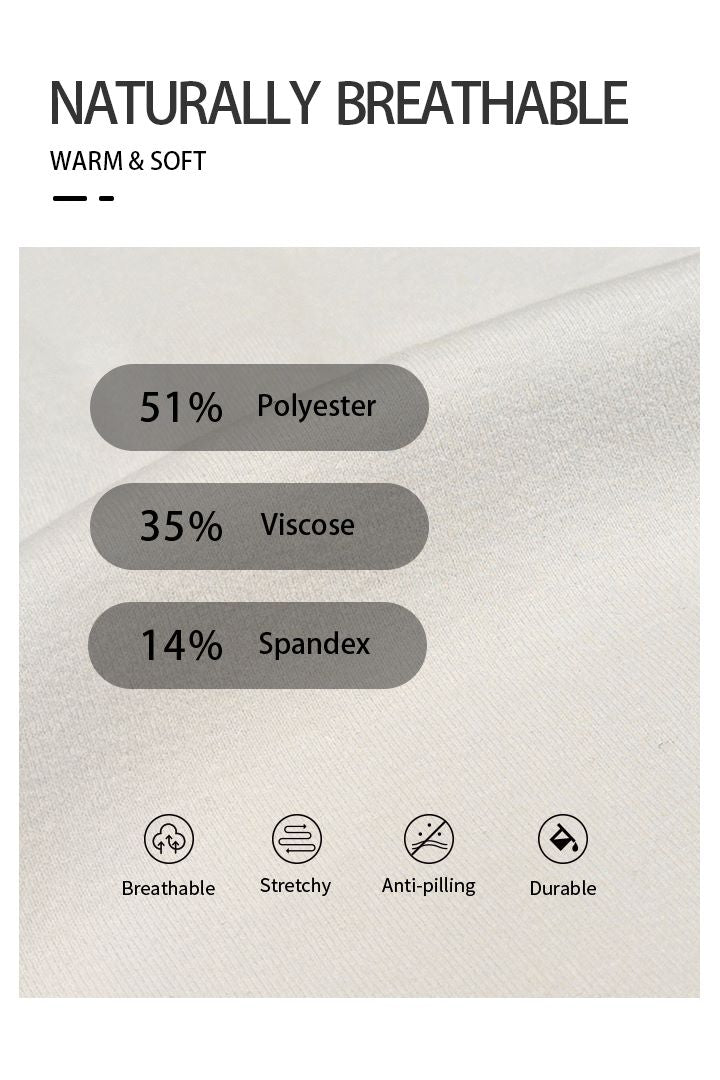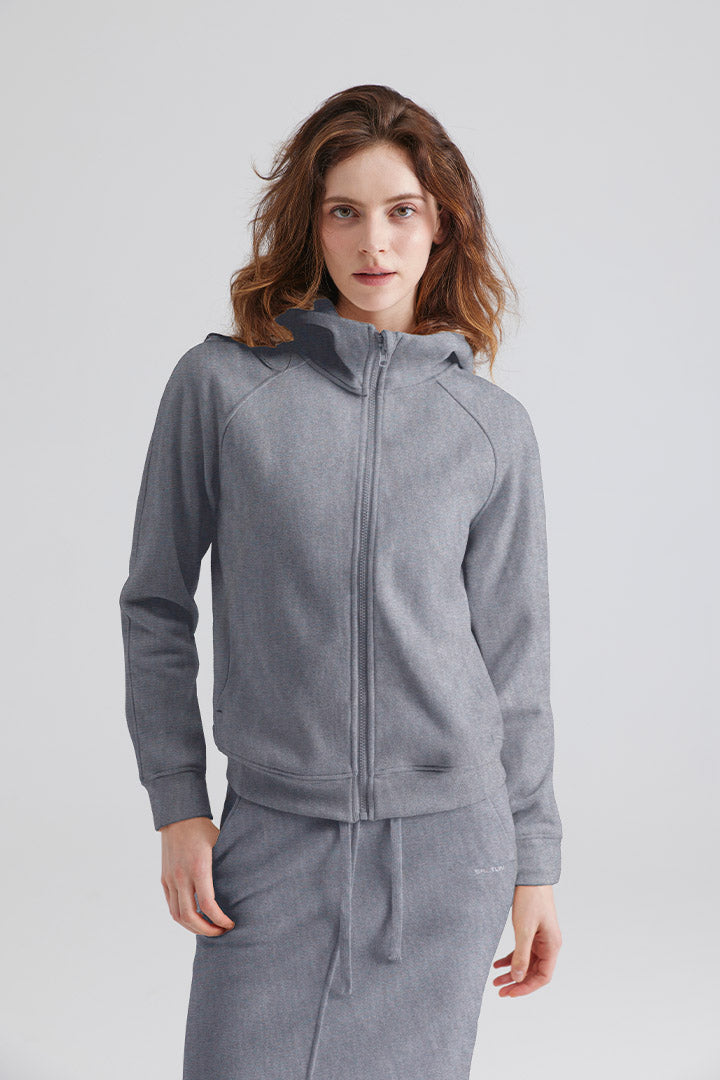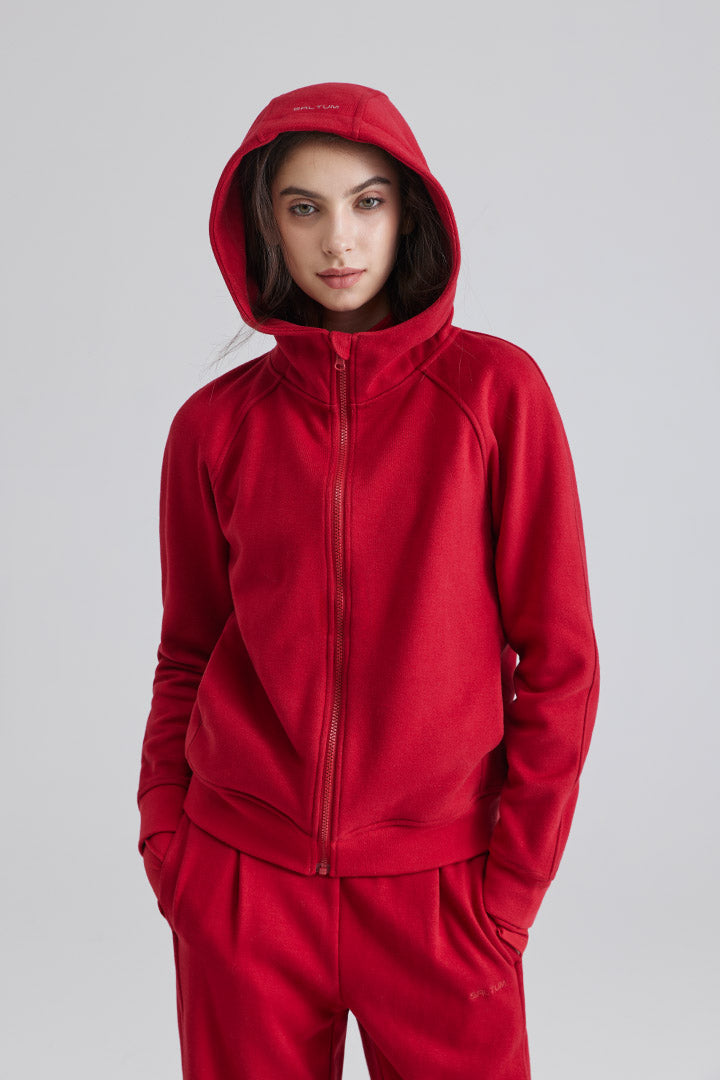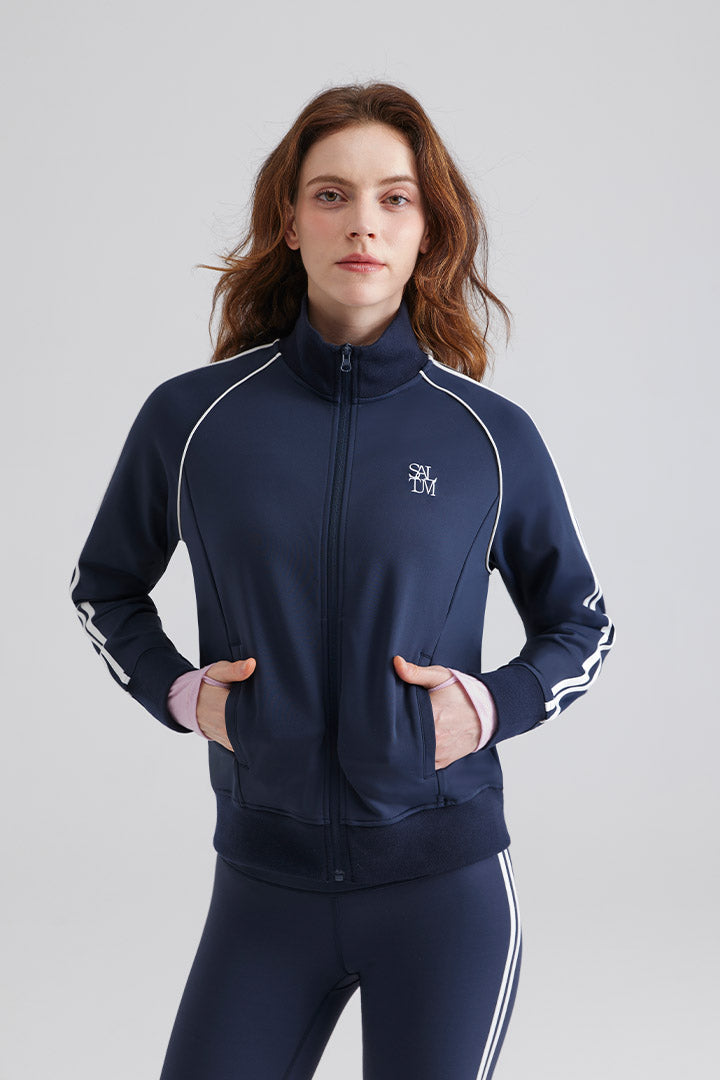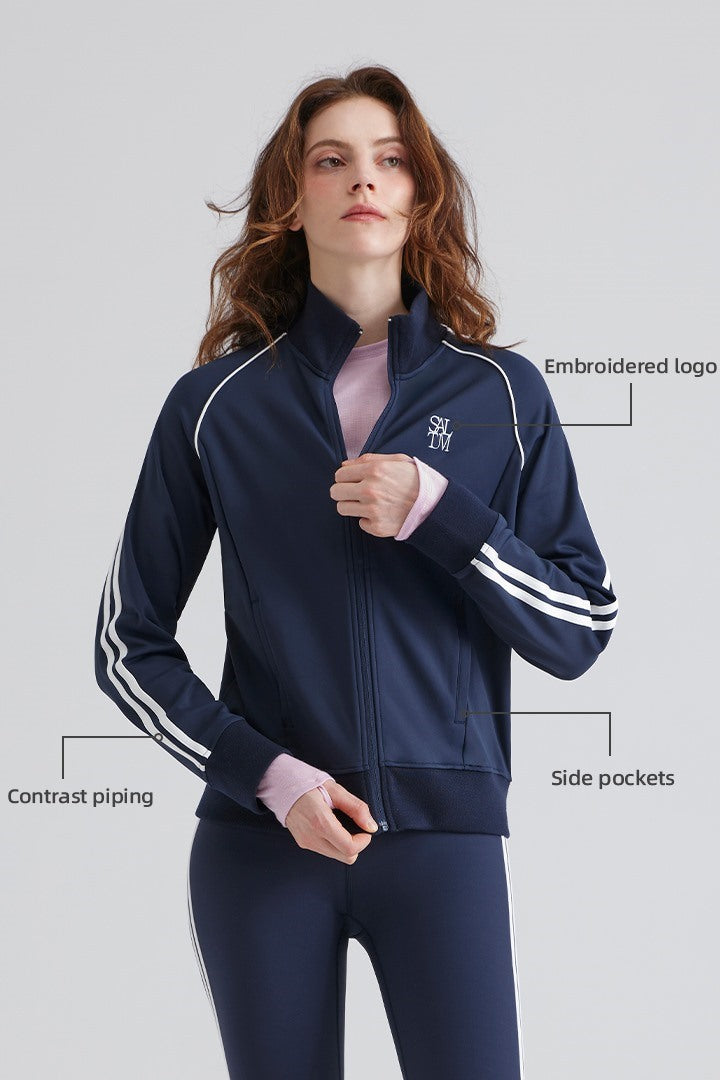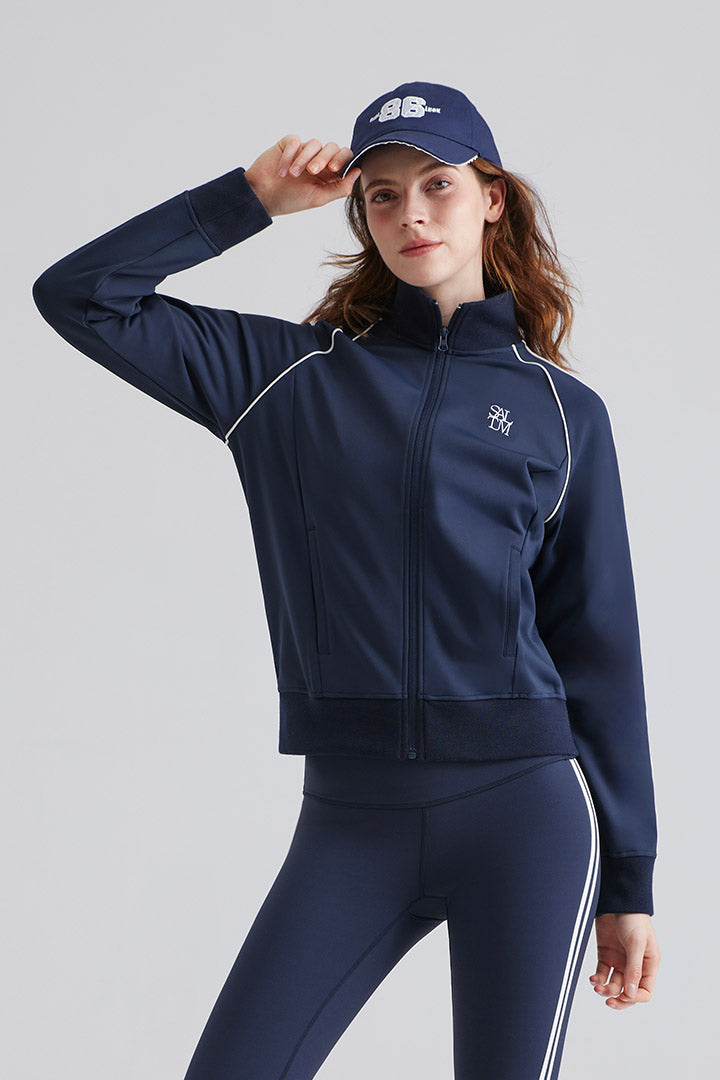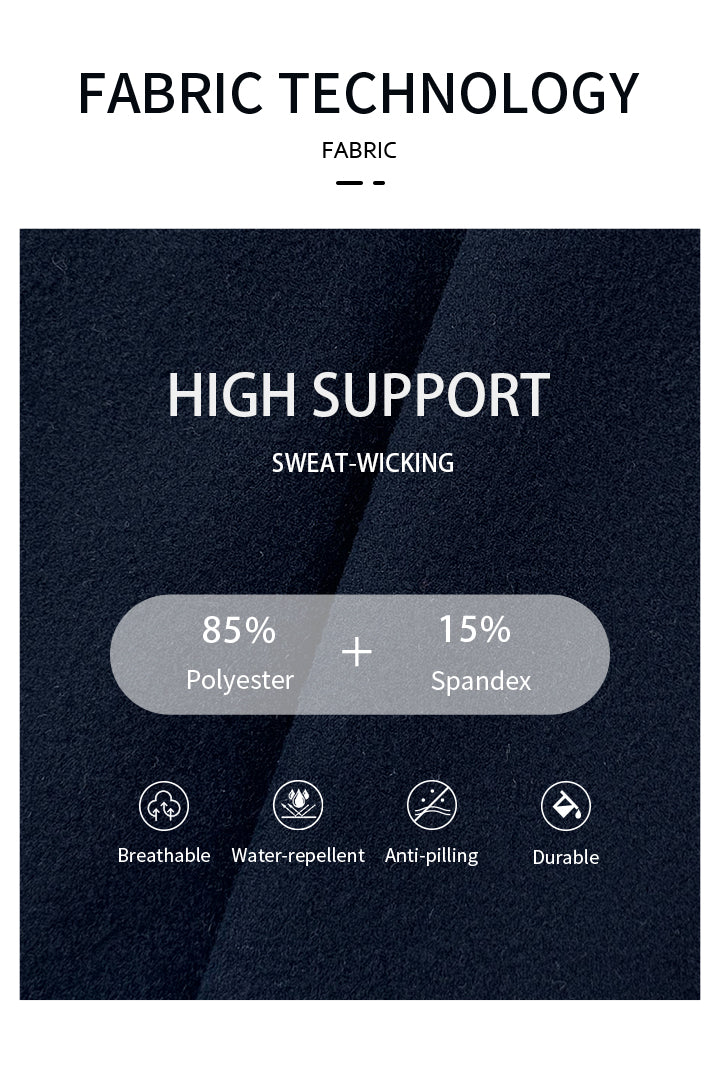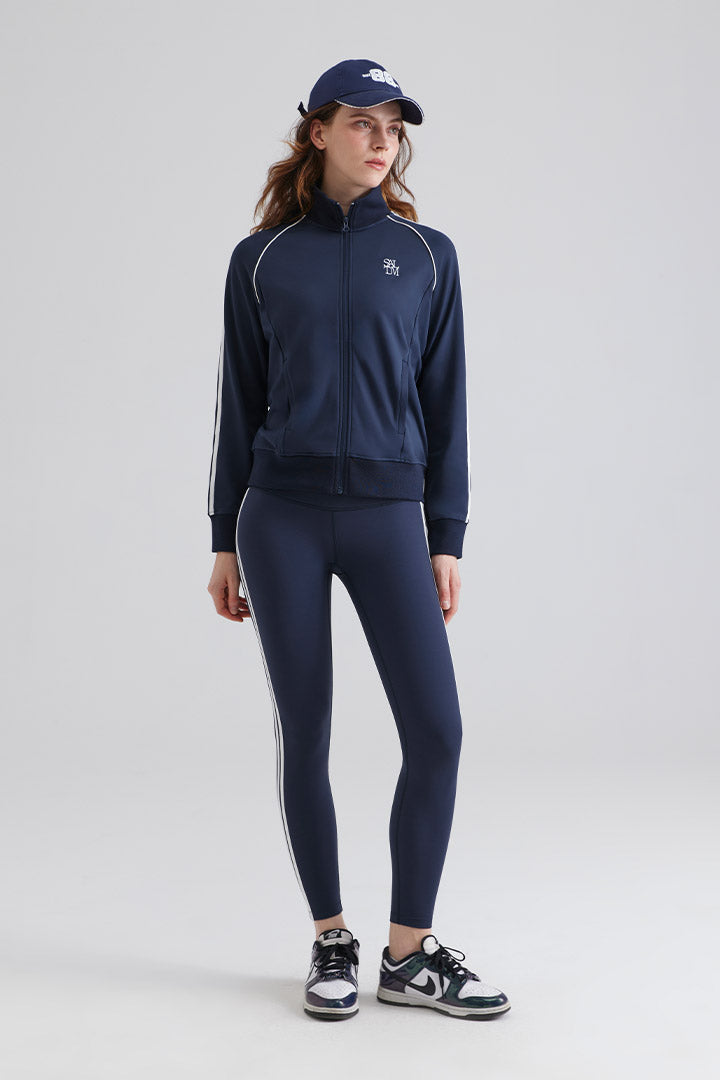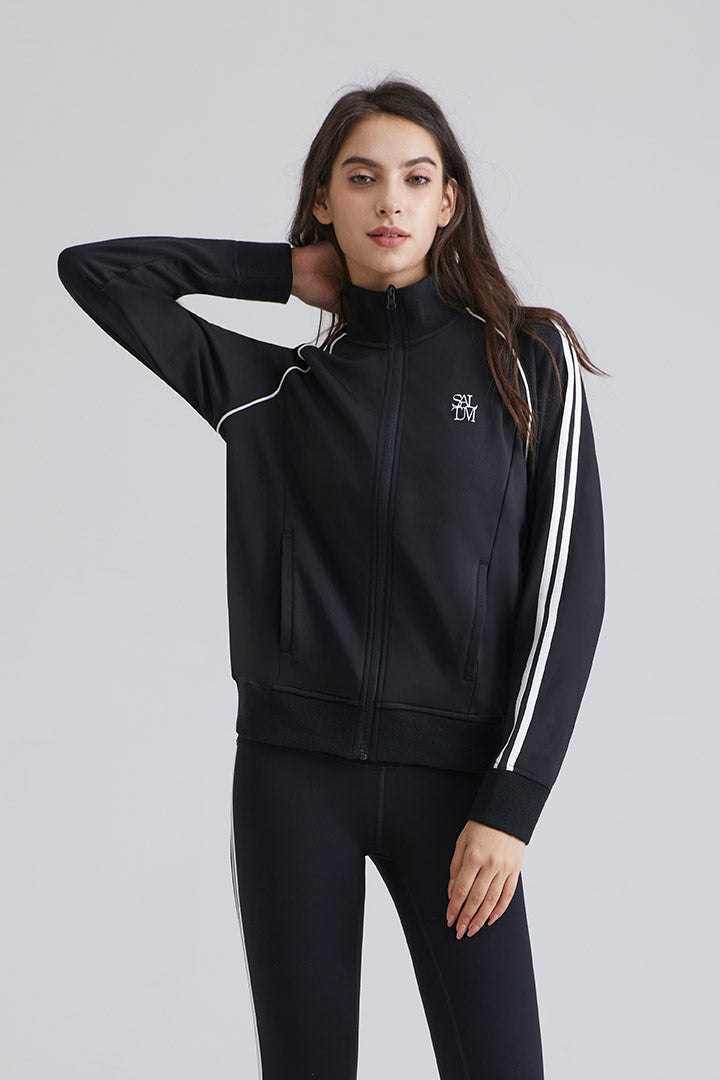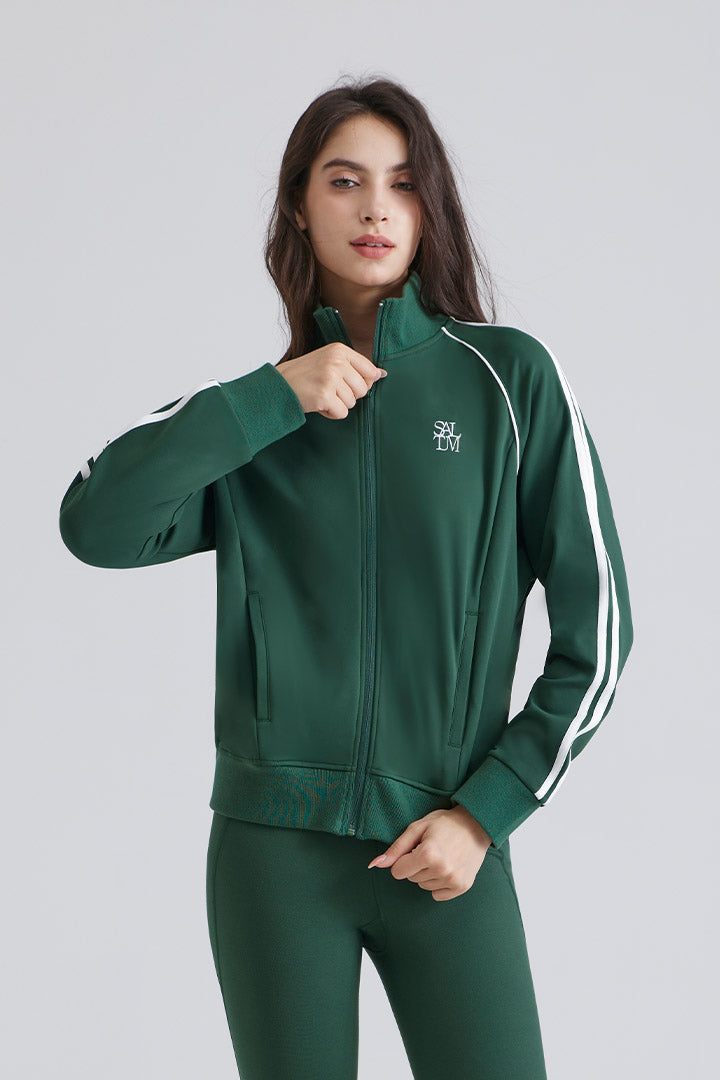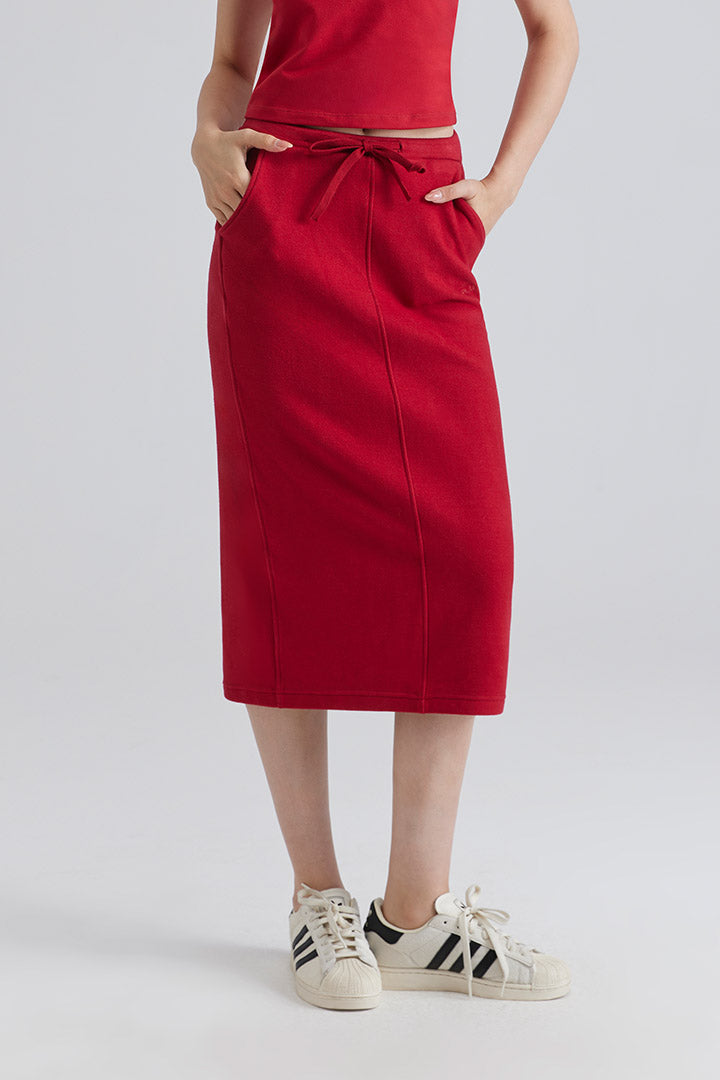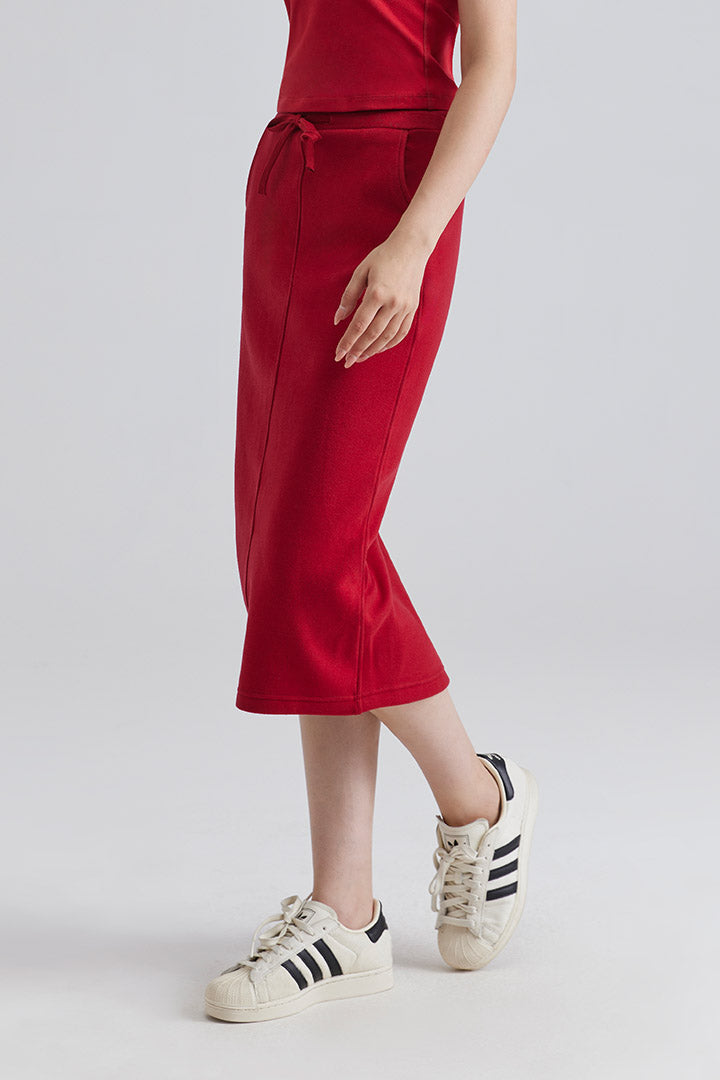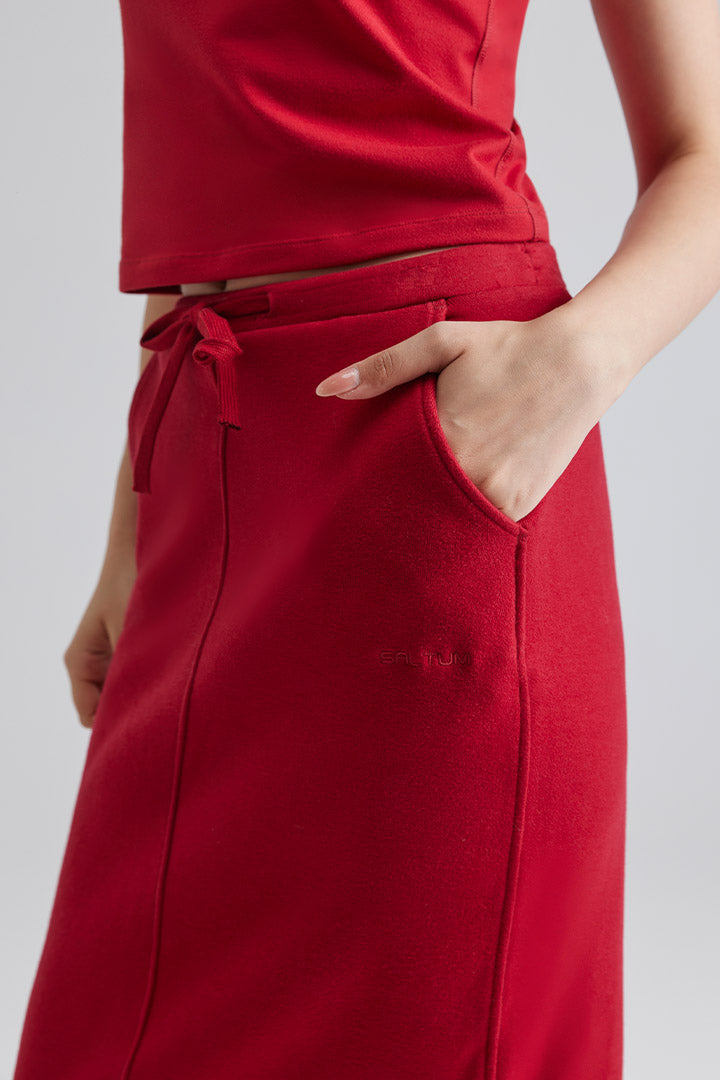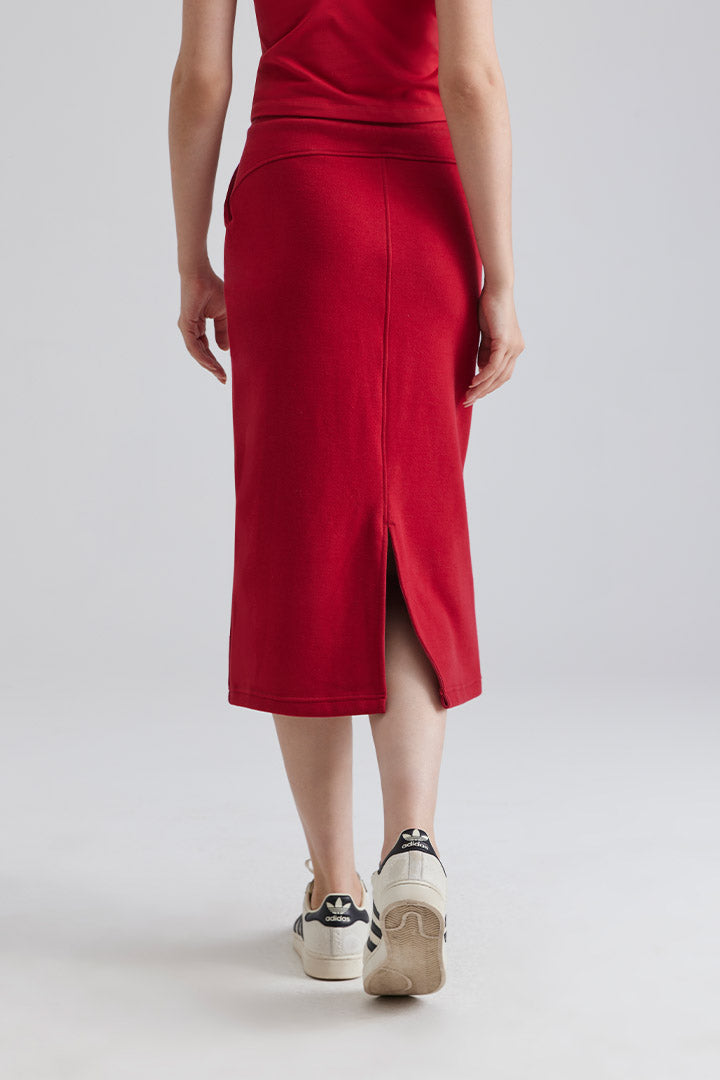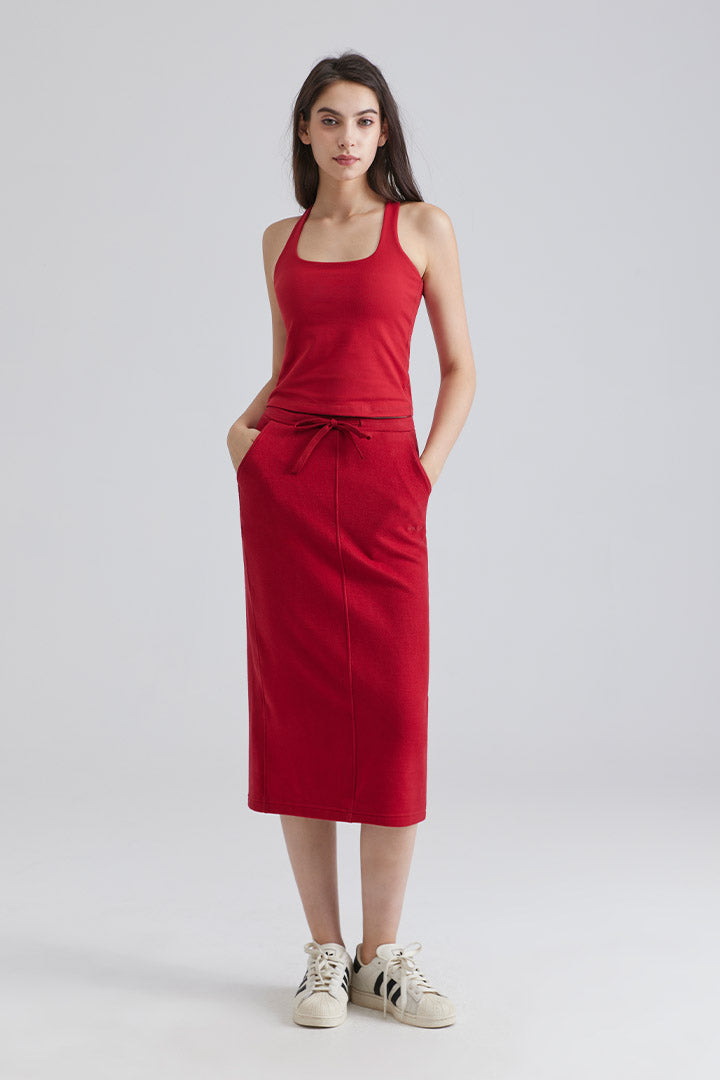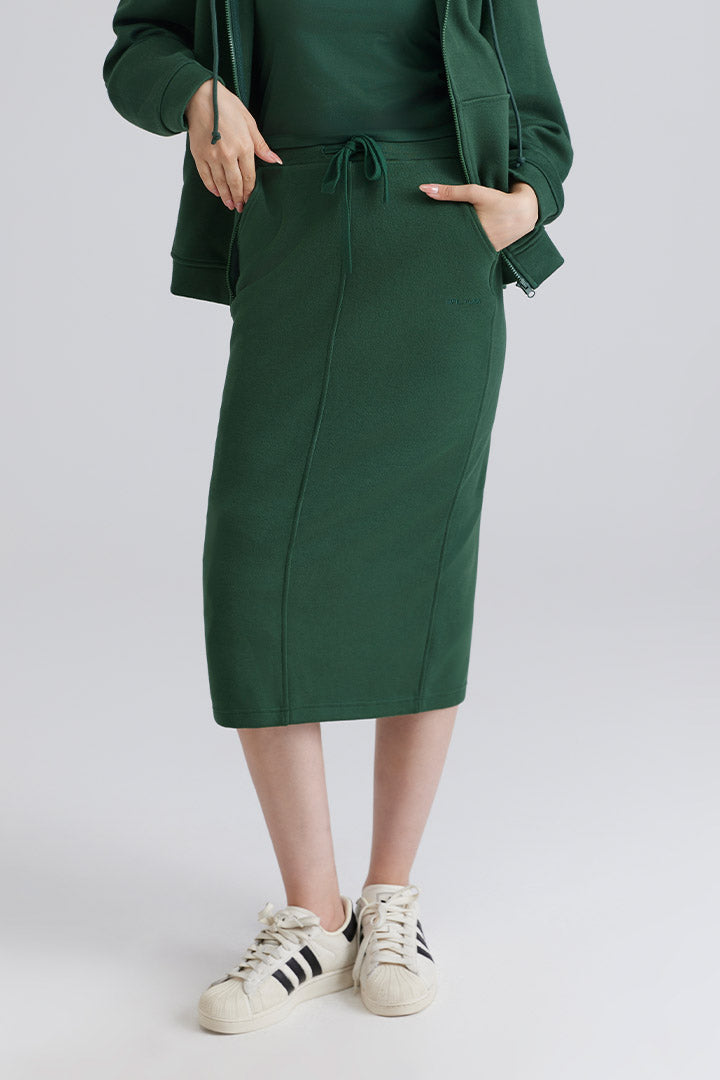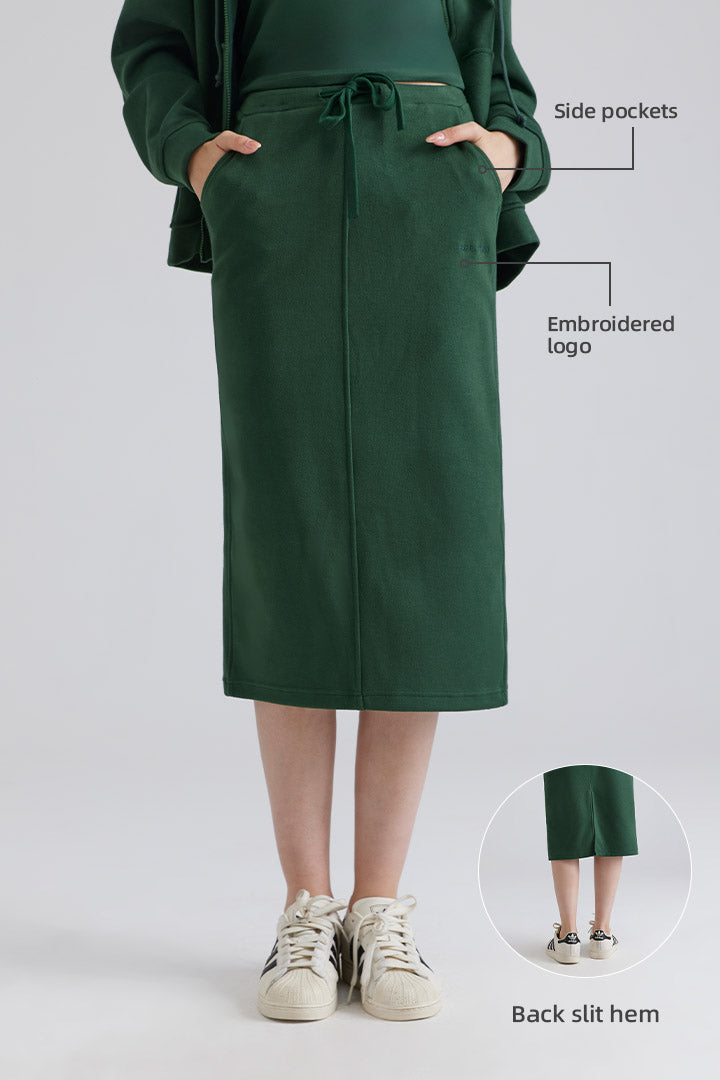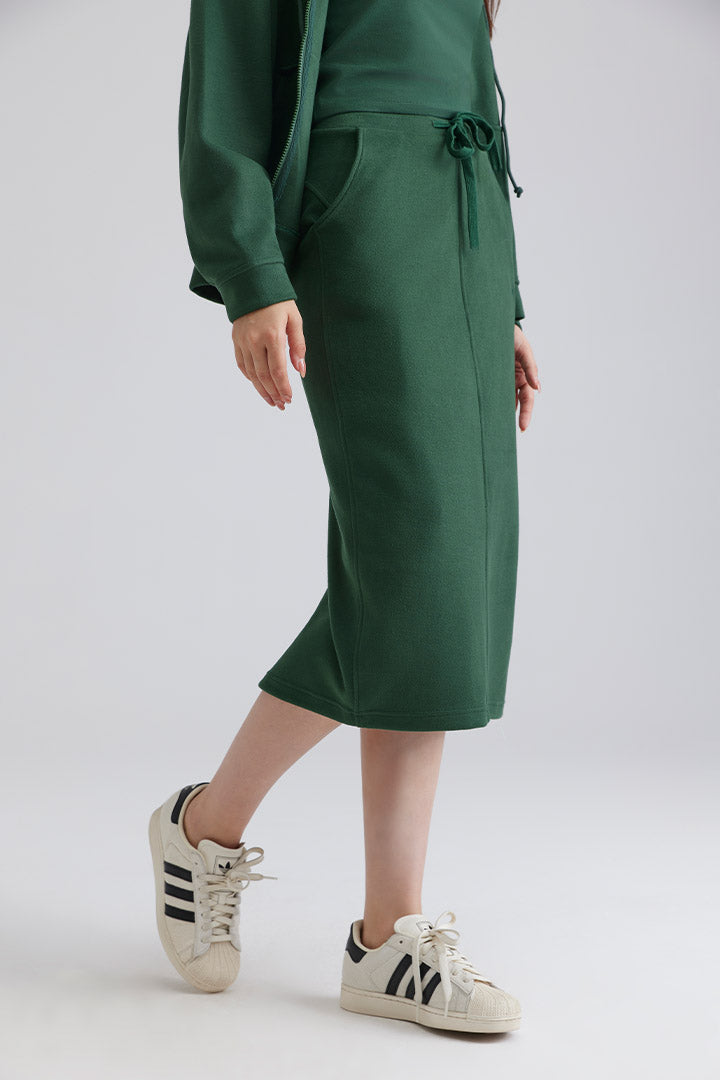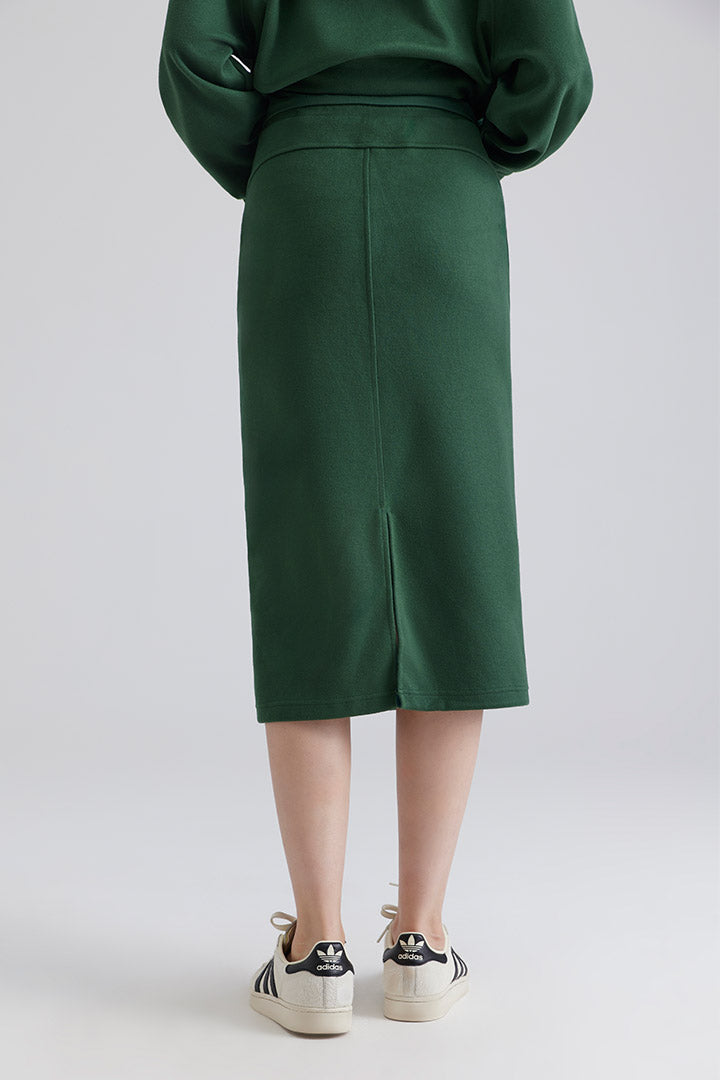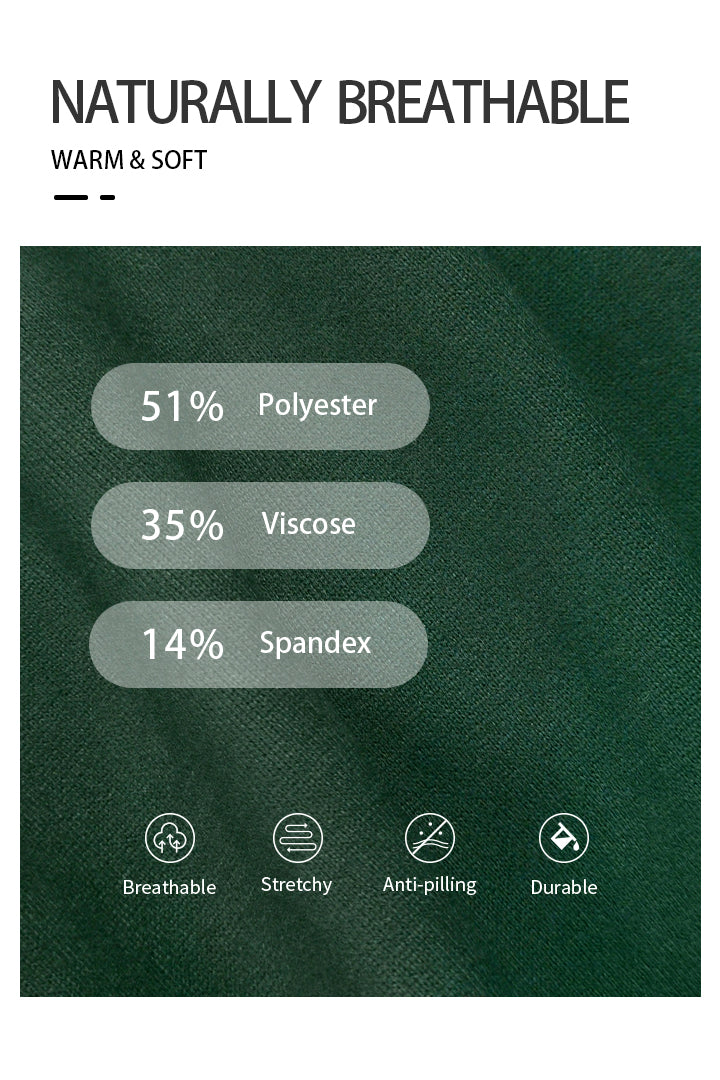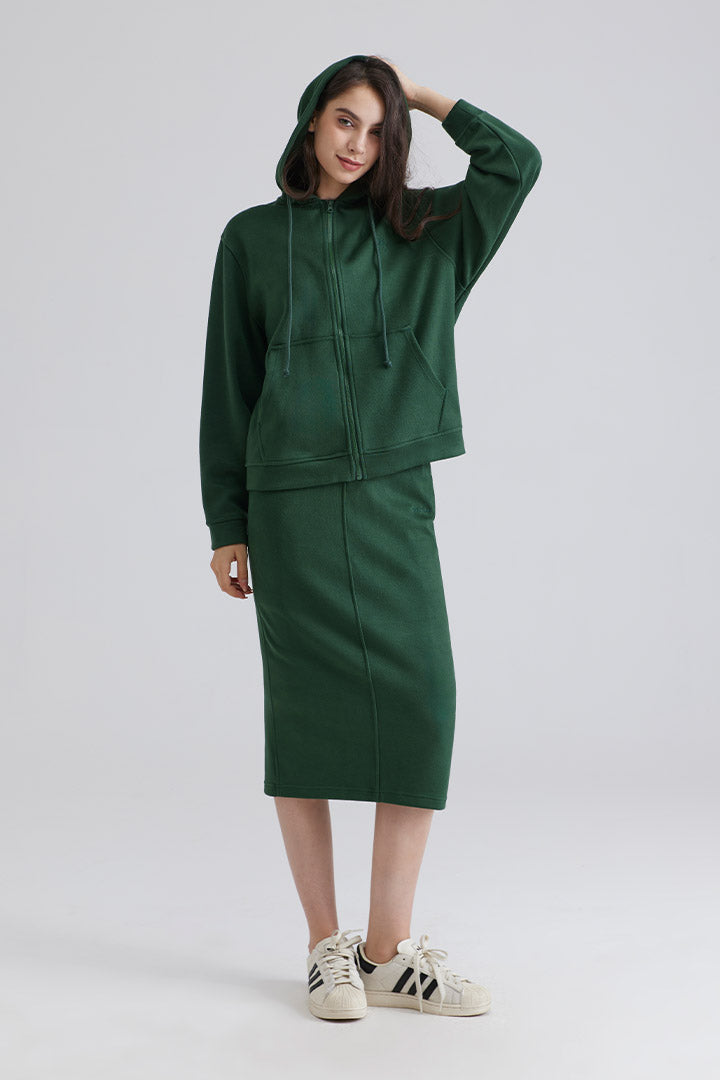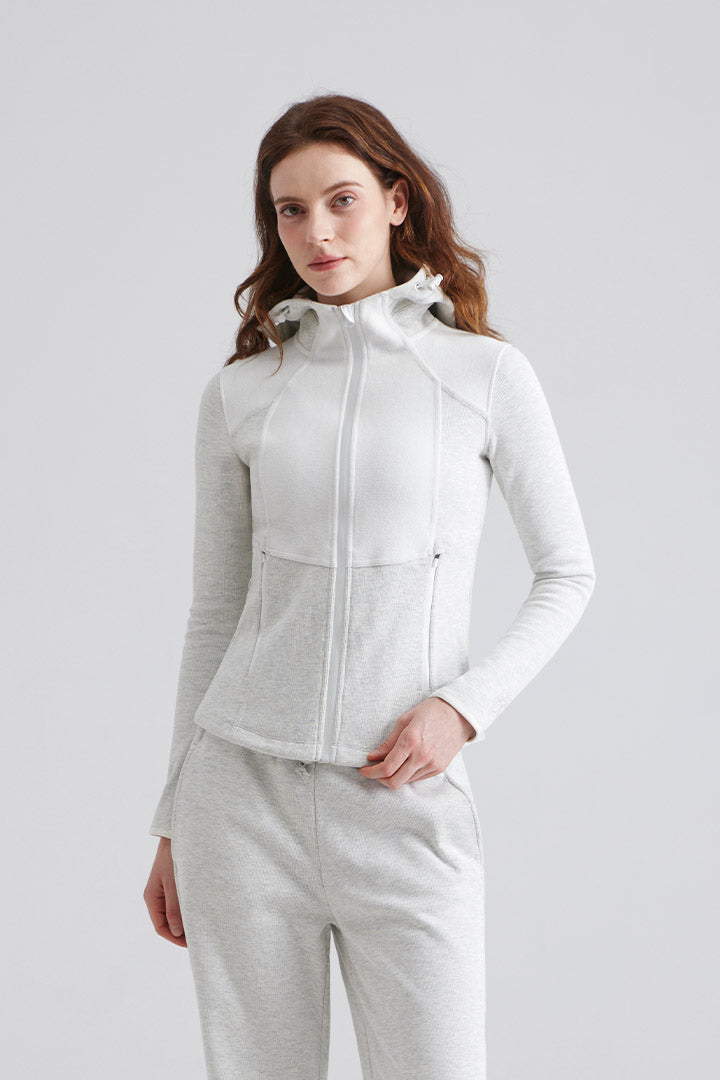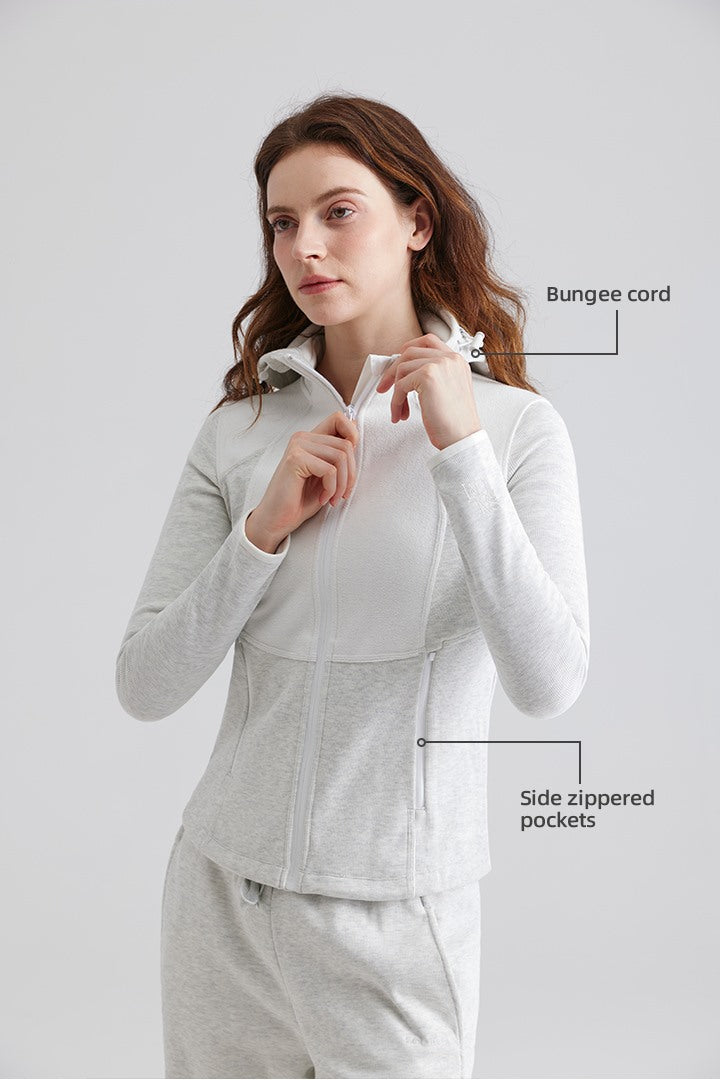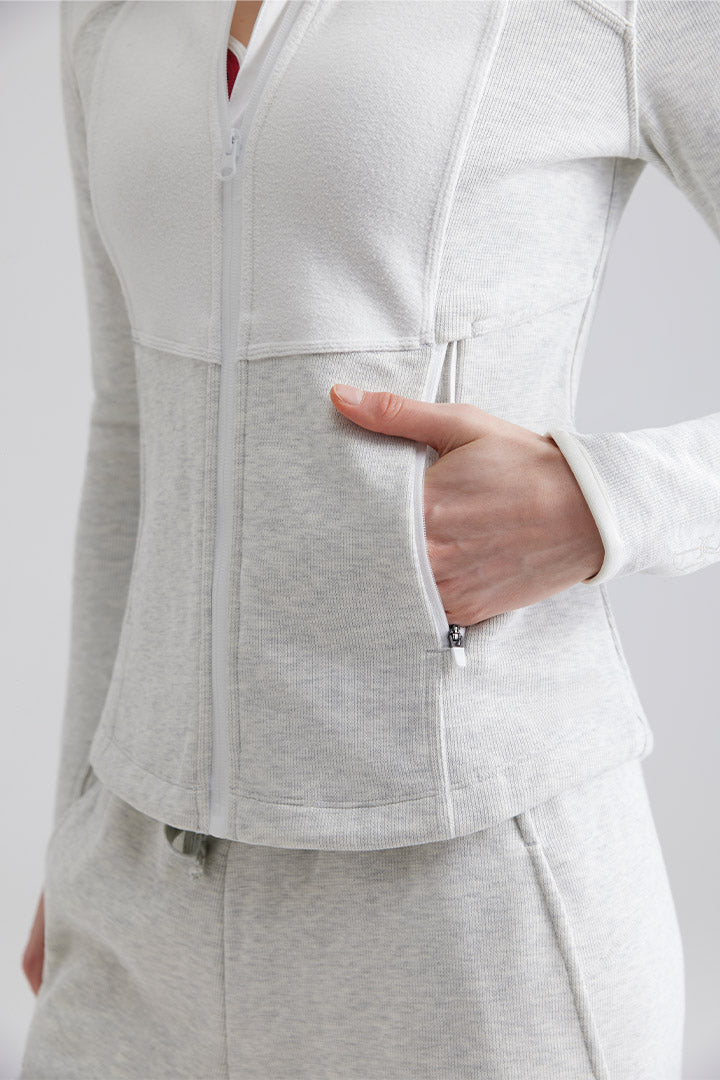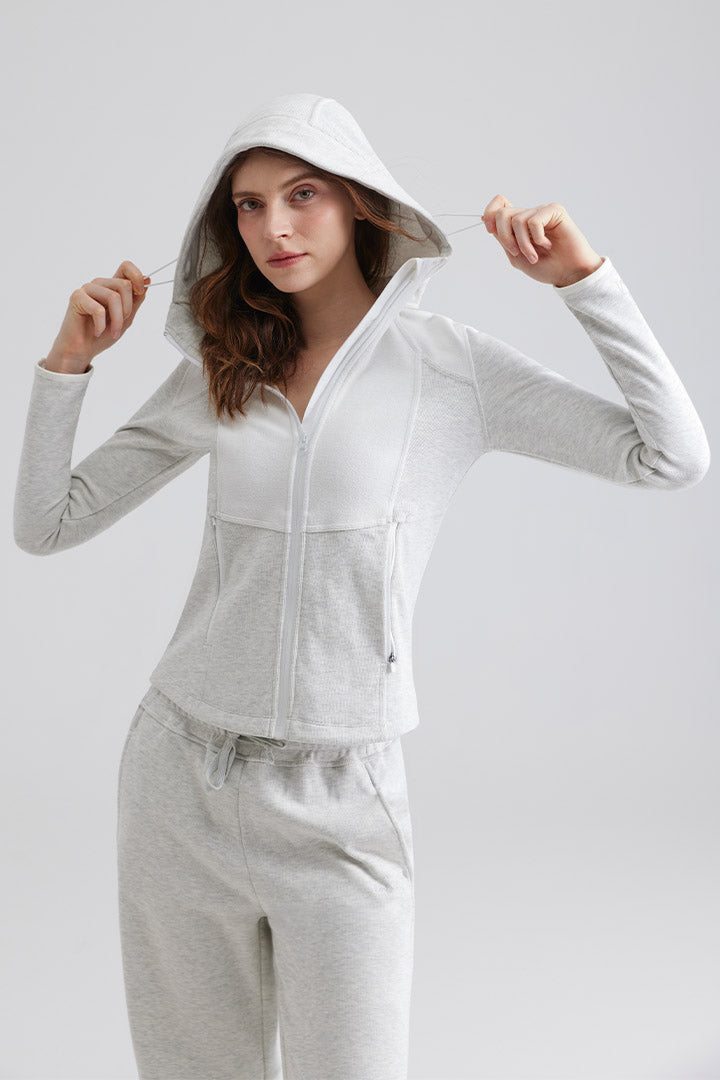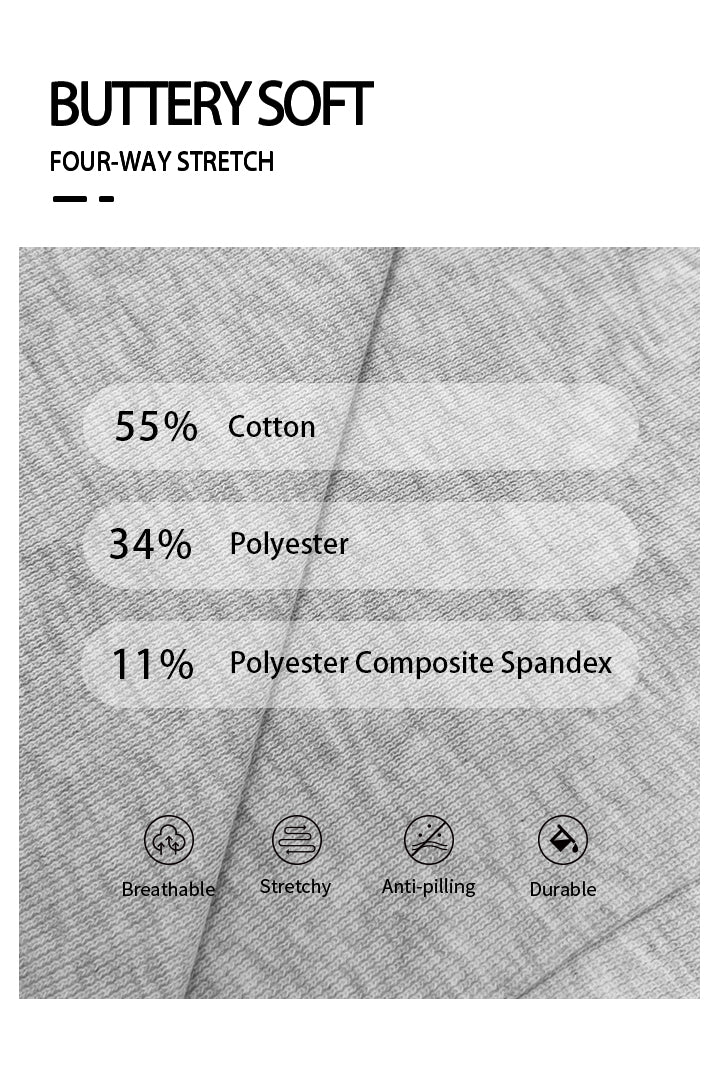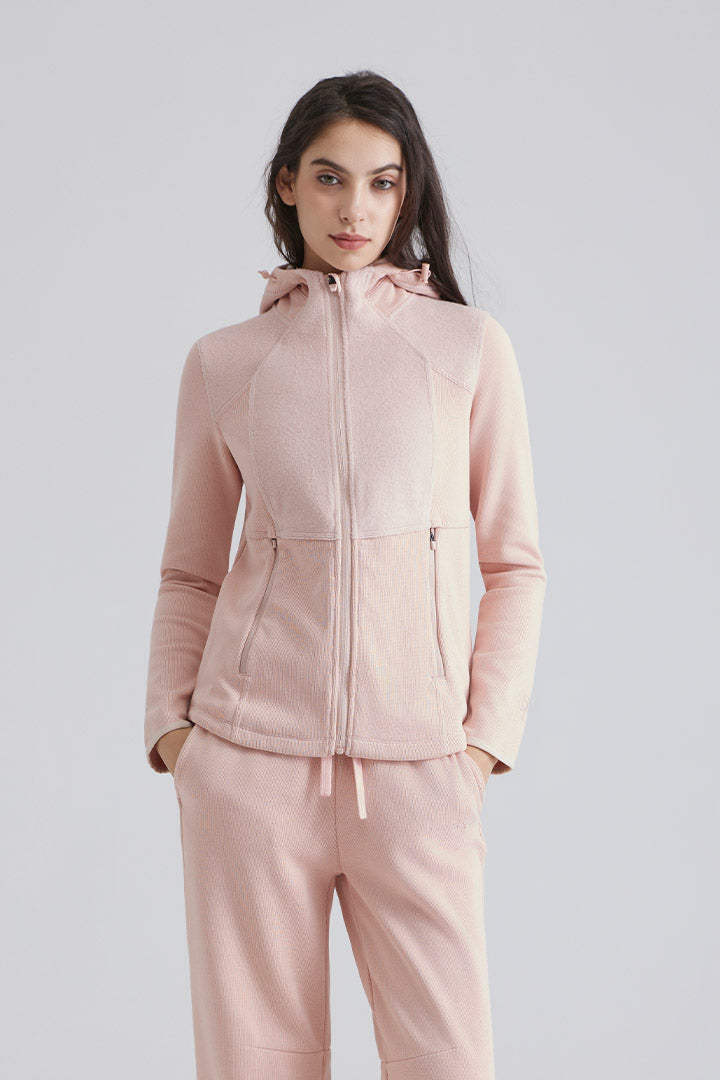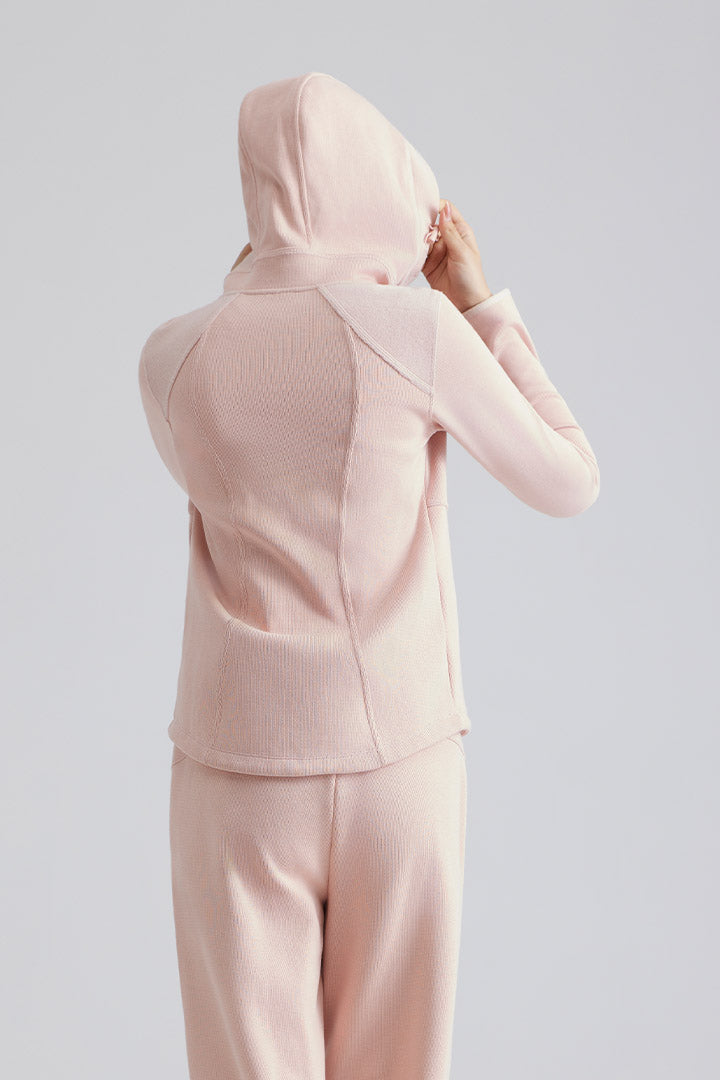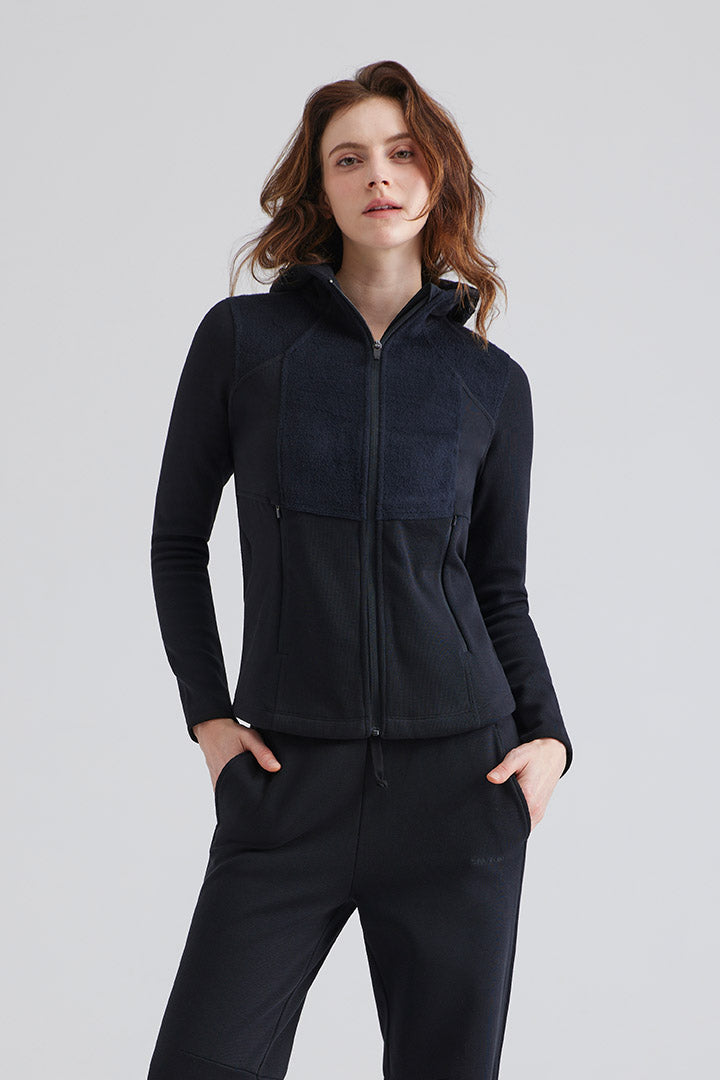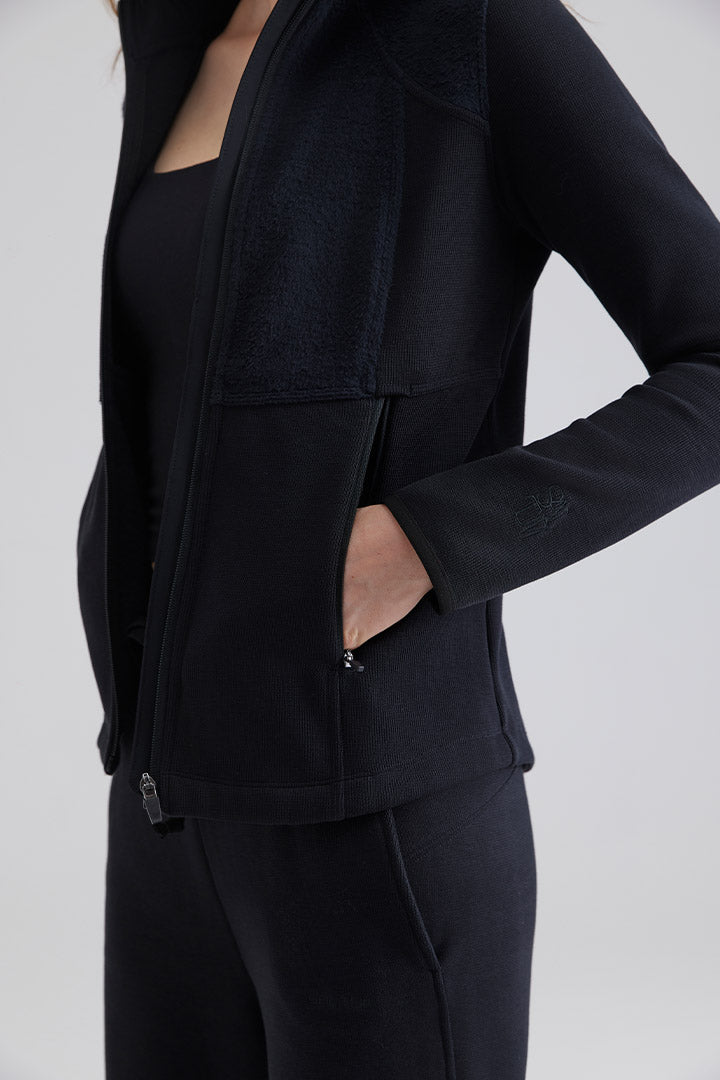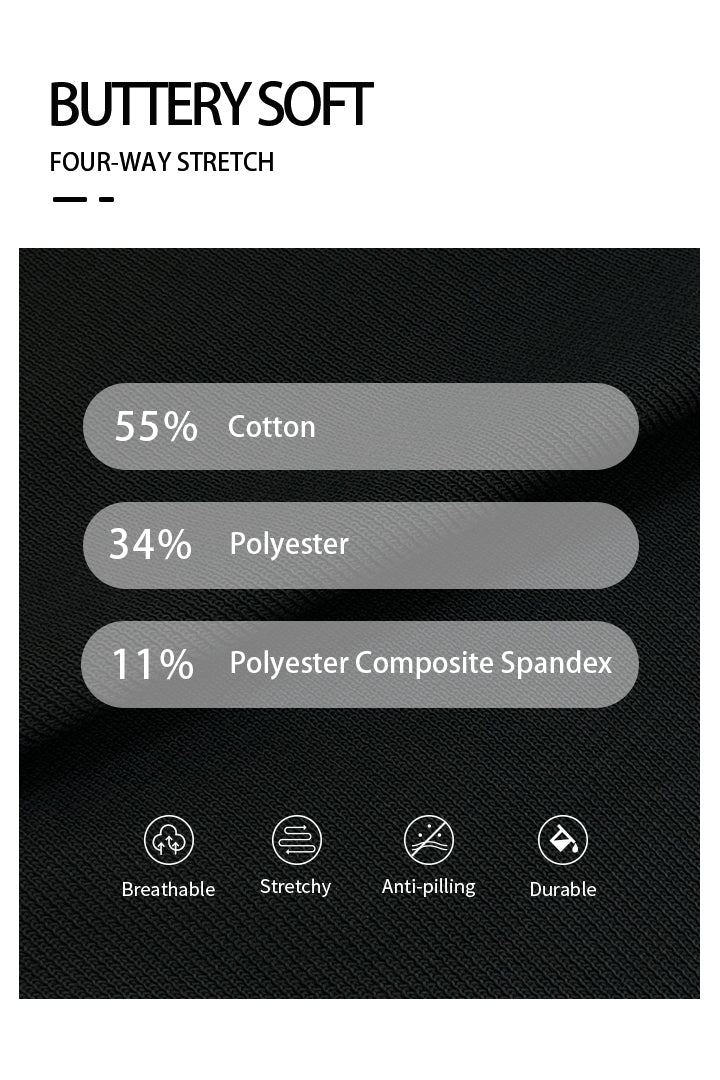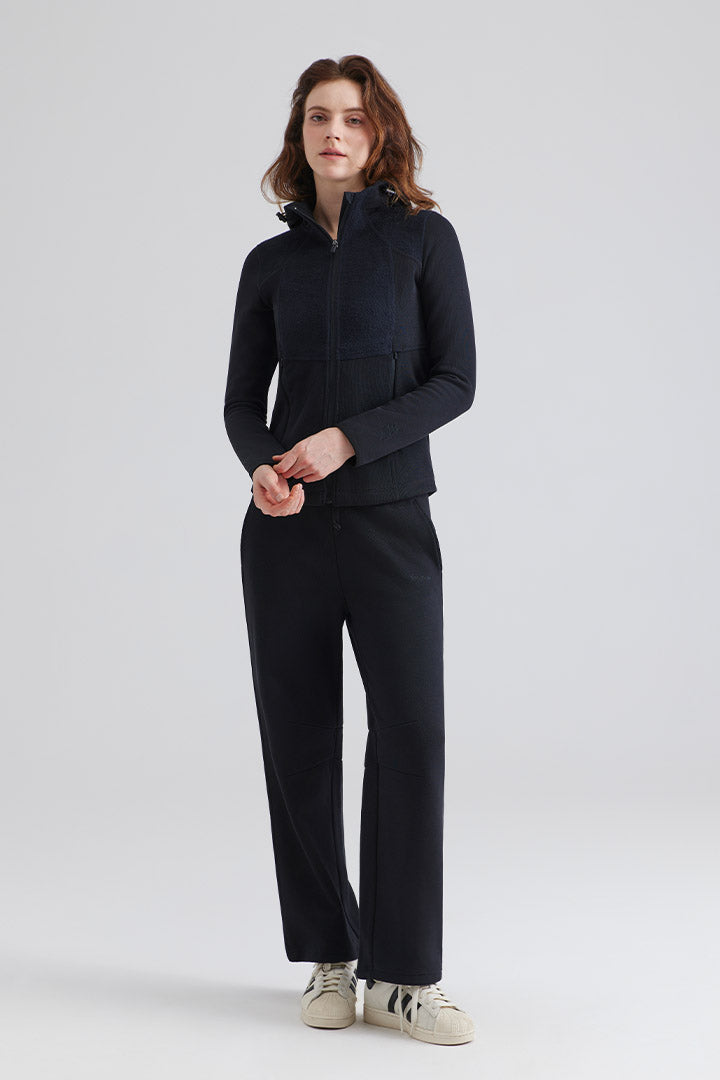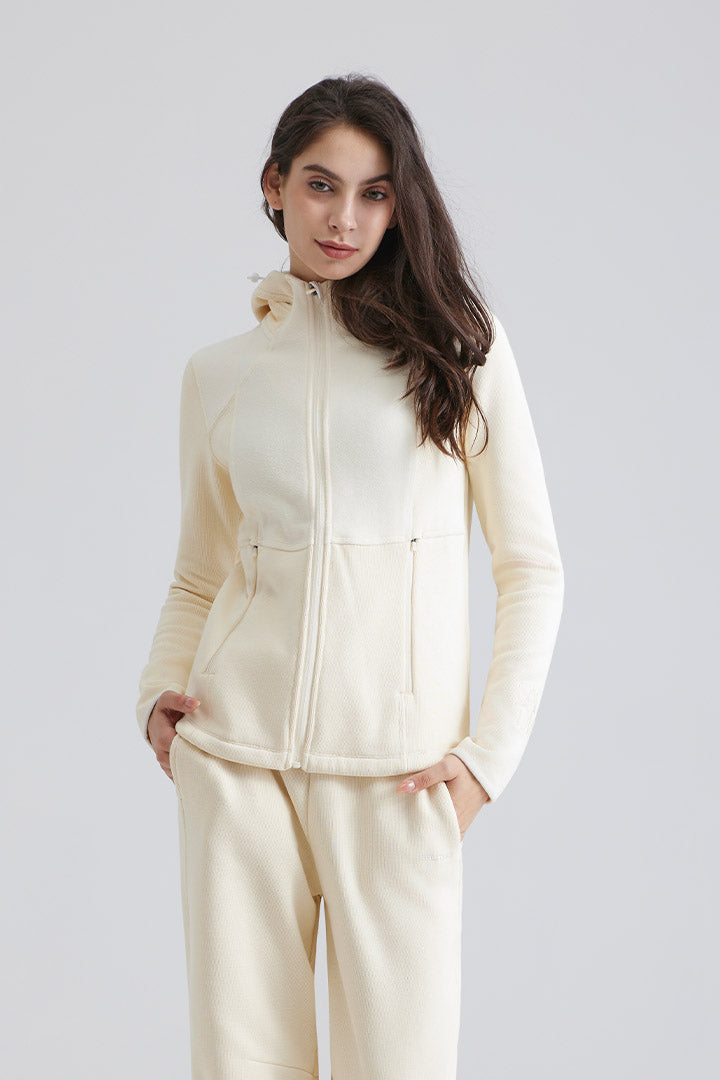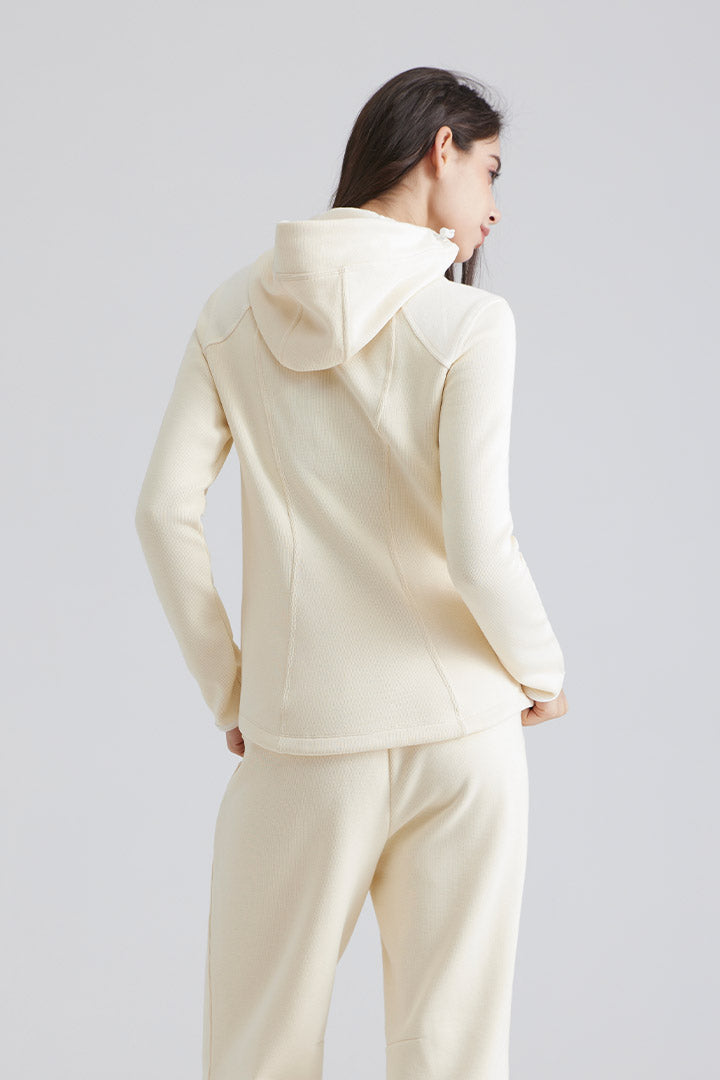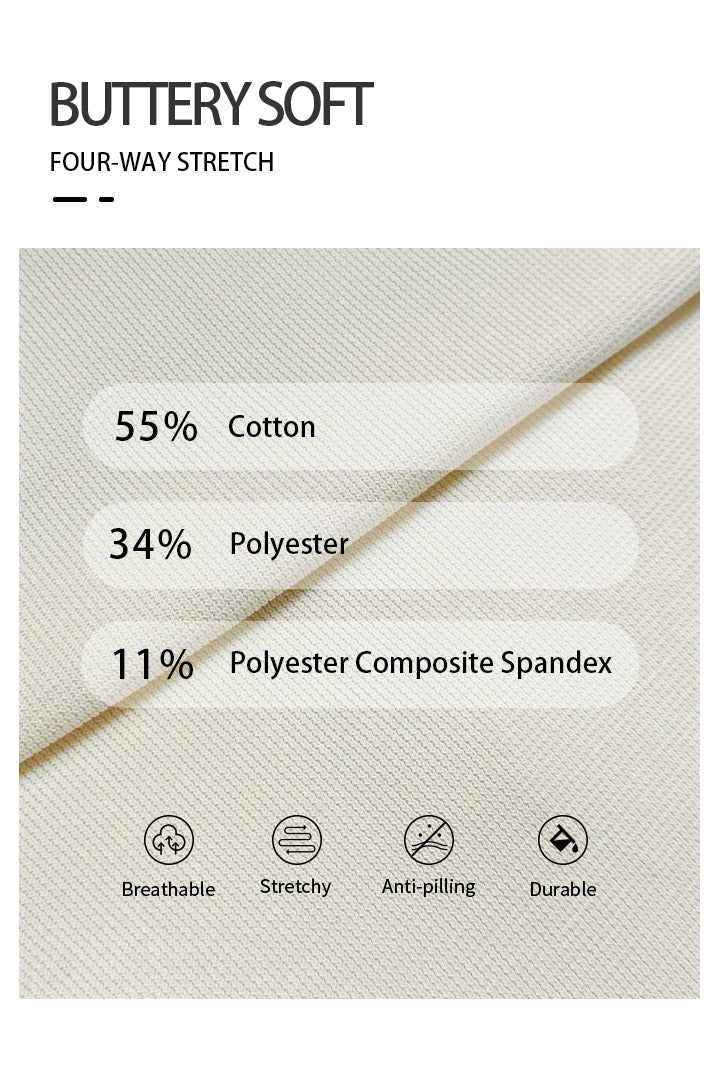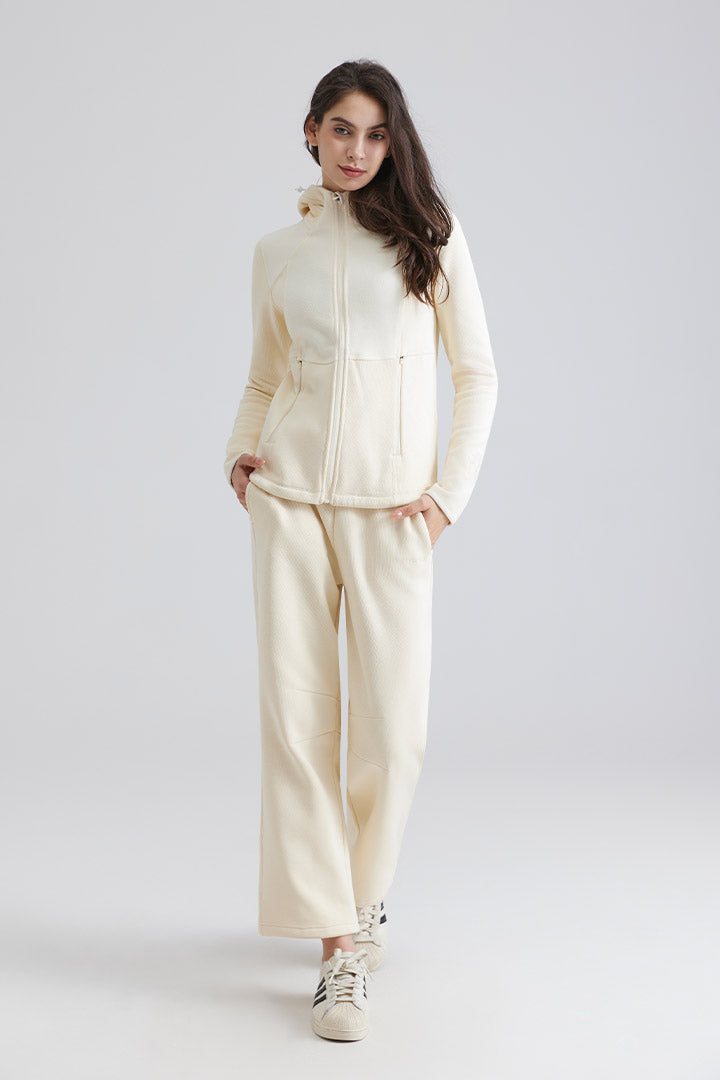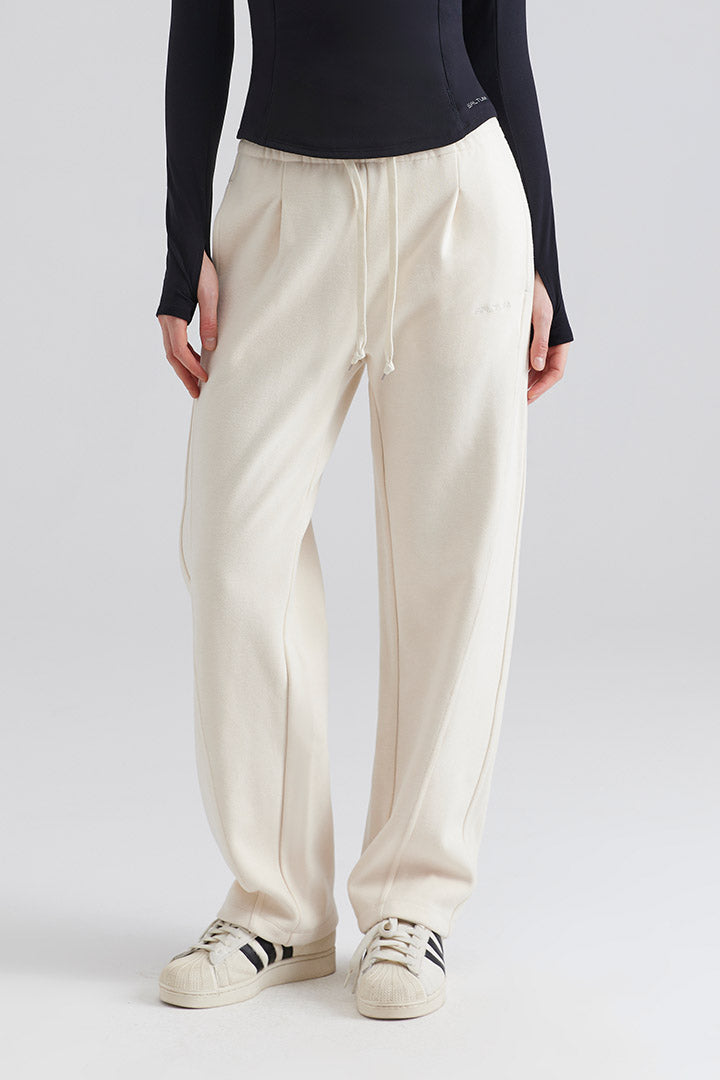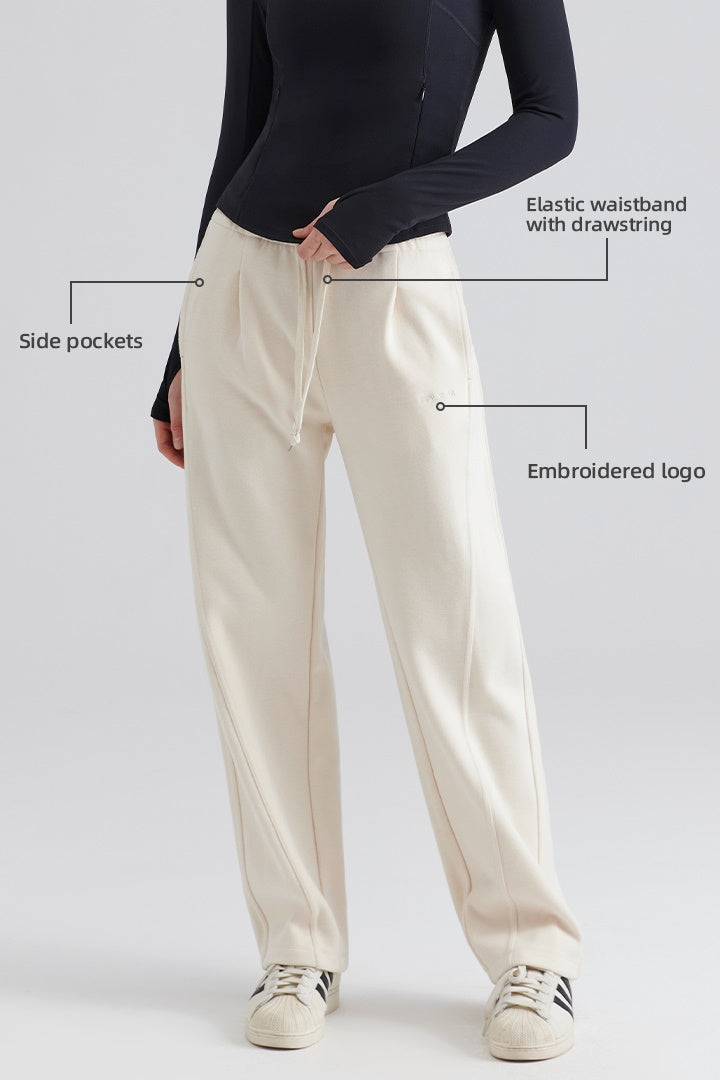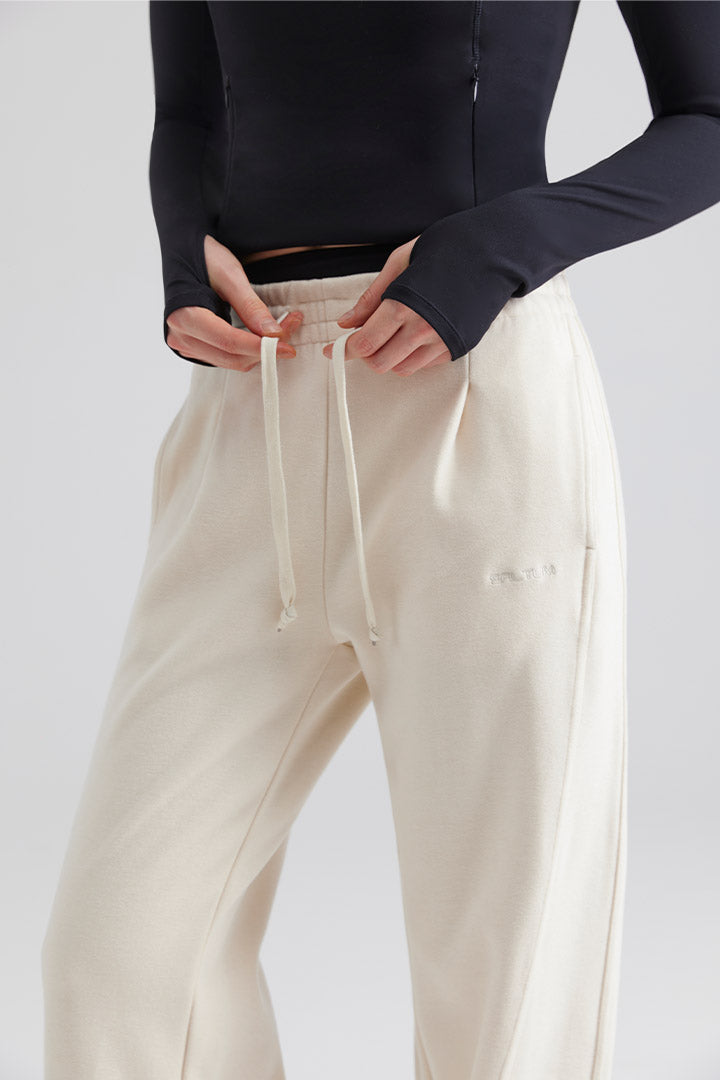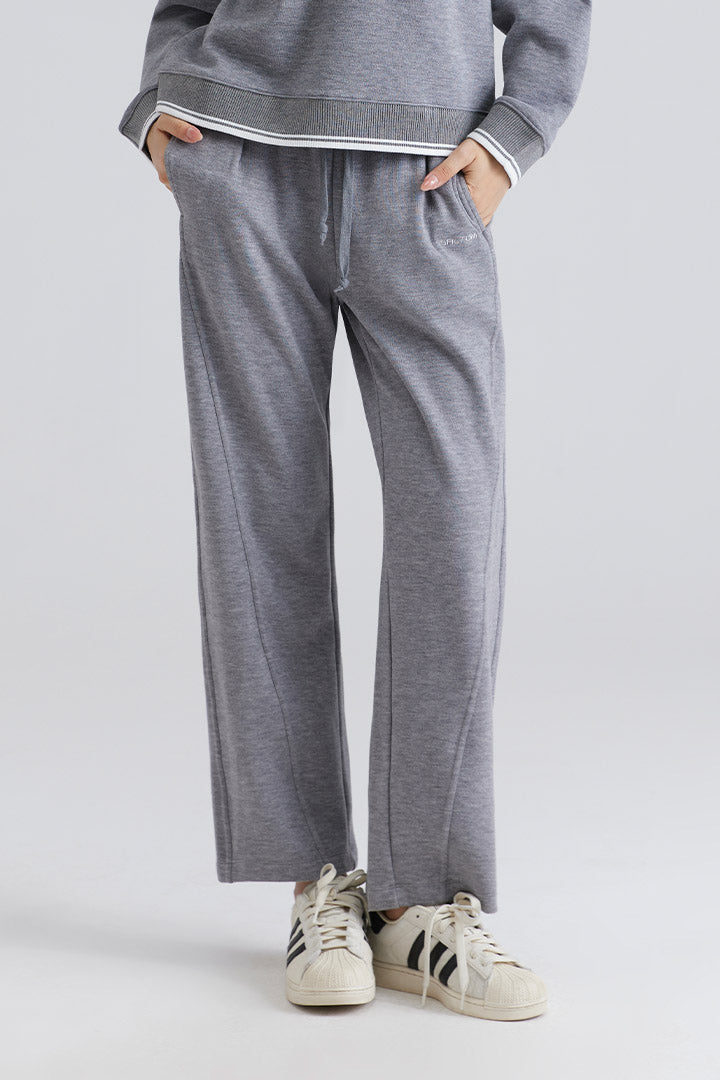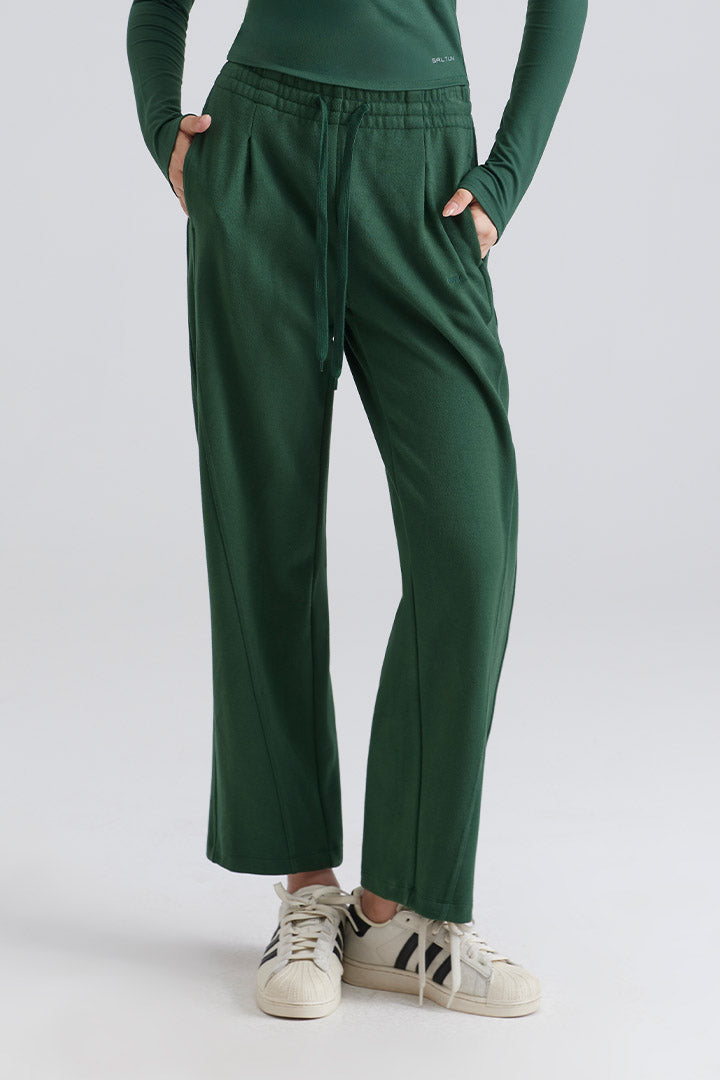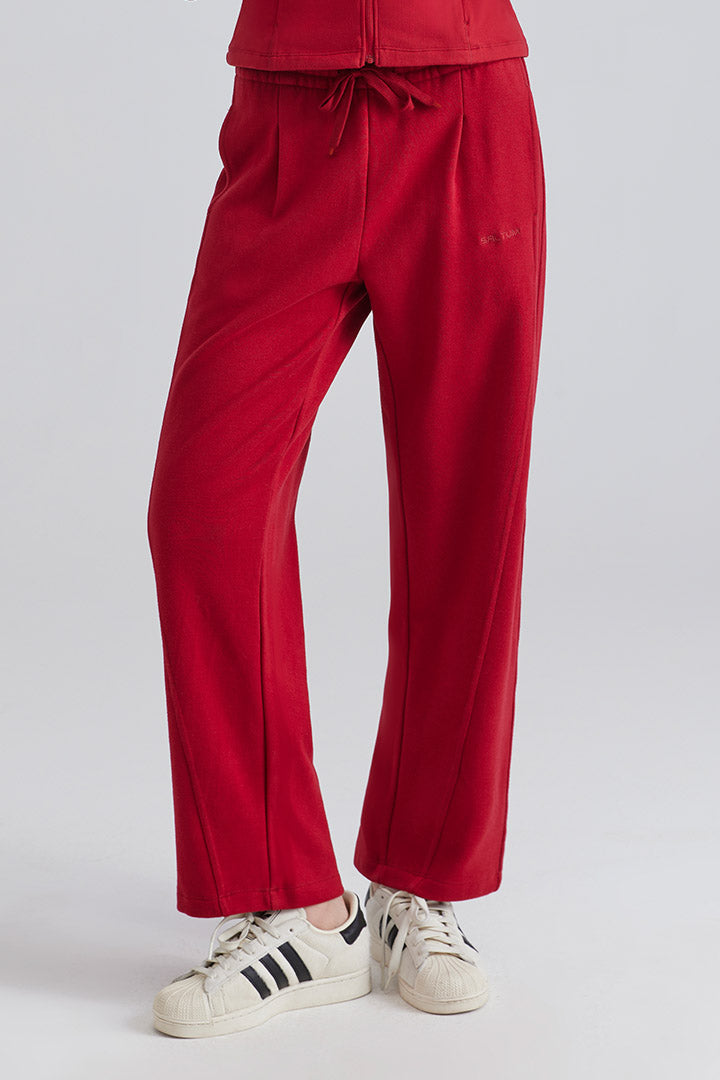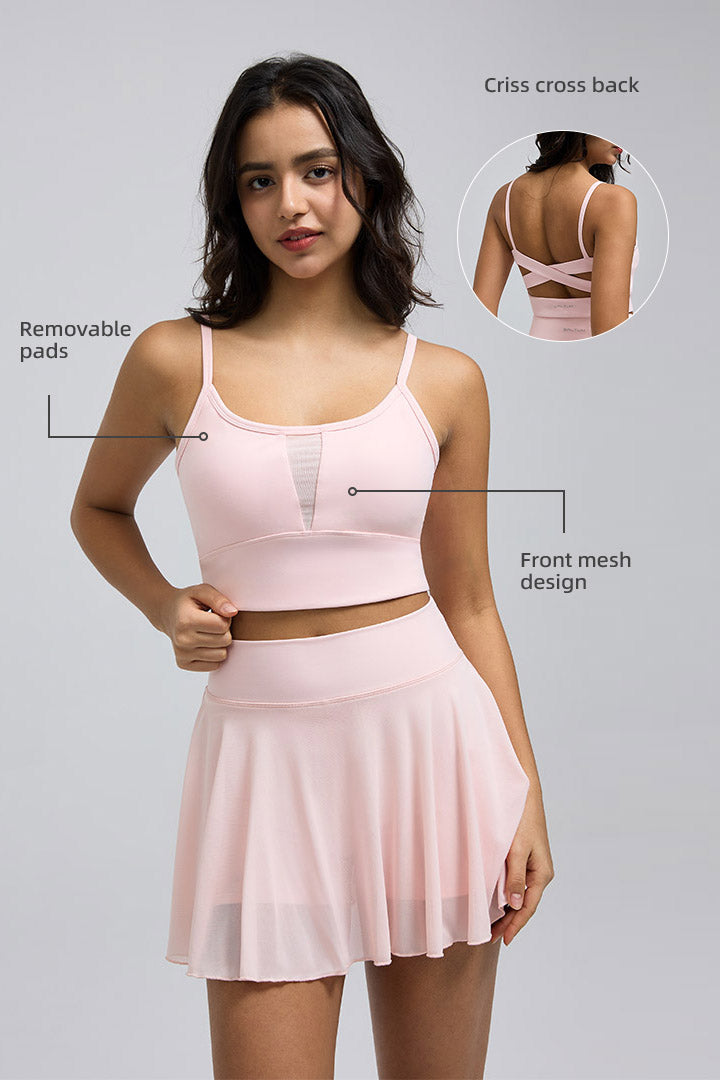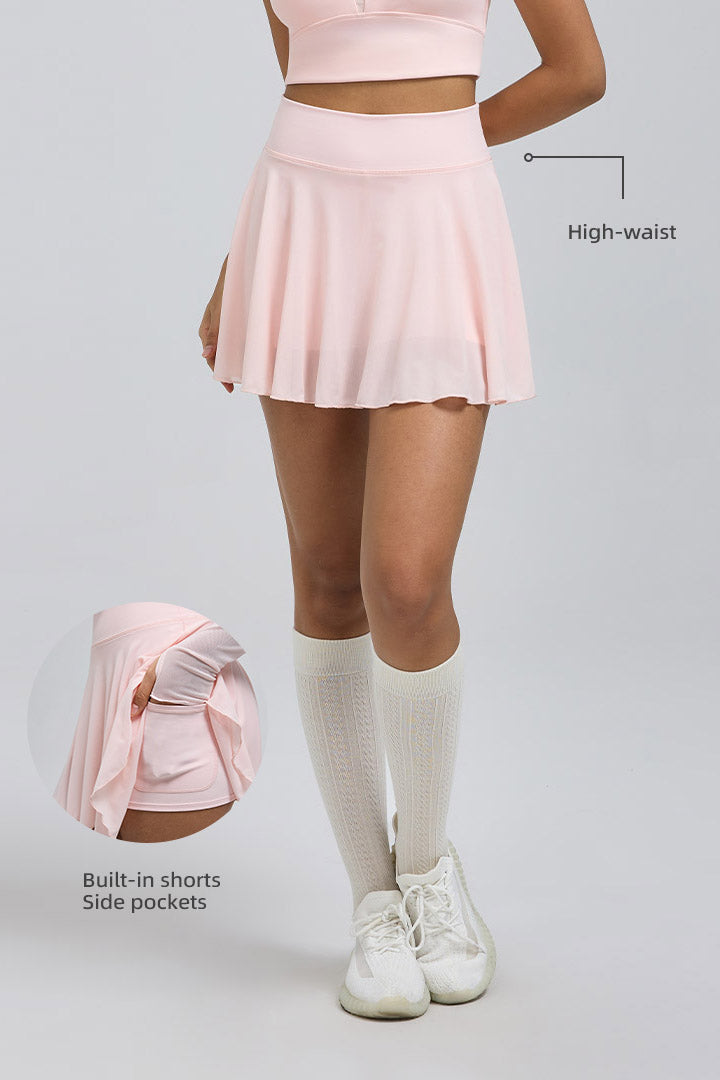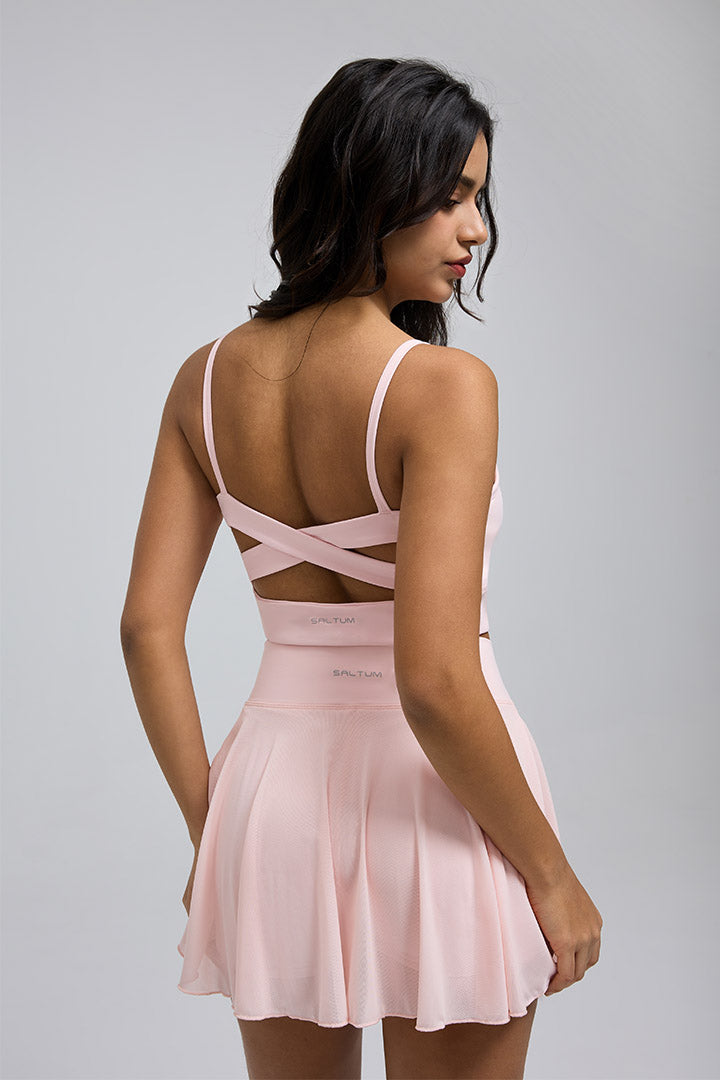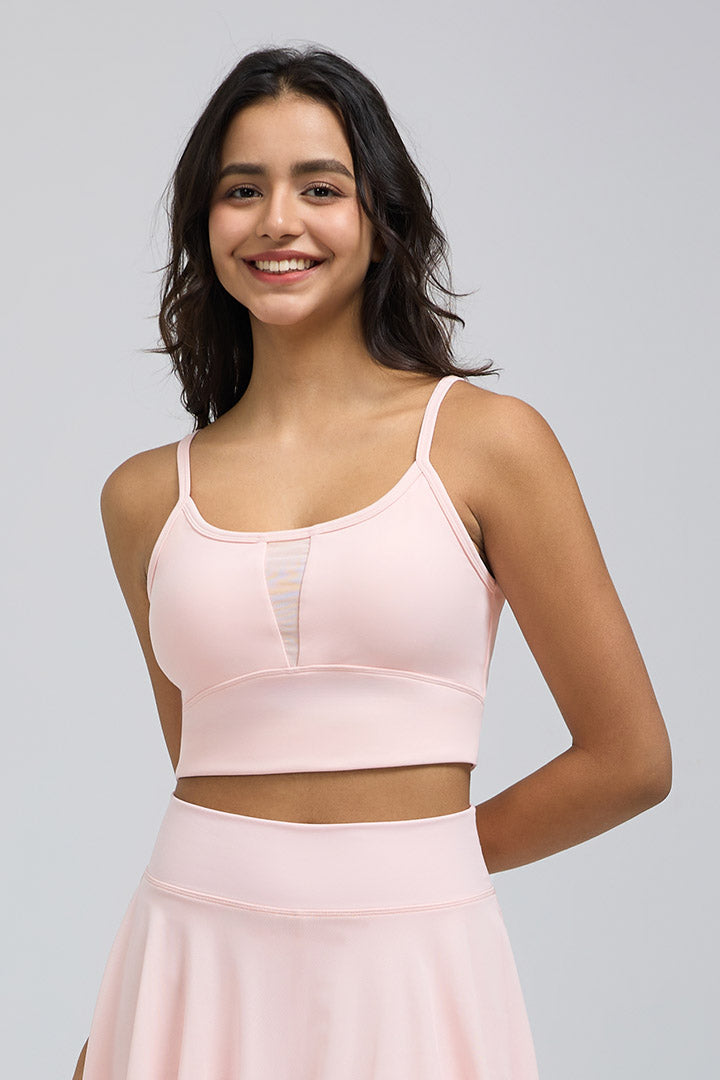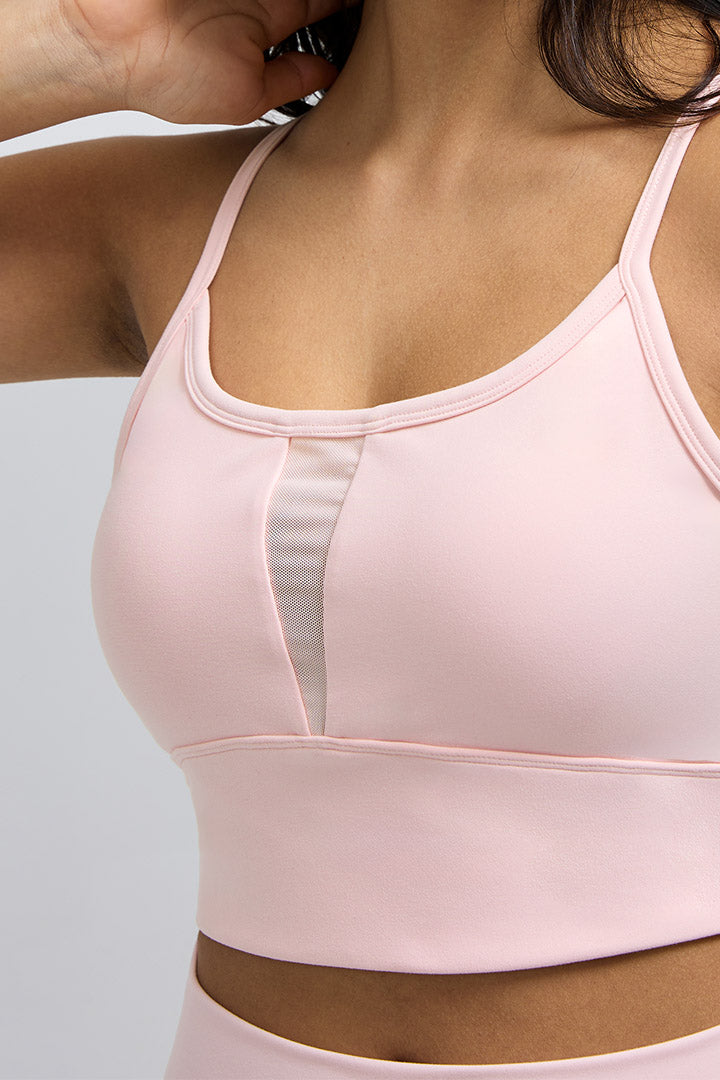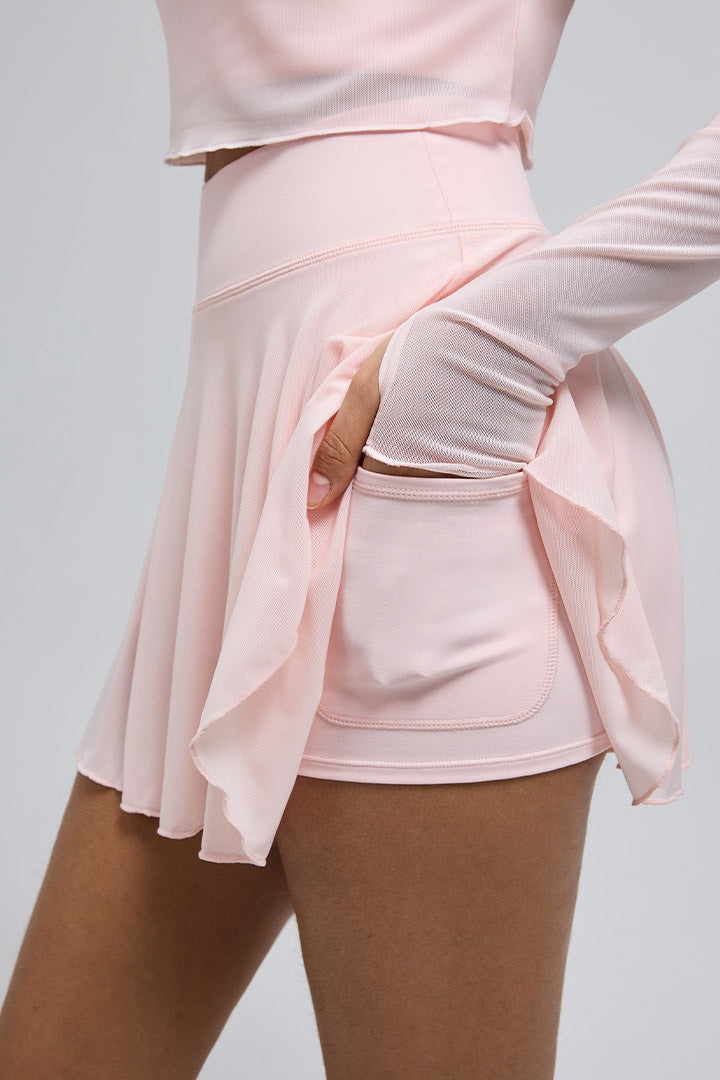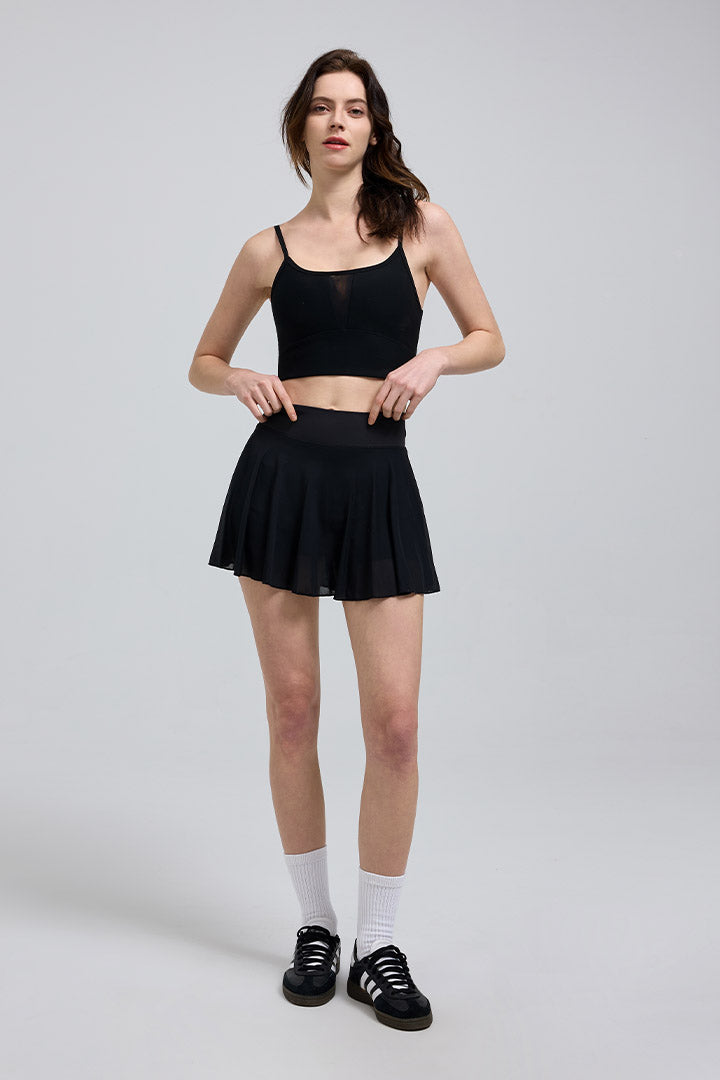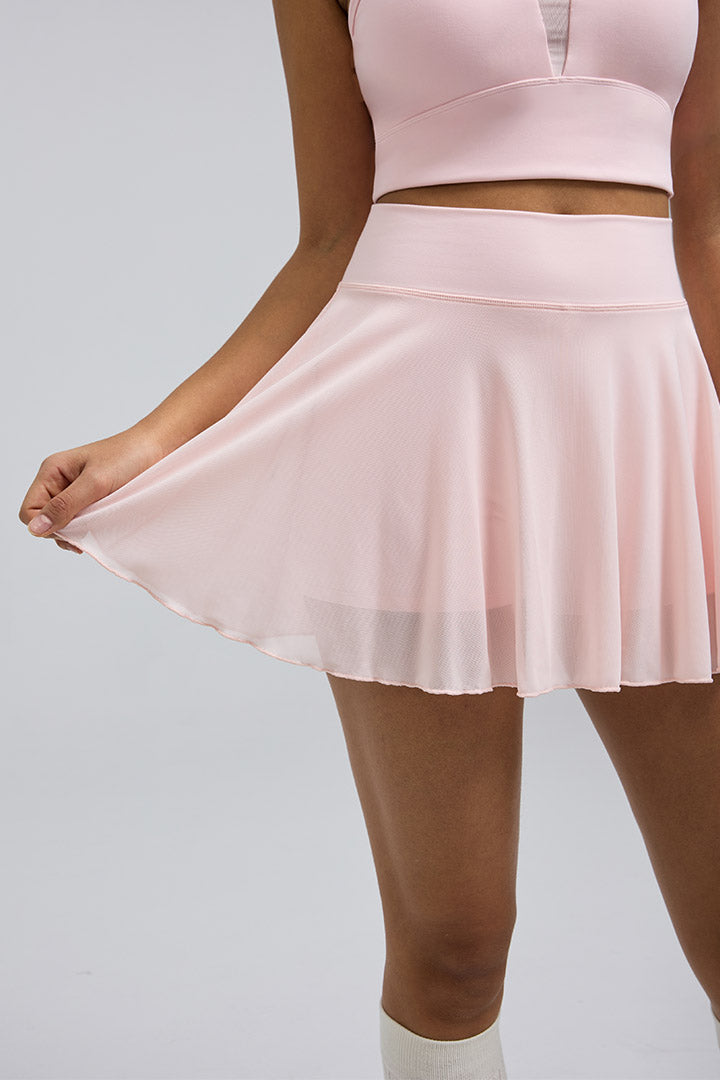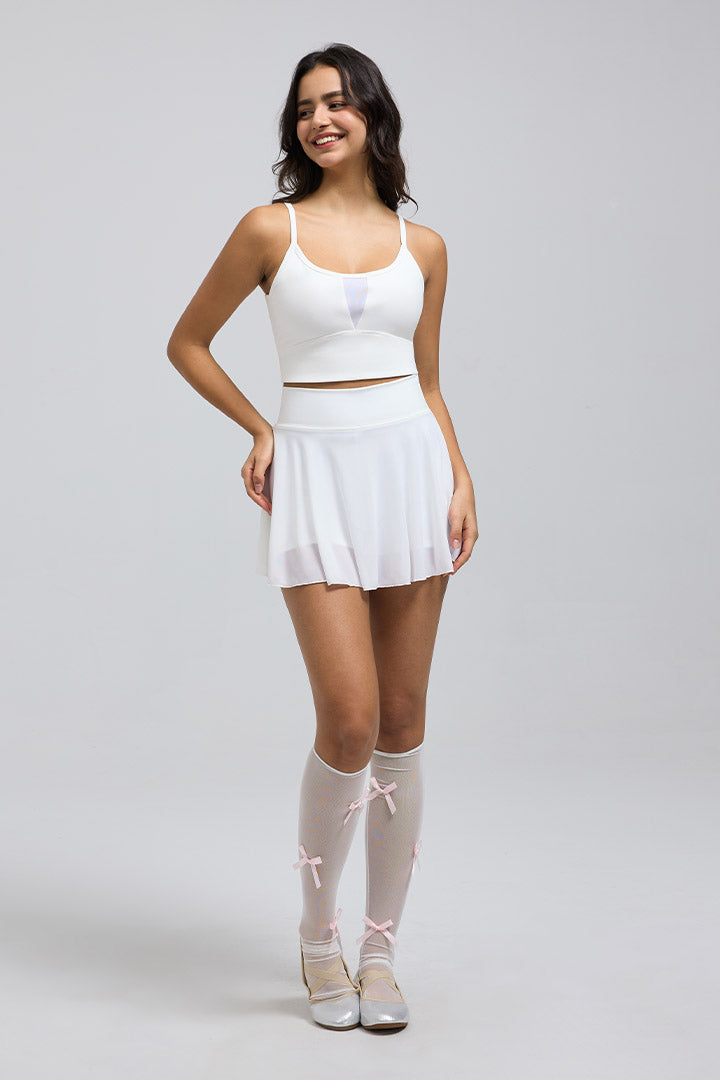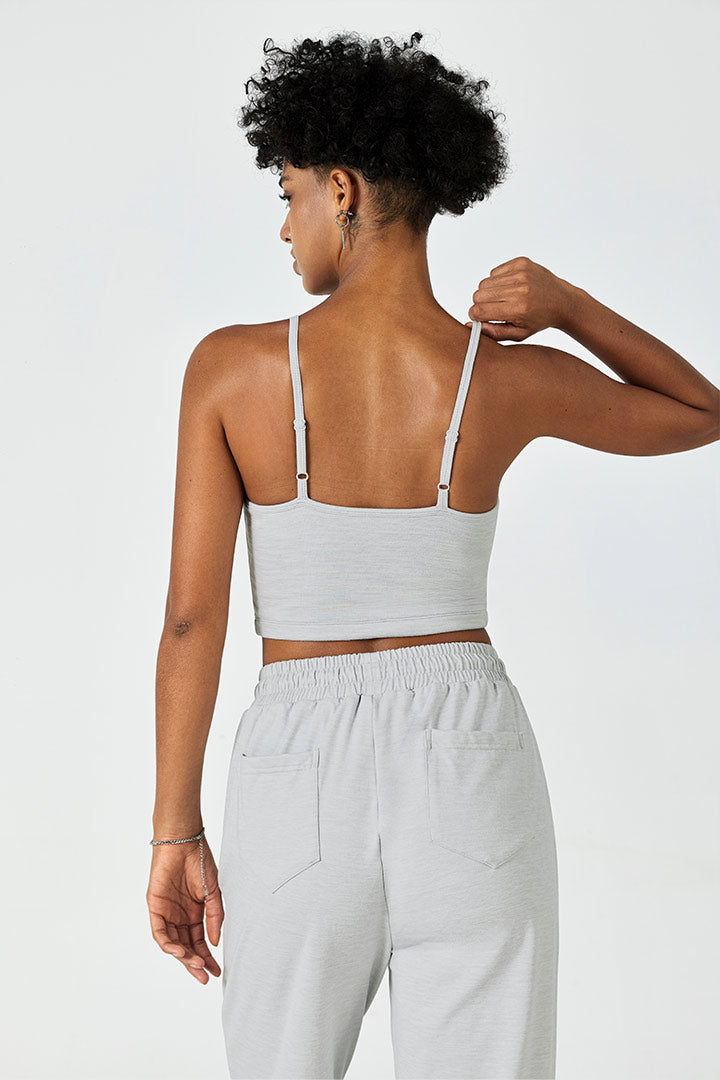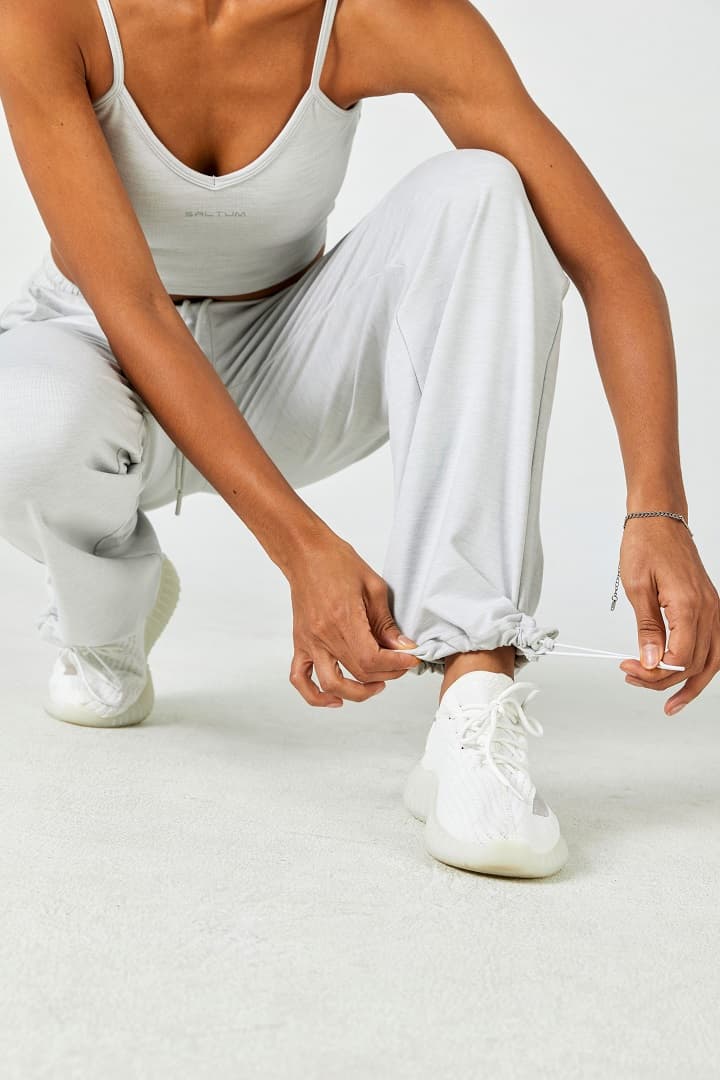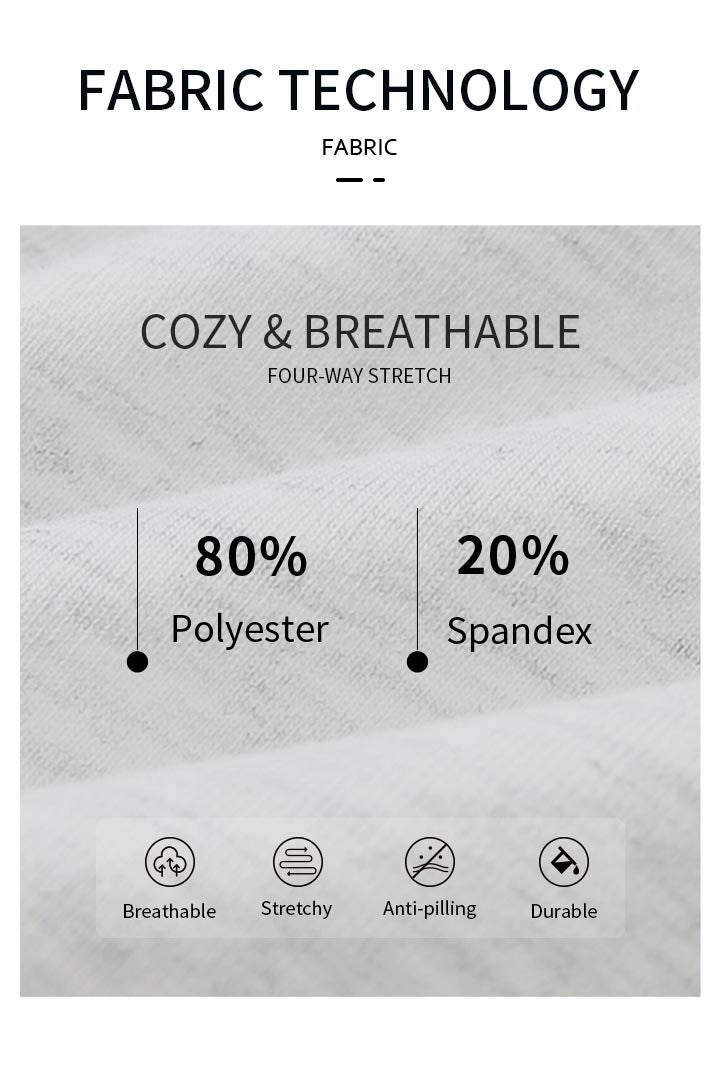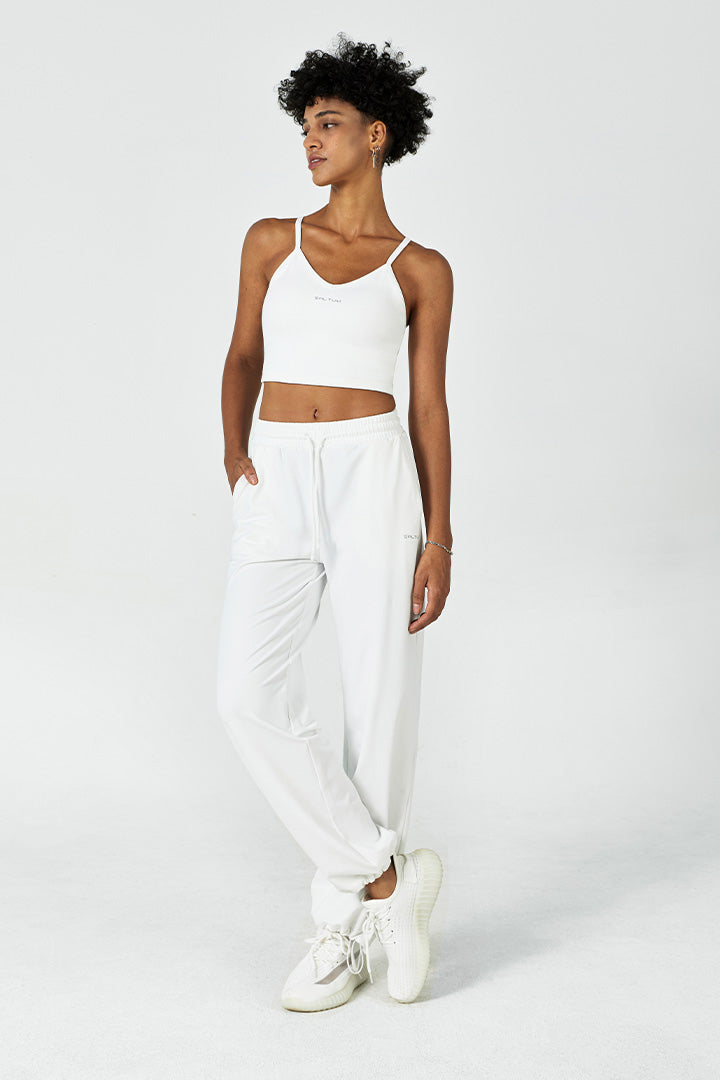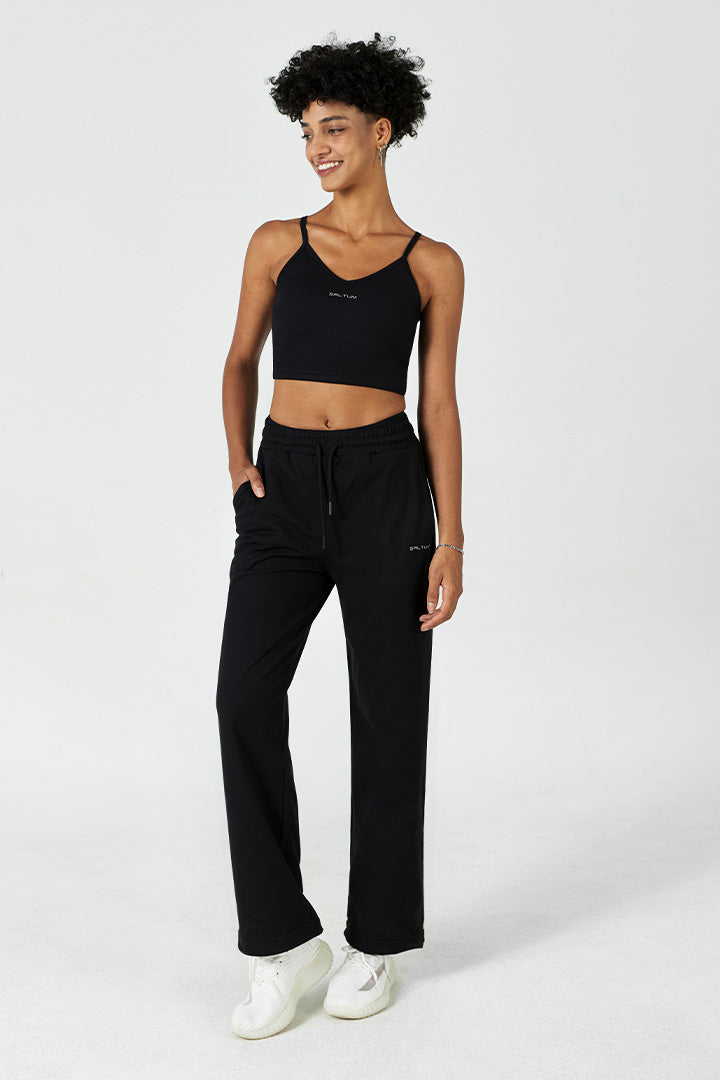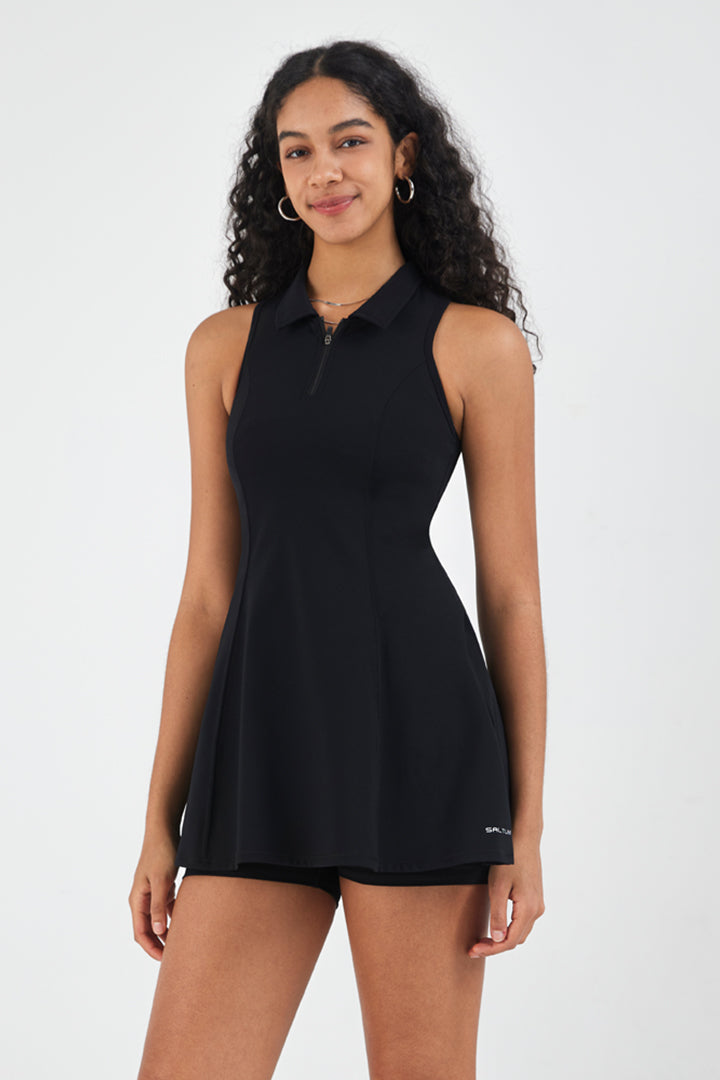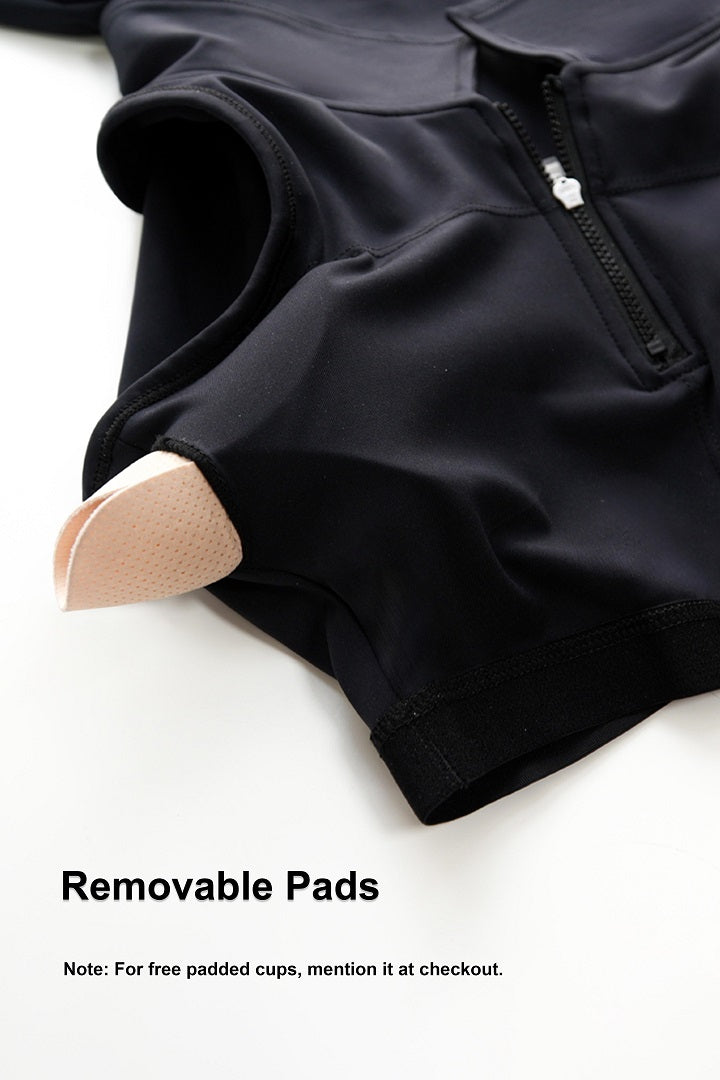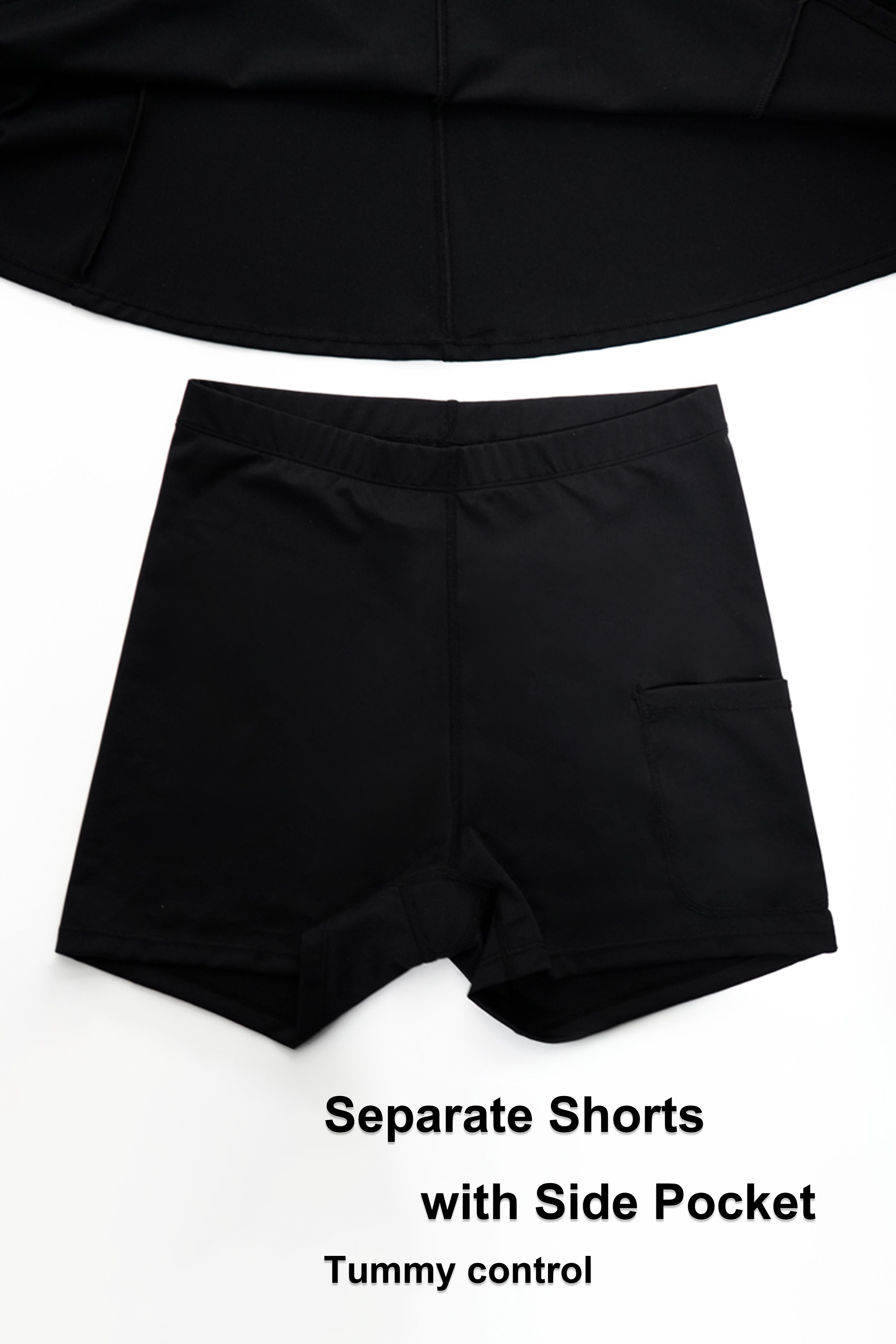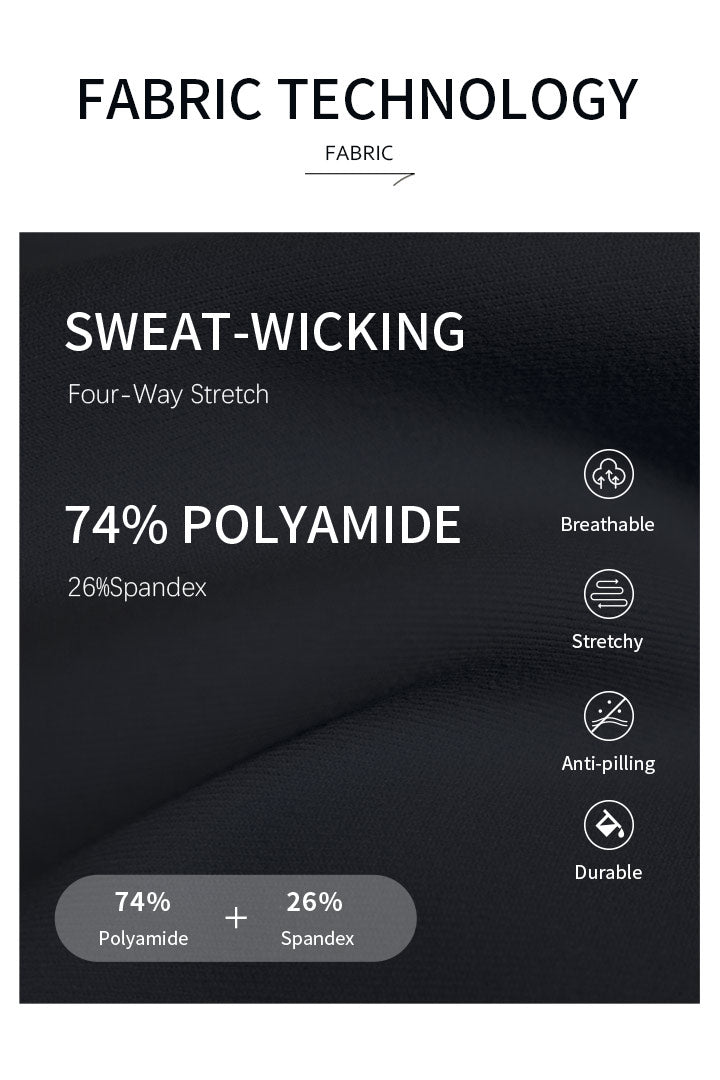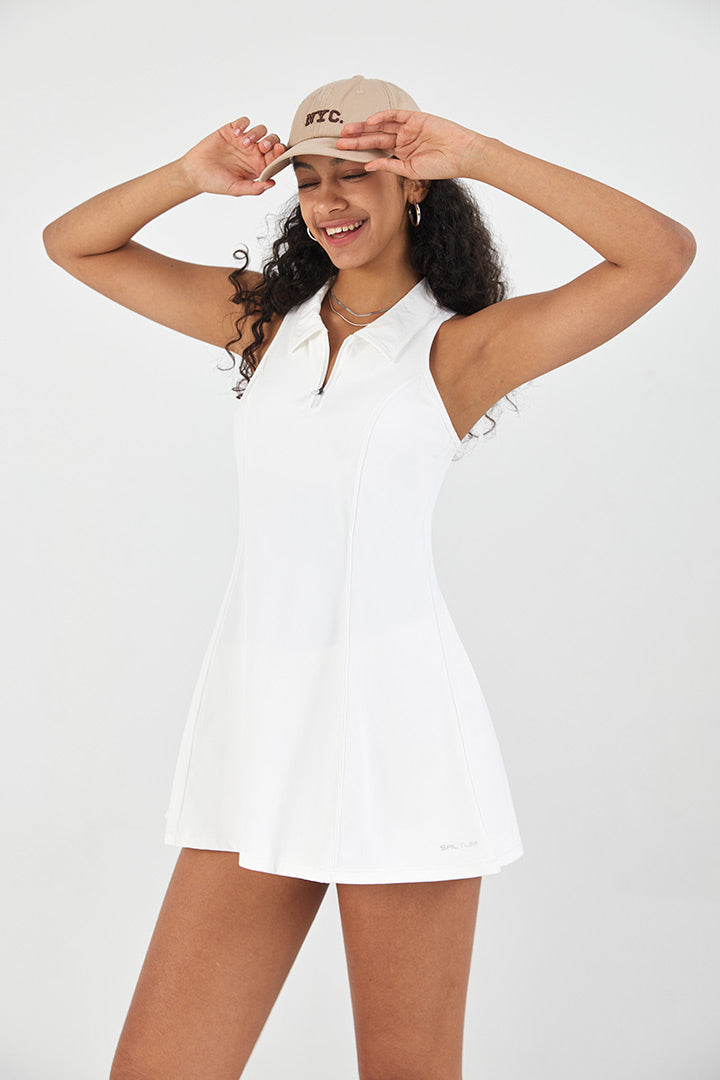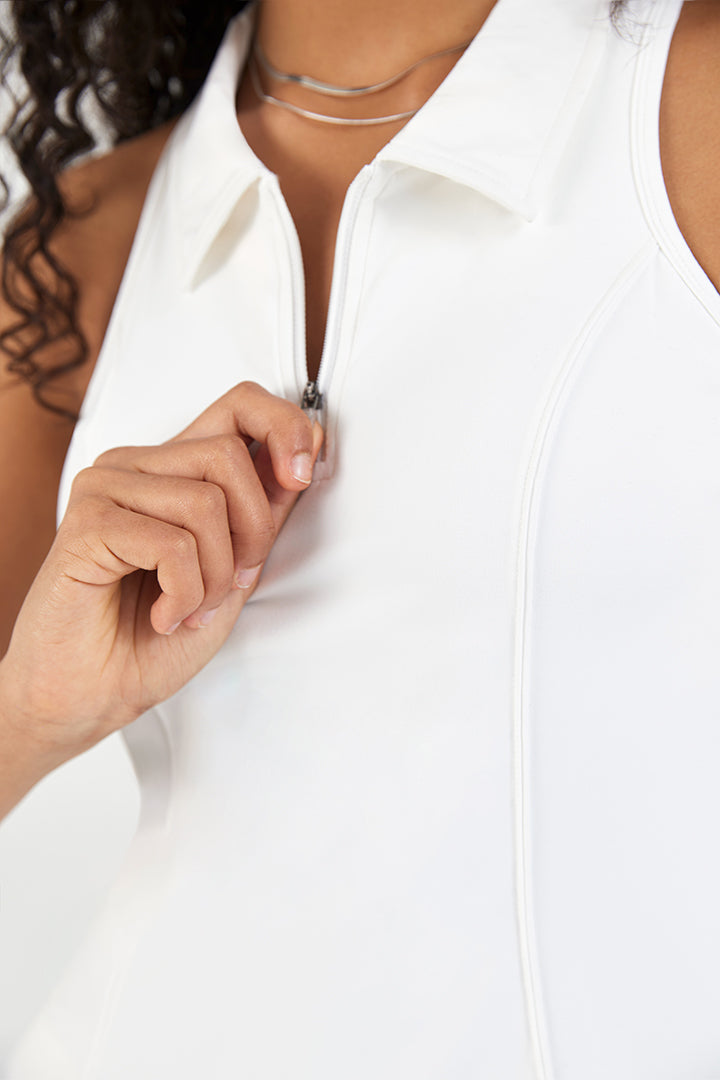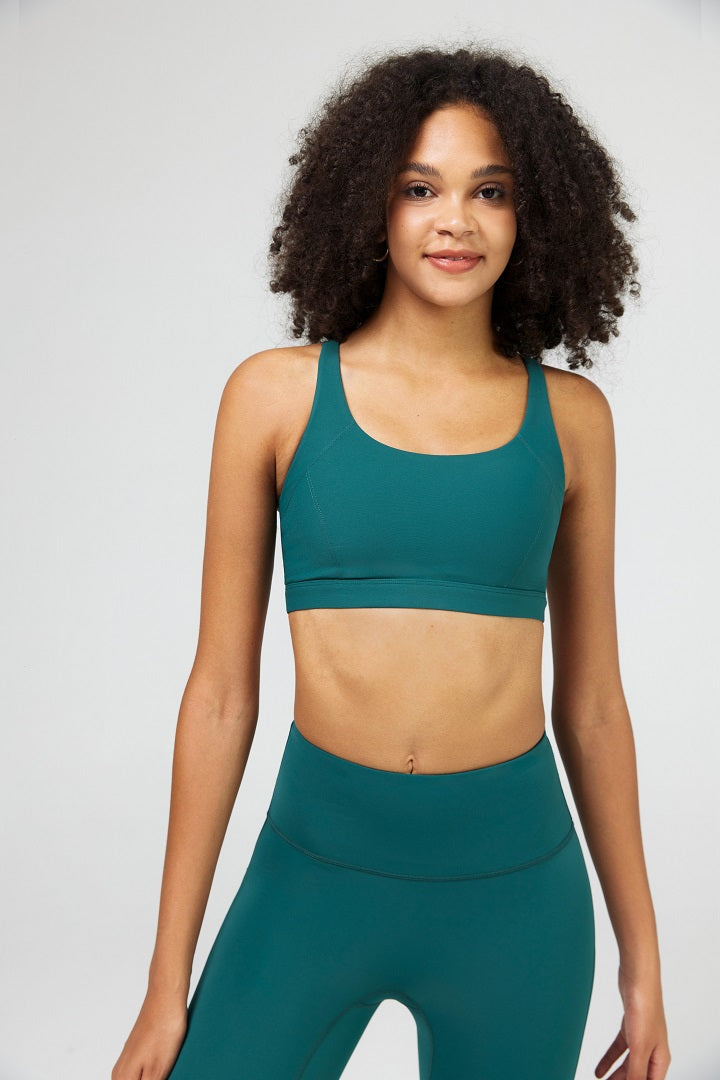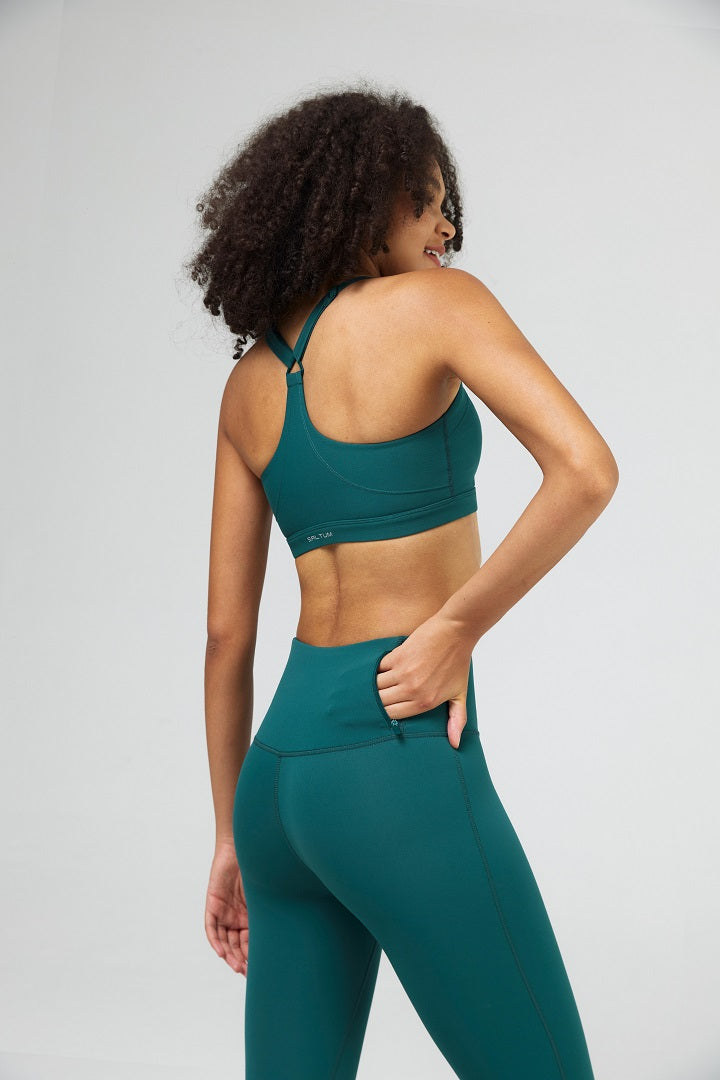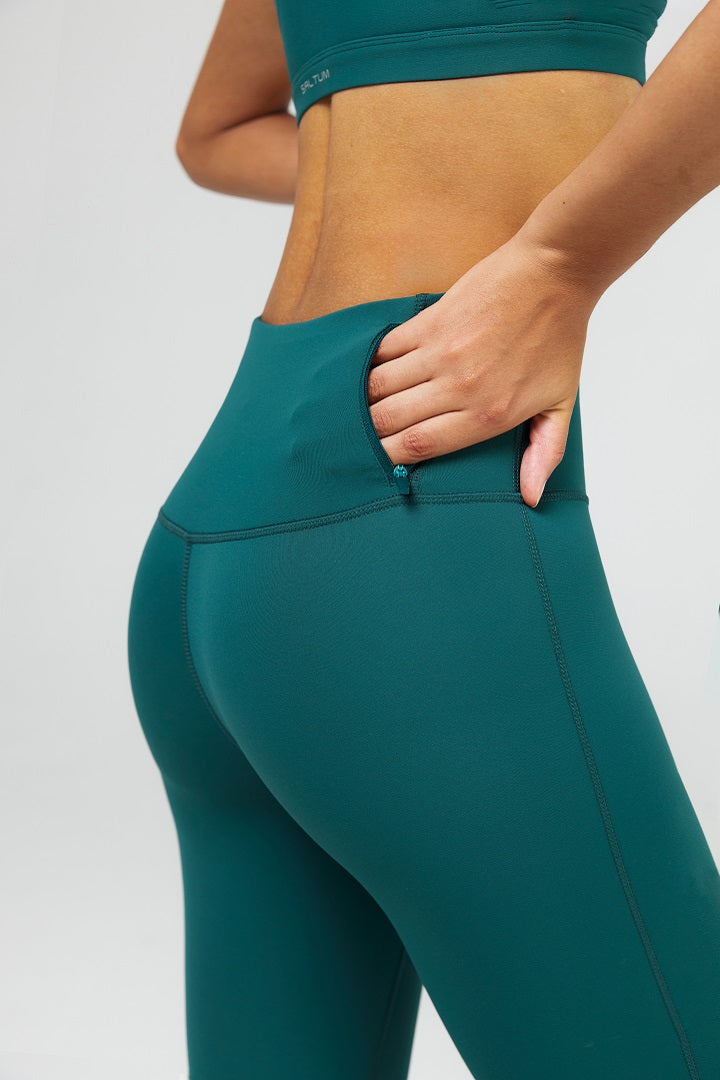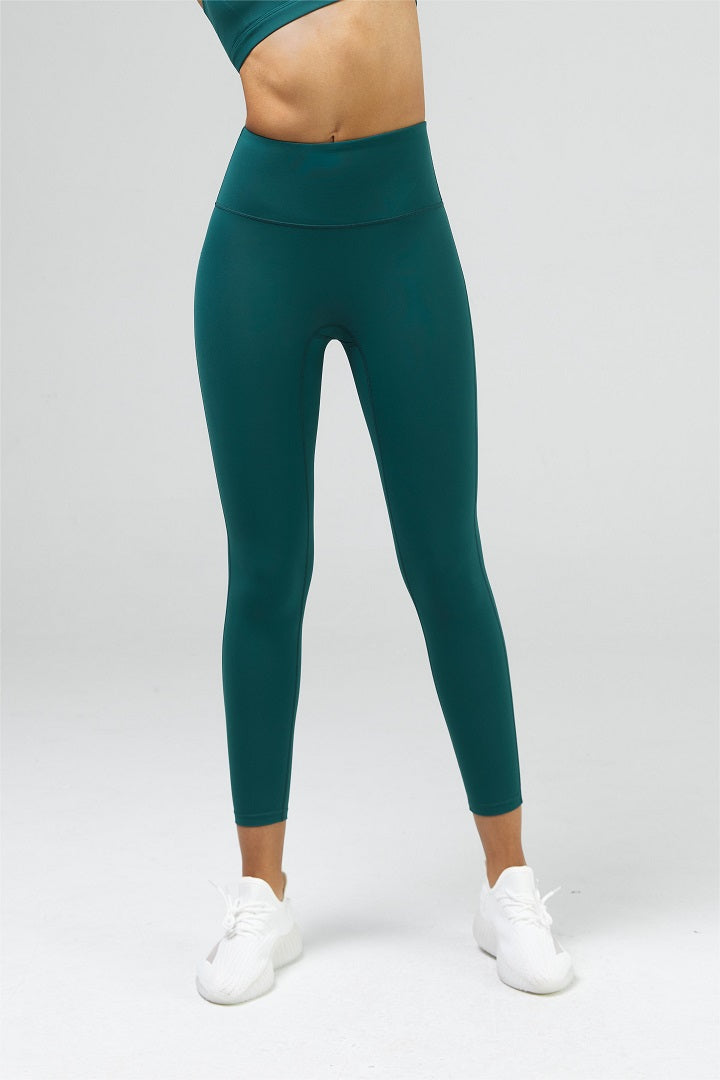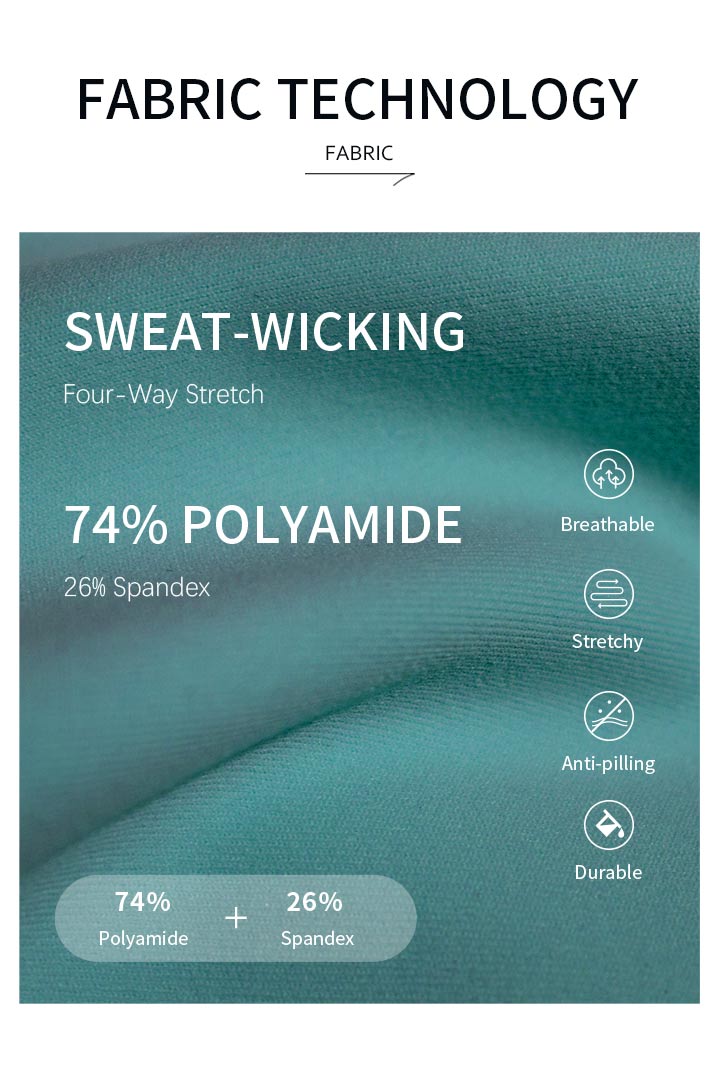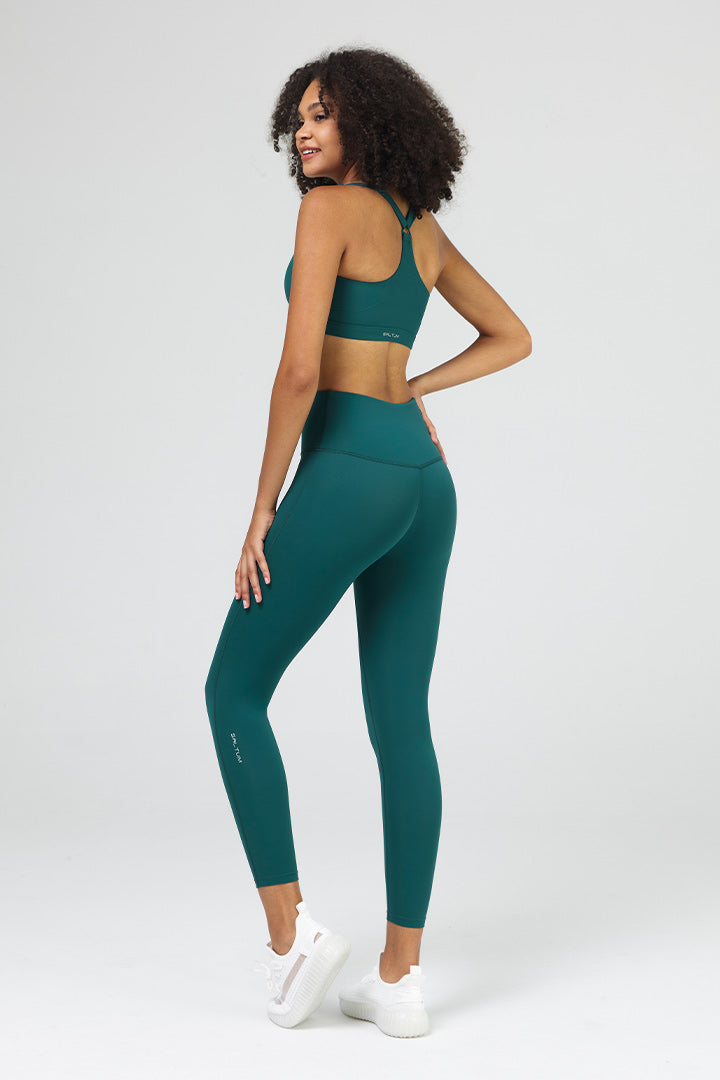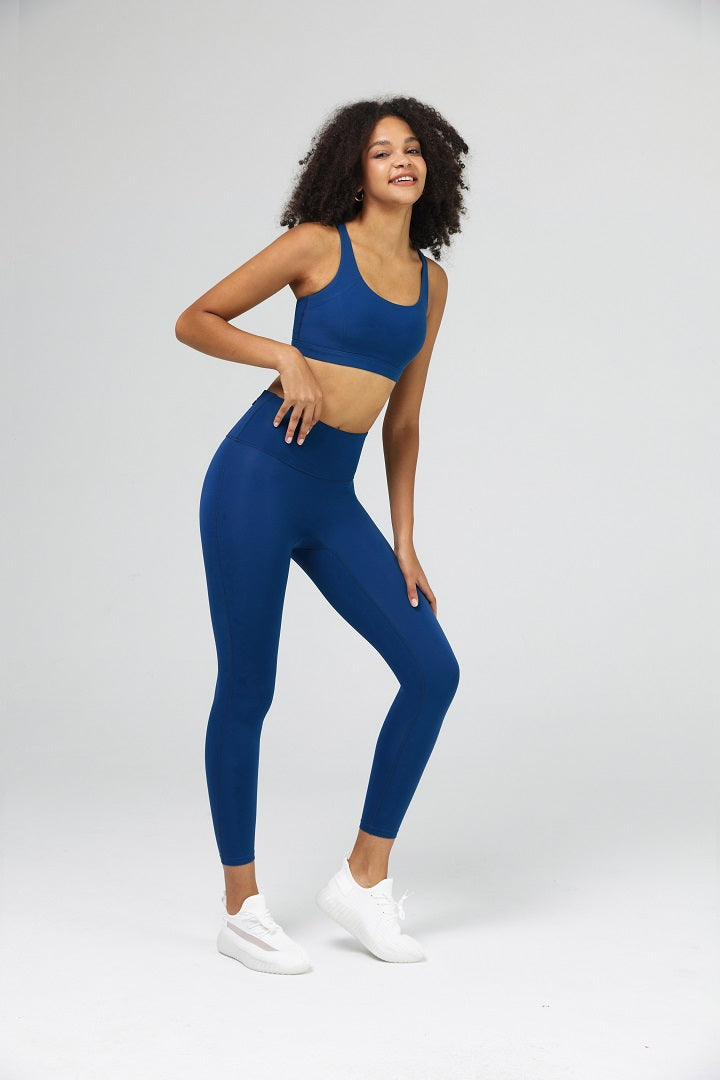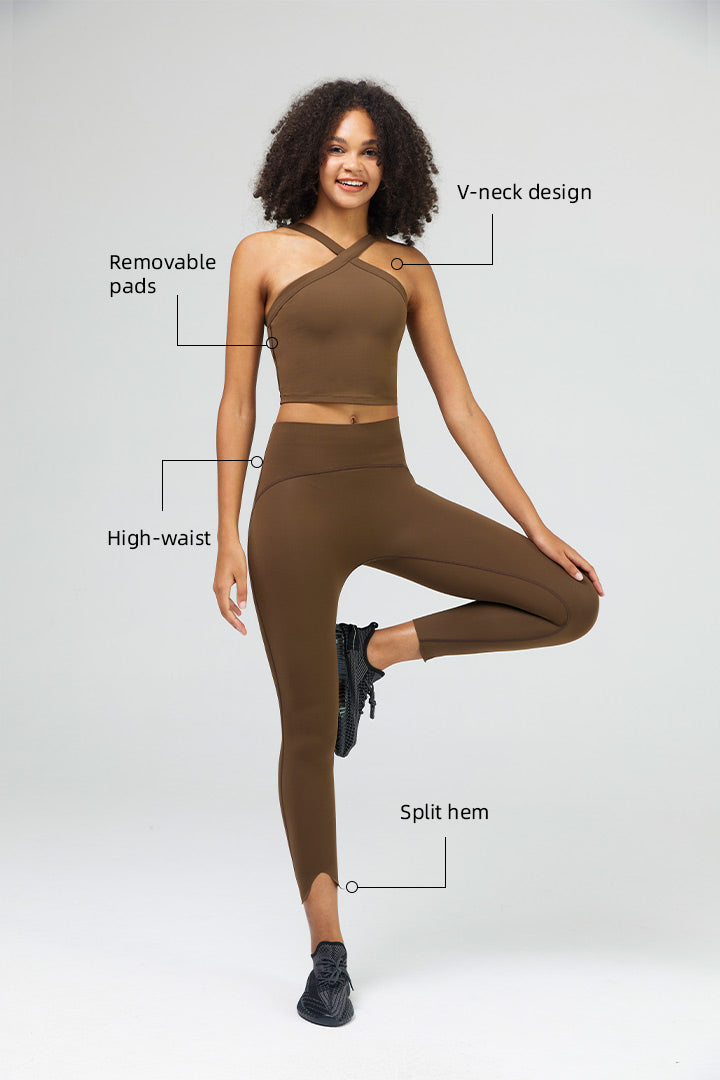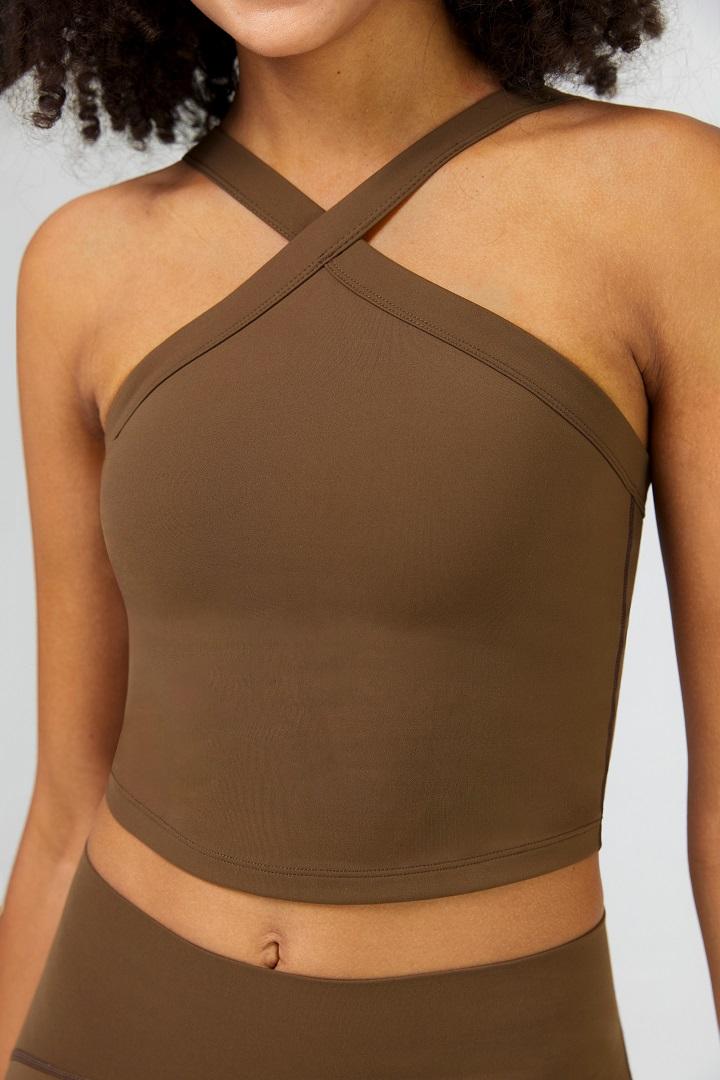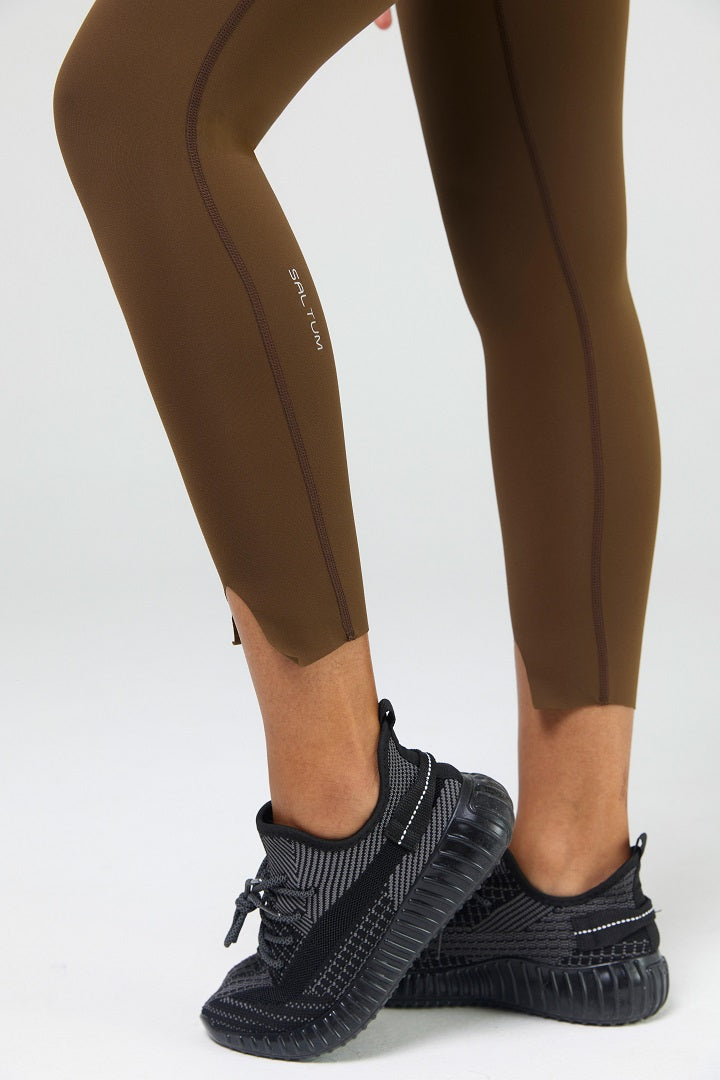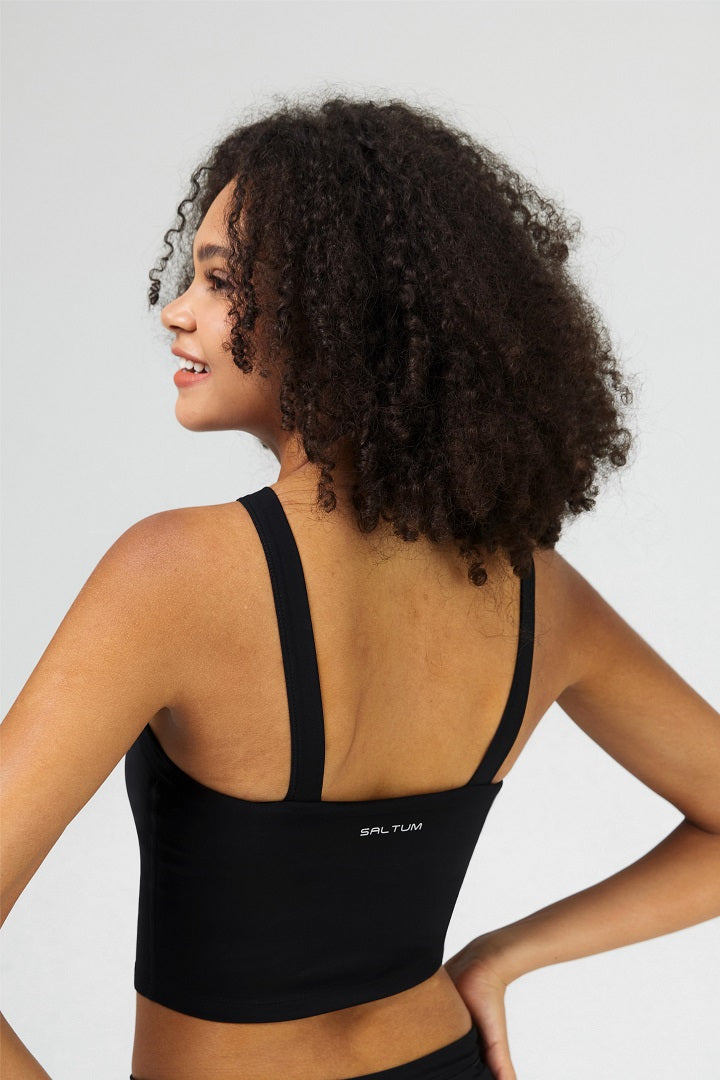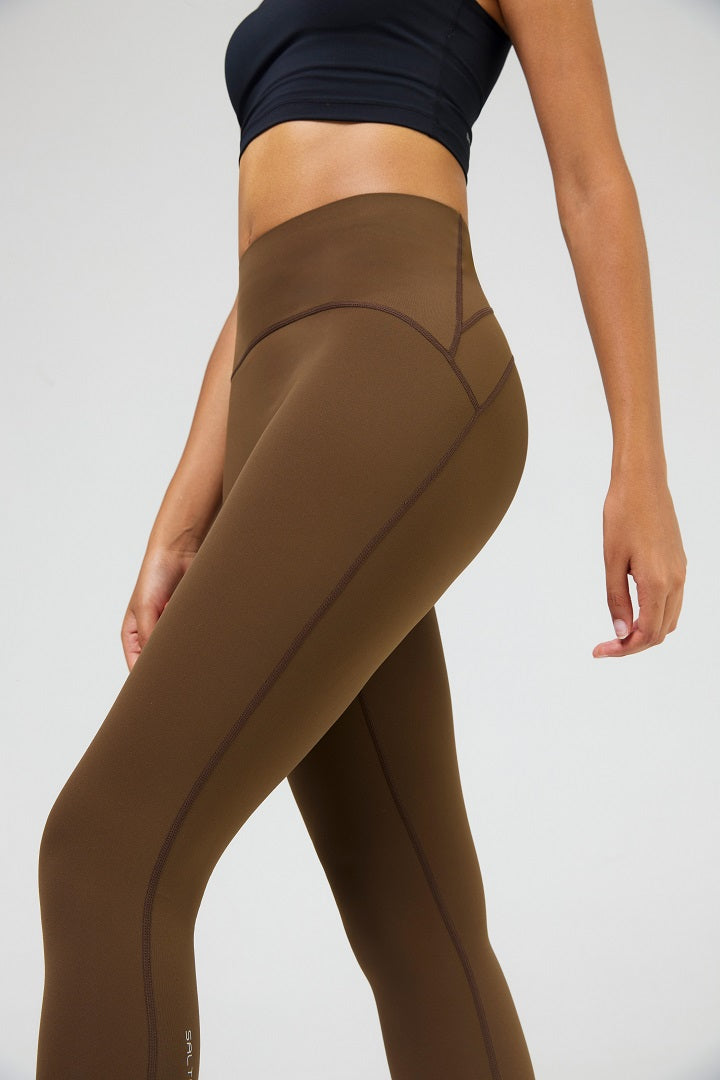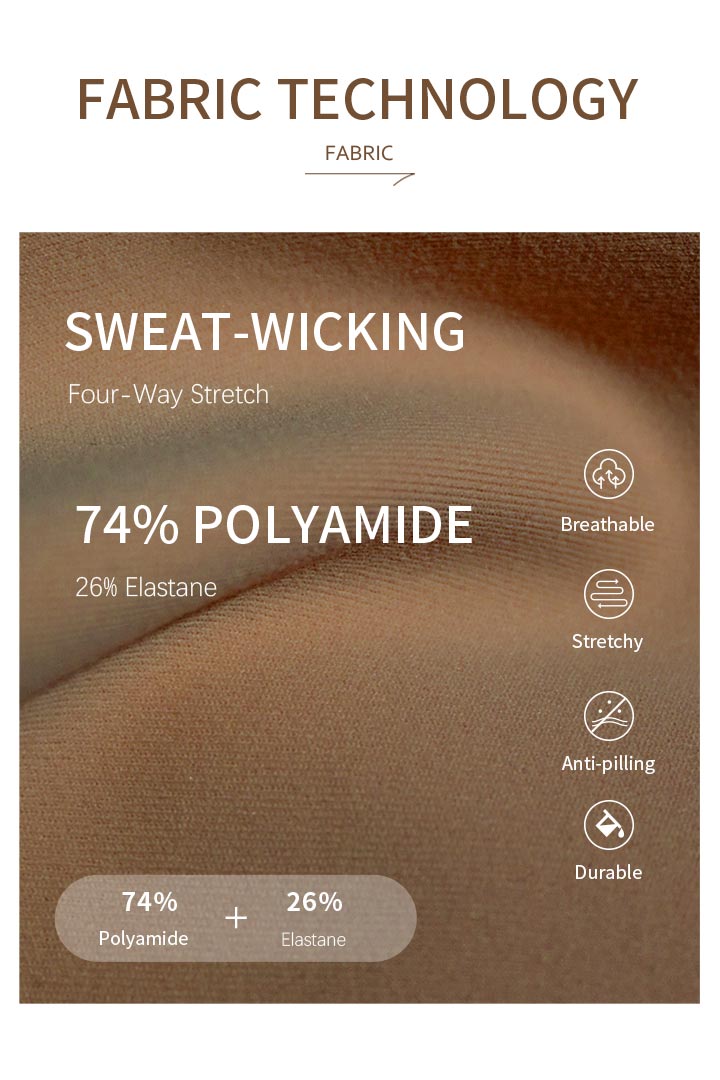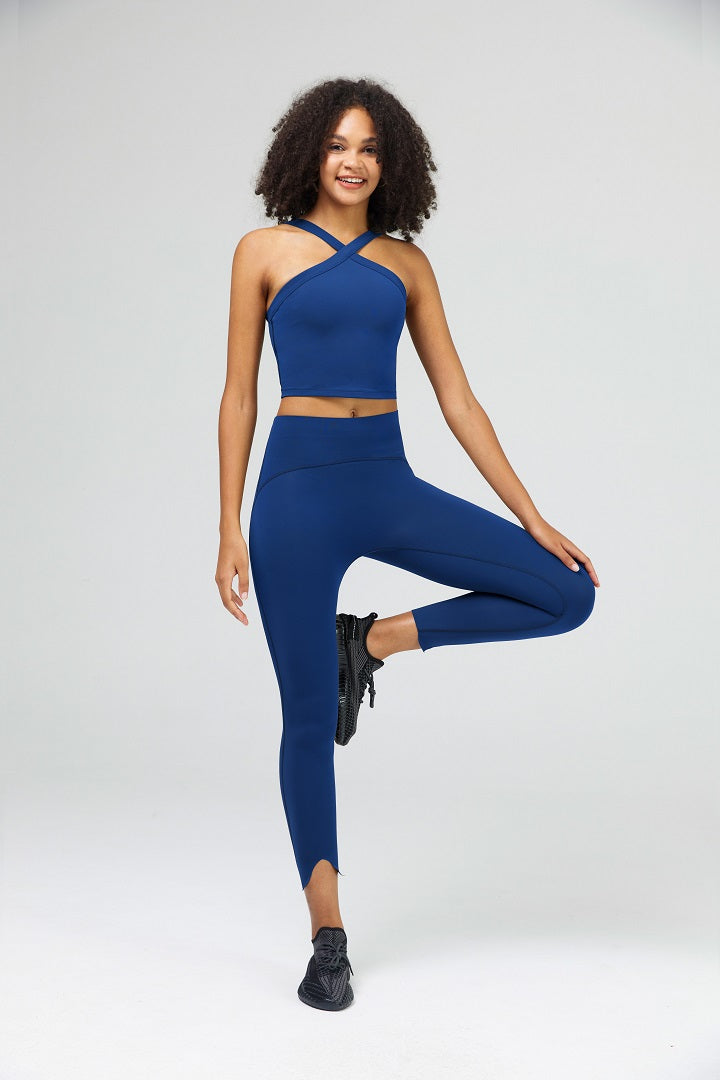As winter wardrobes take center stage, the humble jacket reveals itself as a masterpiece of functional design and engineering. Every seam, zipper, and fabric choice represents decades of evolution in apparel technology, blending aesthetic appeal with practical necessity.
How Jacket Construction Works
Modern jacket design is fundamentally about managing the microclimate between your body and the external environment. Unlike simple clothing that merely covers, a well-engineered jacket creates a sophisticated barrier system that regulates temperature, manages moisture, and protects against elements while allowing sufficient breathability to prevent overheating.
The Hood
The hood represents one of the most complex design challenges in outerwear. Beyond its obvious rain-shielding function, a properly designed hood must balance coverage with peripheral vision, stay secure during movement without feeling restrictive, and accommodate various head sizes and hairstyles.
Technical hoods incorporate multiple adjustment points—drawcords at the face opening and often a rear adjustment system—allowing wearers to customize fit precisely.
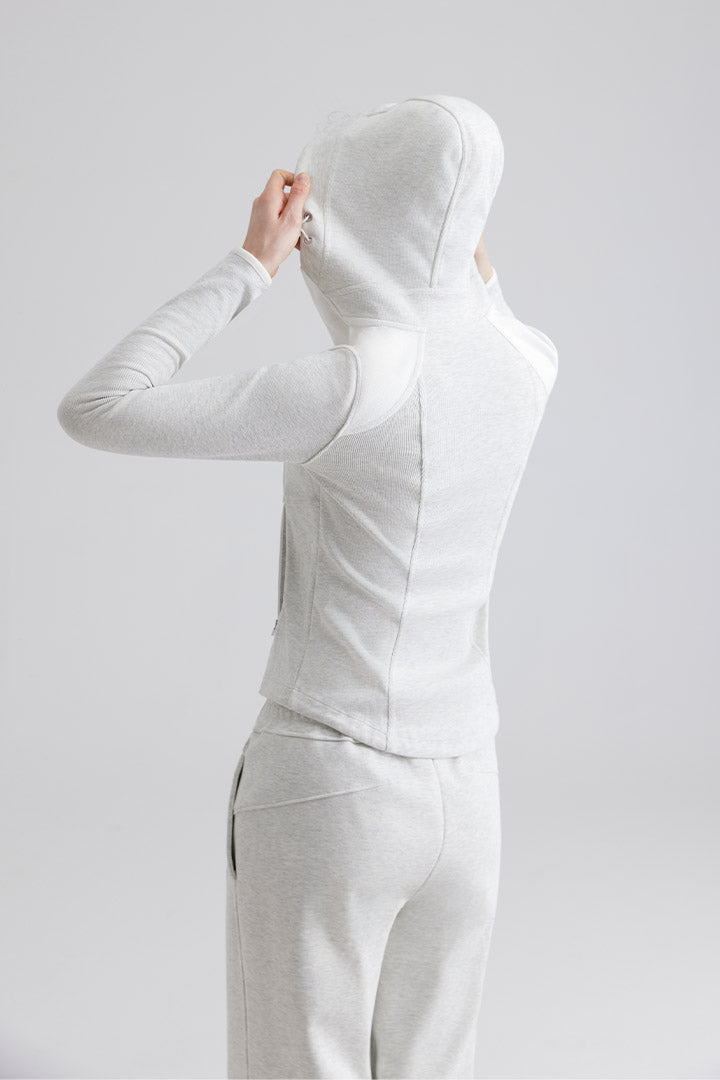
The attachment method also varies strategically. Integrated hoods create cleaner lines and eliminate the weak point of attachment hardware, ideal for minimalist designs. Three-panel hood construction, common in technical outerwear, provides superior fit by contouring to head shape rather than creating a simple cylindrical shape. This attention to three-dimensional design separates exceptional hoods from merely adequate ones.
High-quality designs feature wire-reinforced brims that maintain shape and prevent collapse in wind, while athletic styles often use minimal, streamlined hoods that reduce bulk without sacrificing protection.
The volume of the hood matters significantly: too shallow and it won't accommodate a hat underneath or provide adequate coverage; too deep and it falls forward, obstructing vision.
Zipper Technology
Zippers constitute critical failure points in jacket design. The zipper's gauge (the width of its teeth) directly correlates with durability—heavier gauges withstand more stress cycles but add weight and stiffness. Coil zippers offer flexibility and smoother operation, while molded tooth zippers provide superior strength for high-stress applications.
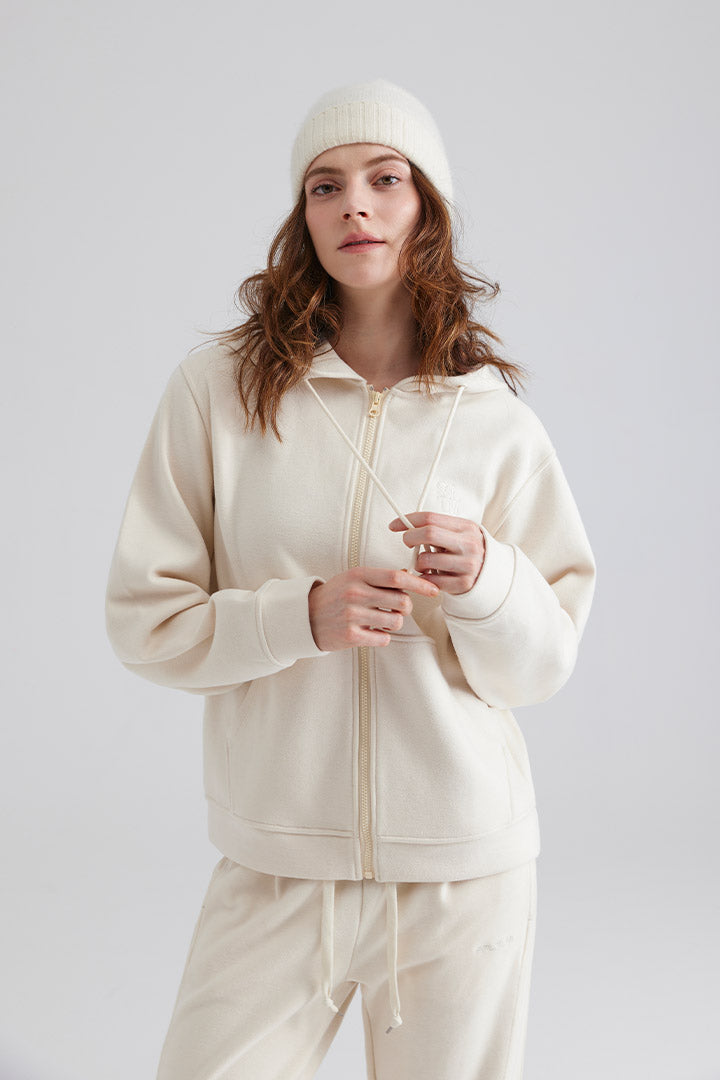
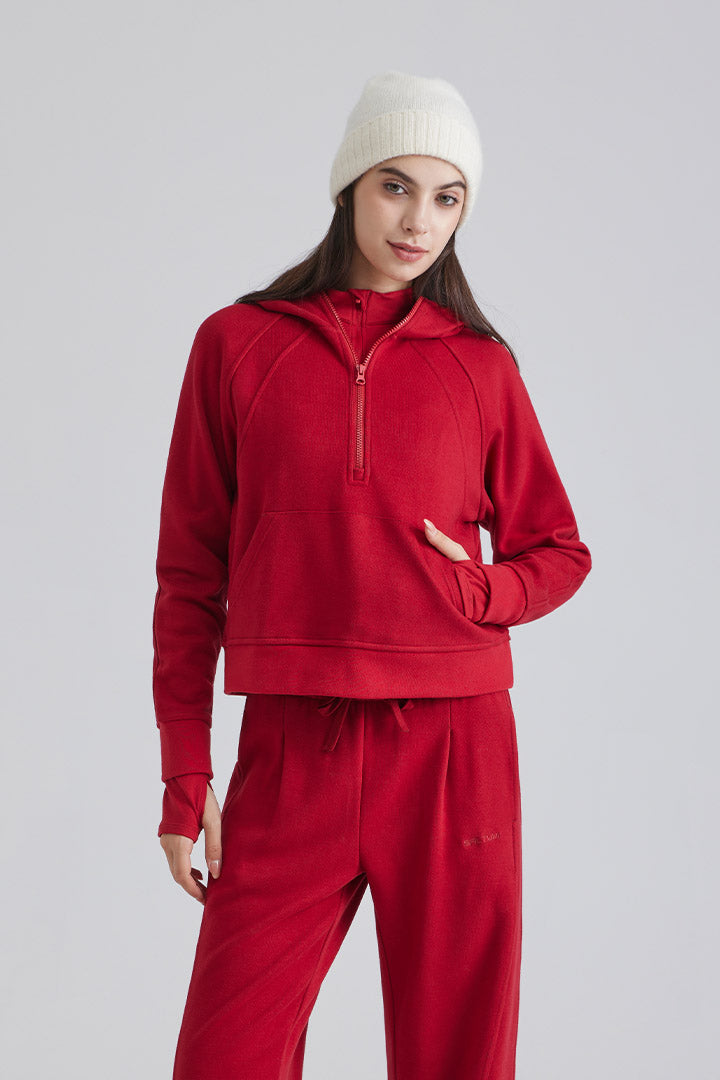
Full-zip configurations enable complete temperature regulation, allowing the jacket to function across wider temperature ranges. The ability to fully open a jacket facilitates easy layering and removal, essential for activities with variable exertion levels.
Half-zip and quarter-zip designs, conversely, reduce weight, eliminate a potential cold spot down the front, and create a cleaner aesthetic line. These styles excel in athletic applications where the jacket remains on throughout activity, with the partial zip providing adequate ventilation control.
Zipper garages—small fabric flaps at the top of zippers—prevent chin and neck irritation while protecting the zipper pull from UV degradation. Two-way zippers, though less common in casual jackets, allow bottom-up opening for seated comfort or to accommodate gear belts without removing the jacket entirely.
Collar Engineering
The neck area accounts for disproportionate heat loss relative to its surface area, making collar design crucial for thermal efficiency. Stand collars, rising 5-8 centimeters above the neck base, create an effective seal against wind penetration while supporting the jacket's overall structure. This design works particularly well with full zippers that extend to the collar's top edge, creating an adjustable closure system that accommodates scarves or functions independently.

Polo-collar designs, featuring a fold-down collar with a short button or zip placket, originated in athletic wear where tradition met function. While less thermally efficient than stand collars, they offer superior ventilation and a more casual aesthetic suitable for transitional weather. The collar's construction—whether interfaced for structure or soft for comfort—determines how it behaves over time. Quality collars maintain their shape through repeated wear and washing, neither collapsing limply nor standing too rigidly.
Mock necks and funnel necks represent modern interpretations prioritizing streamlined profiles. These designs eliminate collar bulk while providing effective neck coverage, often incorporating brushed or fleece linings for enhanced comfort against skin. The close fit prevents drafts while the lack of traditional collar structure reduces visual weight, creating cleaner silhouettes favored in contemporary fashion.
Silhouette as Strategy
Jacket fit philosophy has evolved dramatically, moving beyond simple size categories to embrace diverse body relationships. Oversized fits, currently dominating casual and streetwear markets, deliberately incorporate 5-15 centimeters of additional ease across shoulders and chest. This approach serves multiple functions: it accommodates substantial layering for extreme cold, creates fashionable proportions aligned with current aesthetics, and offers comfort for extended wear without restriction.
The oversized philosophy challenges traditional tailoring wisdom that garments should follow body contours. By allowing air space between body and fabric, these designs can actually enhance insulation through trapped air layers—the same principle sleeping bags employ. However, excessive looseness in windy conditions can actually increase heat loss through bellowing, making this fit ideal for urban environments or calm weather rather than exposed, windswept settings.

Fitted designs represent the opposing philosophy: garments should move with the body as a second skin. Athletic fits incorporate stretch fabrics and articulated construction—pre-curved sleeves and gusseted underarms—that accommodate movement without excess fabric. This approach minimizes wind resistance, prevents snagging on equipment or vegetation, and presents a more polished appearance. Technical innovations like four-way stretch fleece enable fitted designs that don't restrict mobility, finally resolving the historical tension between form and function.
Regular fits occupy the middle ground, providing adequate layering room without overwhelming the frame. These versatile designs work across contexts from professional environments to outdoor recreation.
Pocket Design: Form Follows Function
Pockets represent micro-engineering challenges within the larger jacket design. Hand-warmer pockets, positioned at natural hand-rest height, must be large enough to accommodate hands comfortably yet not so voluminous that items migrate within. Internal fleece or brushed linings transform these from simple storage into active comfort features.
The pocket opening angle matters significantly—too vertical and hands enter awkwardly; too horizontal and contents may spill when seated.
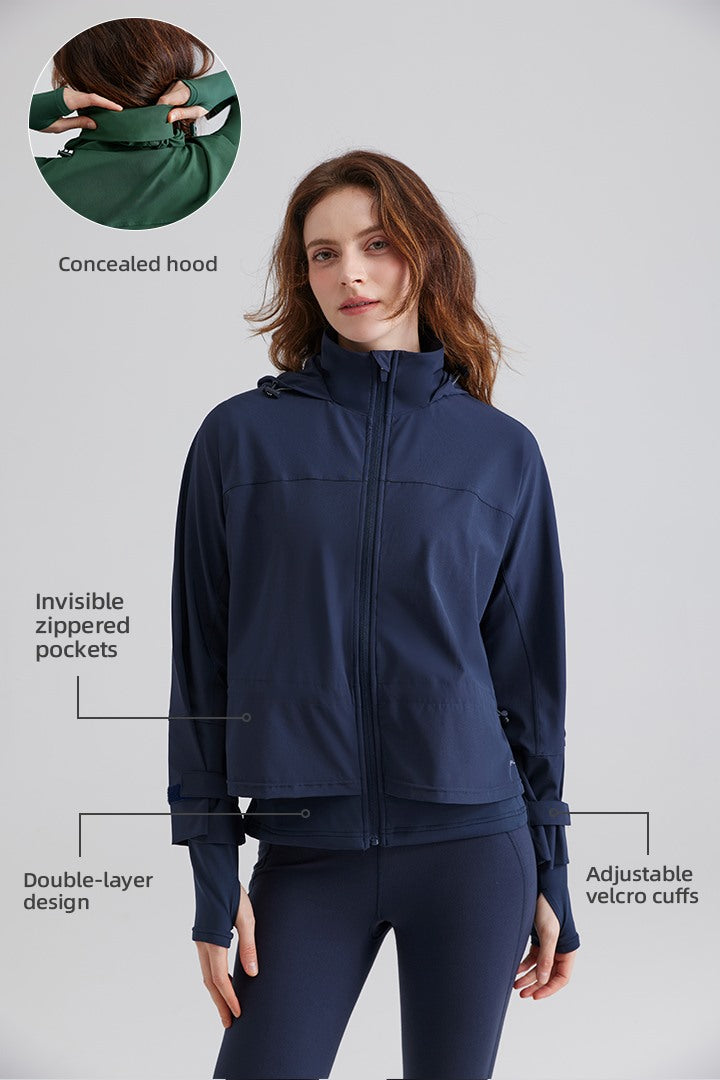
Zippered pockets provide security but add weight, complexity, and potential failure points. Designers must balance security needs against these drawbacks, typically reserving zippers for chest pockets holding valuables while leaving hand pockets open for convenience. Waterproof zippers, featuring special coatings or gaskets, command premium prices but prove essential in weather-protective designs.
Internal pockets, invisible from outside, offer storage without disrupting the jacket's clean lines. Positioned at chest level, they're ideal for phones, wallets, or items benefiting from body heat. Mesh pockets enhance breathability and reduce weight in performance designs, while secure zippered internal pockets protect valuables during travel or active pursuits.
Material Science
- Fleece: Modern jacket fabrics represent sophisticated material engineering. Fleece, originally developed in the 1970s, creates warmth by trapping air within polyester fibers arranged in a high-loft structure. Unlike natural insulation, fleece maintains warmth when wet and dries rapidly, making it ideal for variable conditions. Fleece weight, measured in grams per square meter (typically 100-400 GSM), determines warmth level—lightweight fleeces (100-200 GSM) suit active pursuits or layering, while heavyweight versions (300+ GSM) function as standalone winter jackets.
- Sherpa Fleece: Sherpa fleece mimics natural sheepskin through a high-pile, textured surface that creates deeper air pockets for enhanced insulation. This fabric's aesthetic appeal has driven its fashion adoption, but its superior warmth-to-weight ratio provides genuine functional advantages. The dense pile structure also offers modest wind resistance, though it's not windproof without additional treatments or linings.
- Sustainable Materials: Sustainable materials increasingly incorporate recycled content without compromising performance. Recycled polyester, derived from post-consumer plastic bottles, now matches virgin fiber quality while reducing environmental impact by approximately 75% in energy consumption and greenhouse gas emissions. Organic cotton avoids pesticides but requires consideration regarding durability and warmth compared to synthetic alternatives. Responsible manufacturers transparently communicate material sourcing and processing, empowering consumers to make values-aligned choices.
Color Theory in Practical Application
Color selection in jacket design extends beyond personal preference into functional considerations.
Dark colors—navy, black, charcoal, forest green—excel at disguising soil and wear, extending the period between cleanings and preserving appearance over years. These colors also absorb solar radiation more efficiently, providing measurable warmth benefits on sunny winter days. Studies indicate dark fabrics can be 5-10 degrees Celsius warmer than light equivalents in direct sunlight.
Light colors—cream, pale gray, white—reflect rather than absorb light, potentially reducing solar heat gain. While generally less practical for daily wear due to visible soiling, they excel in spring transition periods or for those who prioritize fresh aesthetics. Light colors also photograph better, a non-trivial consideration in our image-conscious culture.
Bright colors like crimson red or cobalt blue serve safety functions in outdoor environments, enhancing visibility in emergency situations while making style statements in urban settings. These colors resist visual boredom in lengthy winters while maintaining reasonable practicality compared to pale alternatives.
Applying Design Knowledge
Seasonal Versatility Through Strategic Design
The most successful jacket designs transcend single-season utility. Mid-weight constructions, typically 200-300 GSM fleece or equivalent insulation, function across fall, winter, and spring by adapting through layering.
Worn over t-shirts in autumn, under shells in deep winter, or standalone in spring, these pieces deliver year-round value.
Design features enabling versatility include removable hoods, reversible construction, and moderate lengths that work with various bottom styles. Fabrics with inherent stretch accommodate underlying layers without sizing up, while designs avoiding extreme fashion trends maintain relevance across seasons and years. Neutral styling—minimal branding, classic silhouettes, versatile colors—ensures pieces integrate seamlessly into evolving wardrobes.
The Selection Process
Armed with understanding of design elements, jacket selection becomes systematic rather than overwhelming. Begin by identifying your primary use case: urban commuting favors different features than backcountry hiking or casual weekend wear. Climate considerations determine necessary insulation levels and weather protection features.
Physical trials remain irreplaceable. Move dynamically while trying jackets—reach overhead, simulate driving positions, test pocket accessibility. Zippers should operate smoothly without snagging. Verify adequate length; jackets hitting at hip level provide versatility, while longer styles offer additional coverage at the cost of bulkiness when seated.
Construction quality signals longevity. Examine seam reinforcement at stress points (underarms, shoulders, pocket corners), verify that stitching is regular and tight, and assess fabric hand-feel—quality materials possess substantial weight and smooth finishes. Hardware should operate satisfyingly; loose or rough-operating zippers indicate corners cut during manufacturing.
Design Literacy Empowers Choice
Each design element—from hood architecture to zipper selection to fabric engineering—represents intentional choices balancing competing demands of warmth, mobility, durability, and style.
The perfect jacket emerges from alignment between design features and individual requirements, not from universal "best" products. A fashion-forward urbanite and a trail runner require fundamentally different features, making their ideal jackets dramatically dissimilar. By decoding design elements and understanding the engineering behind each feature, you can confidently select outerwear that serves you excellently through countless winter days, representing genuine value regardless of initial investment.

